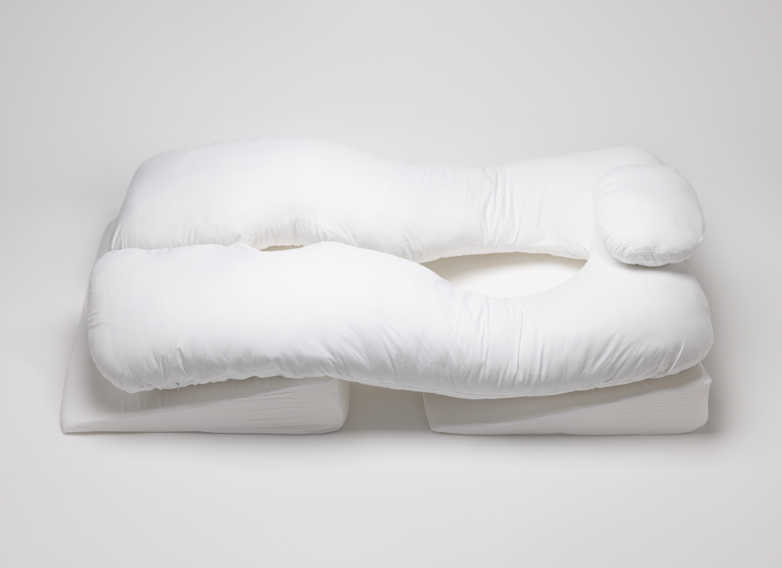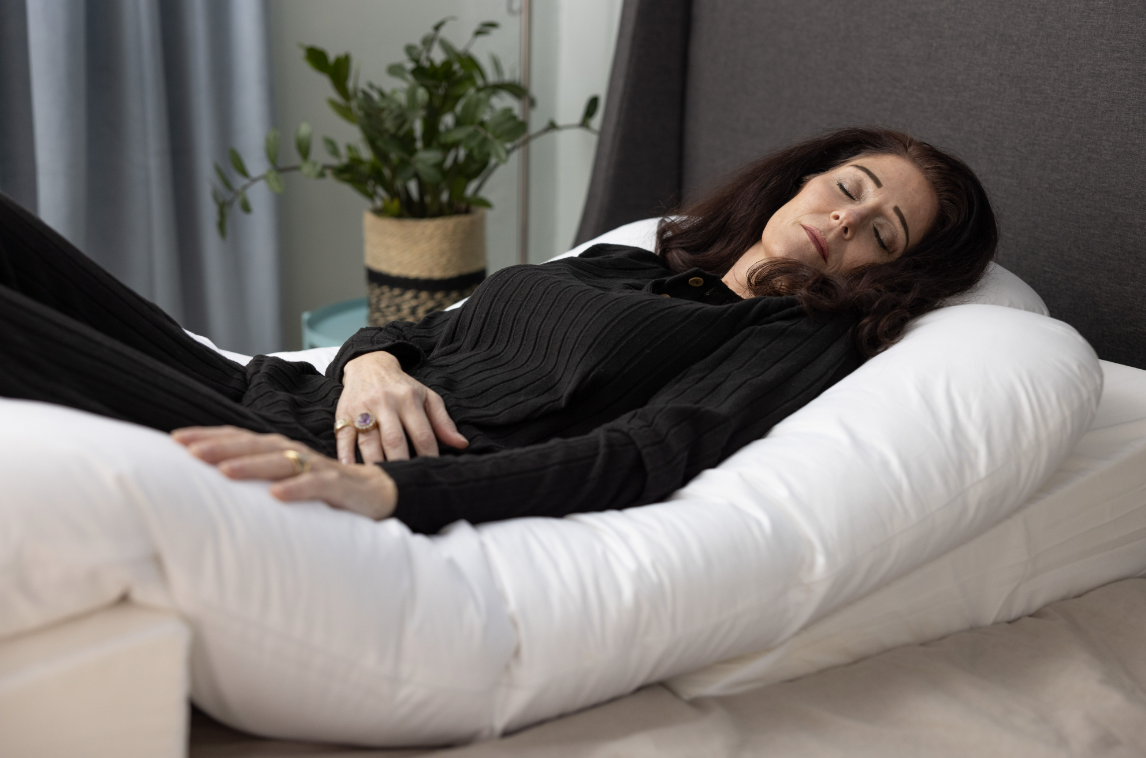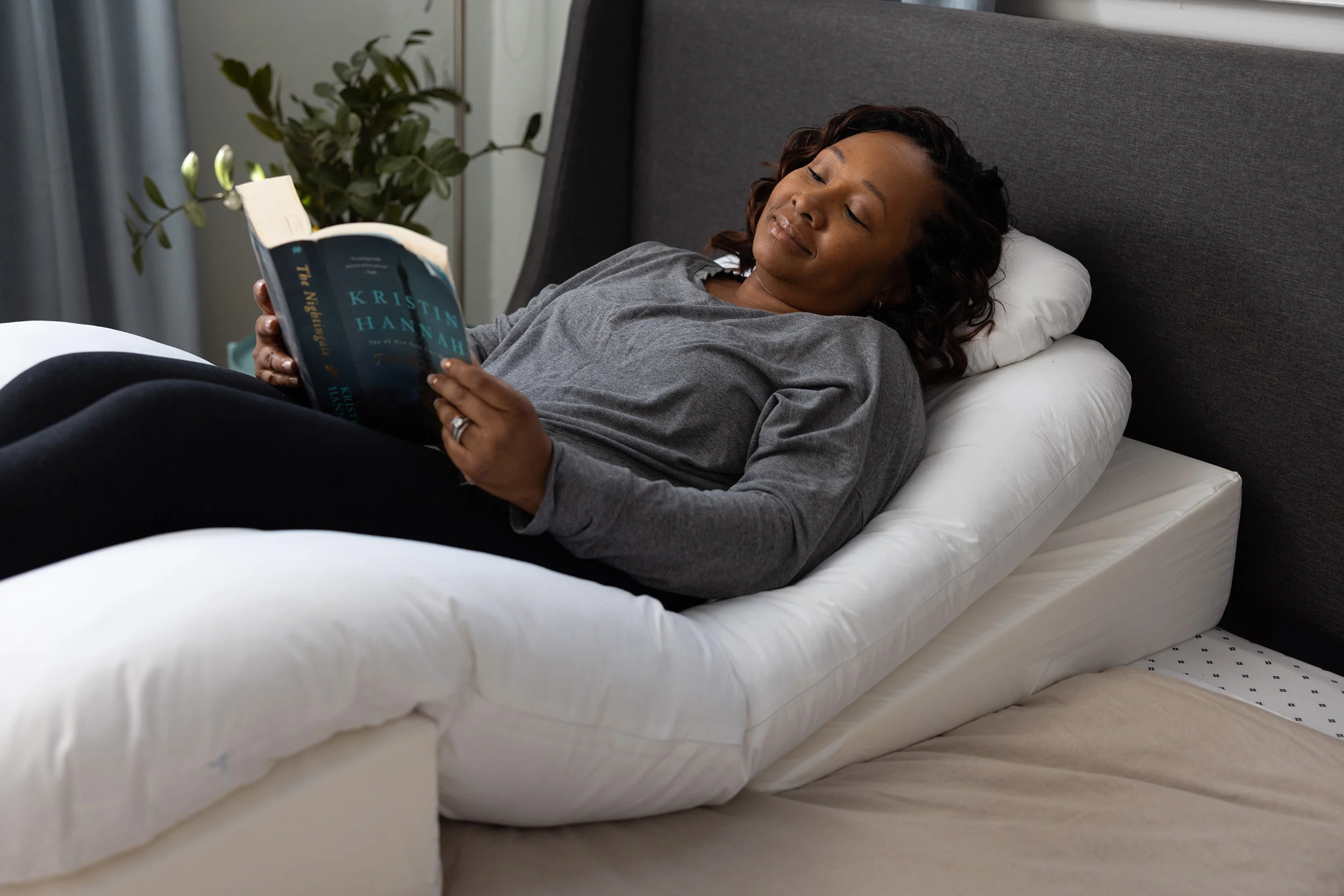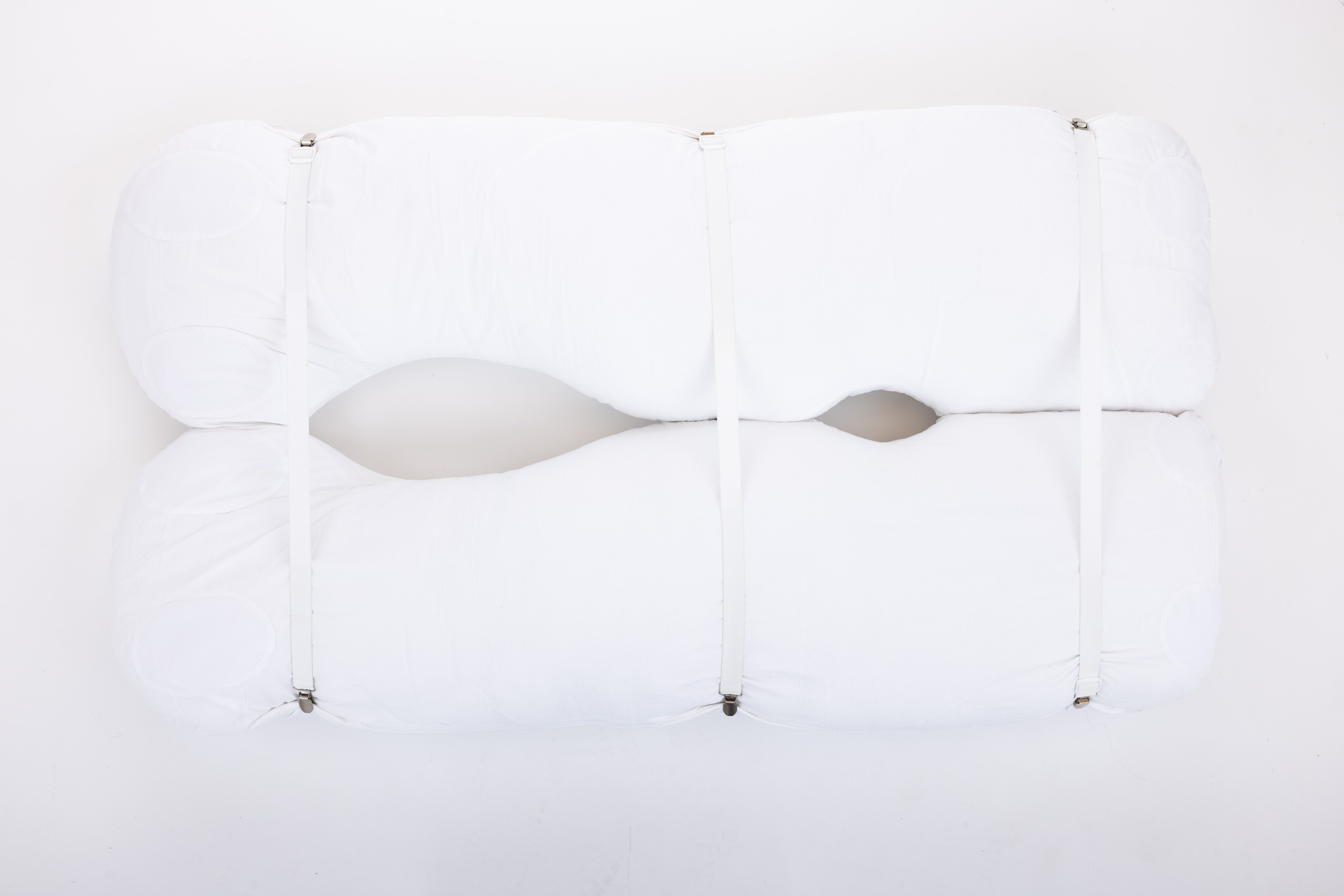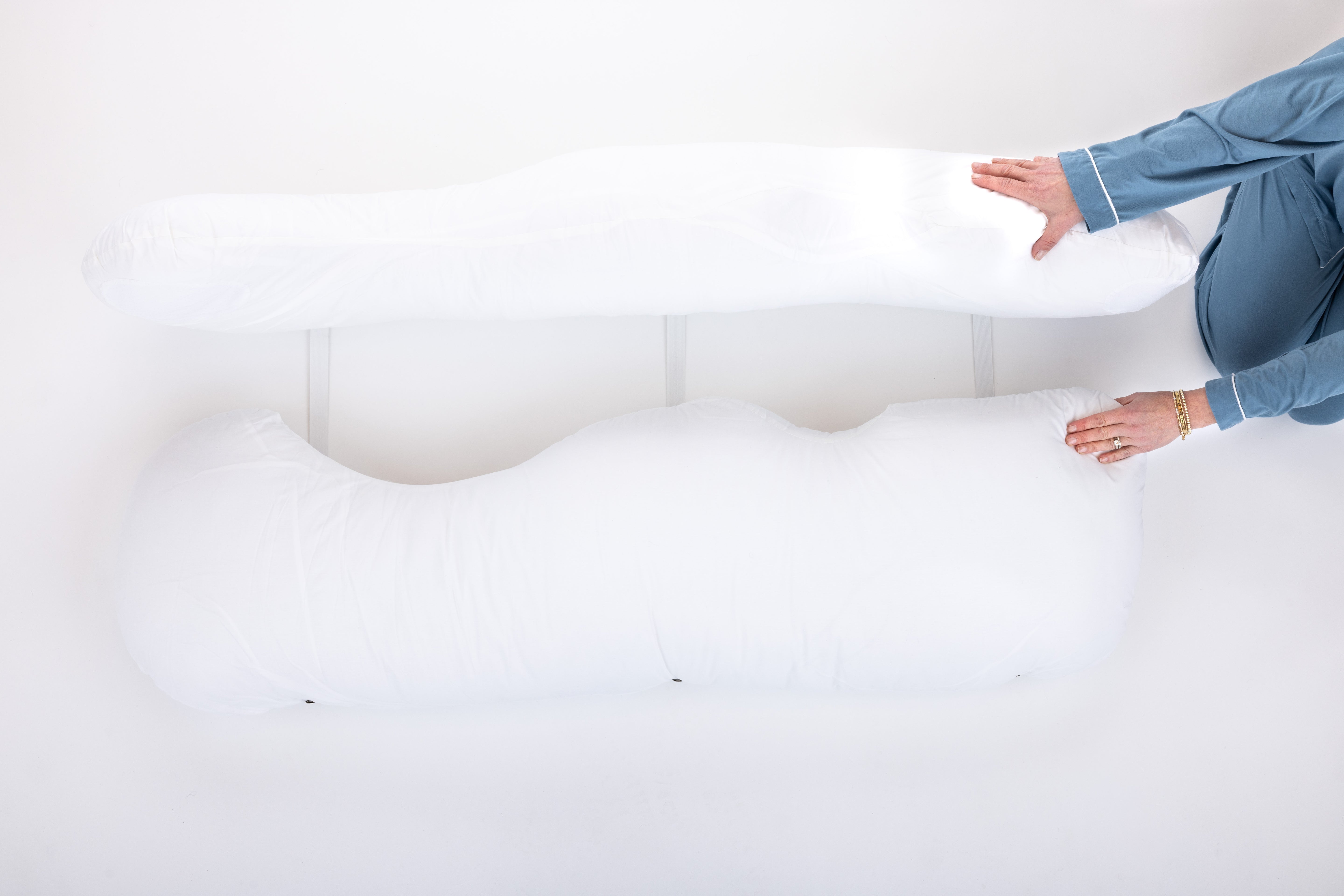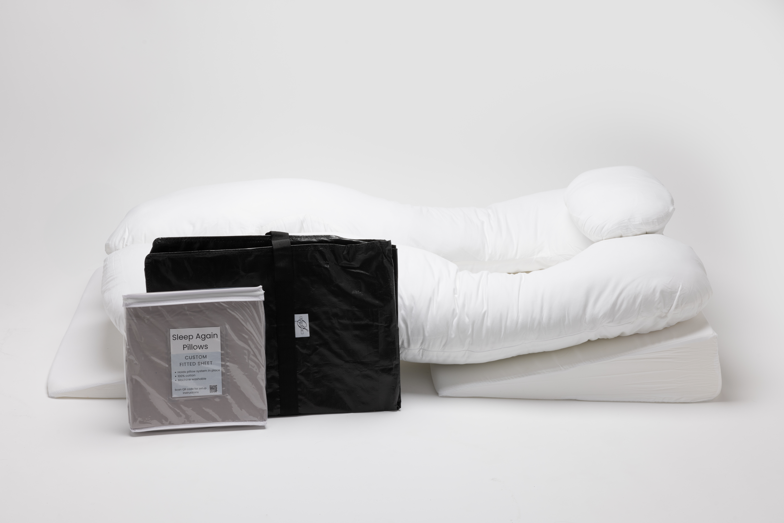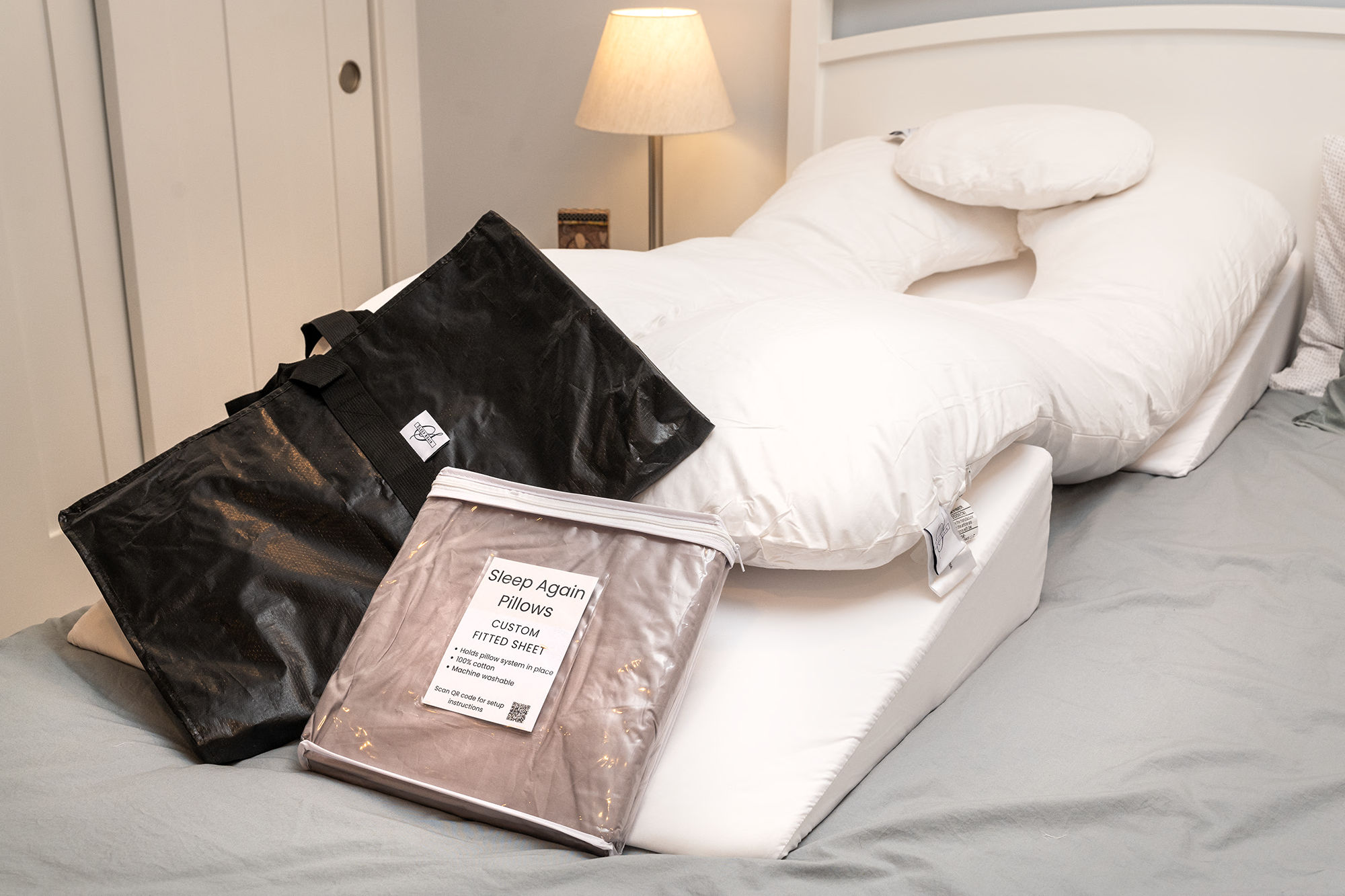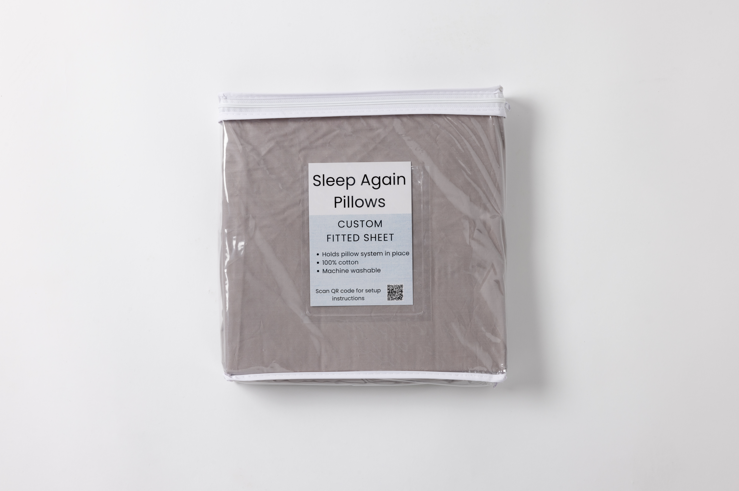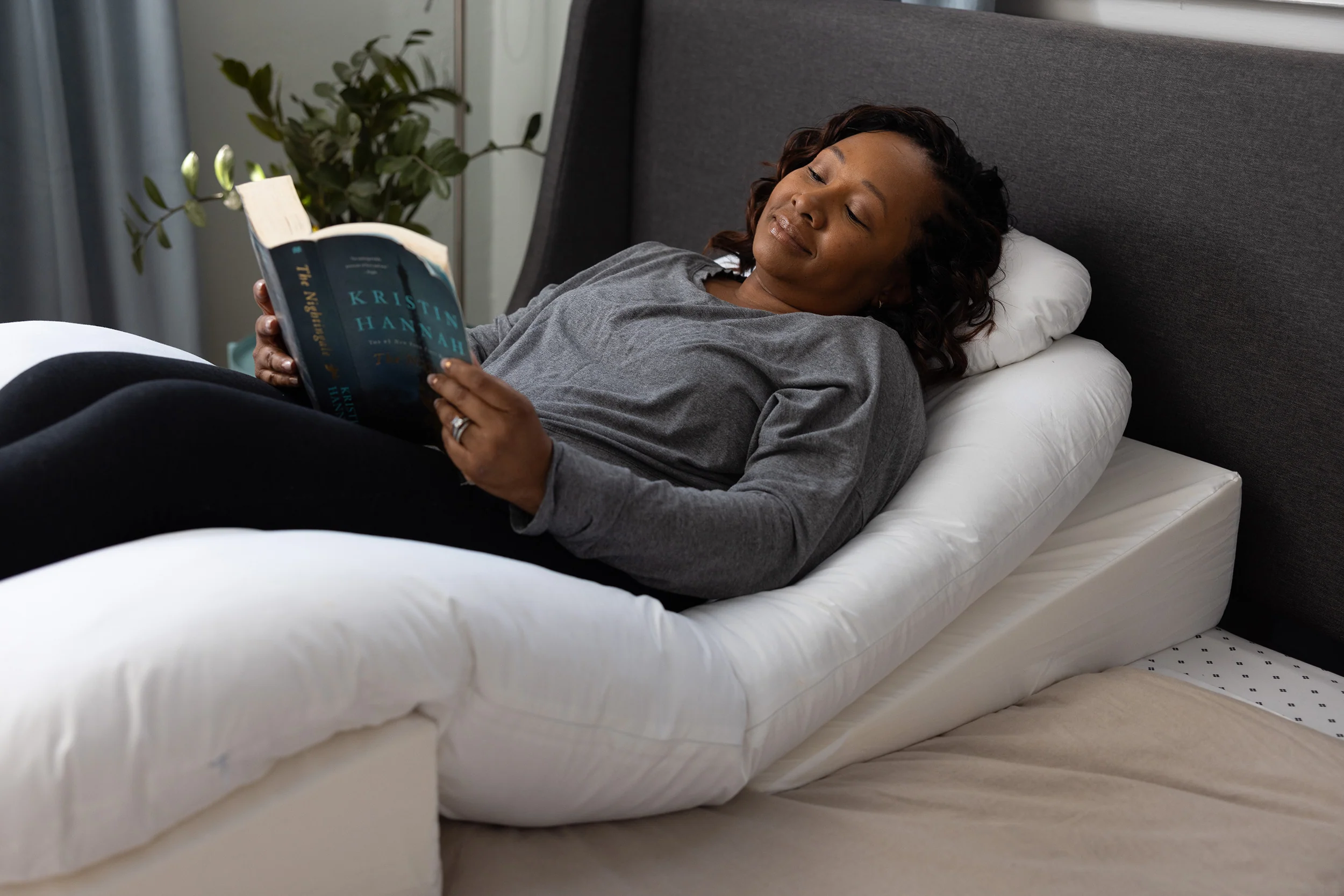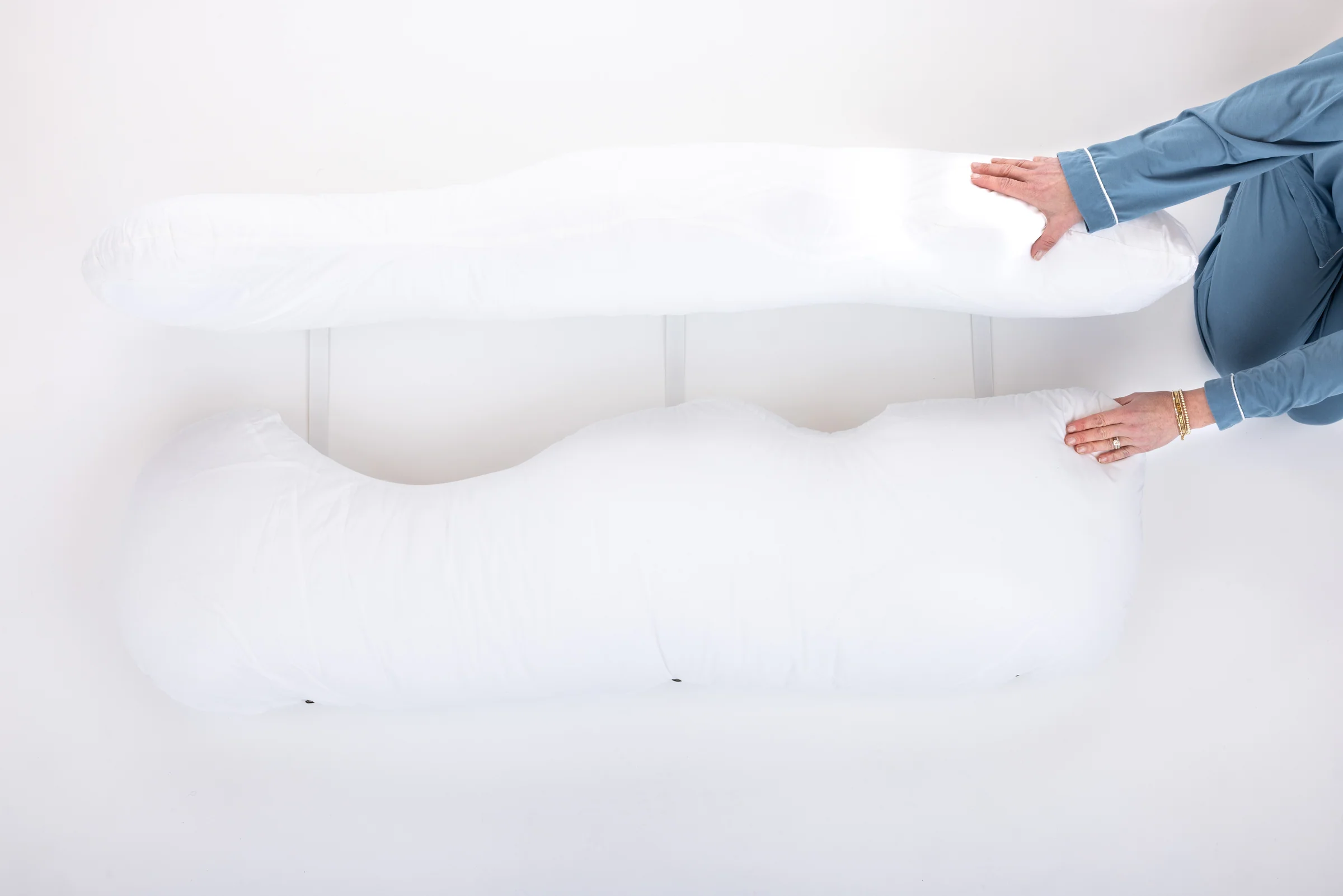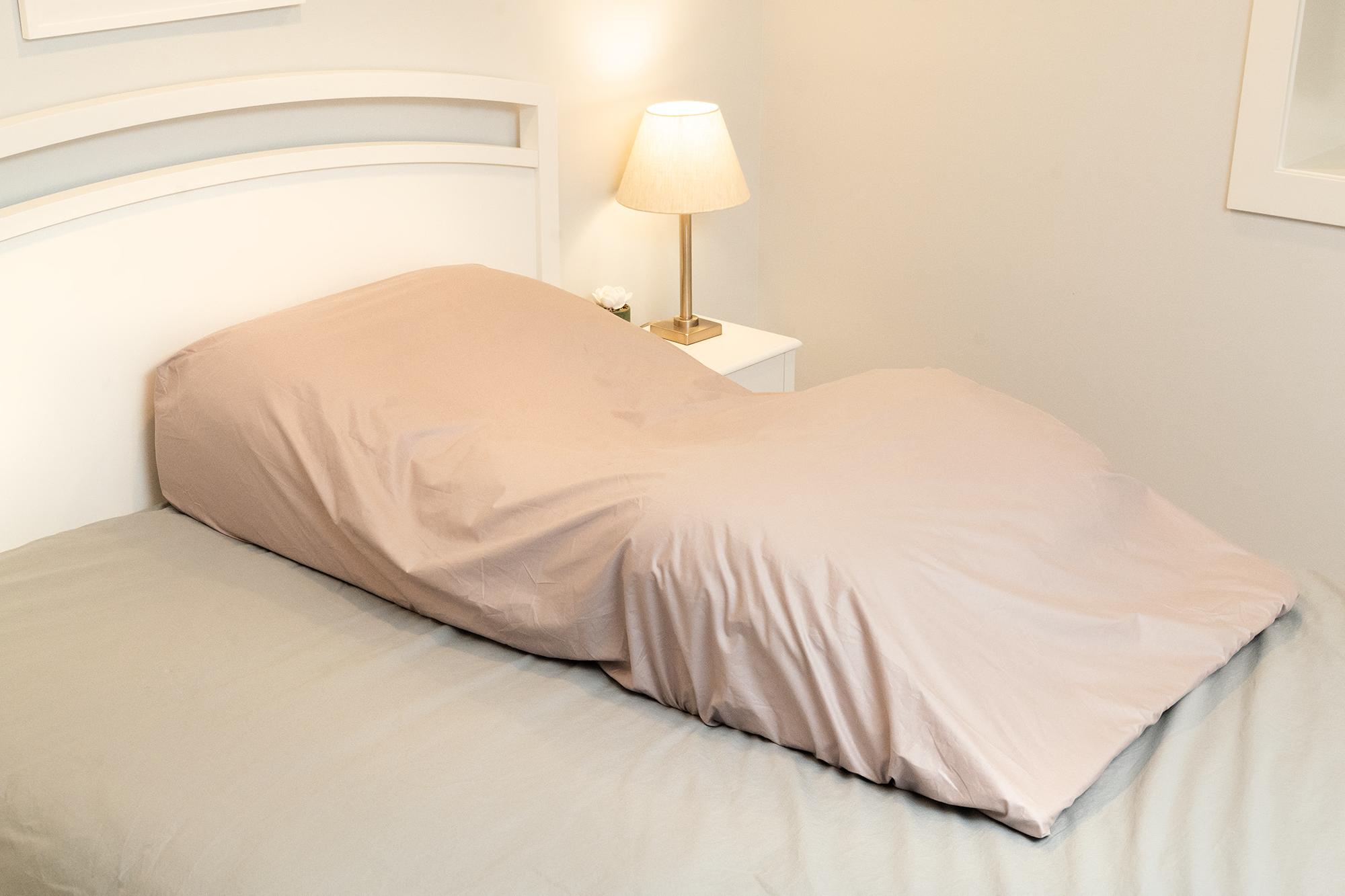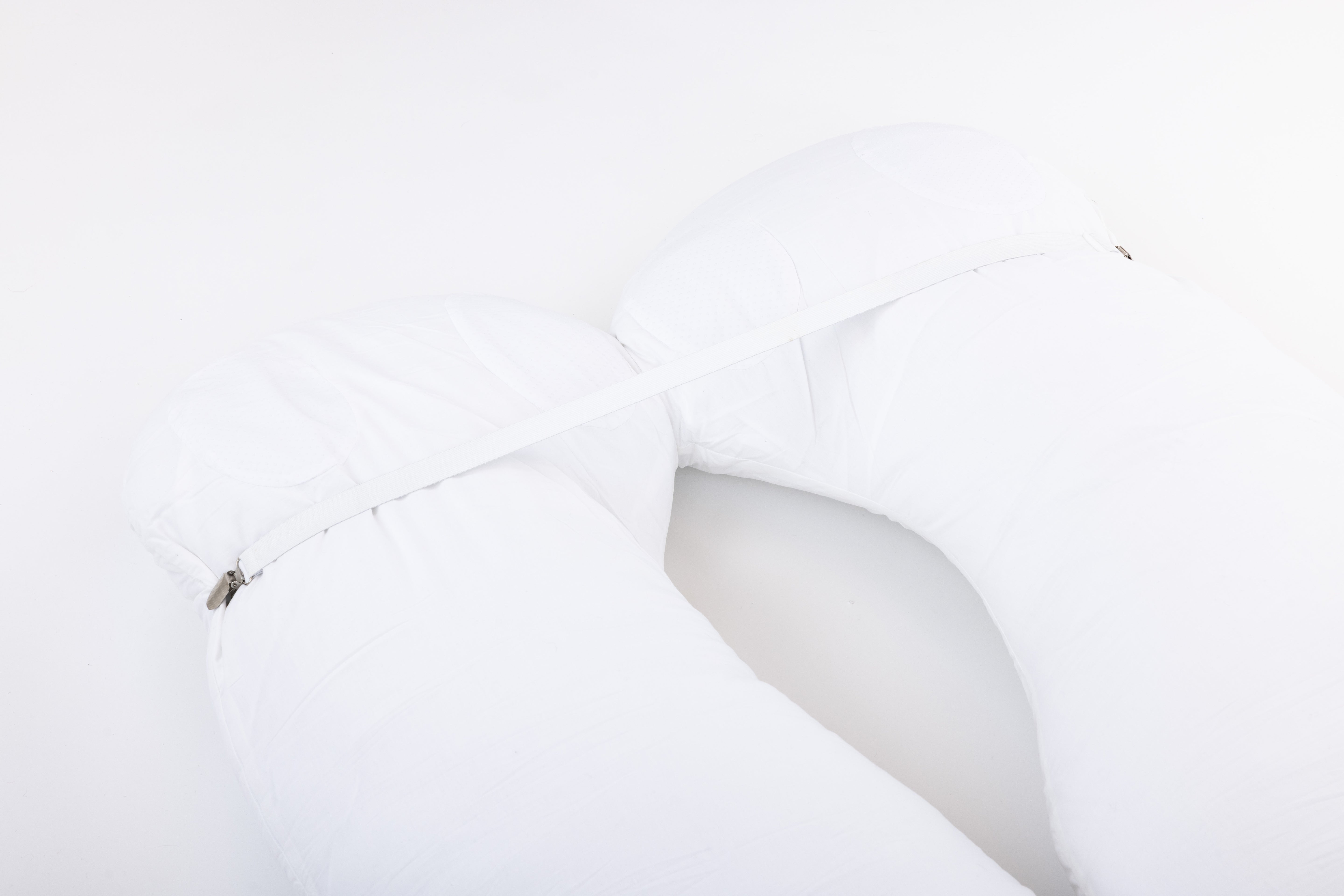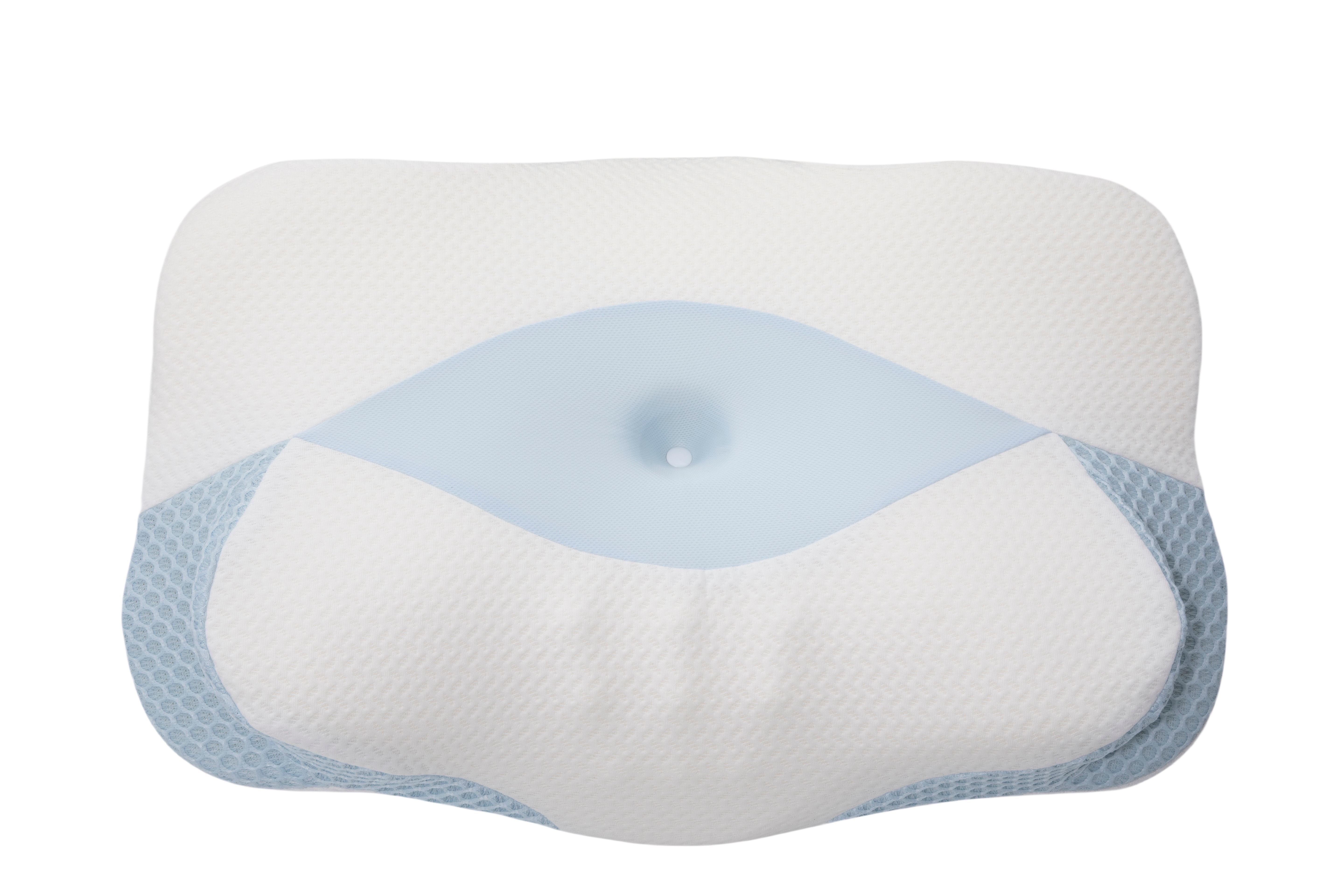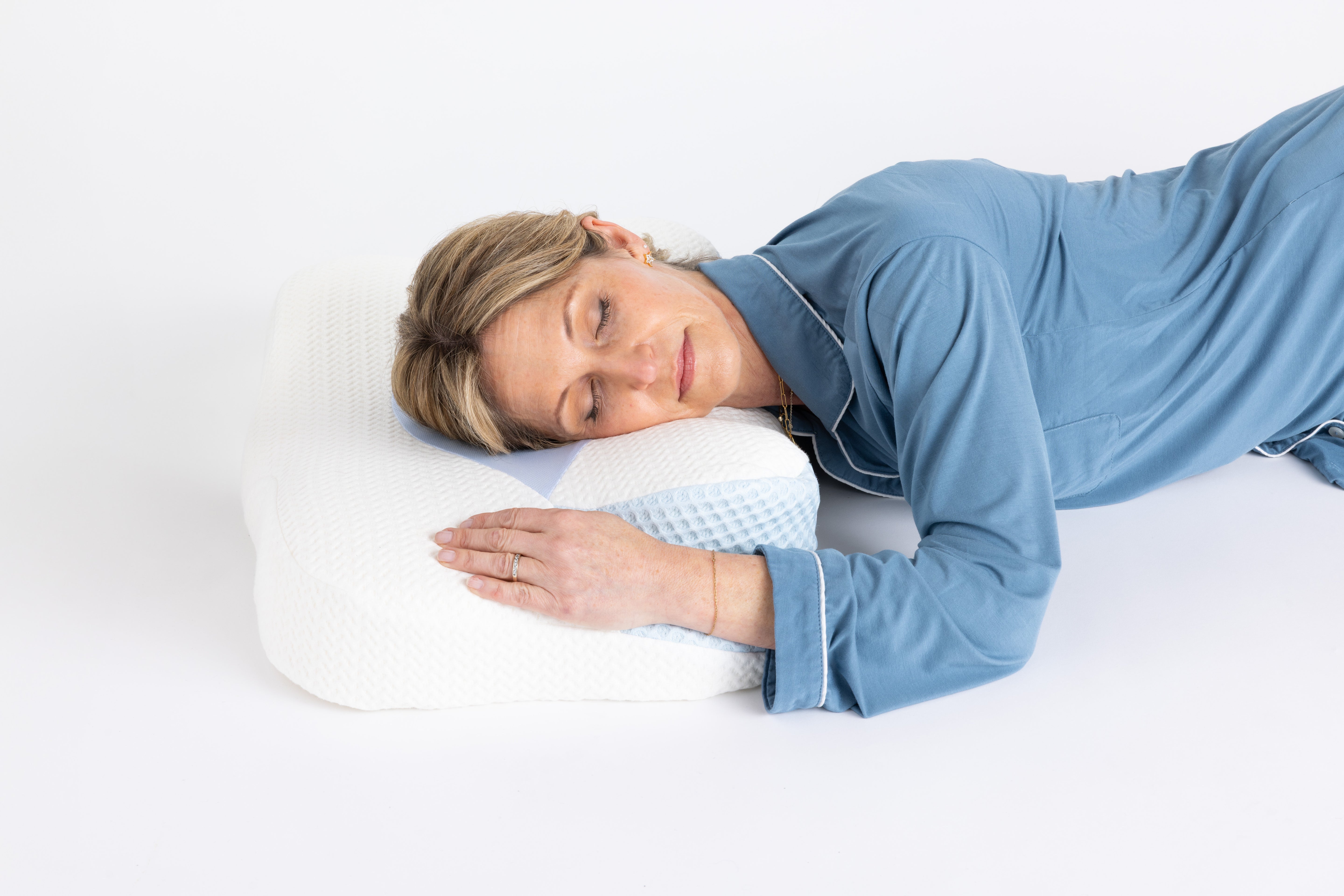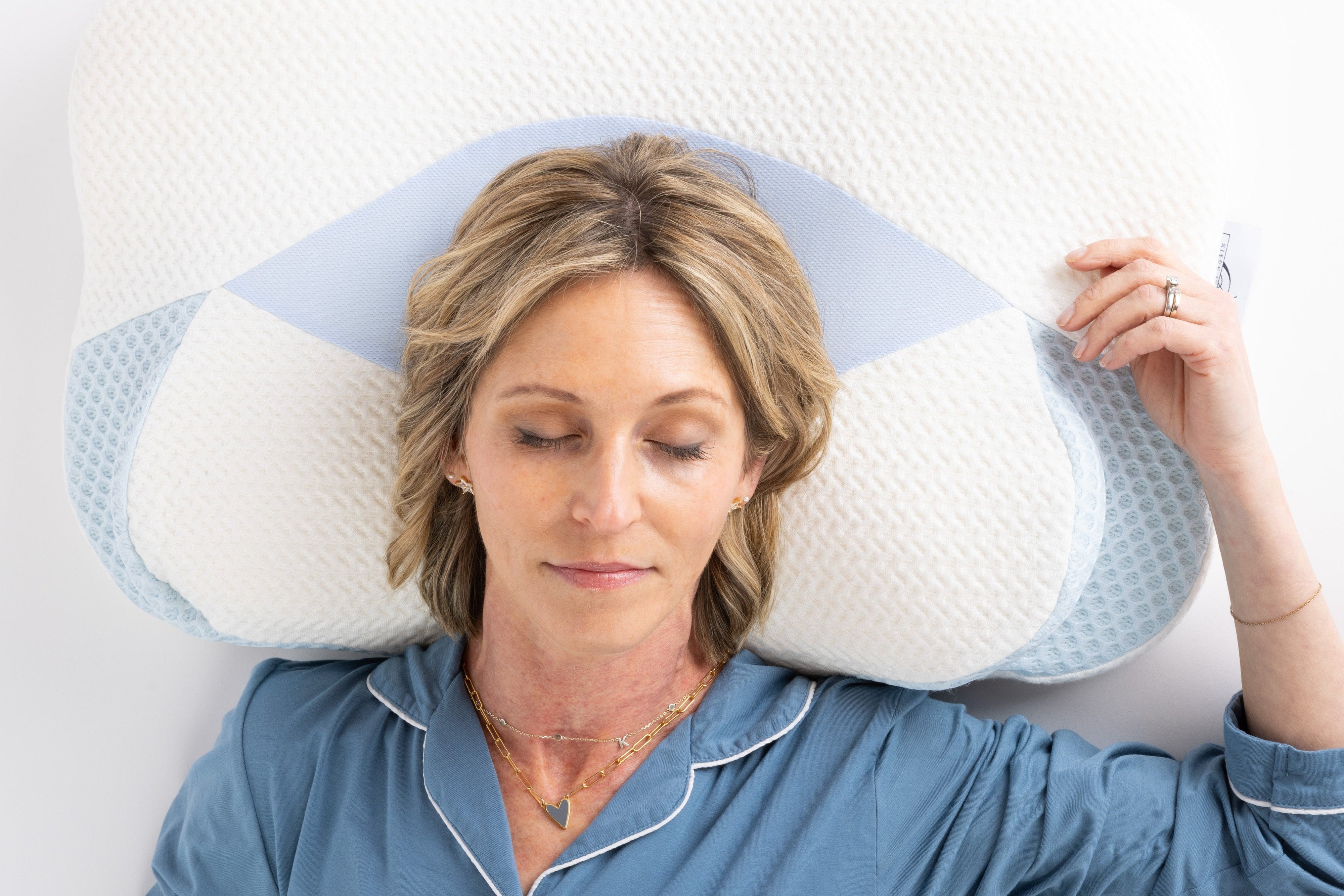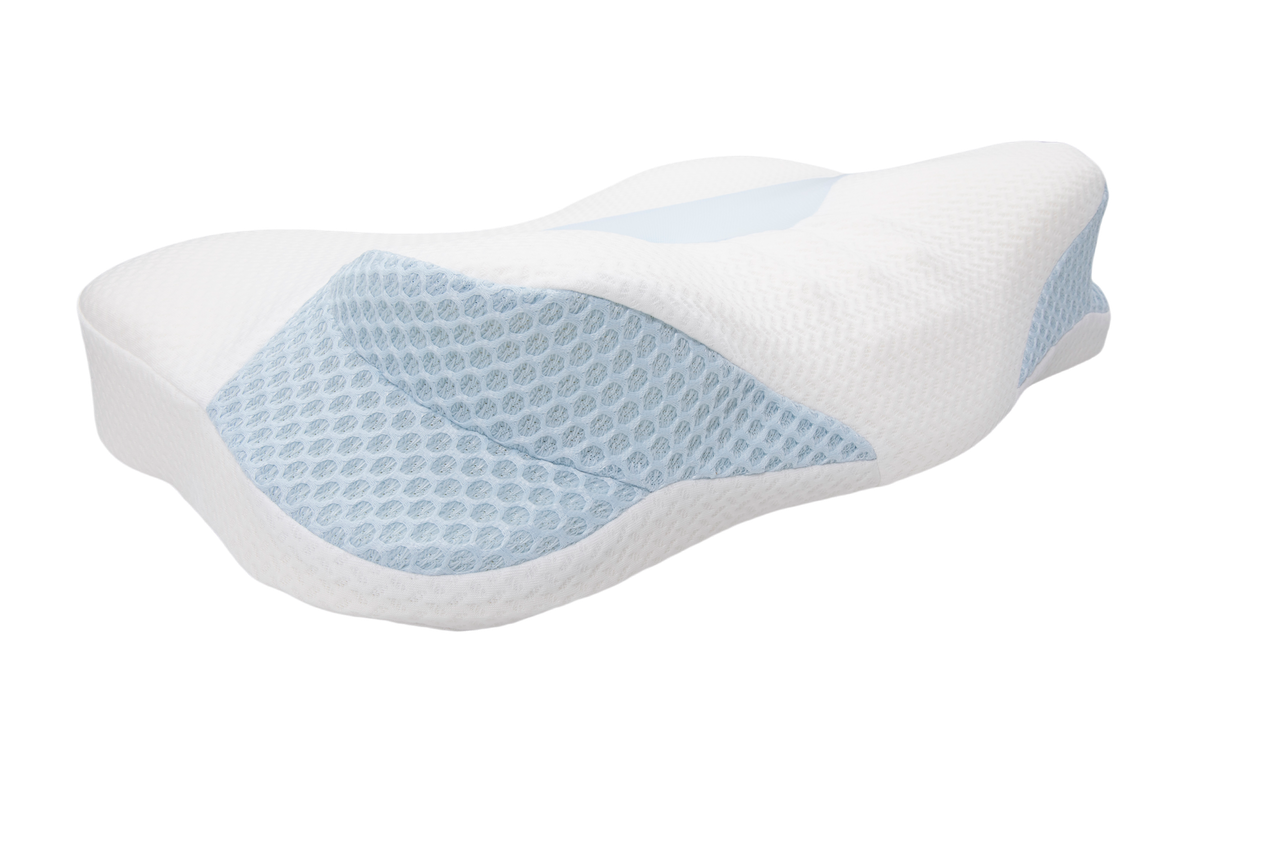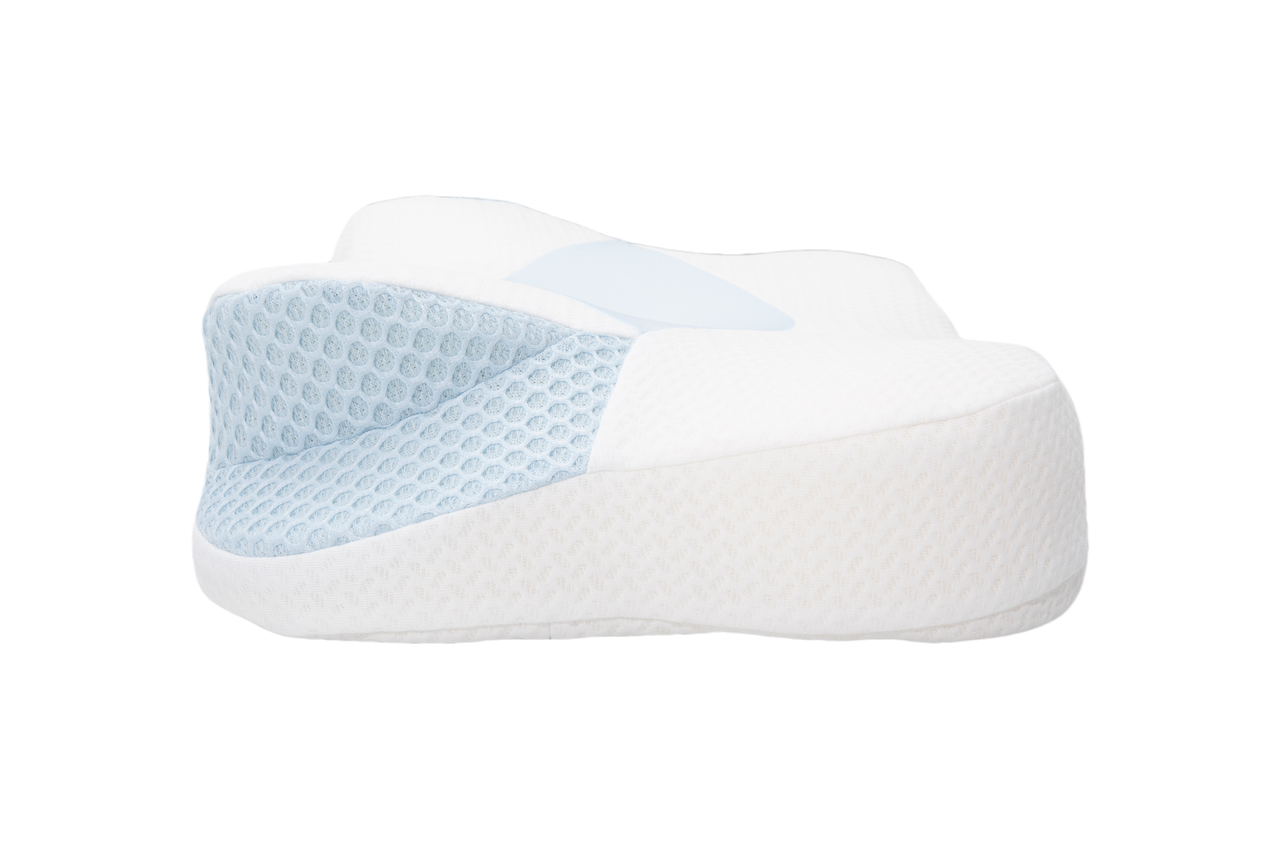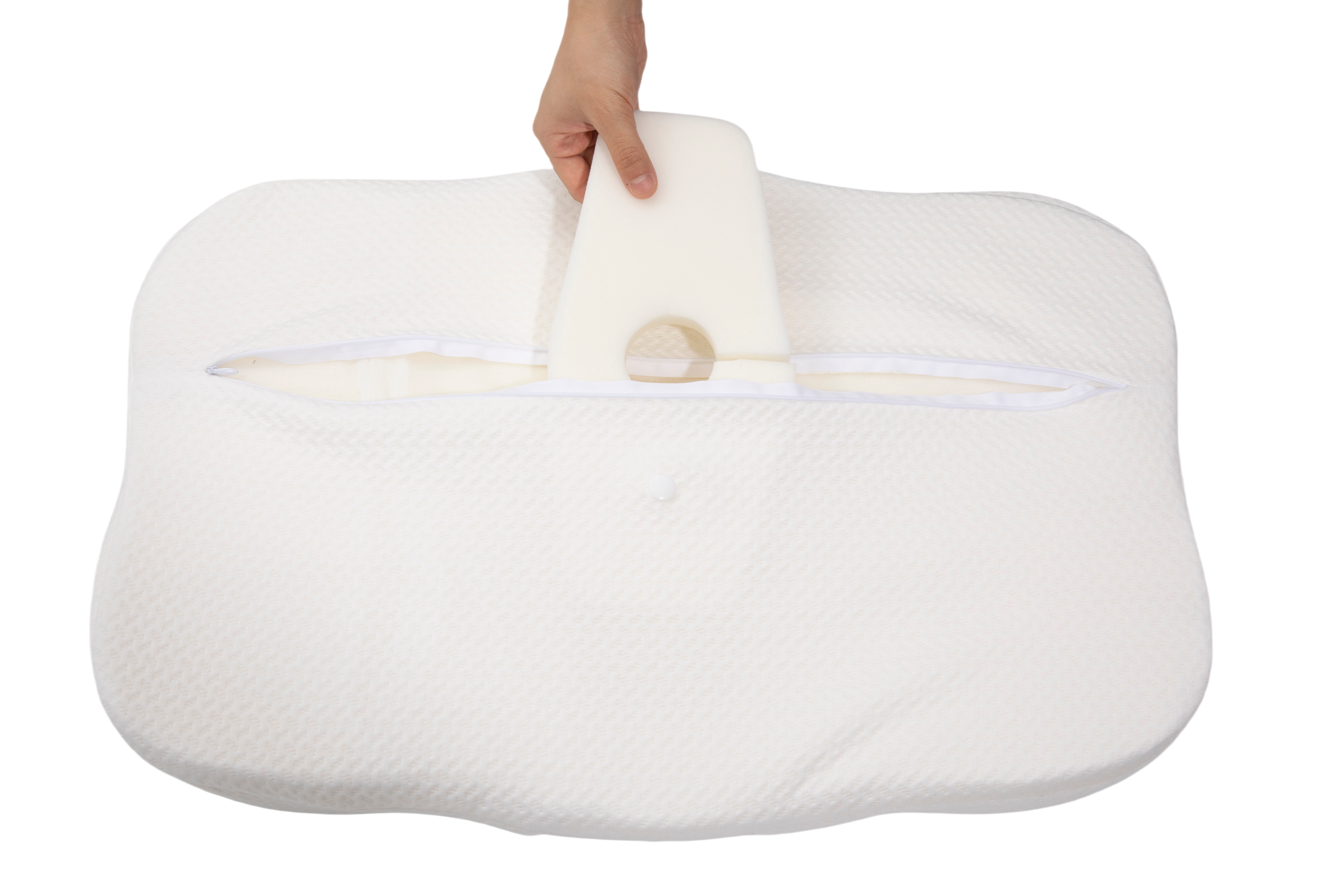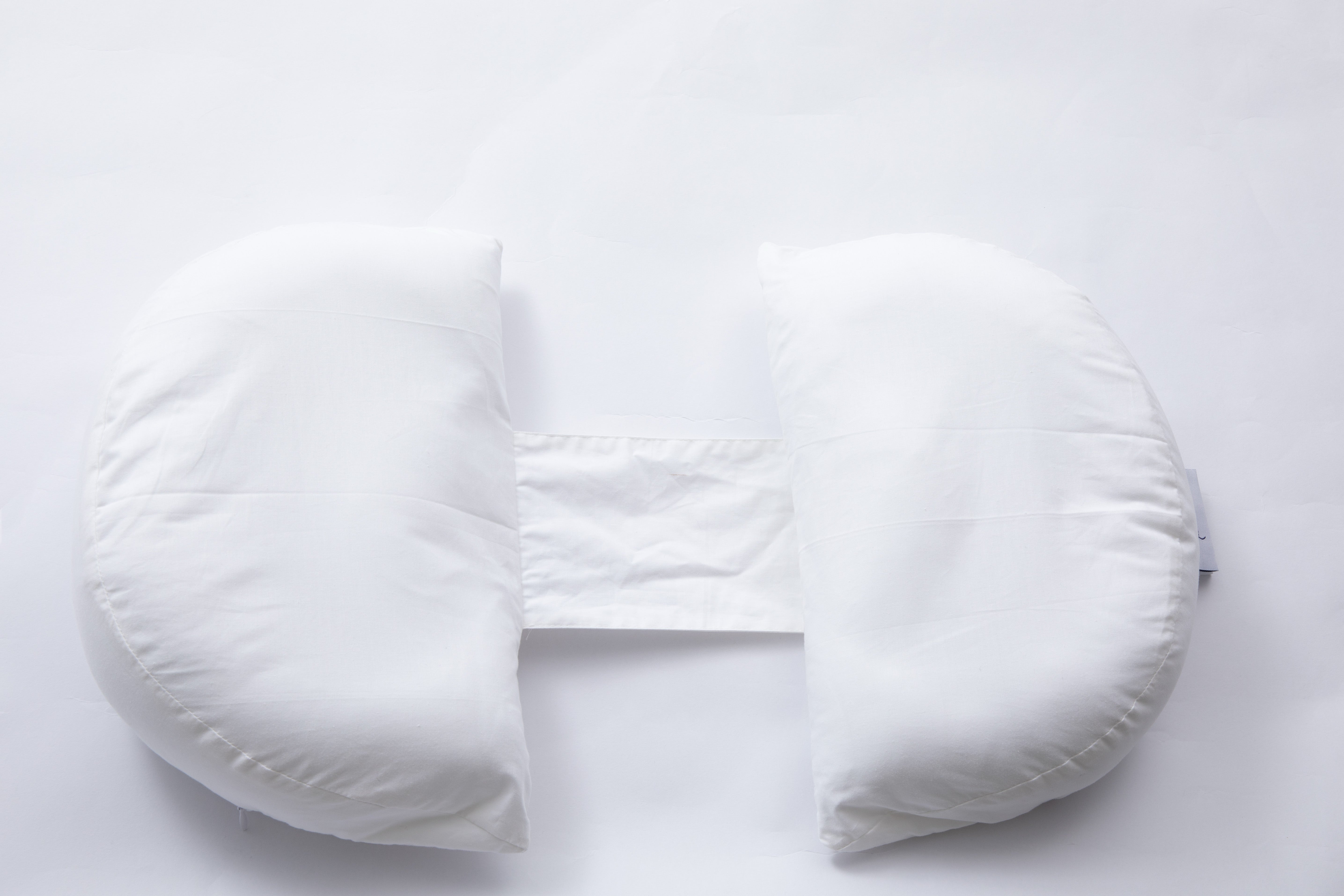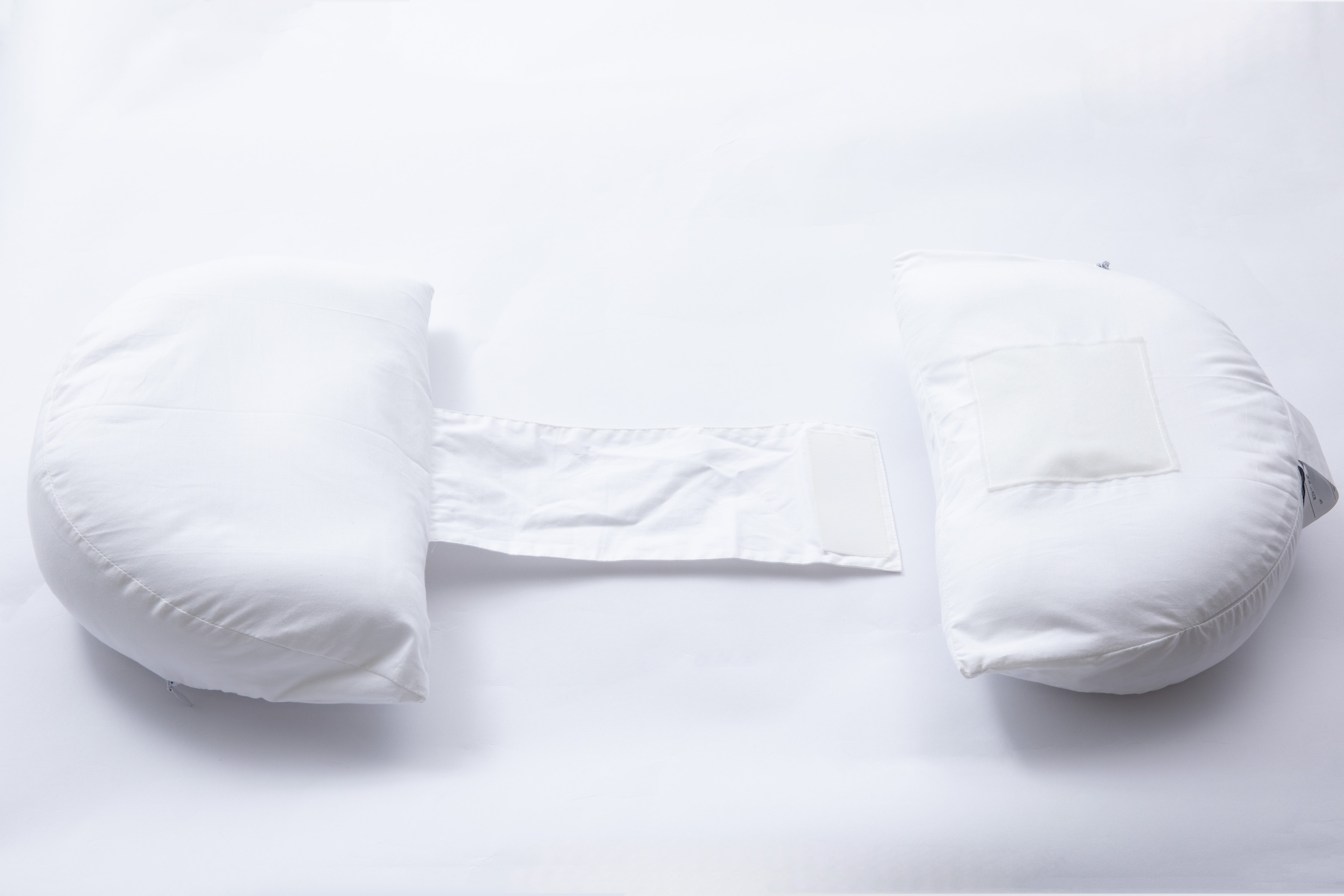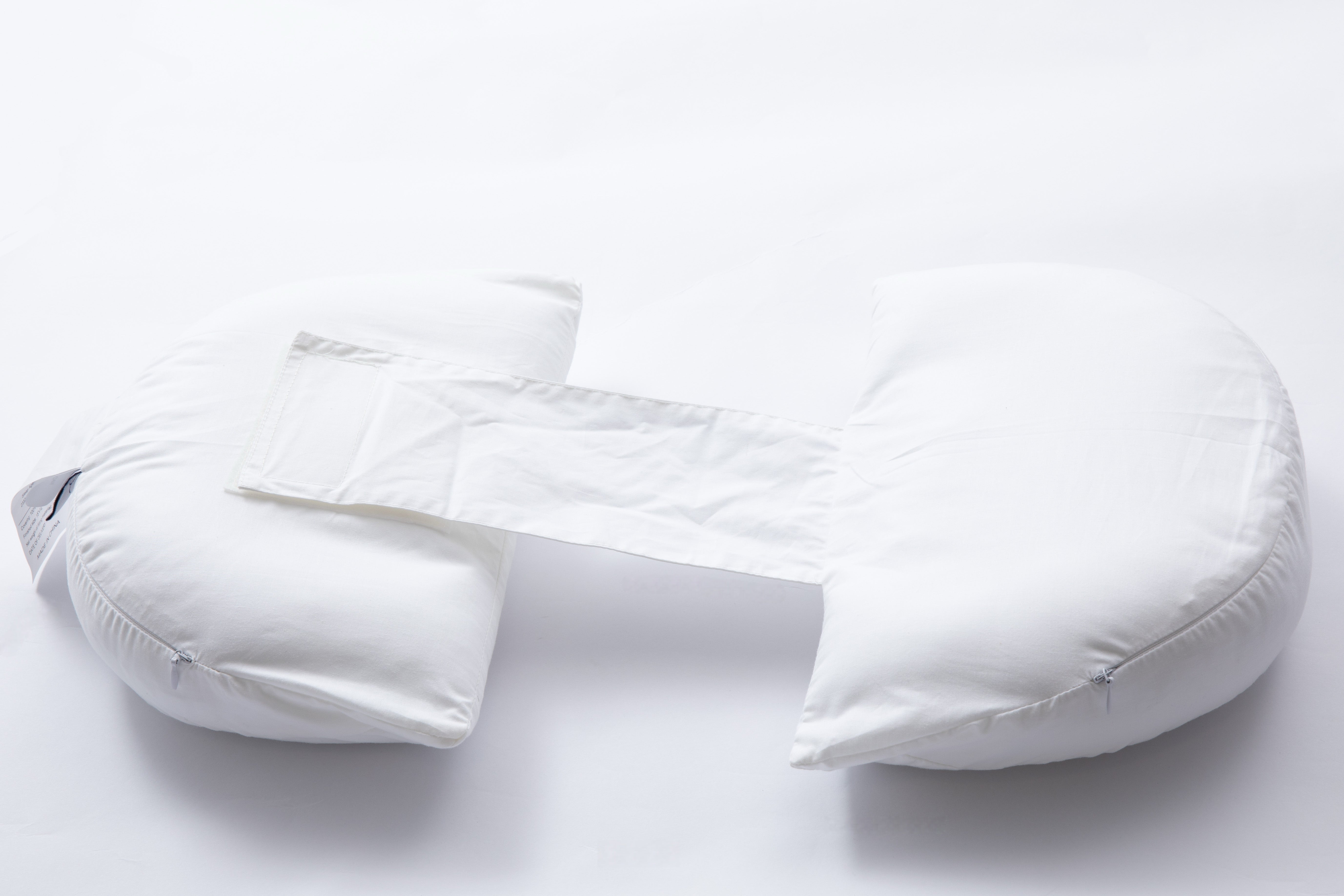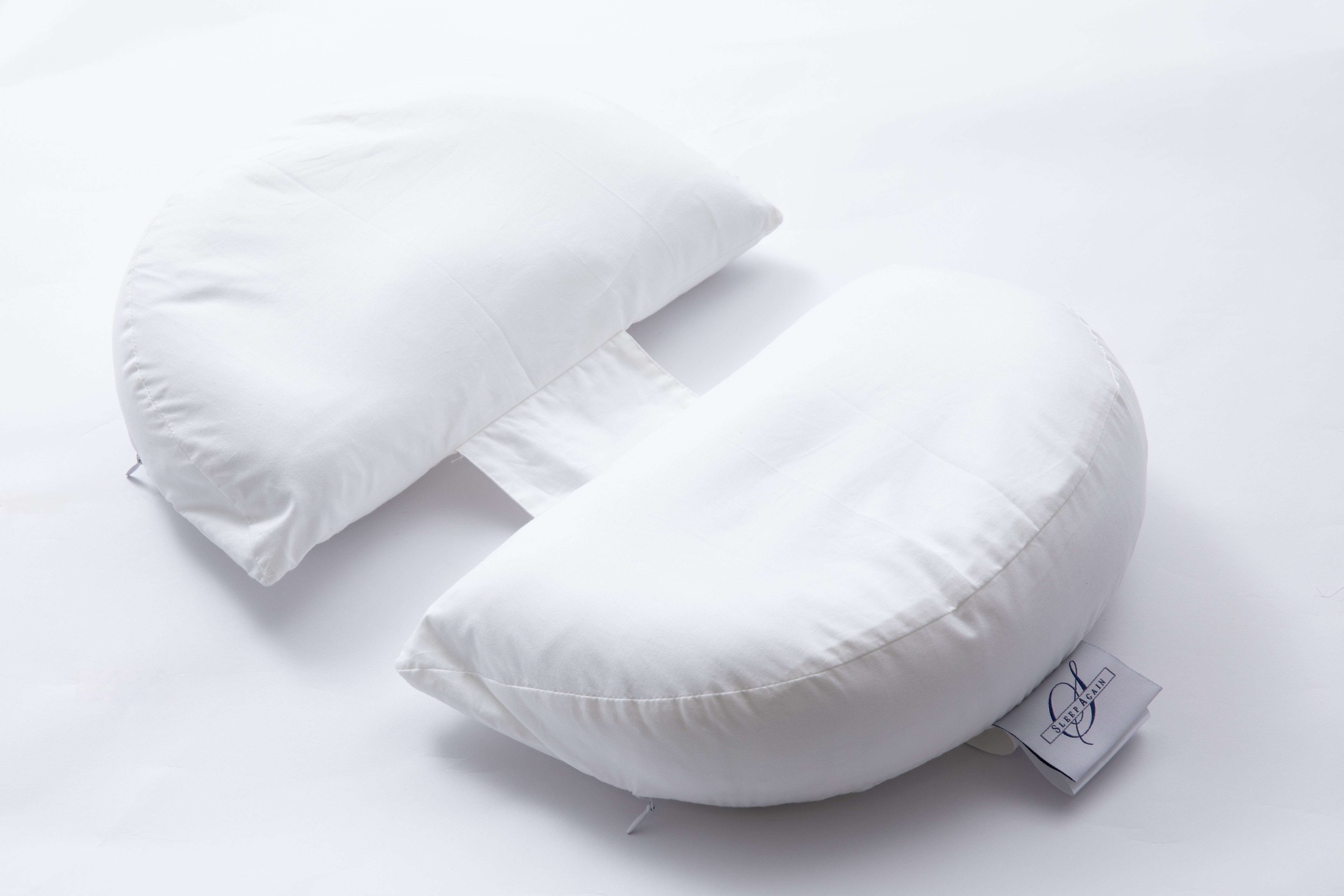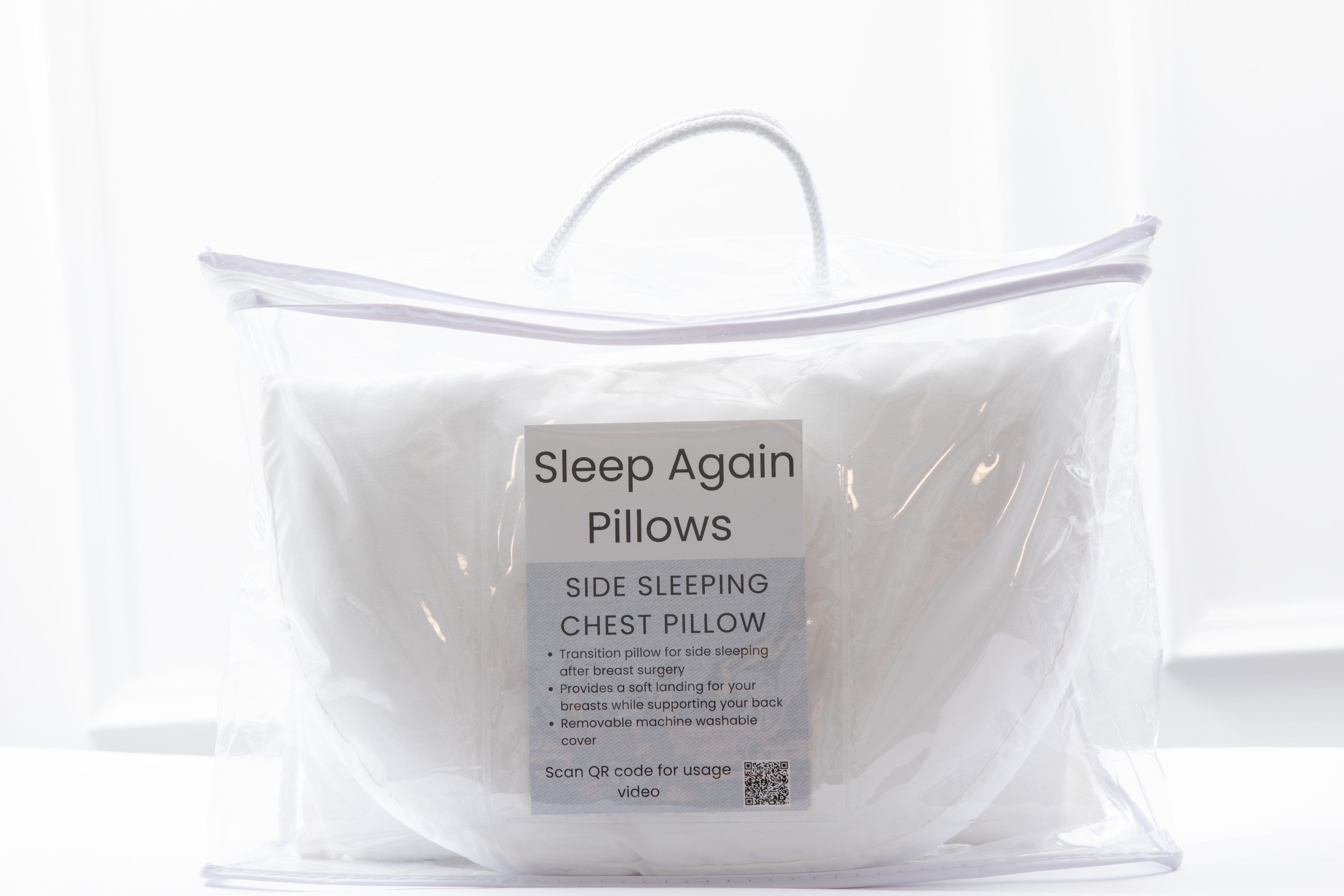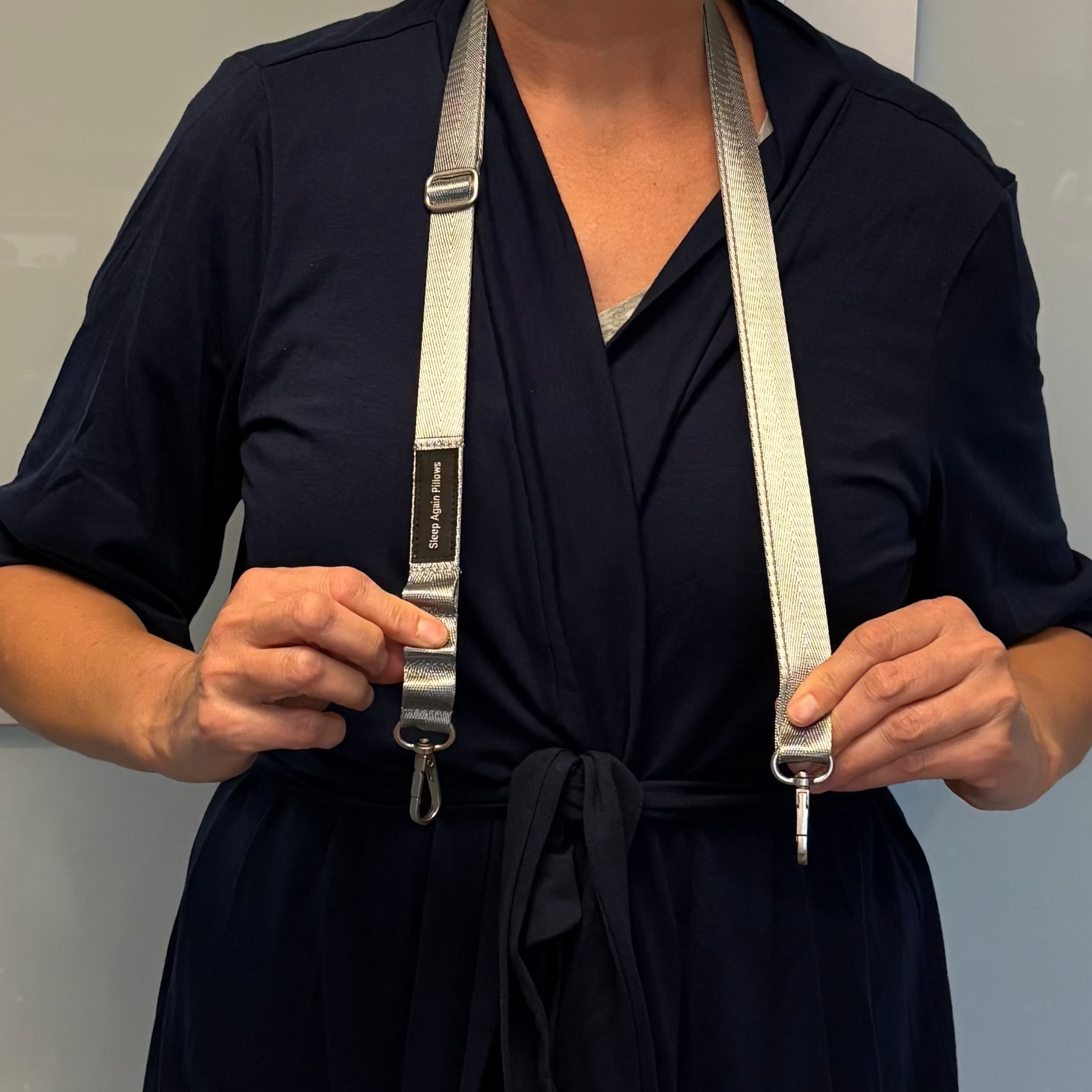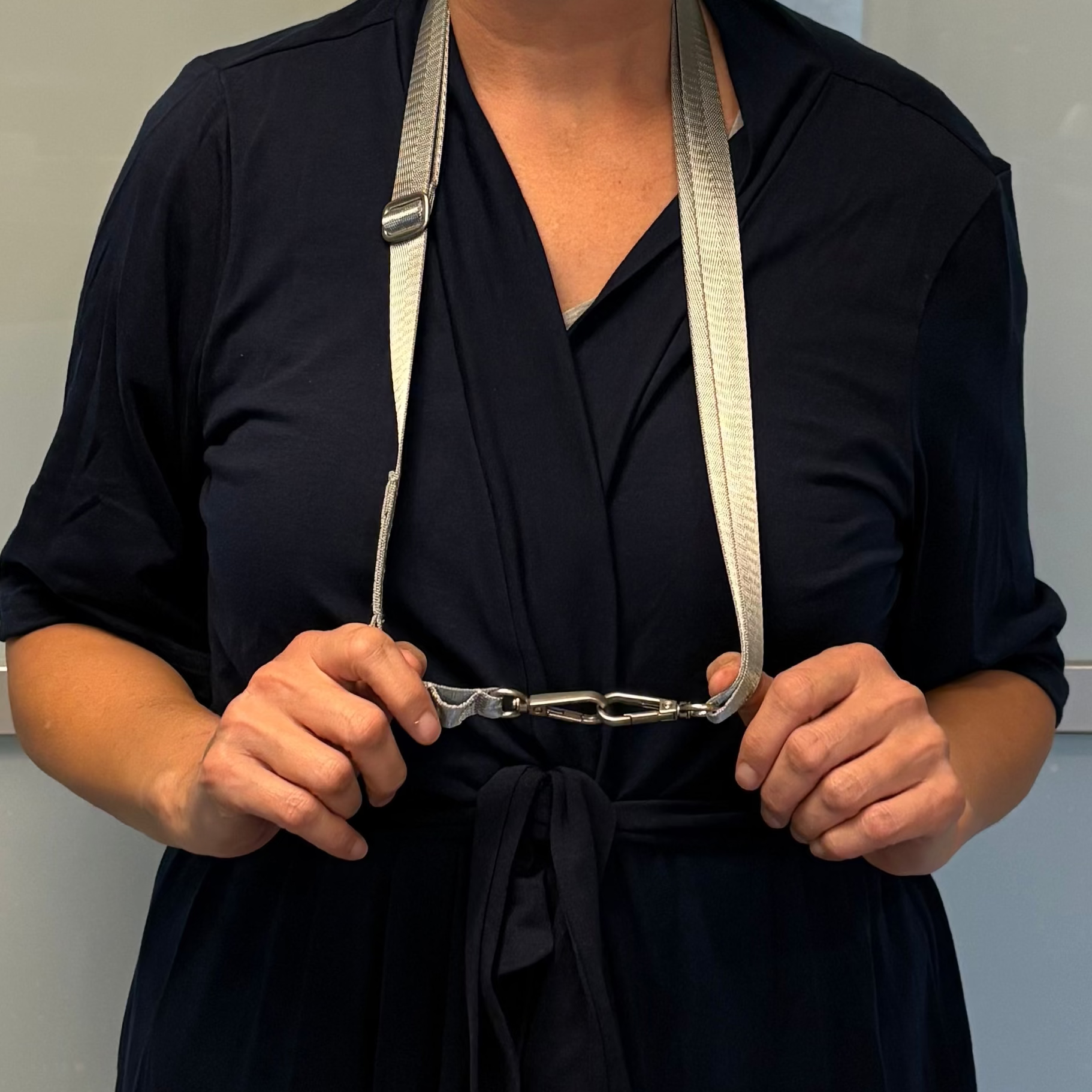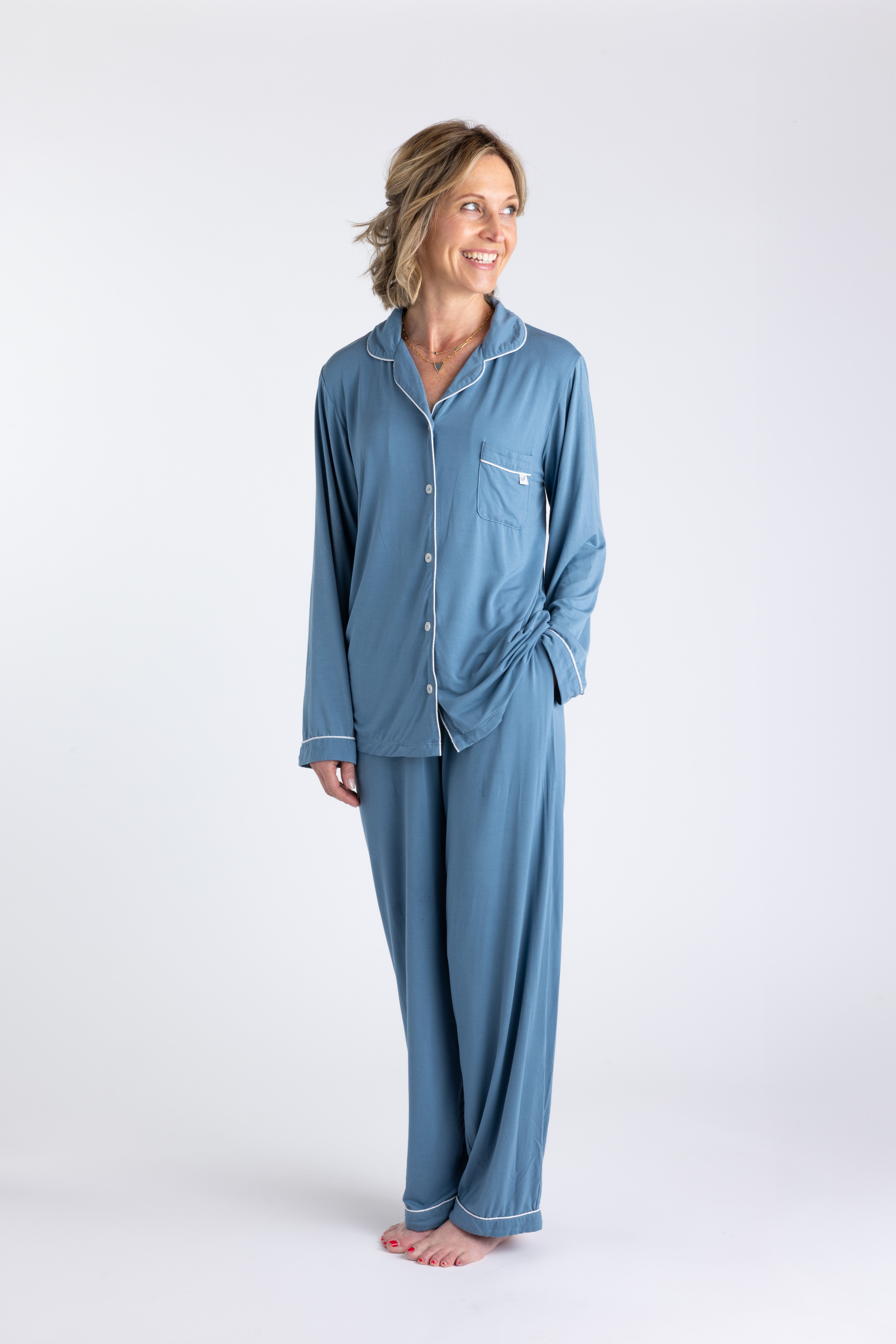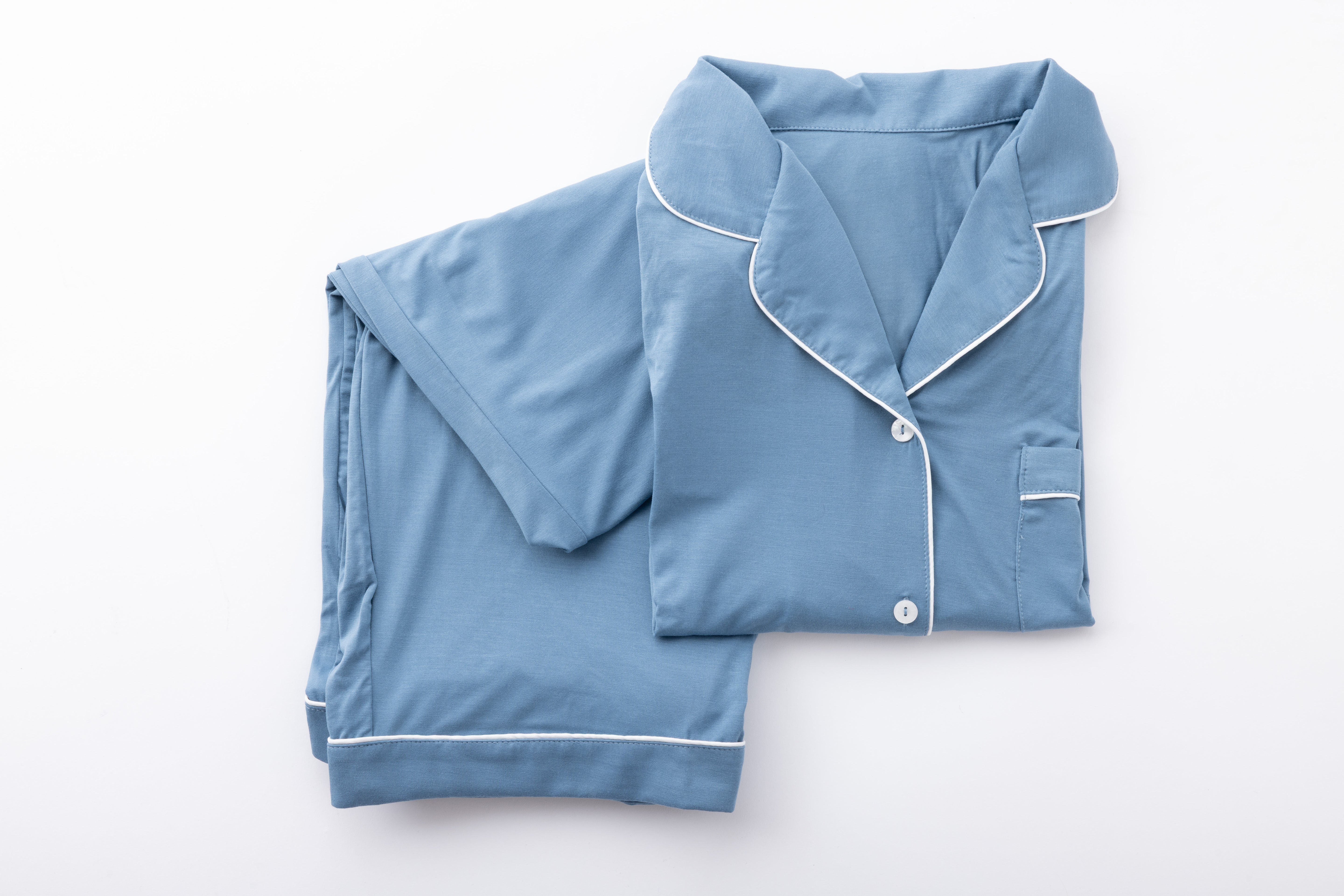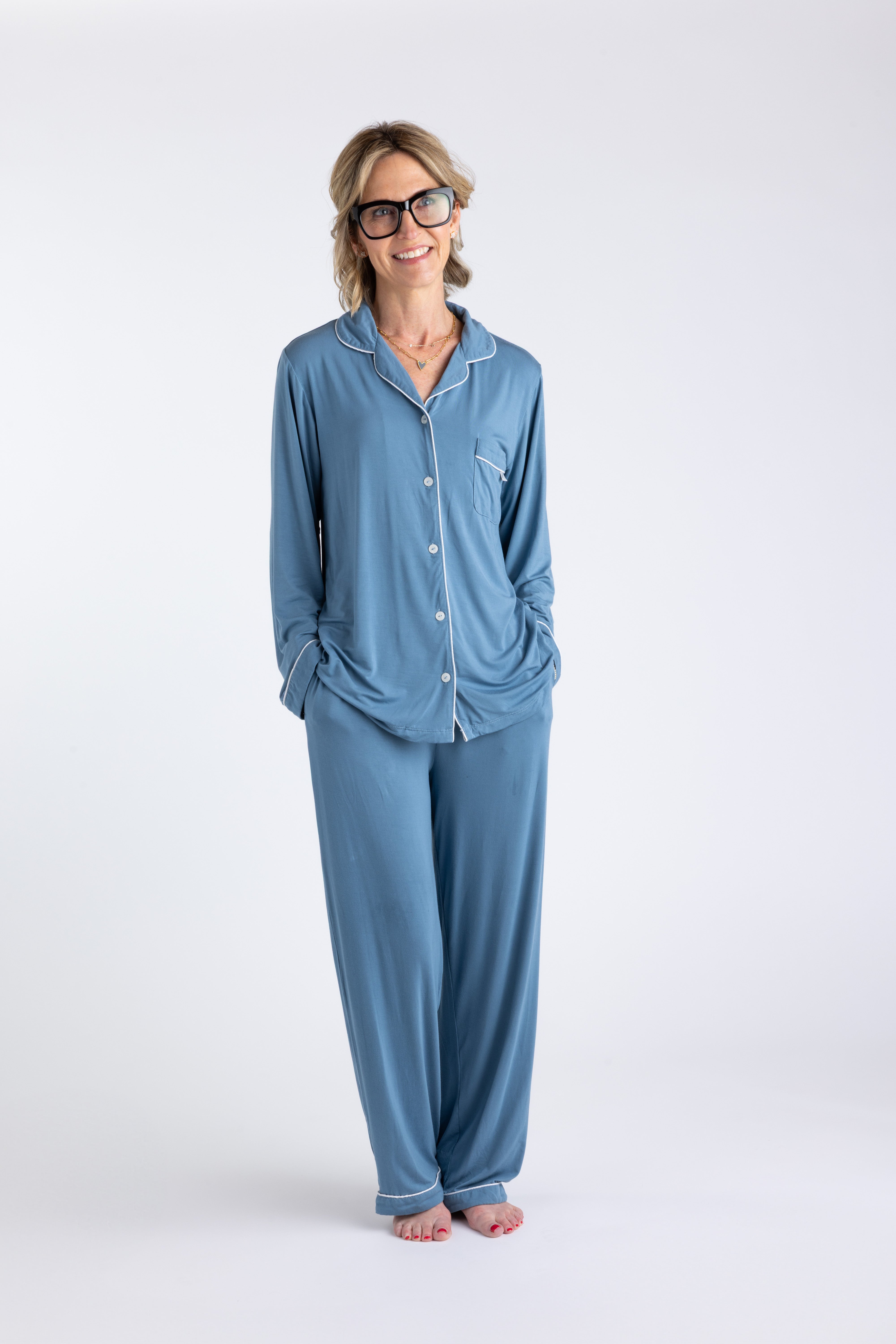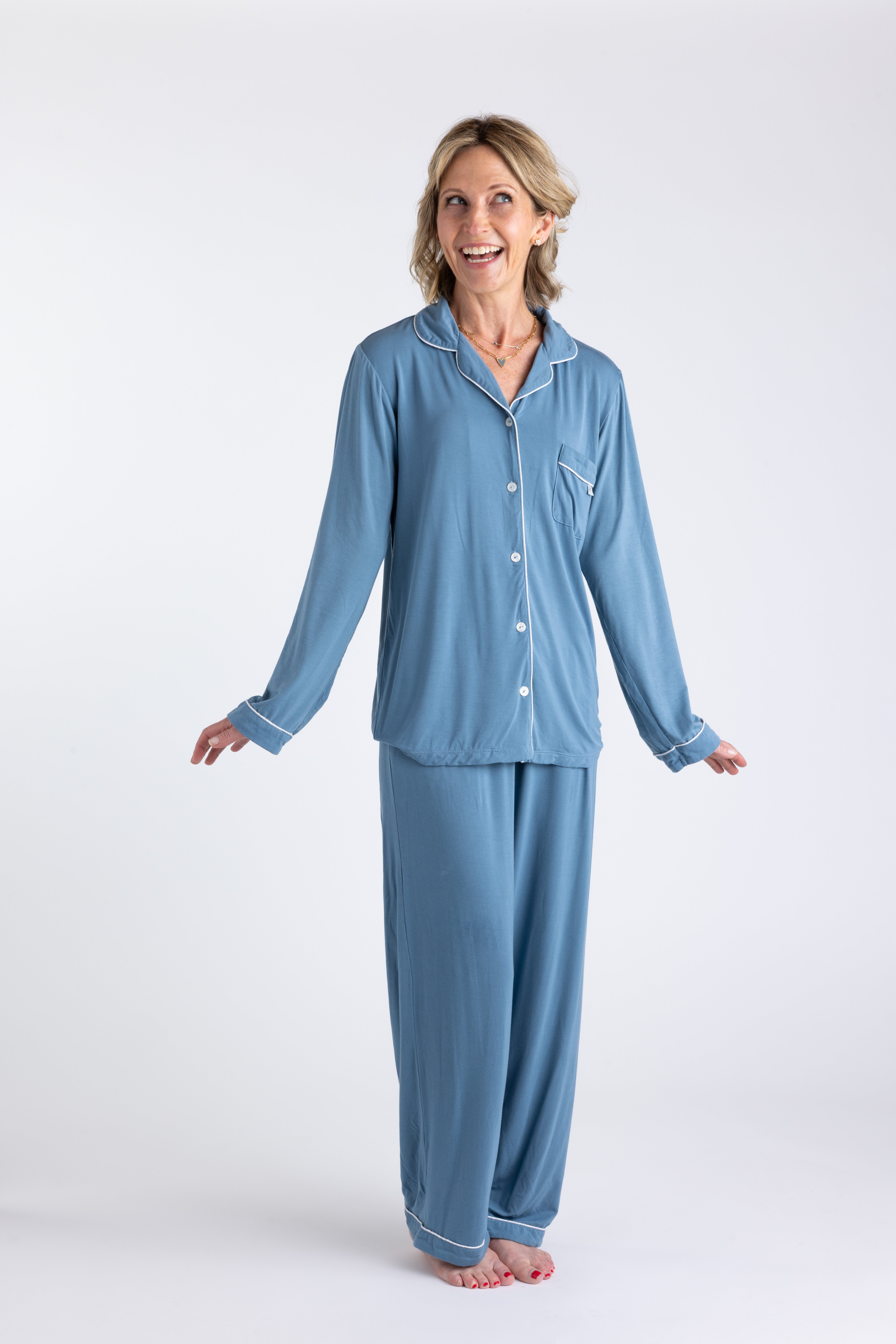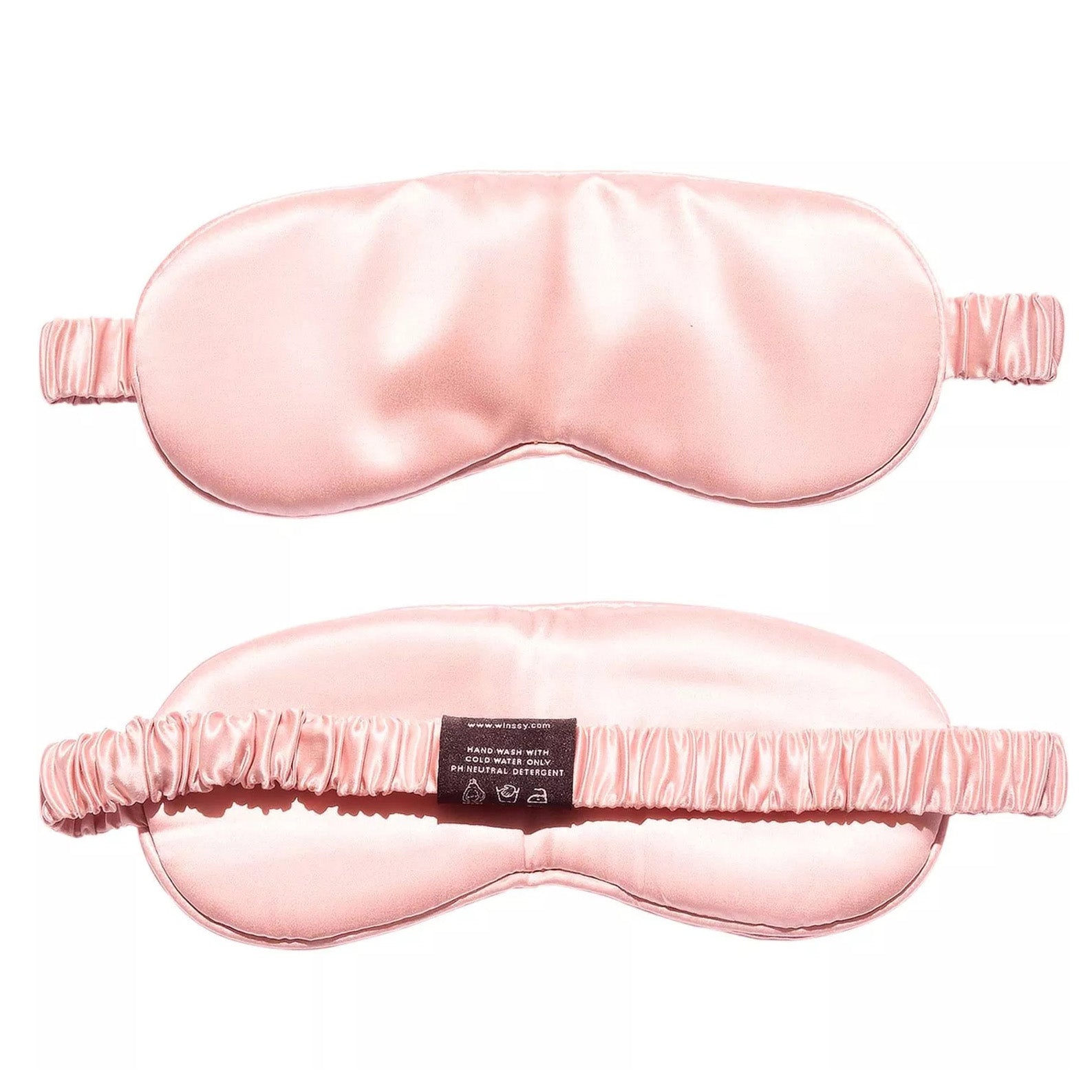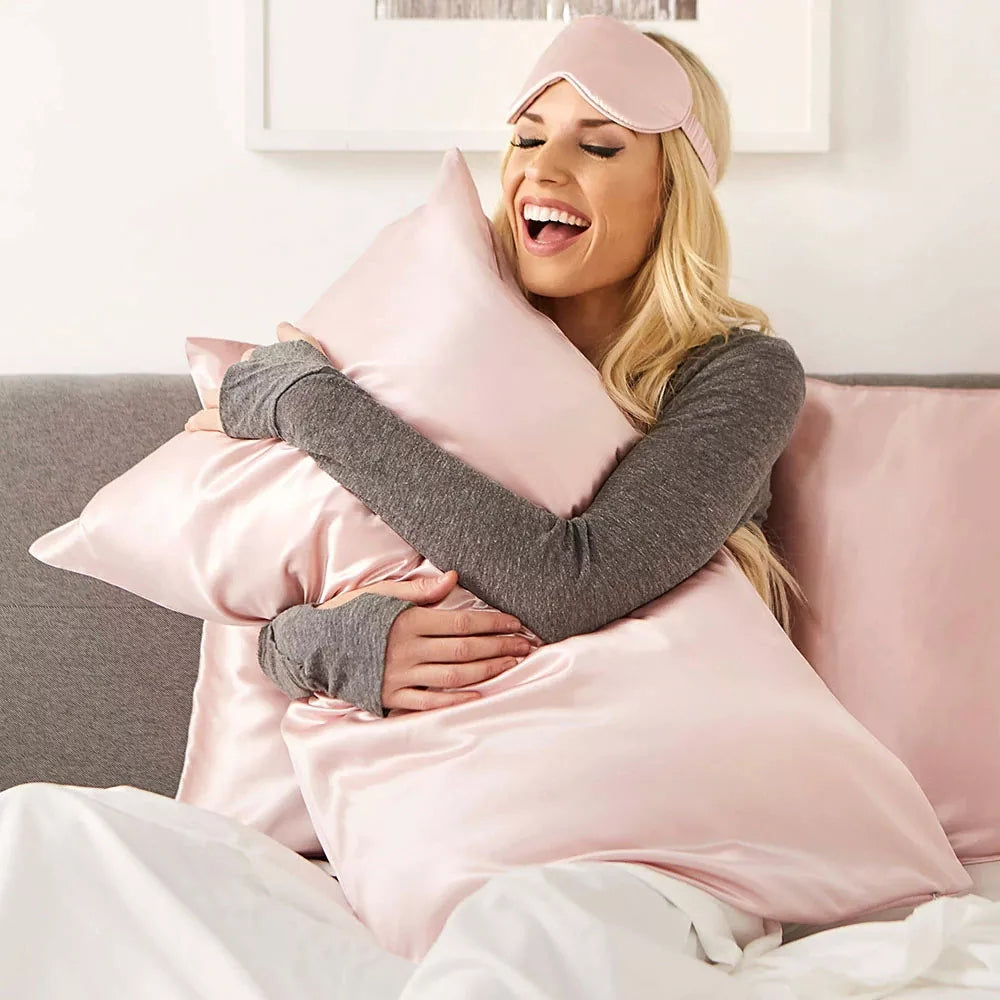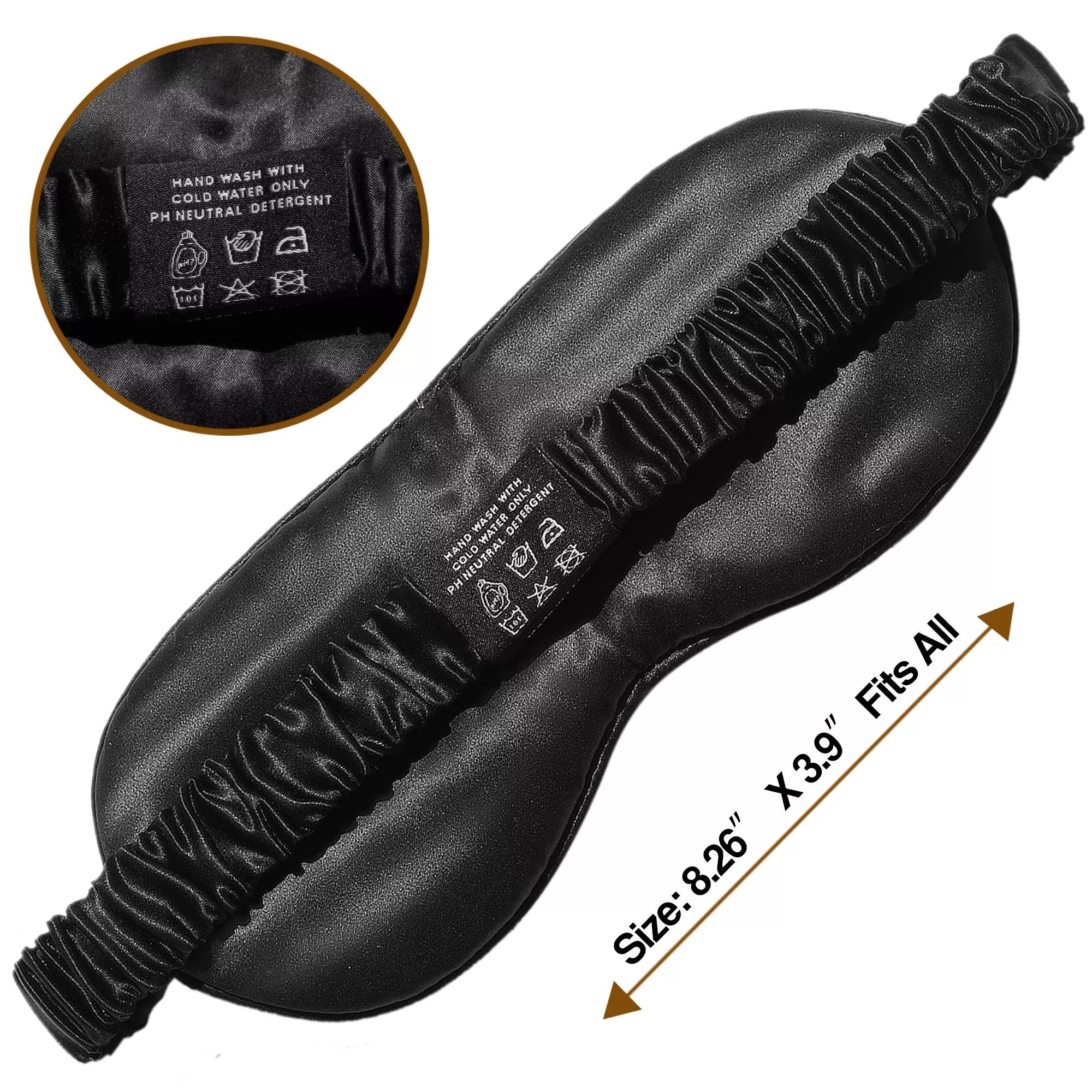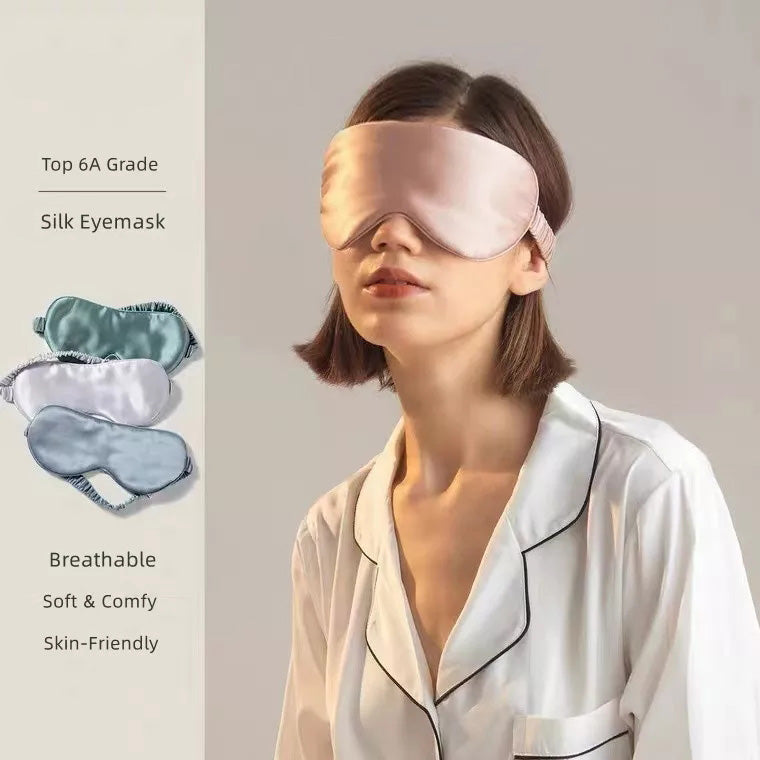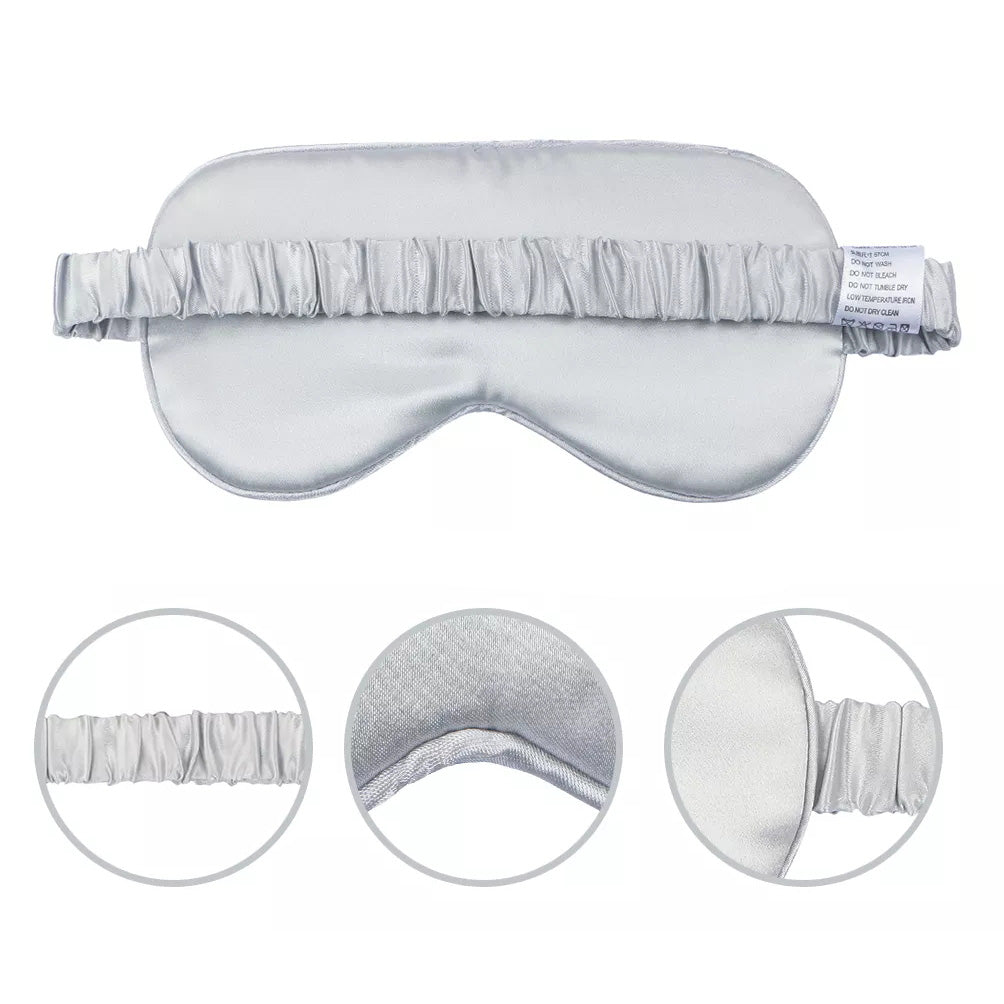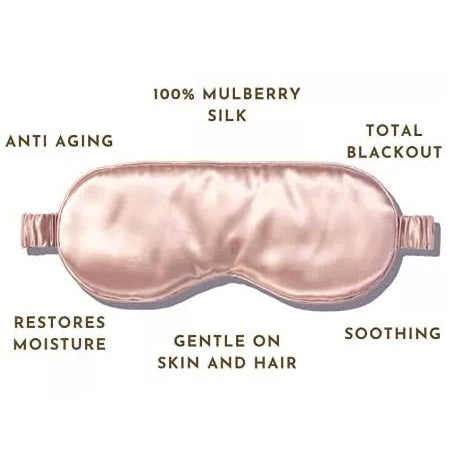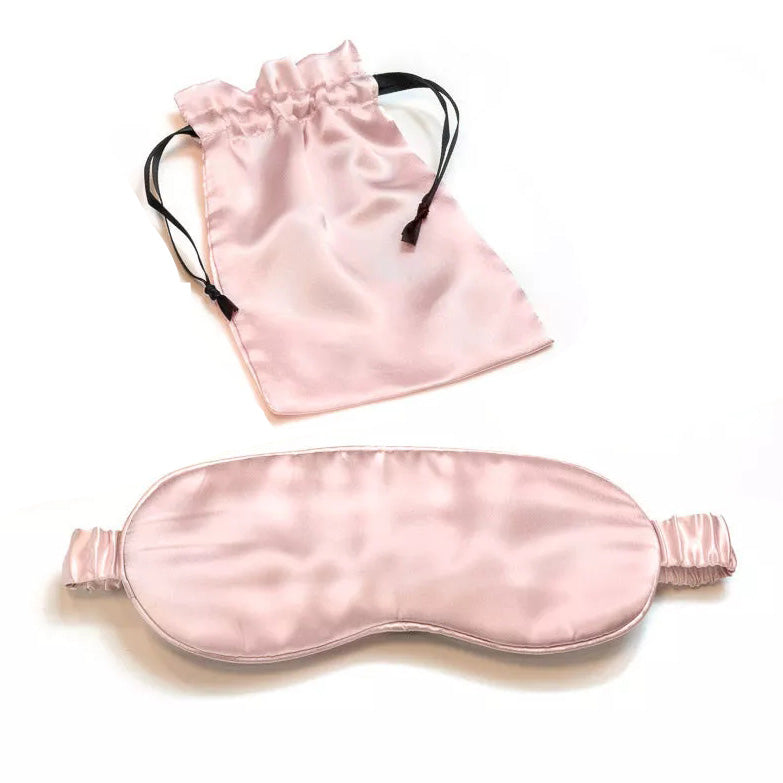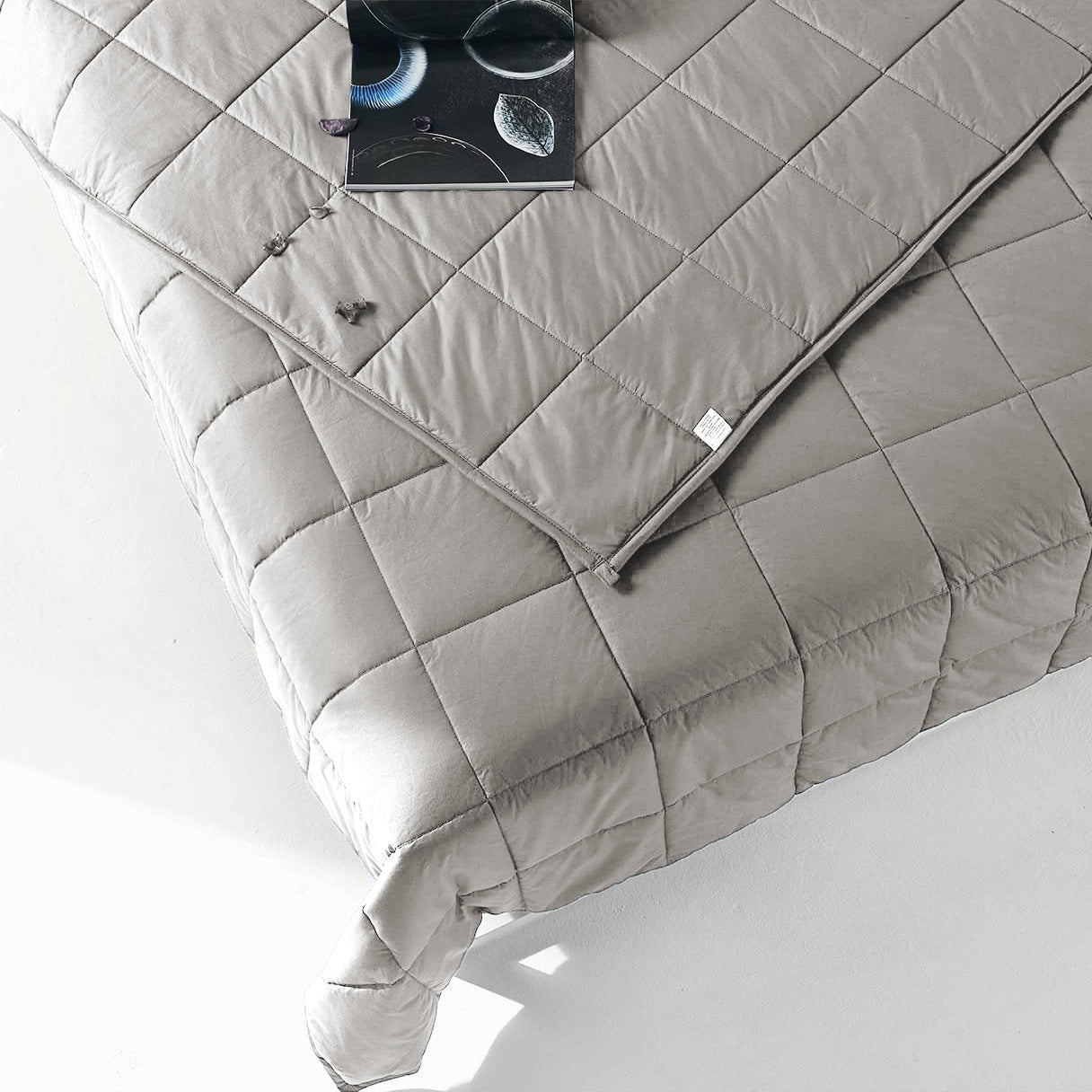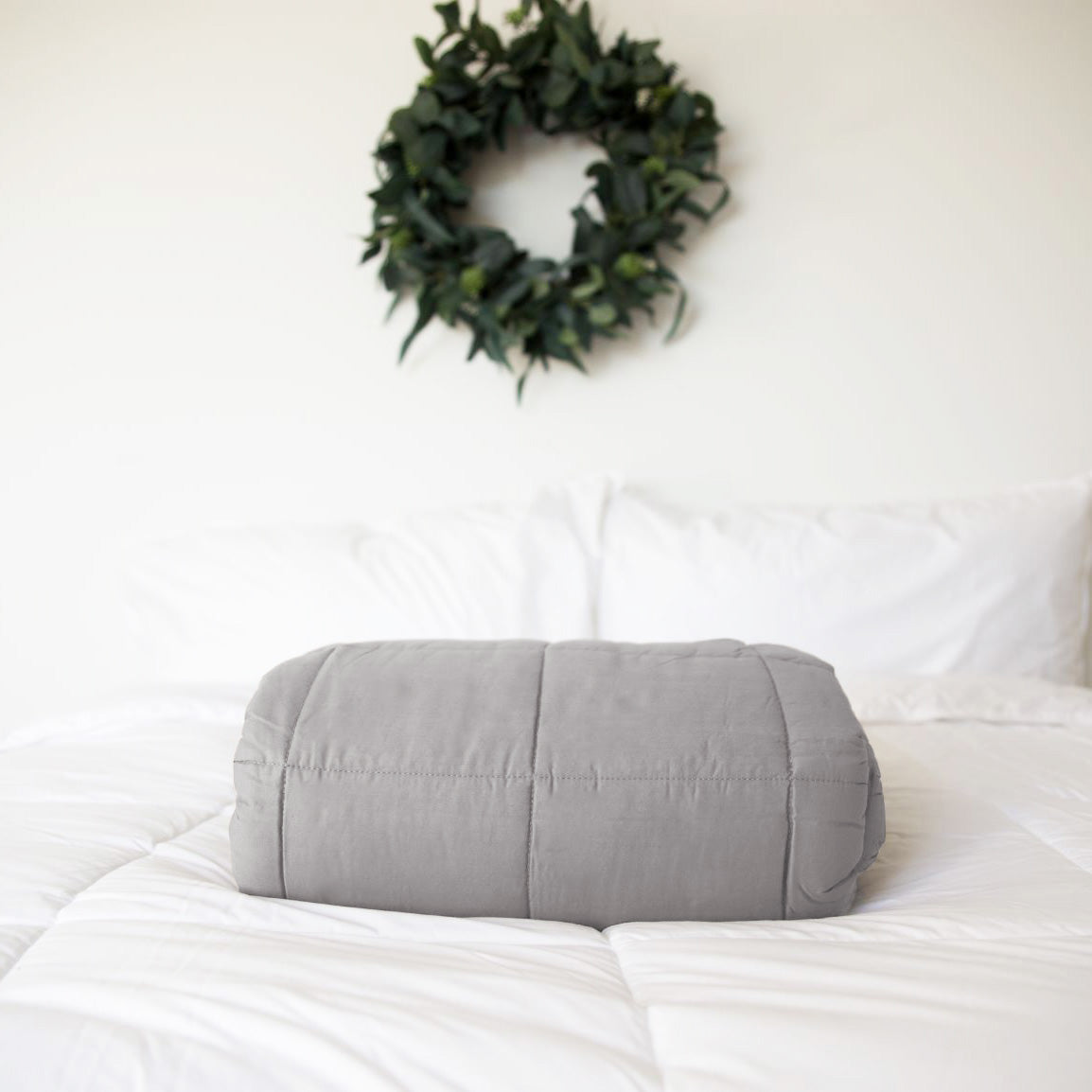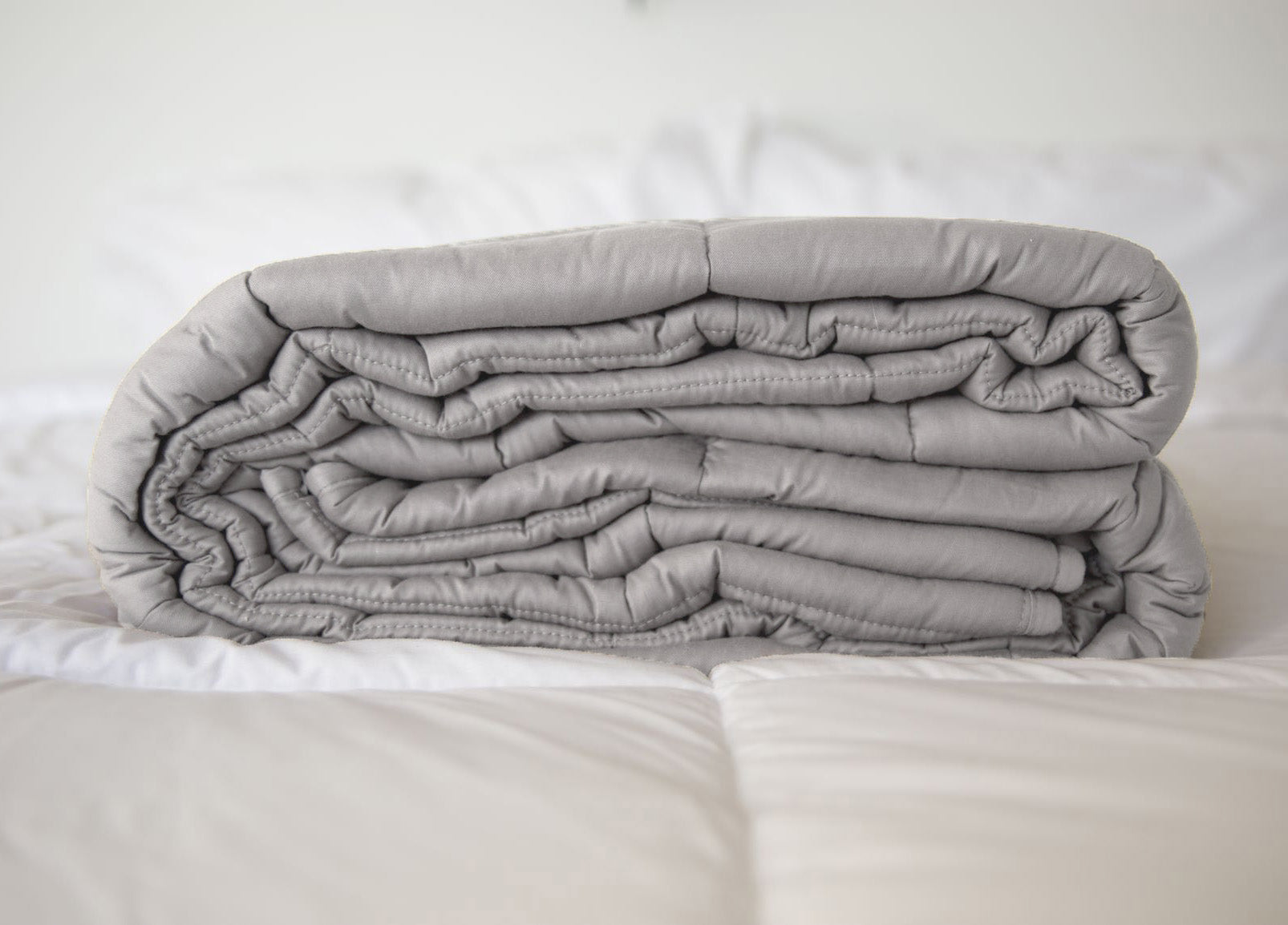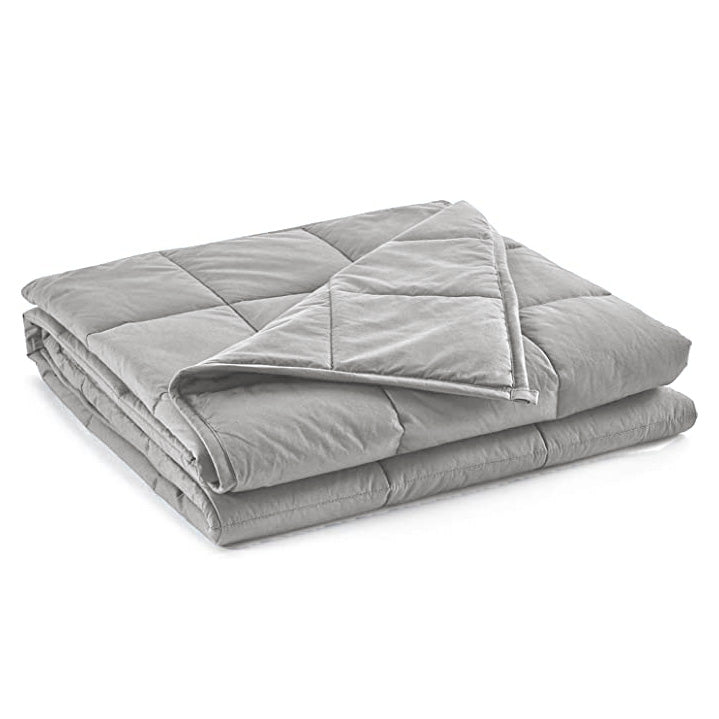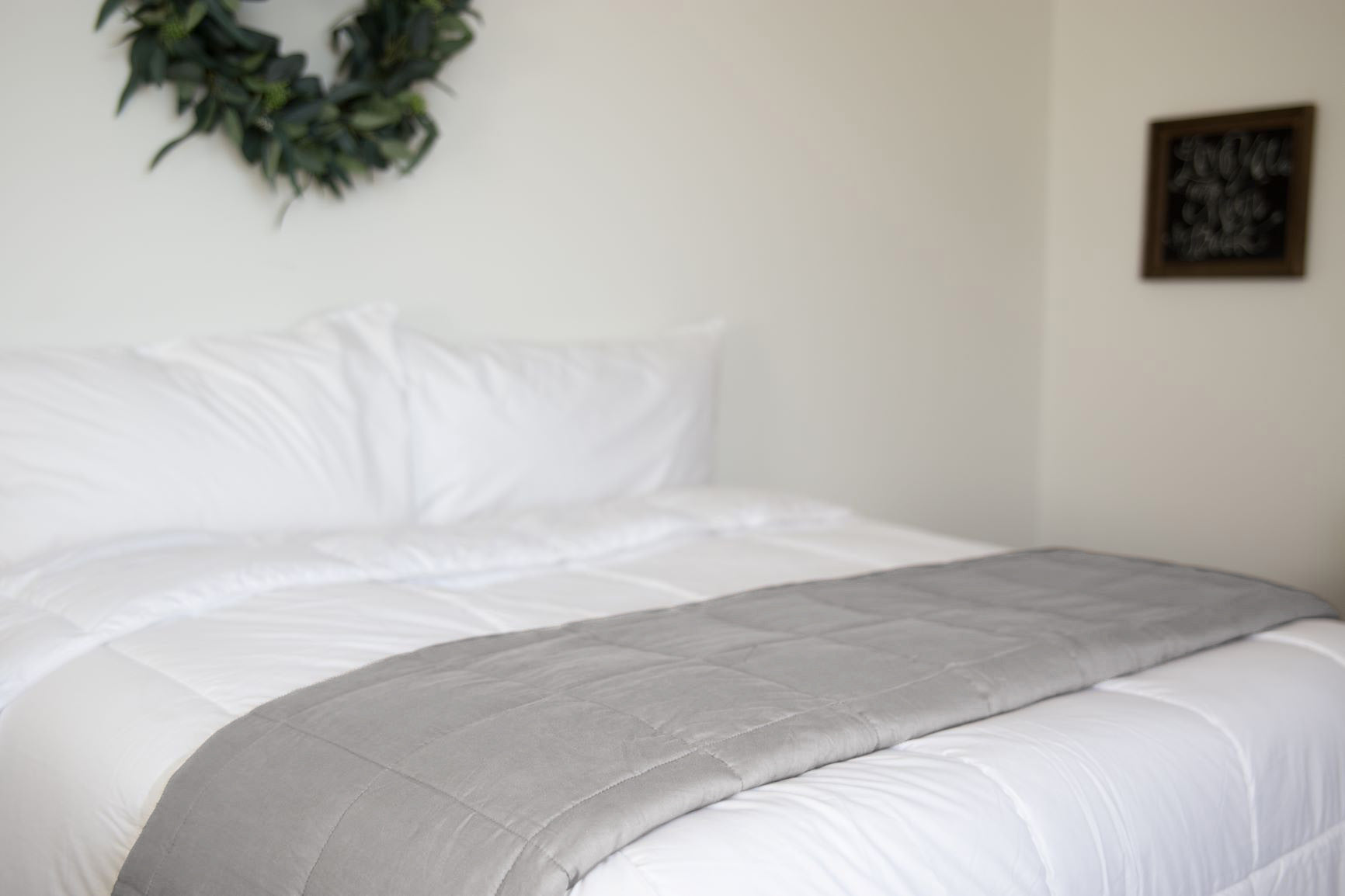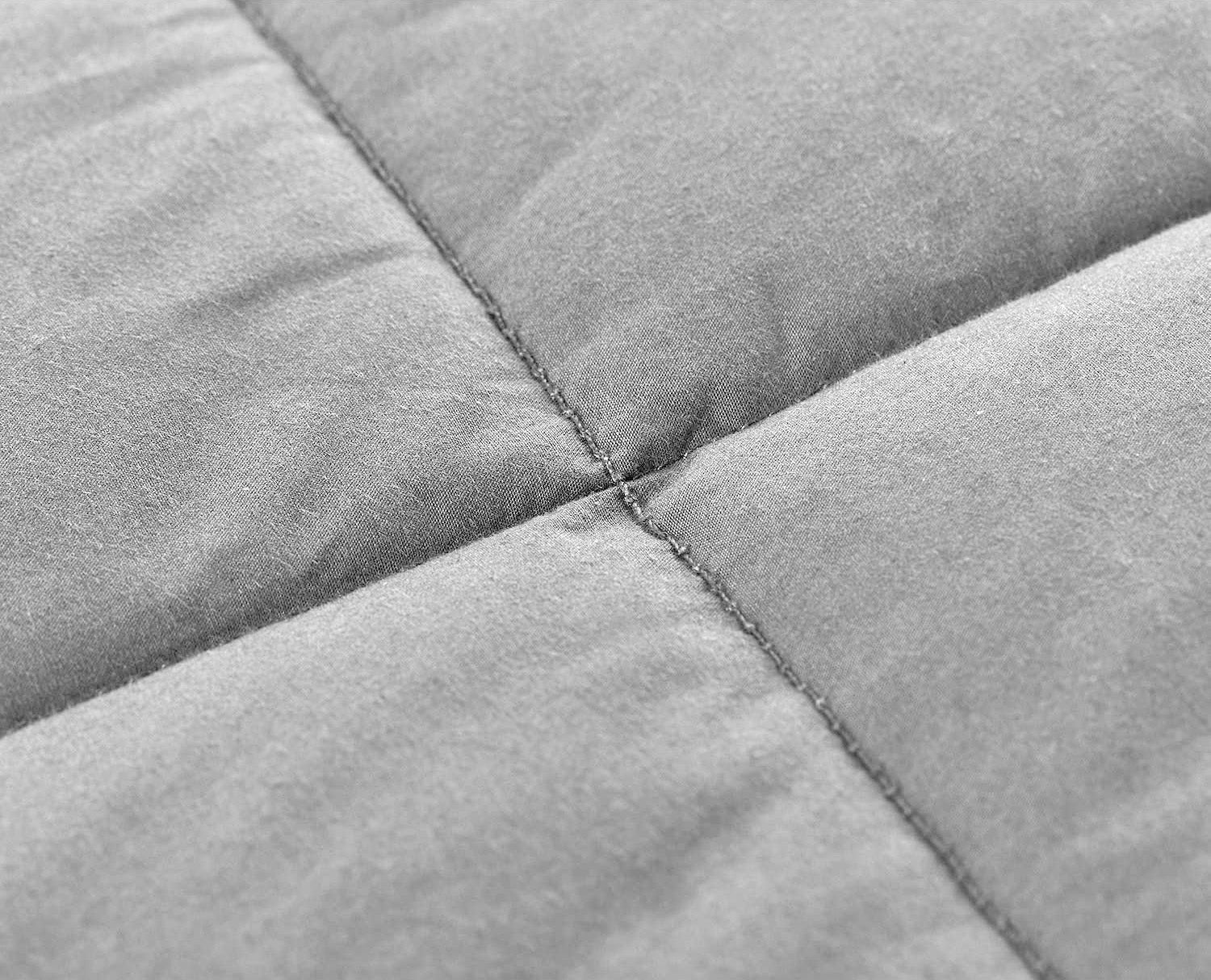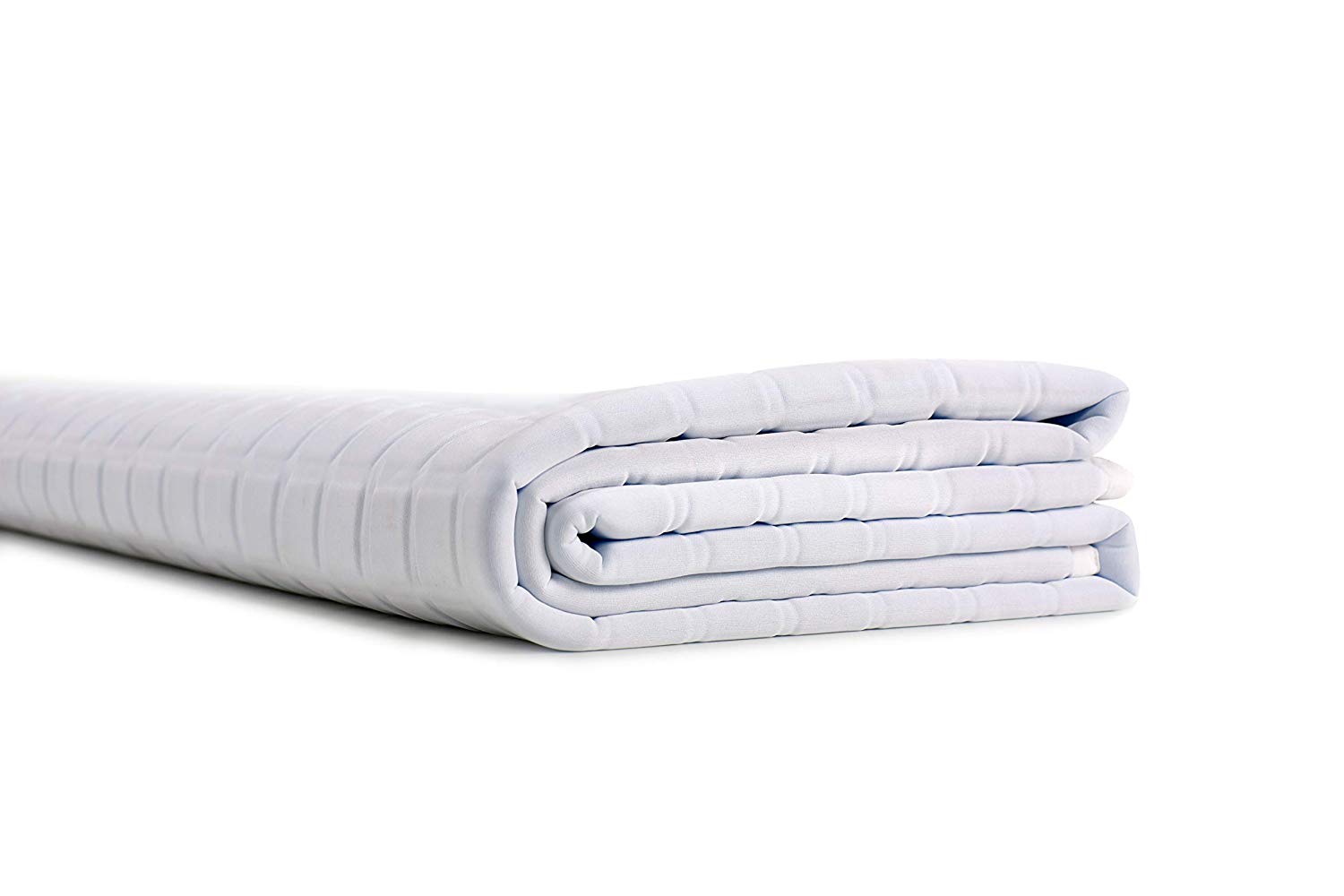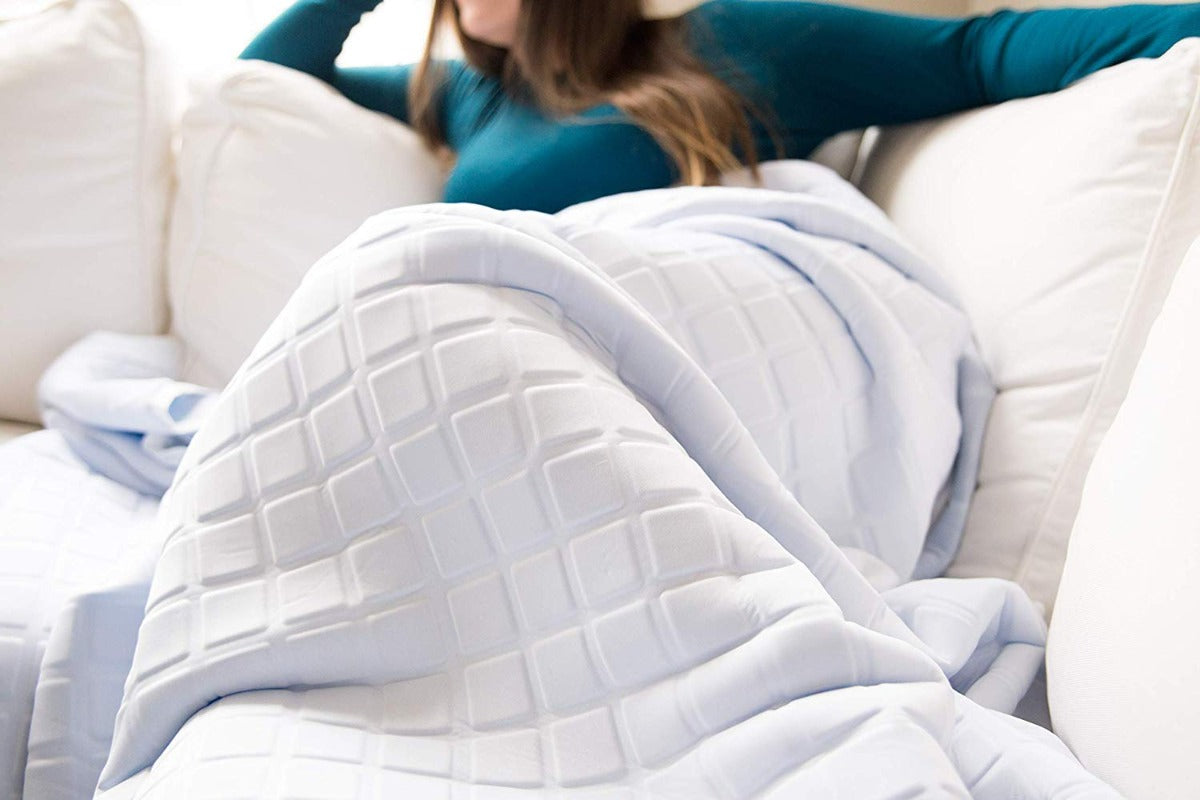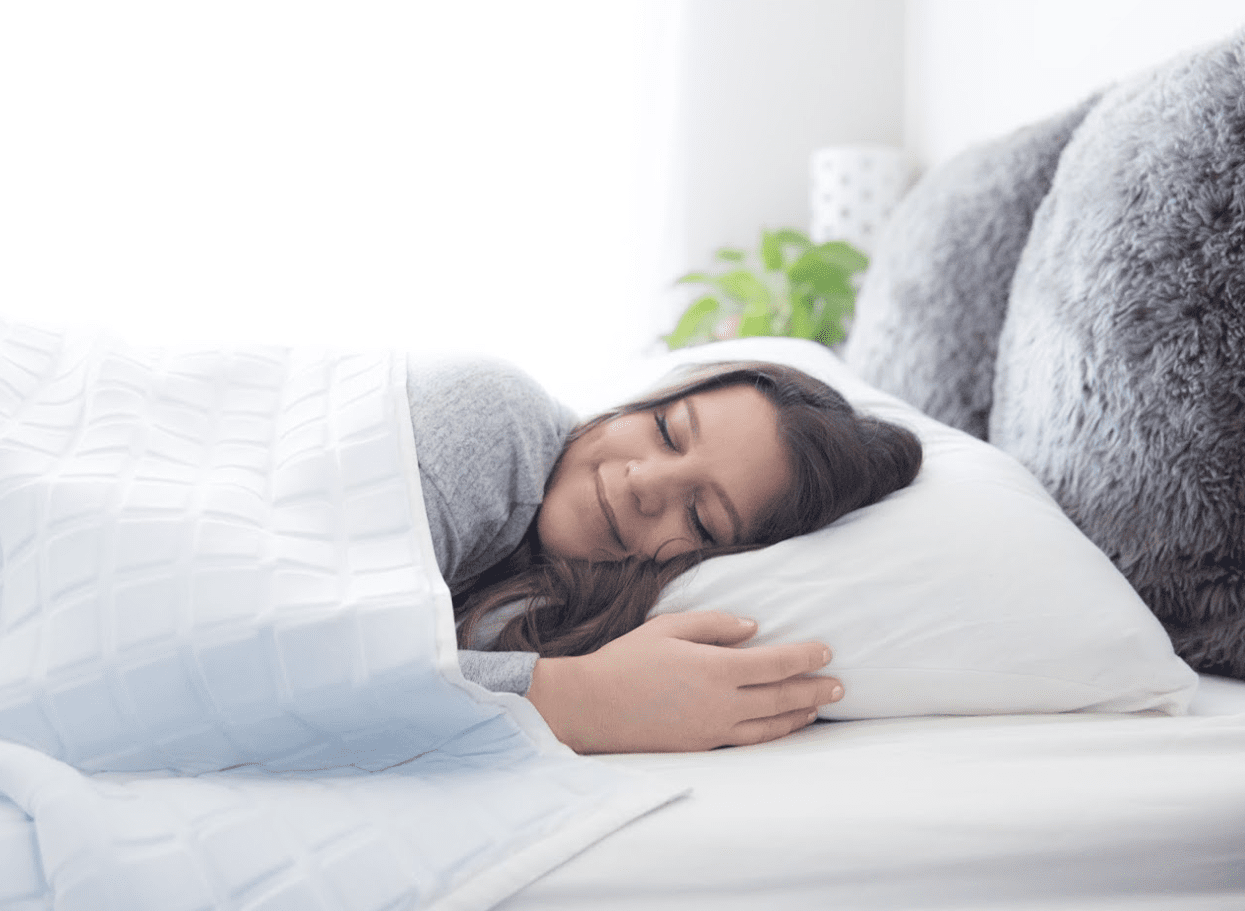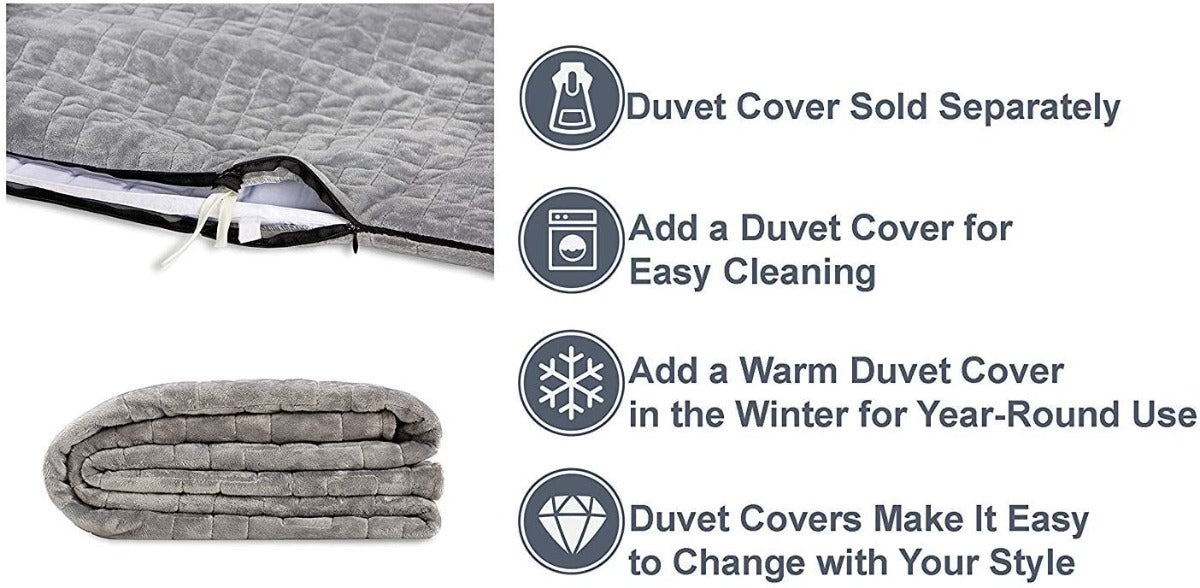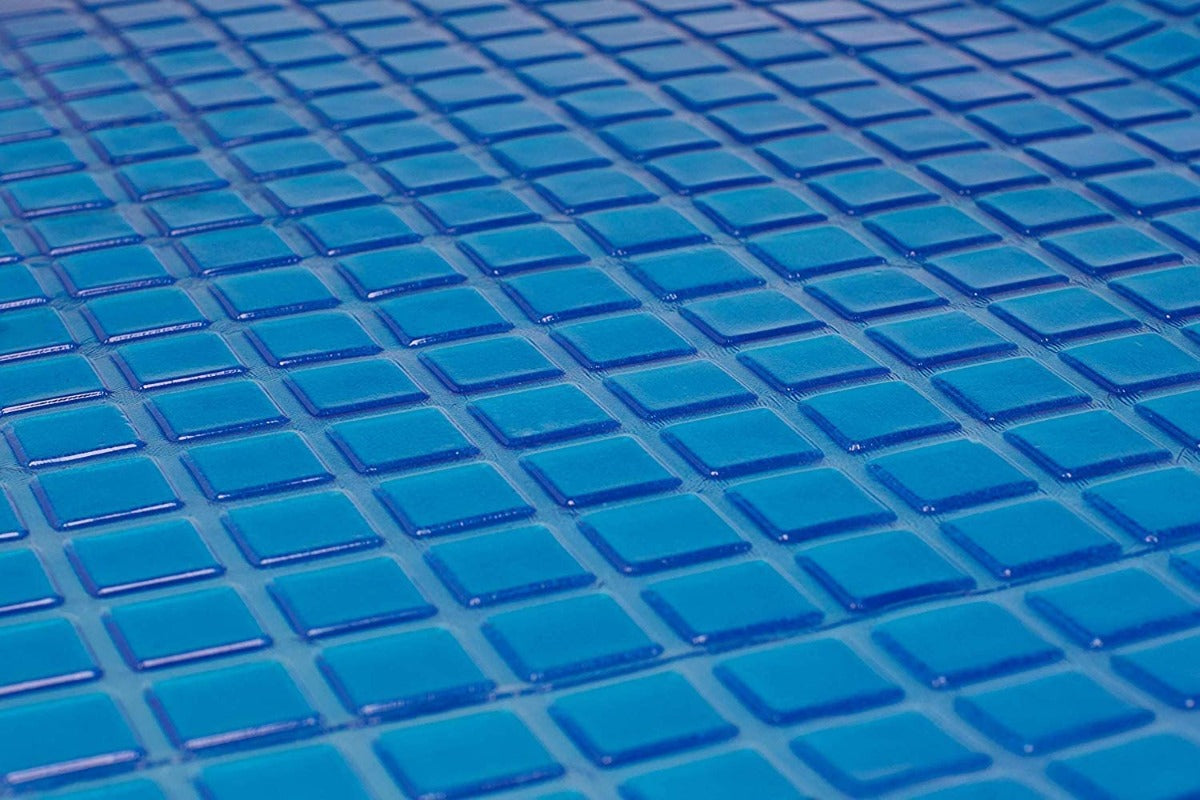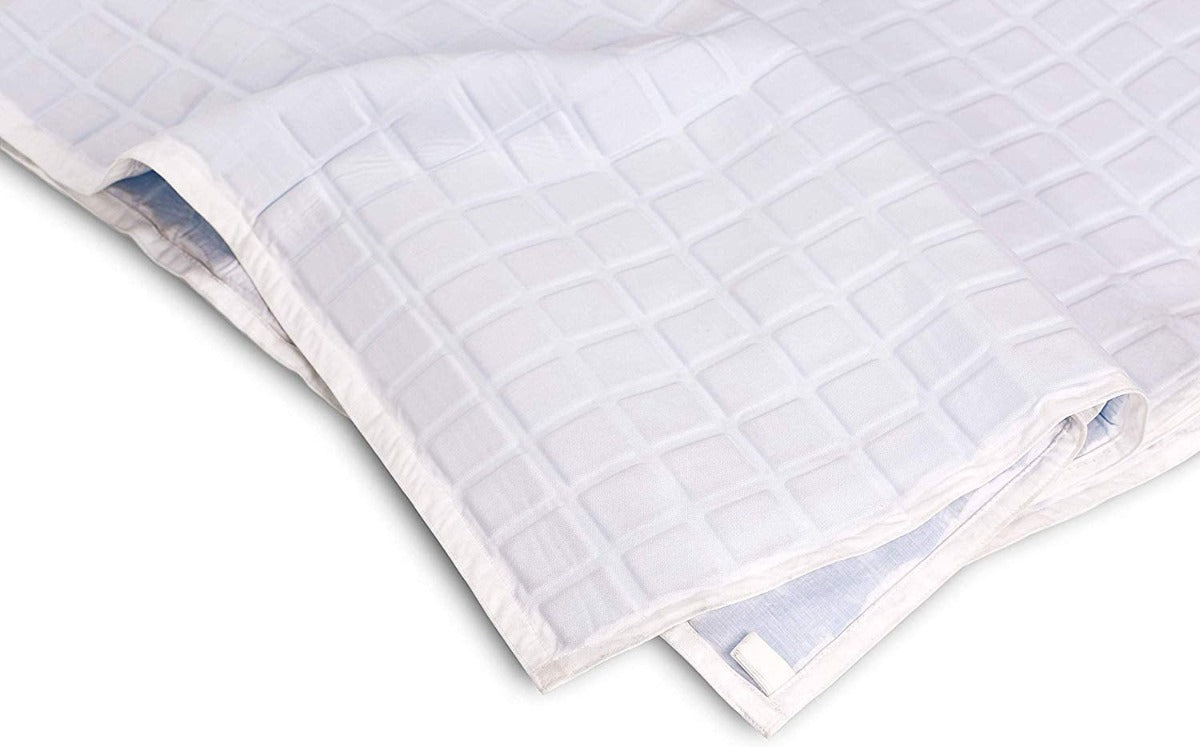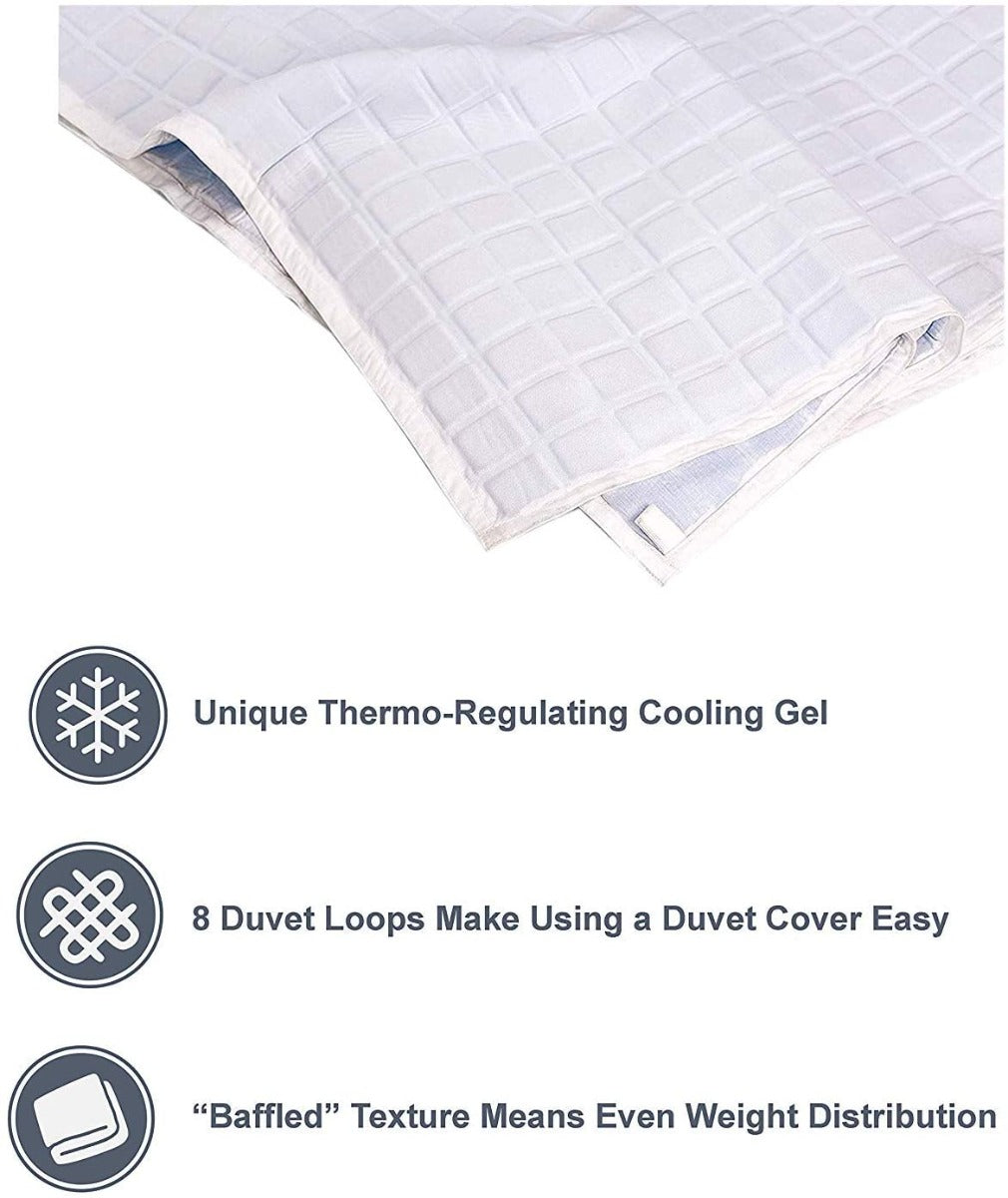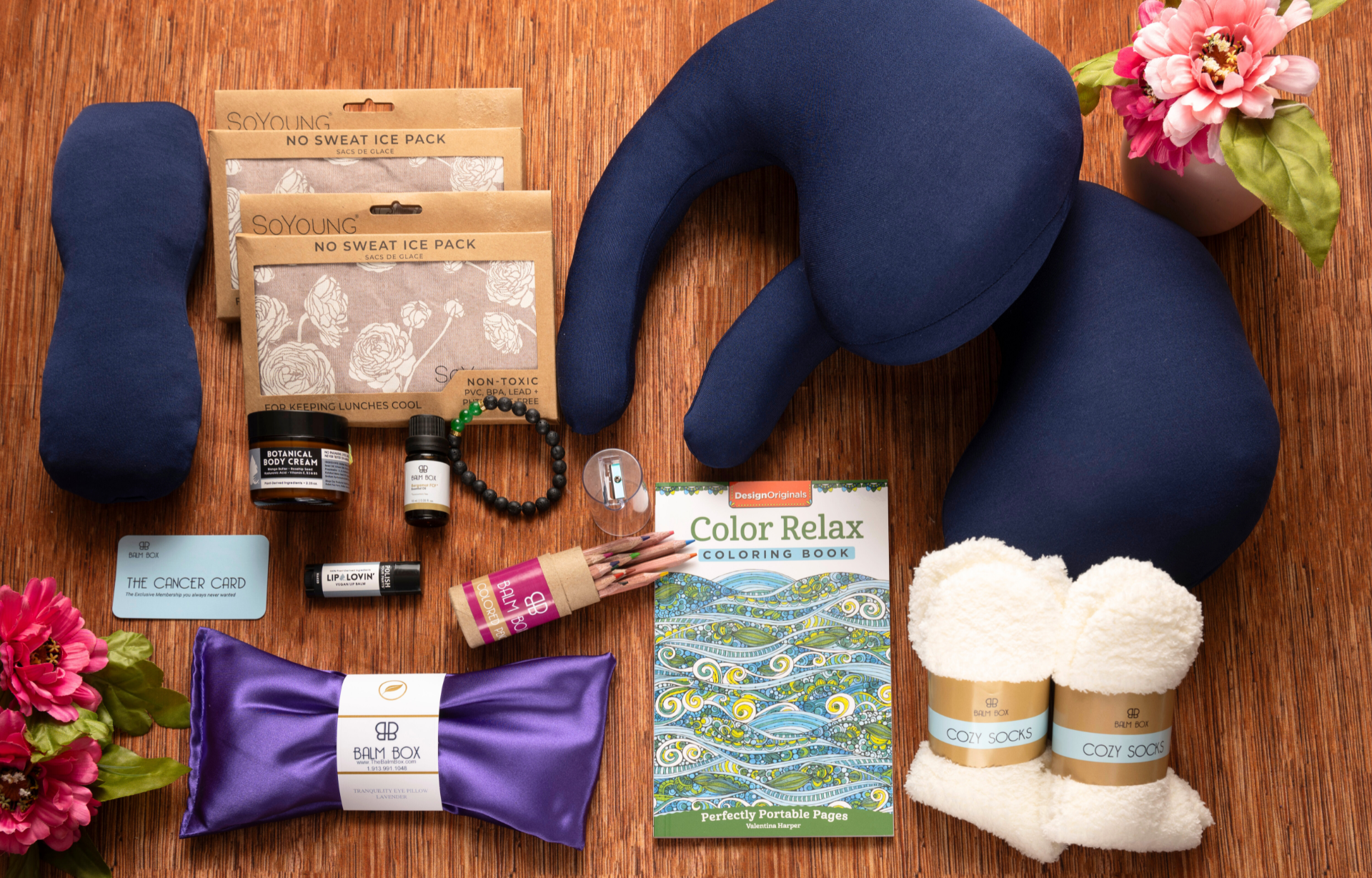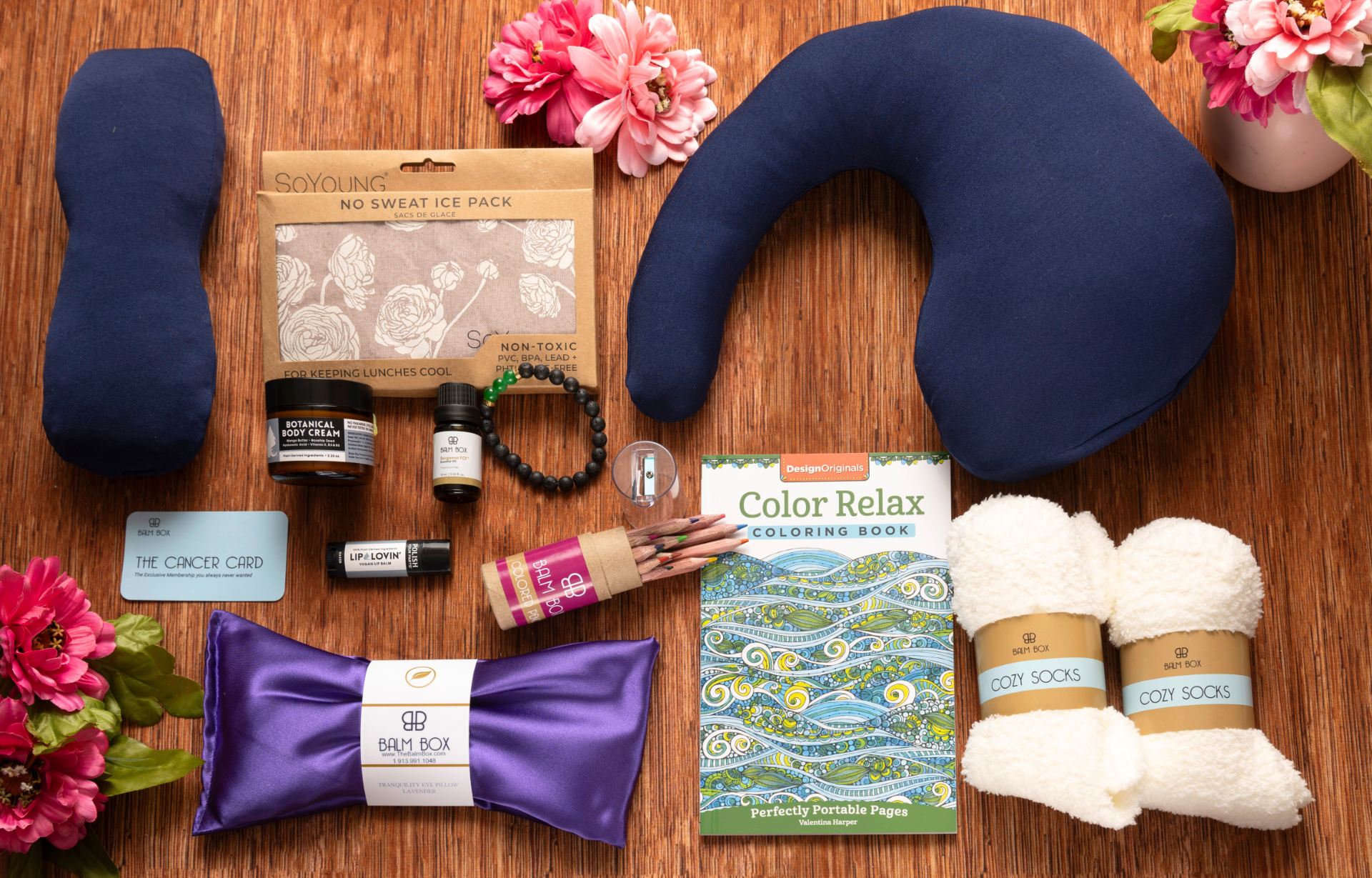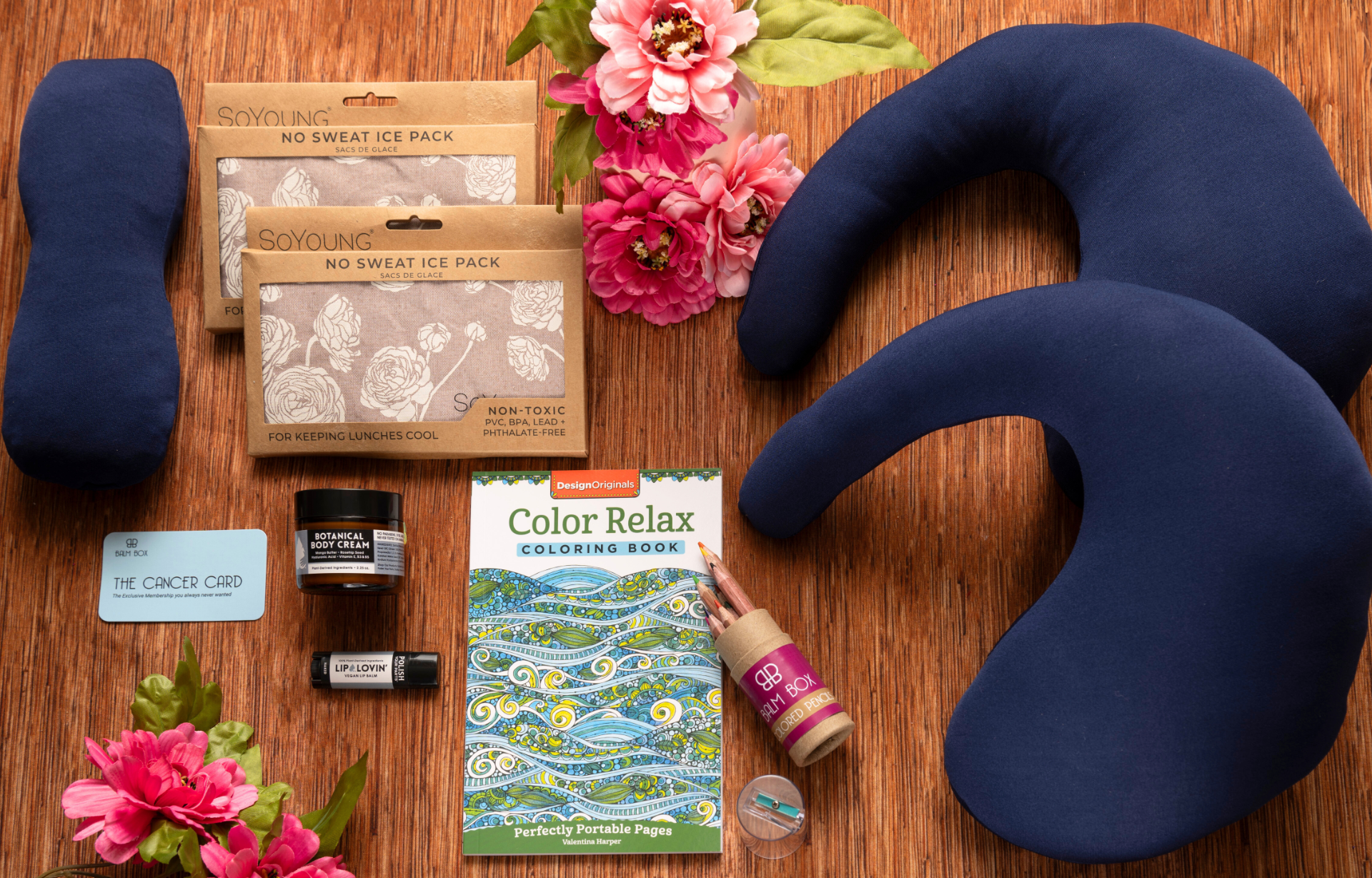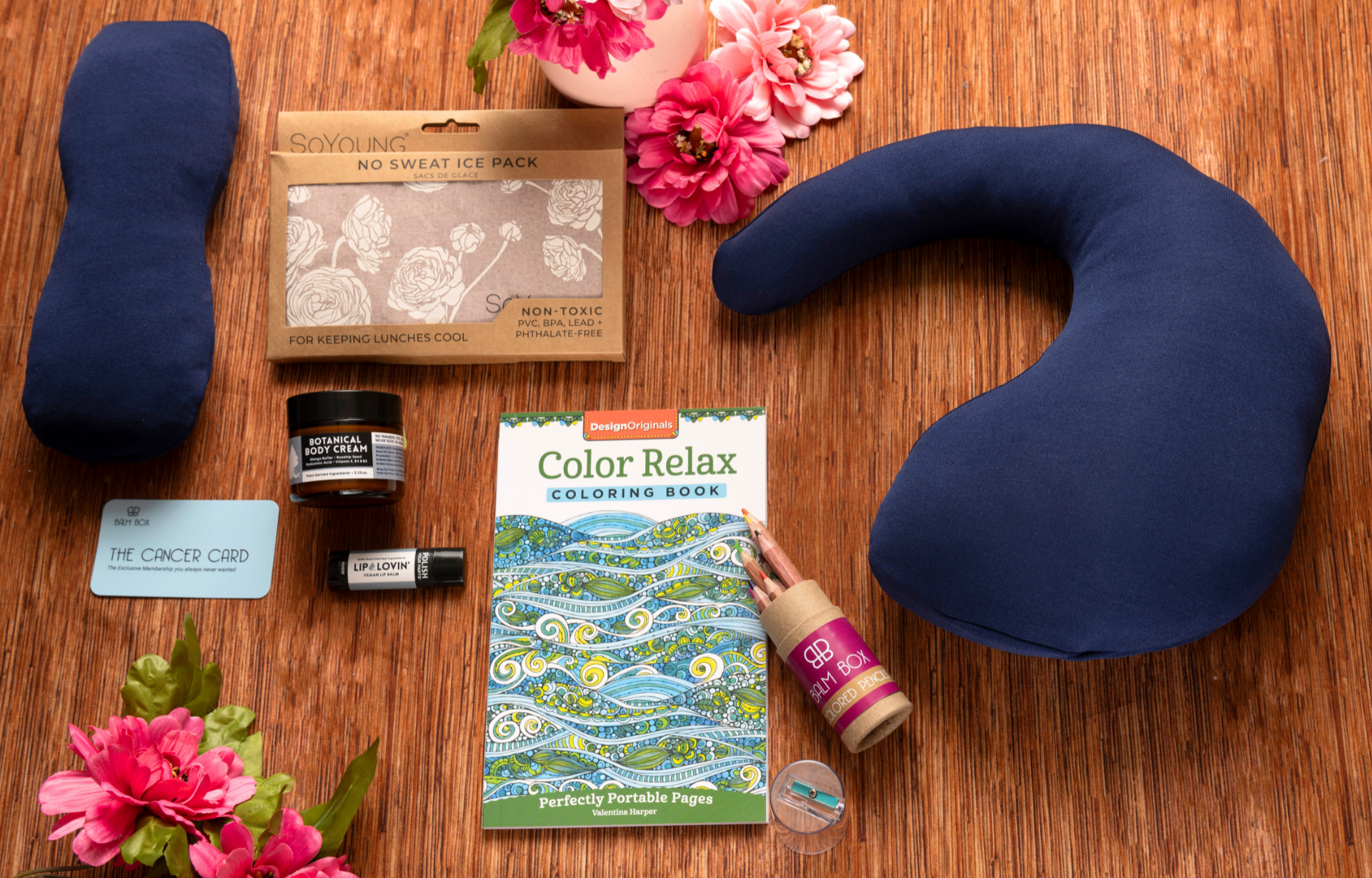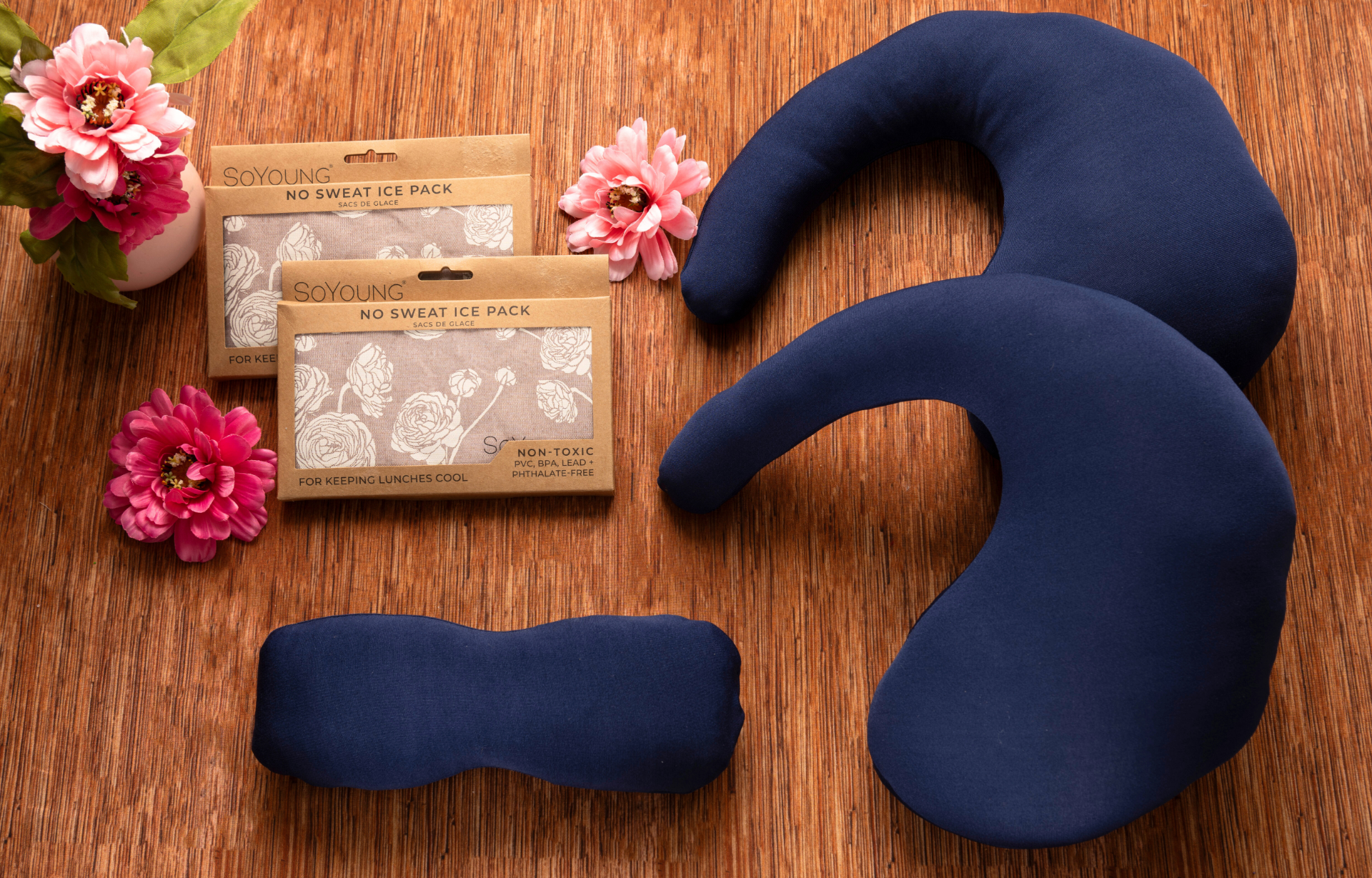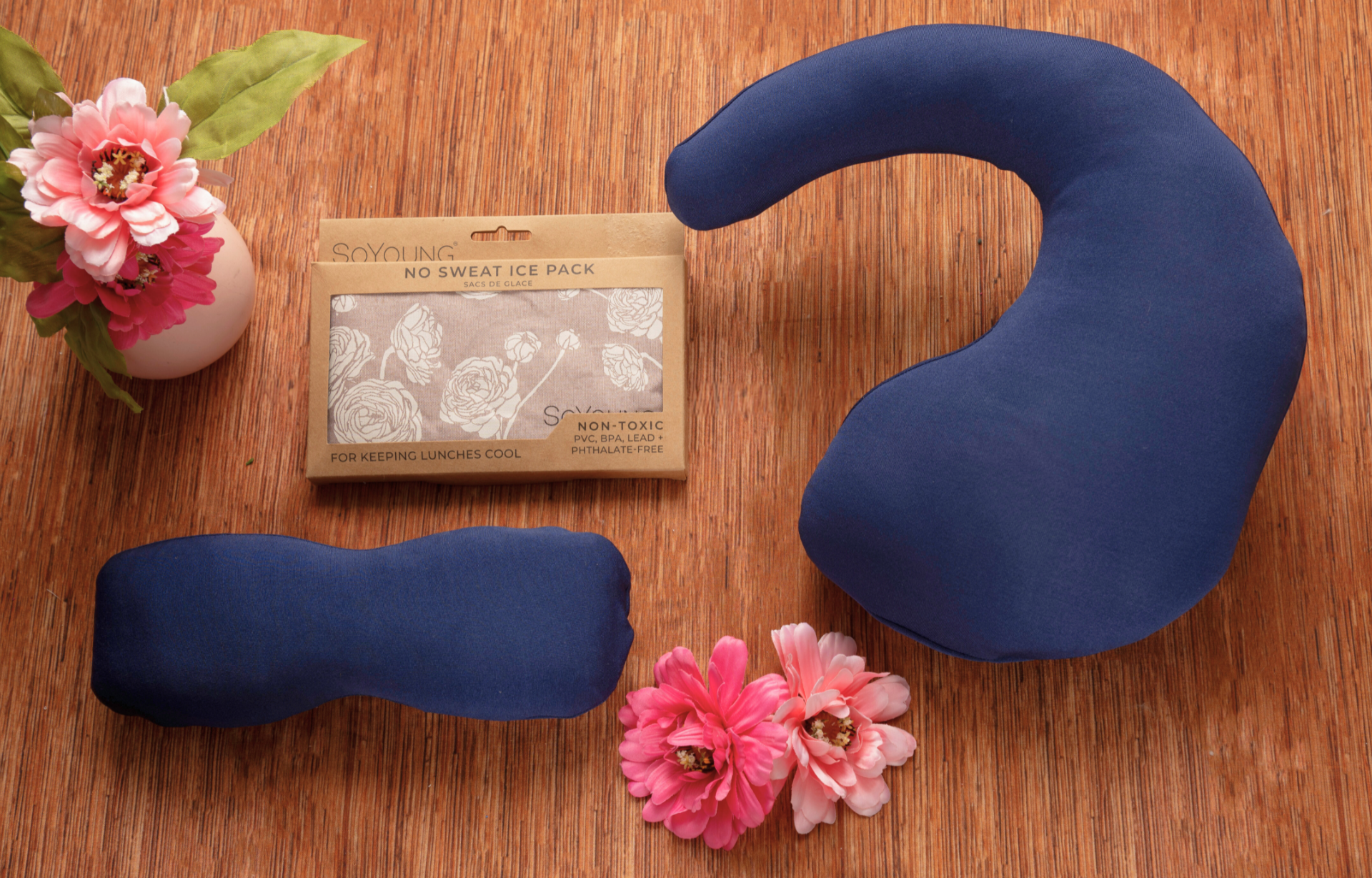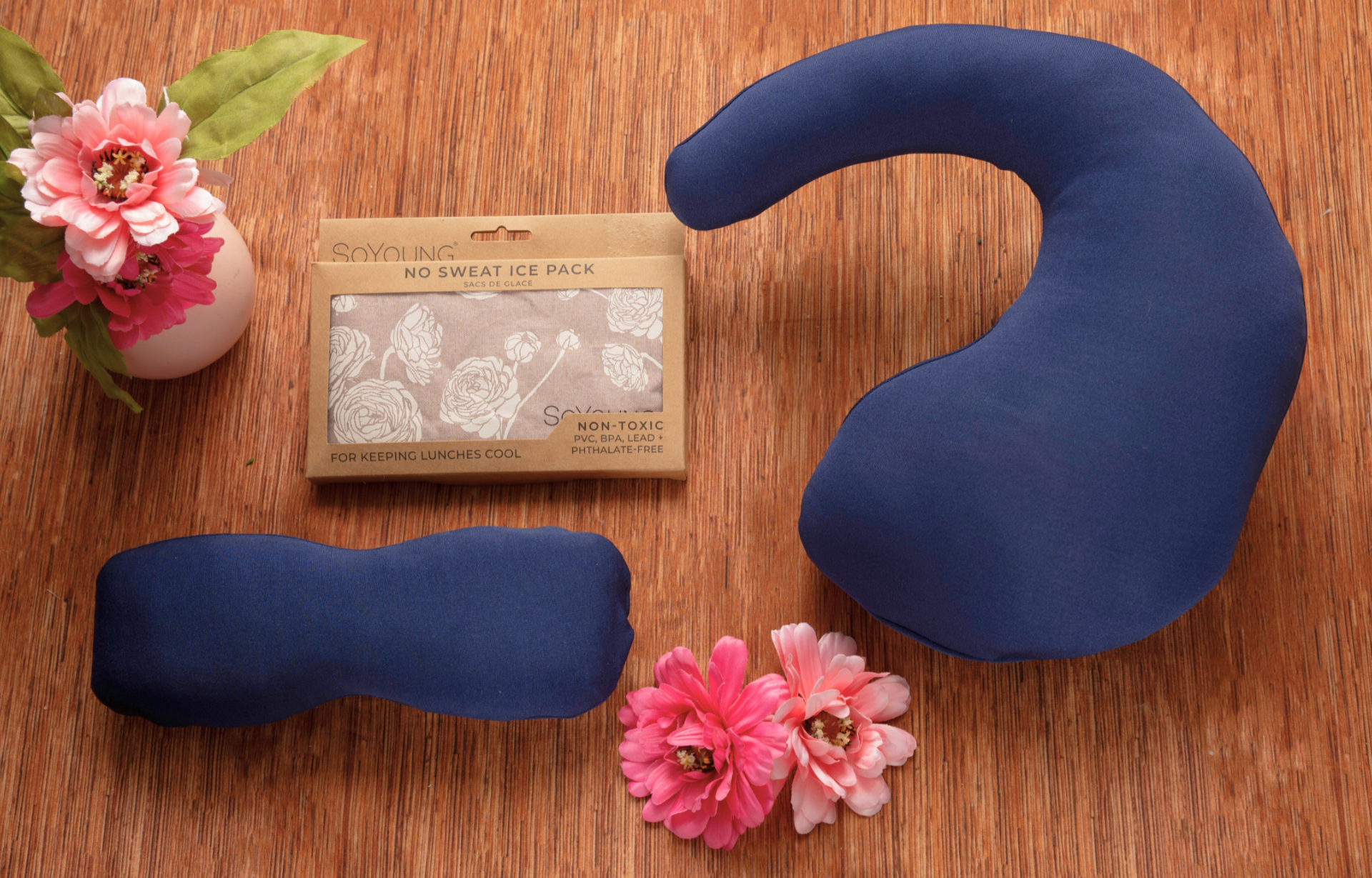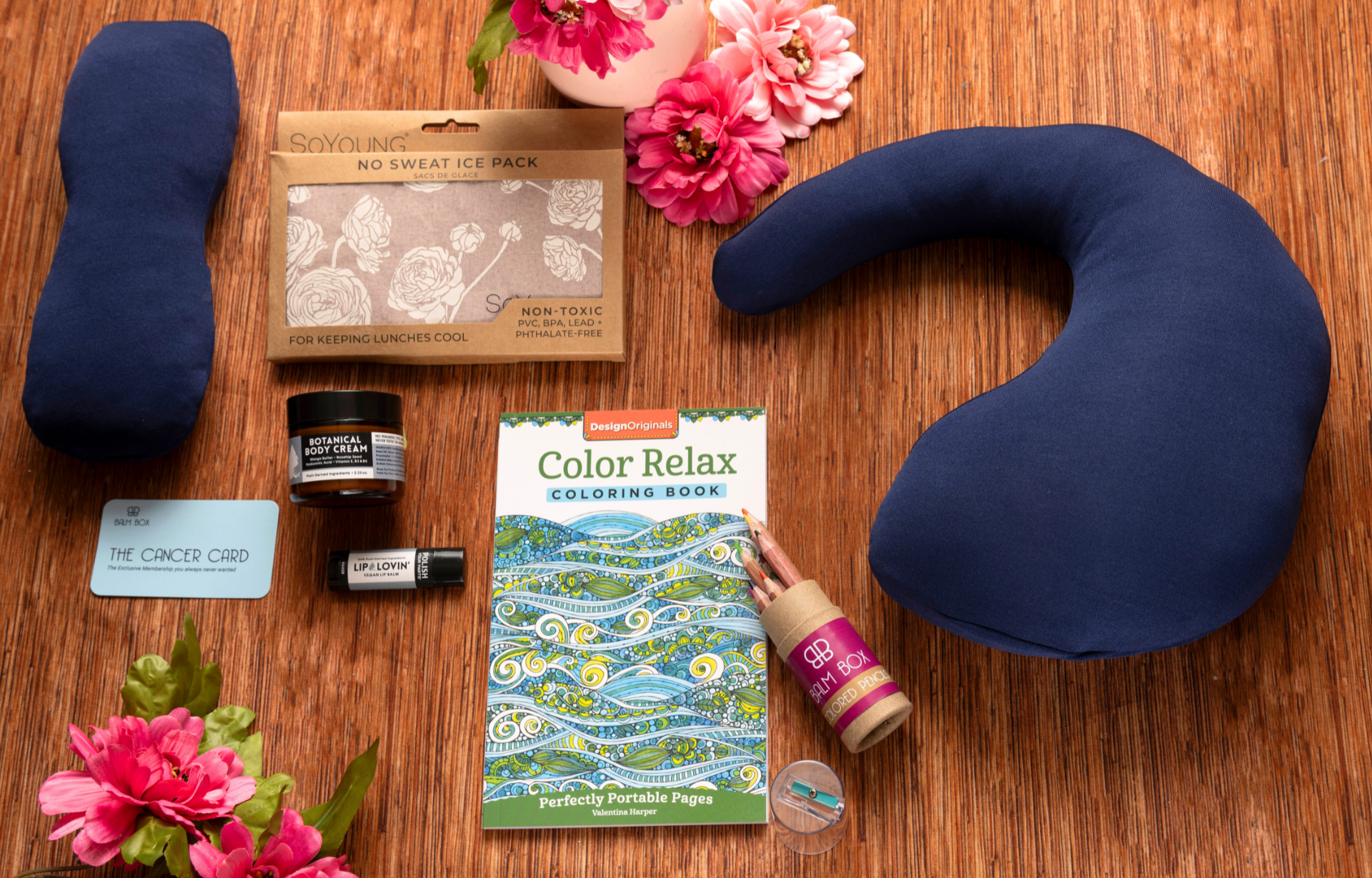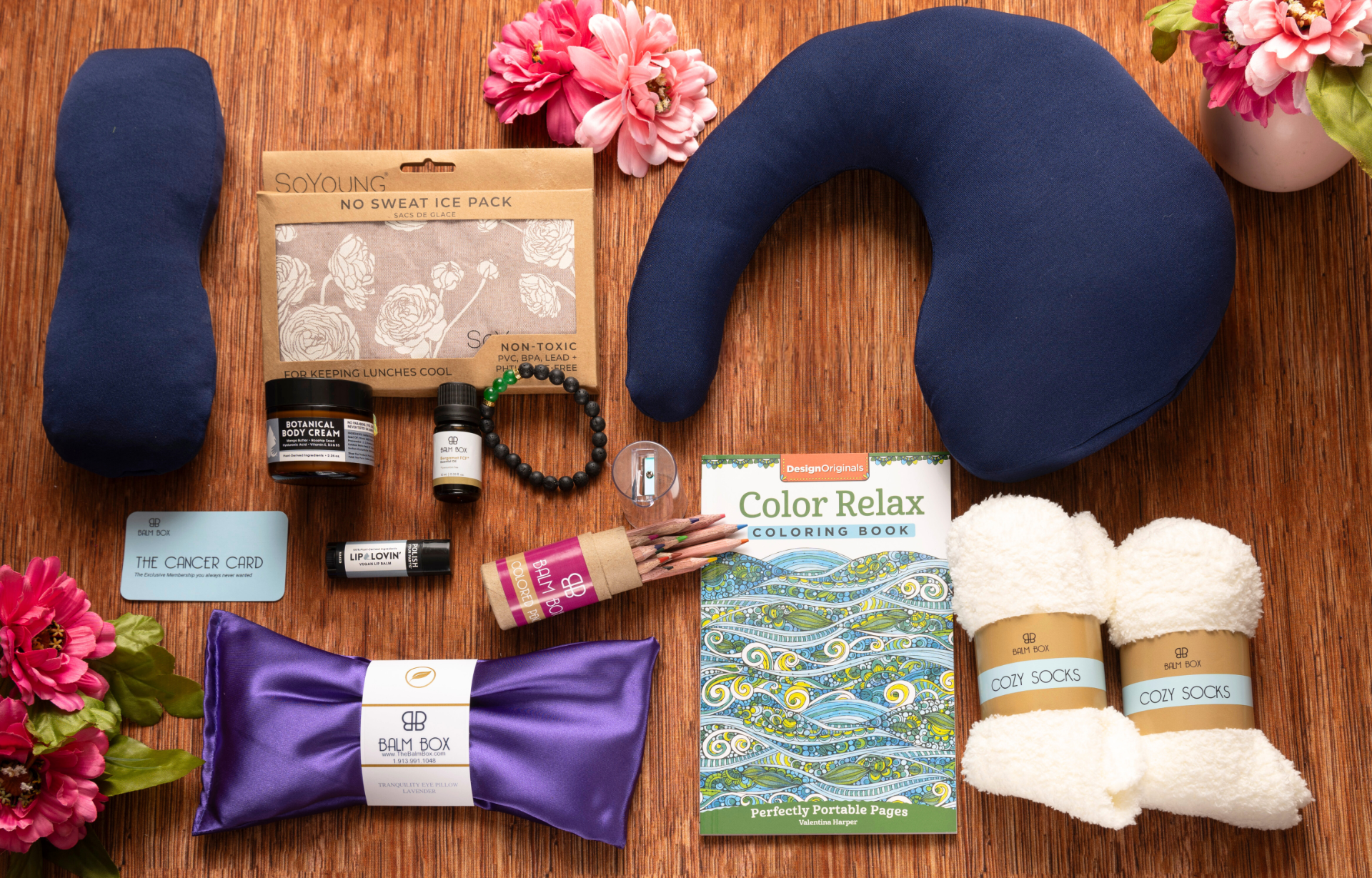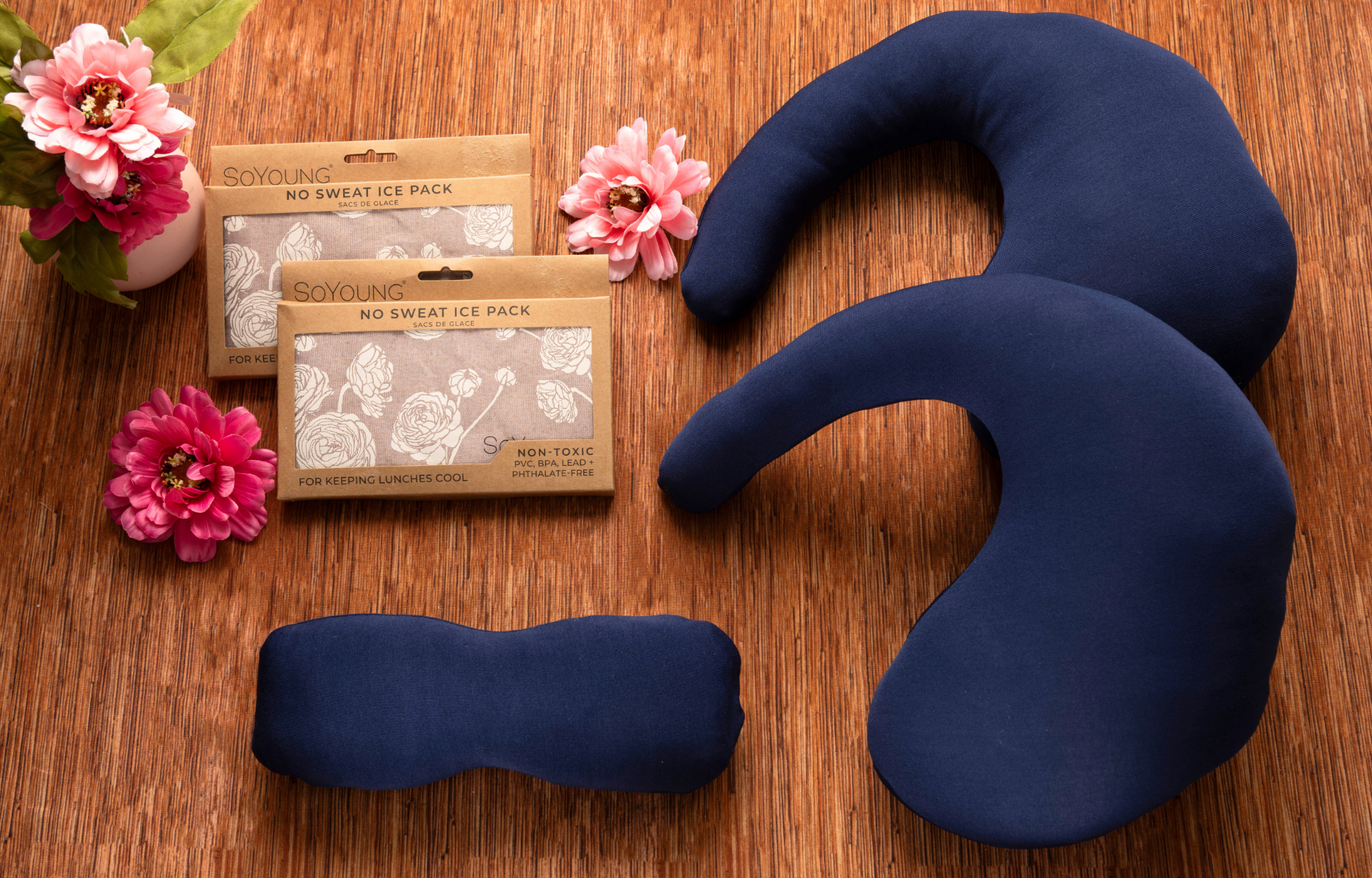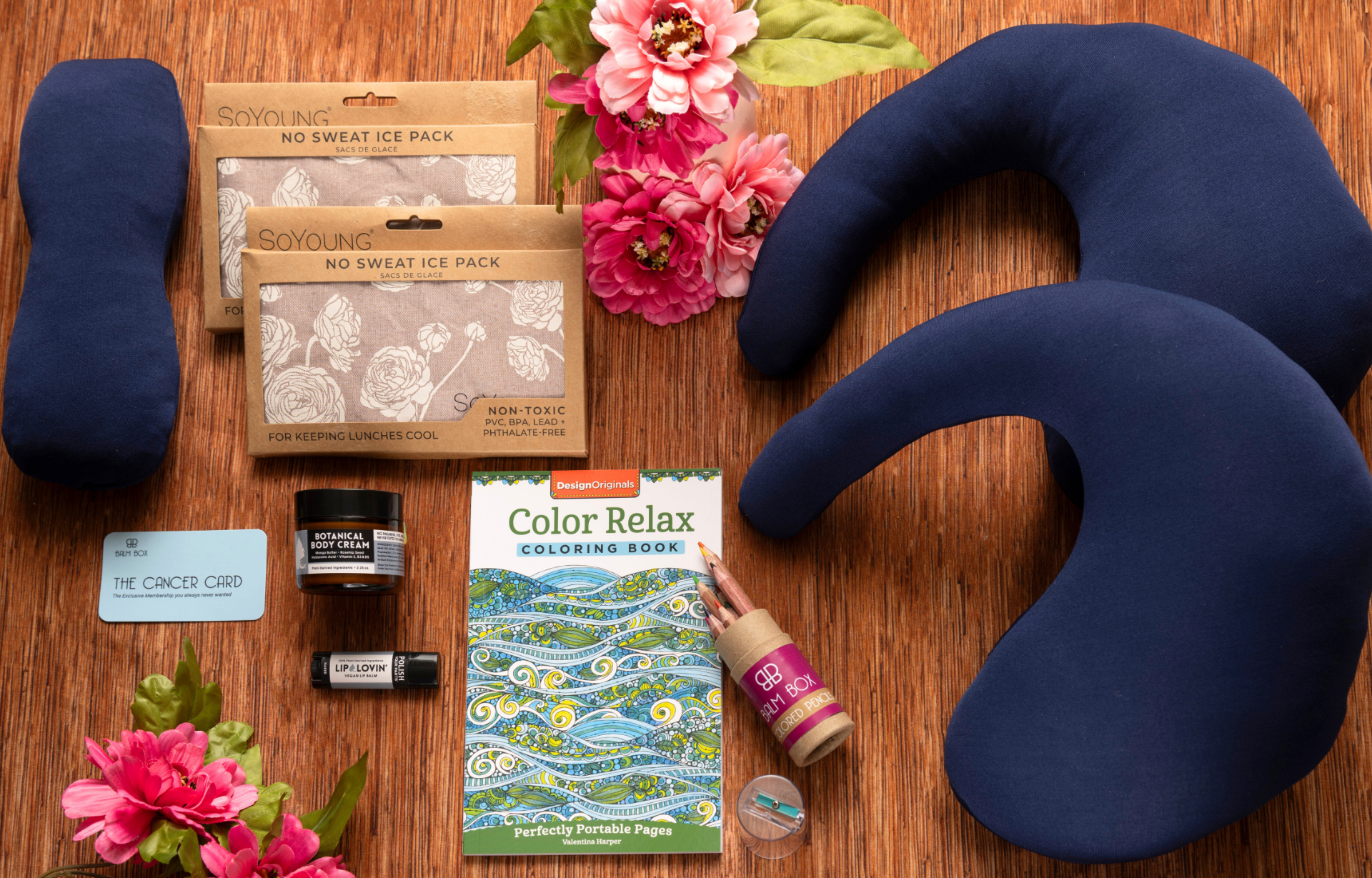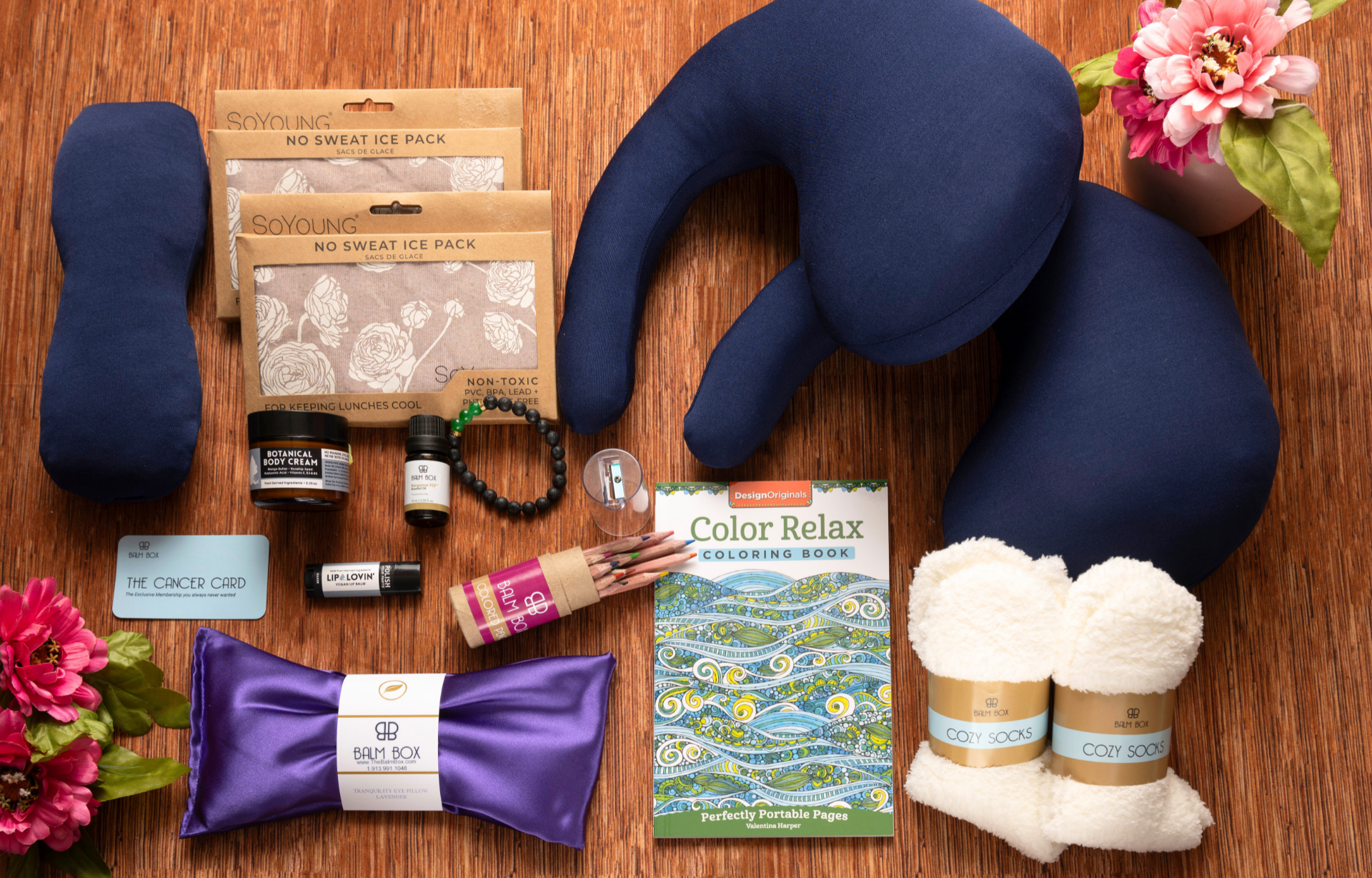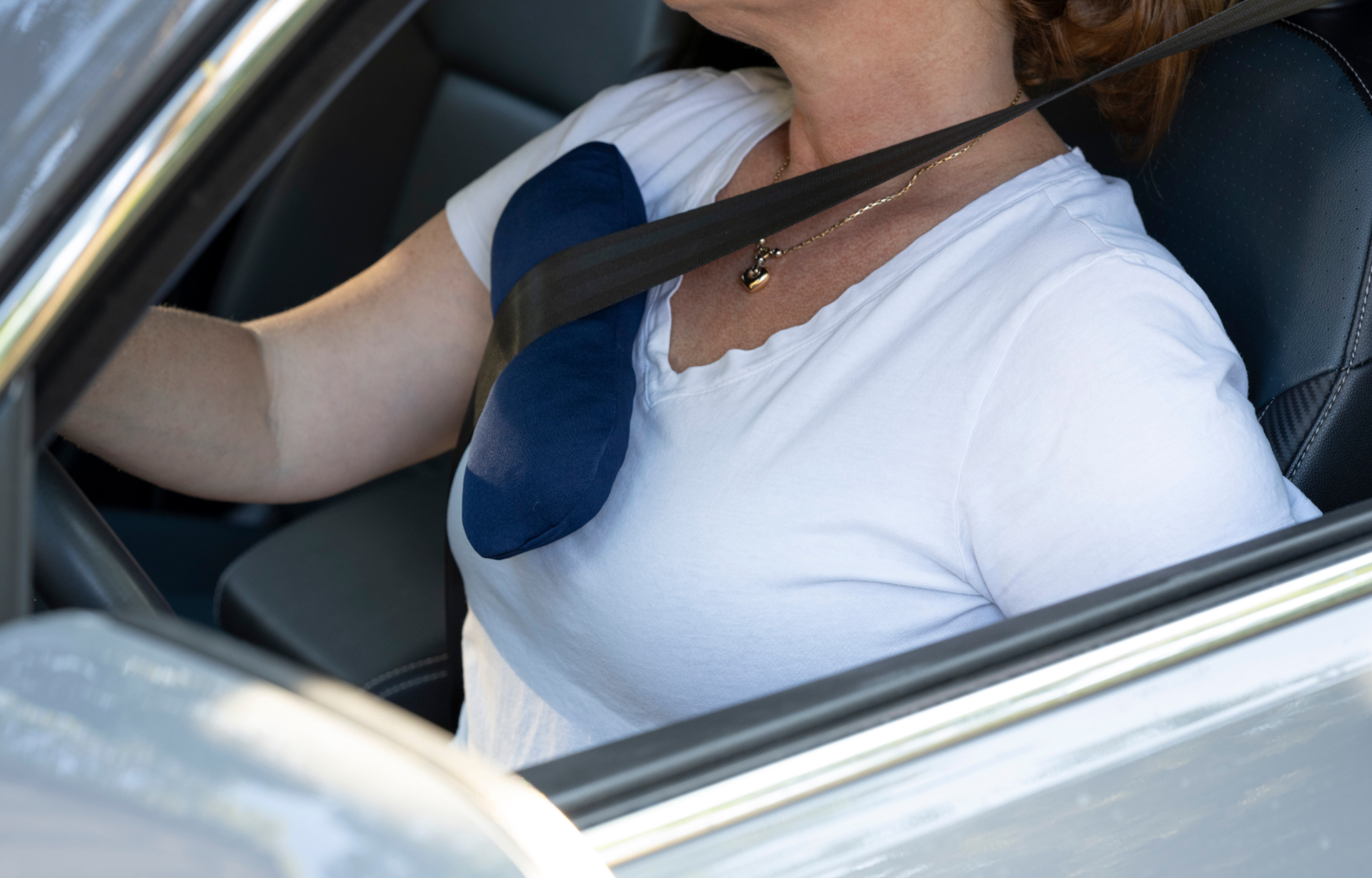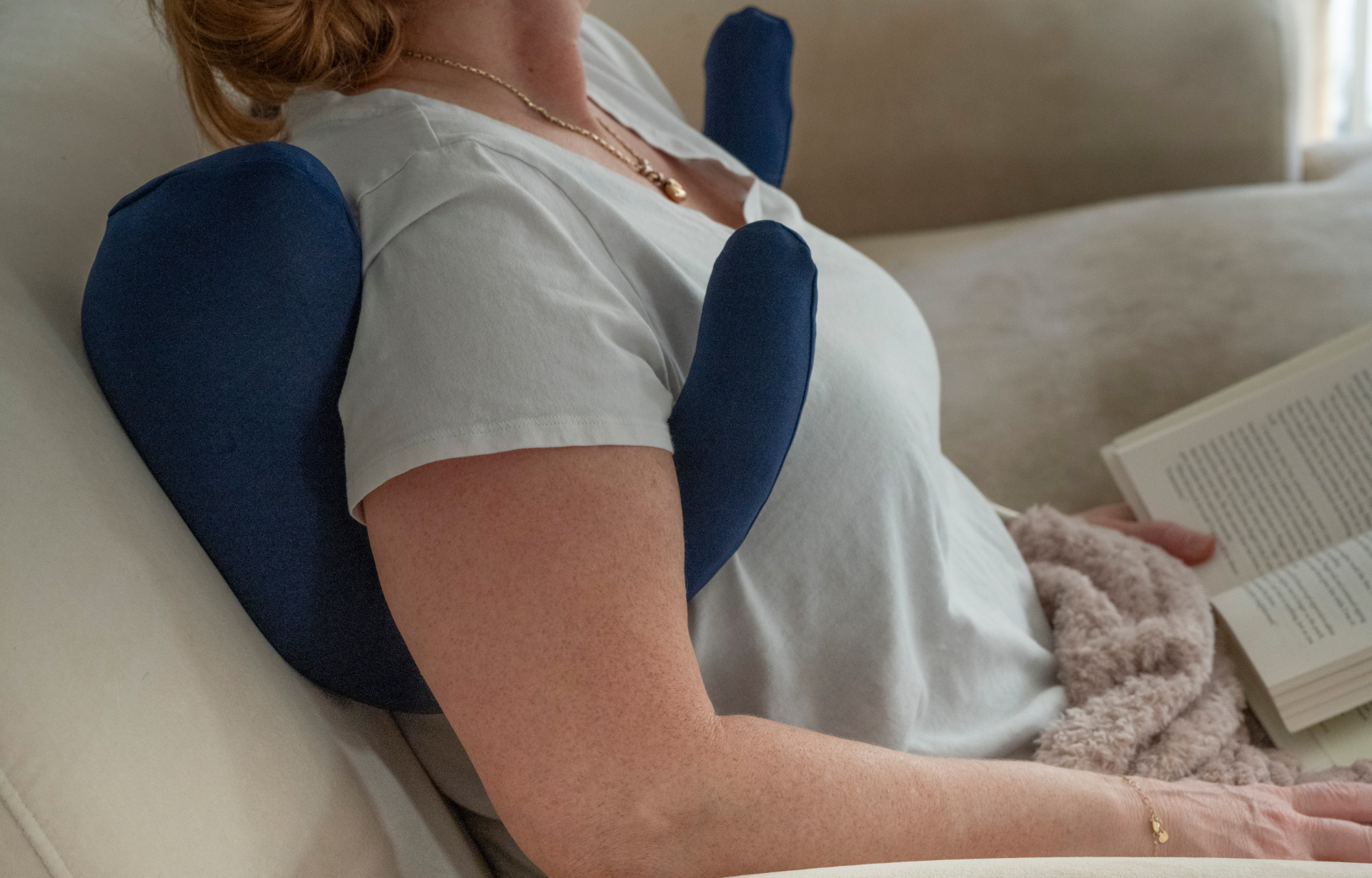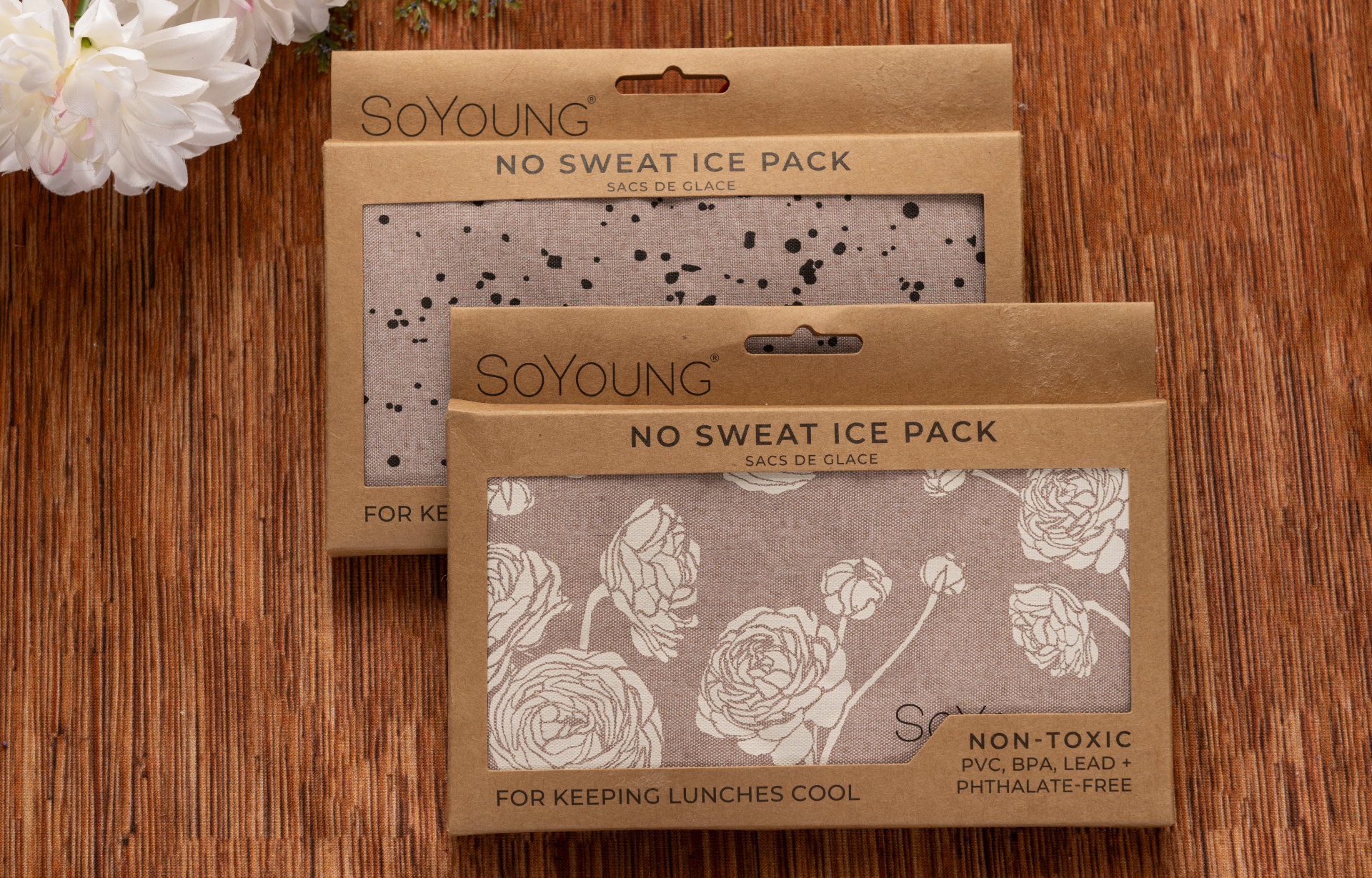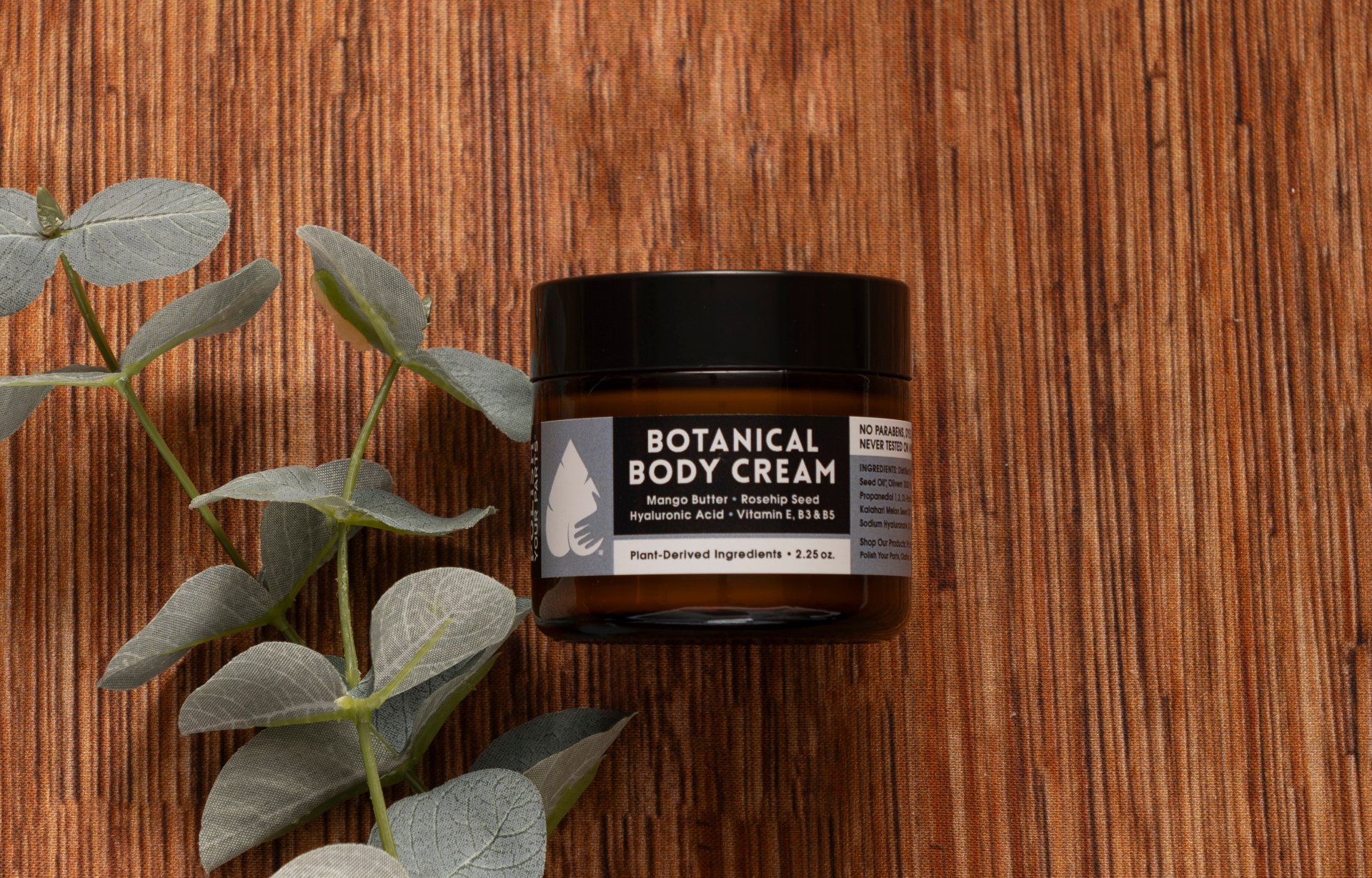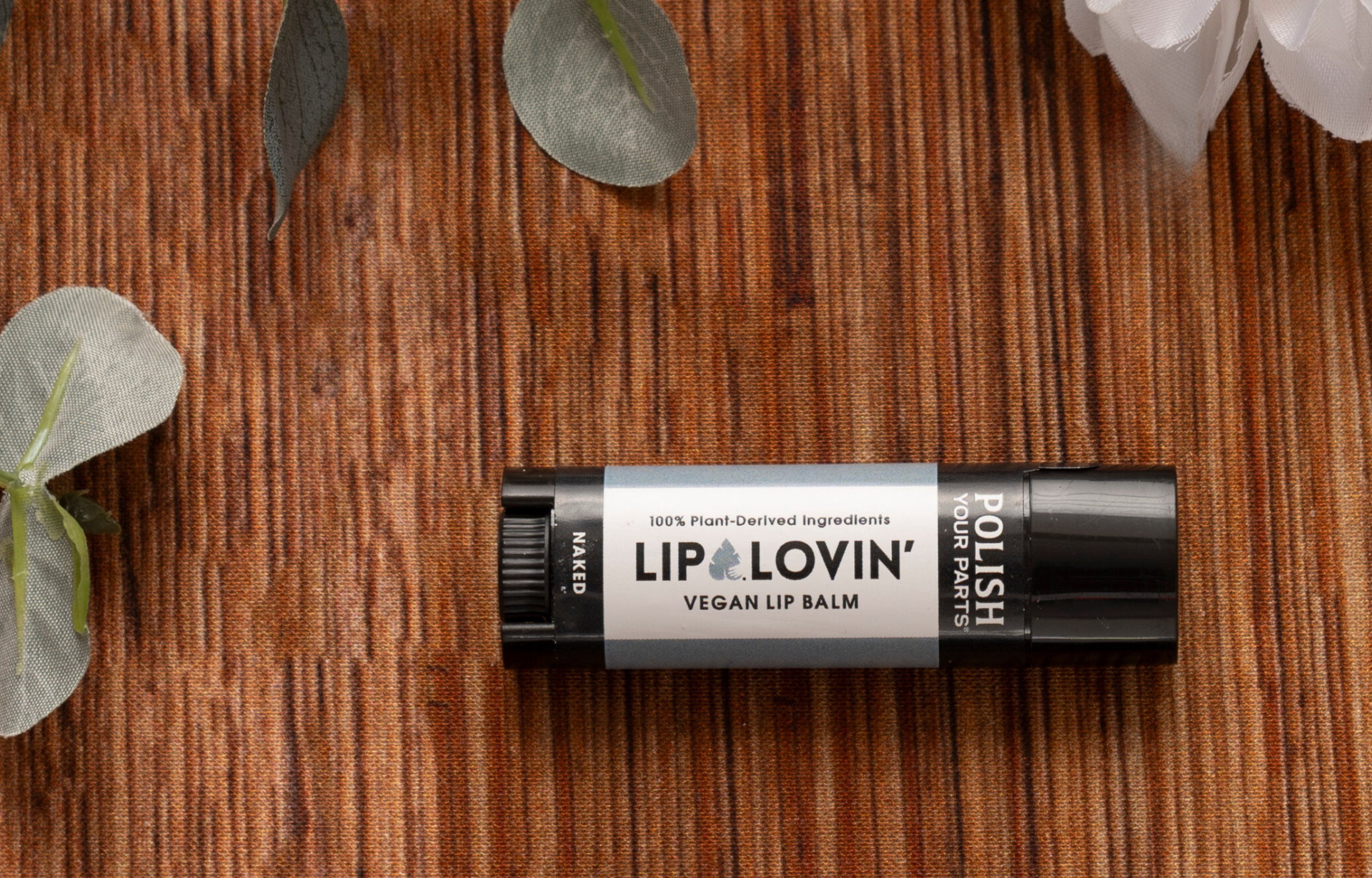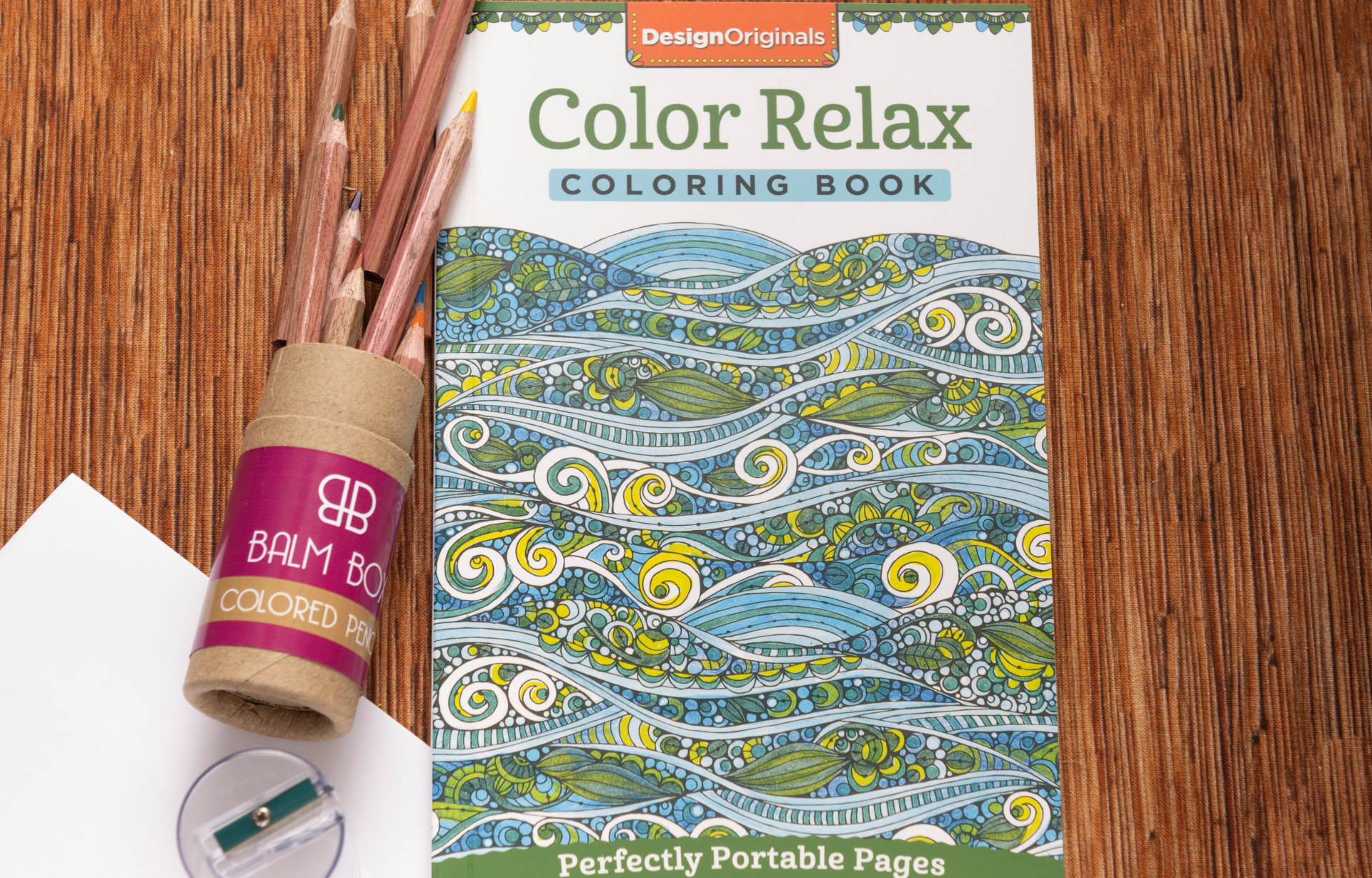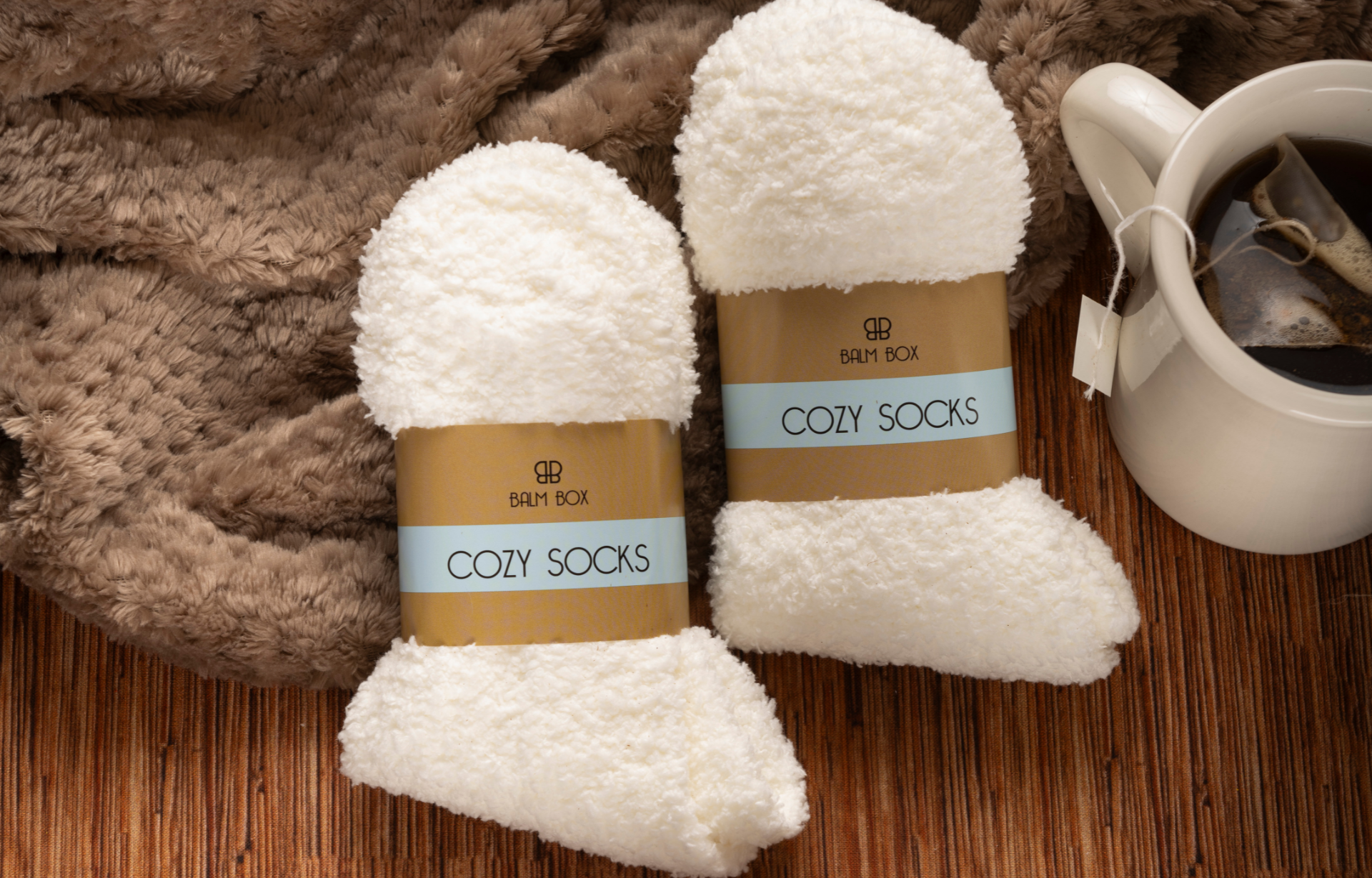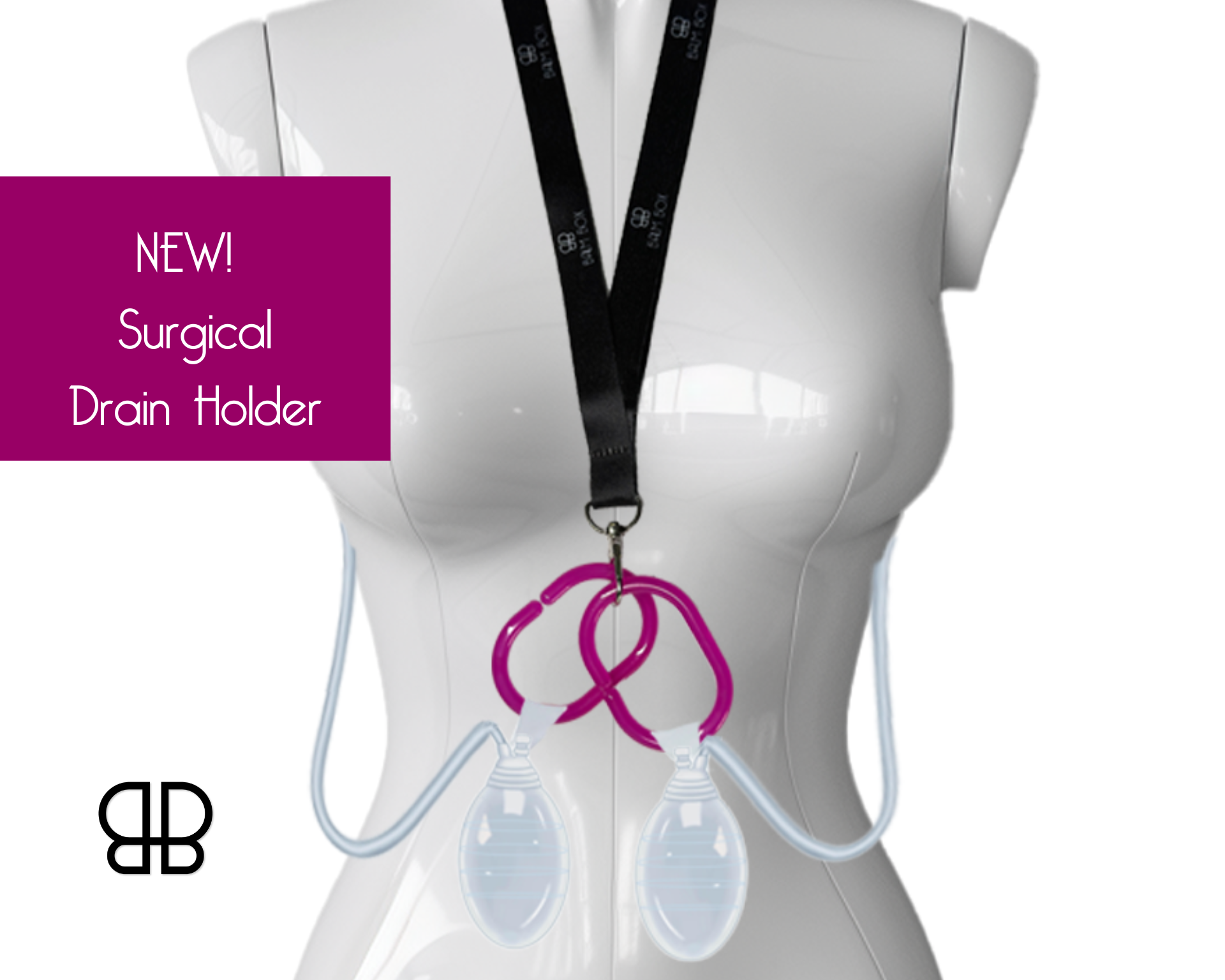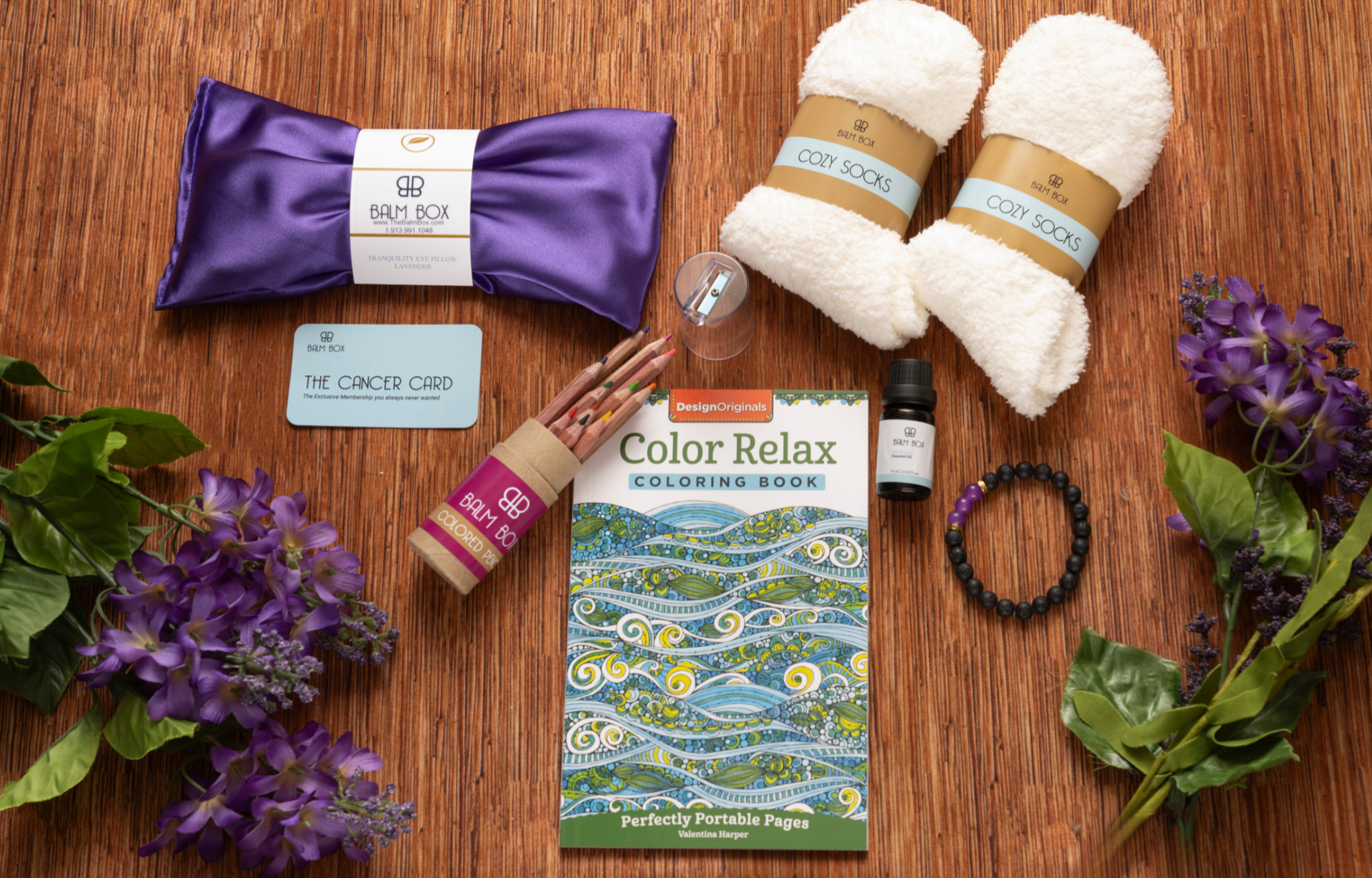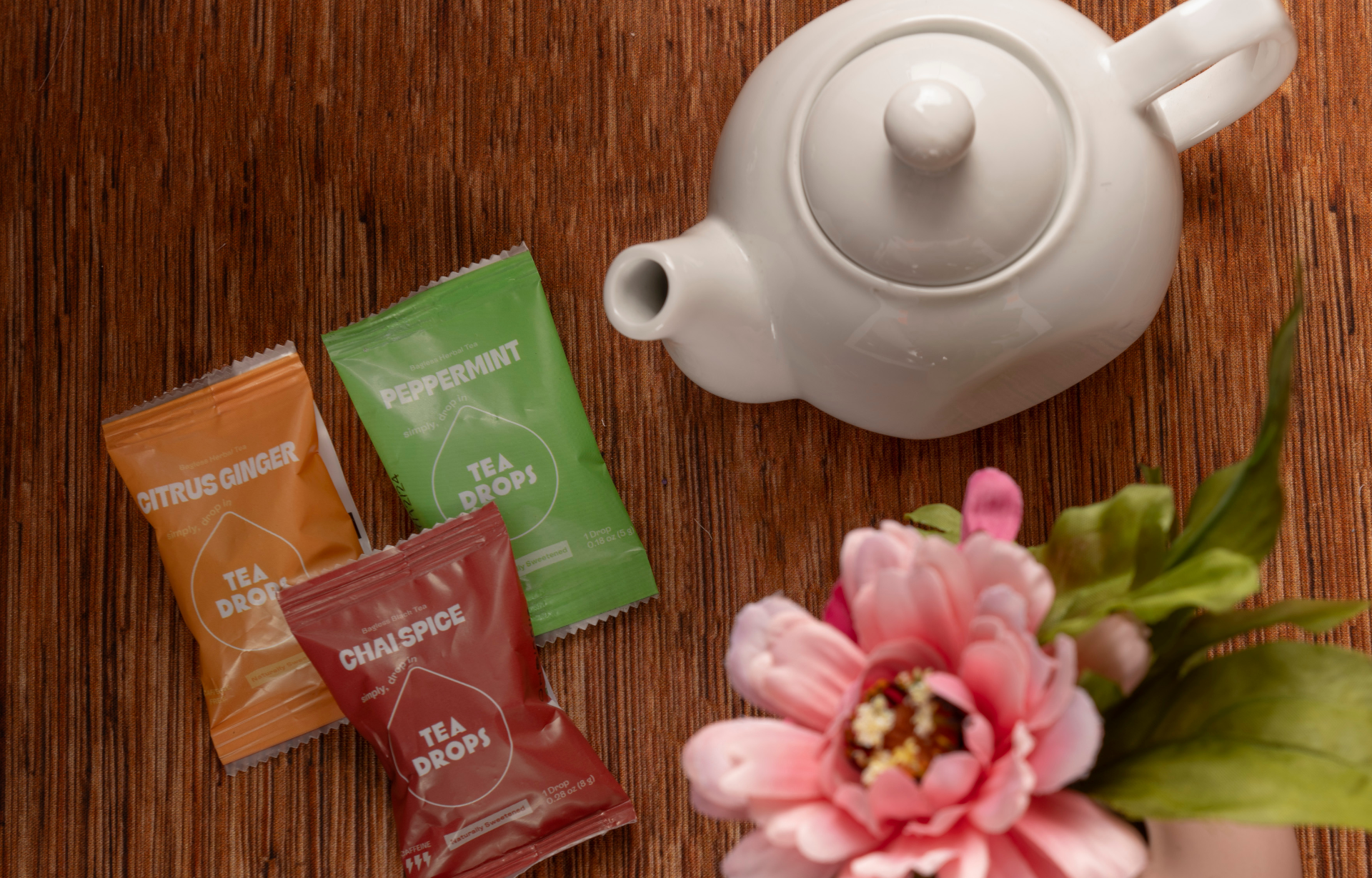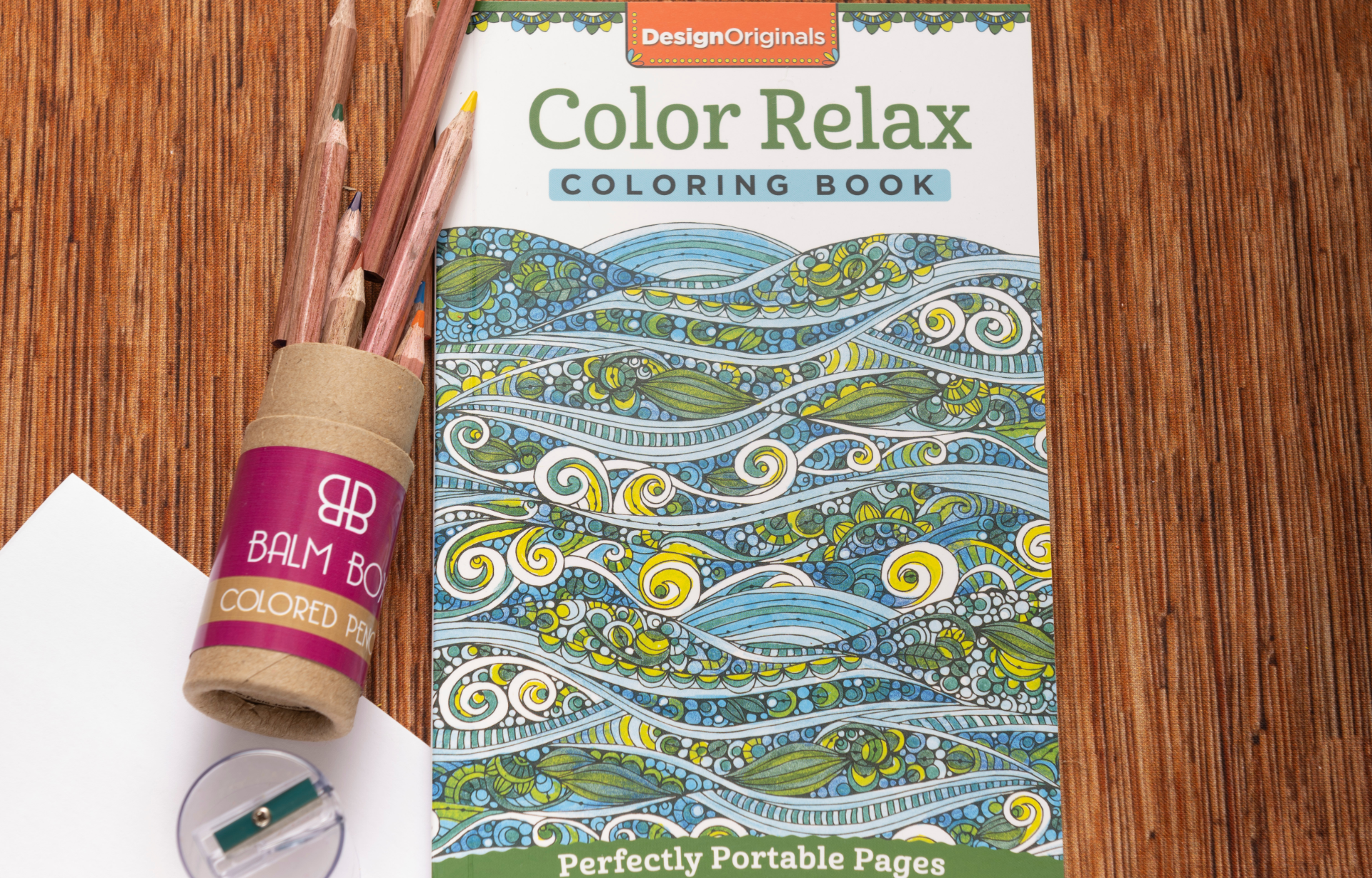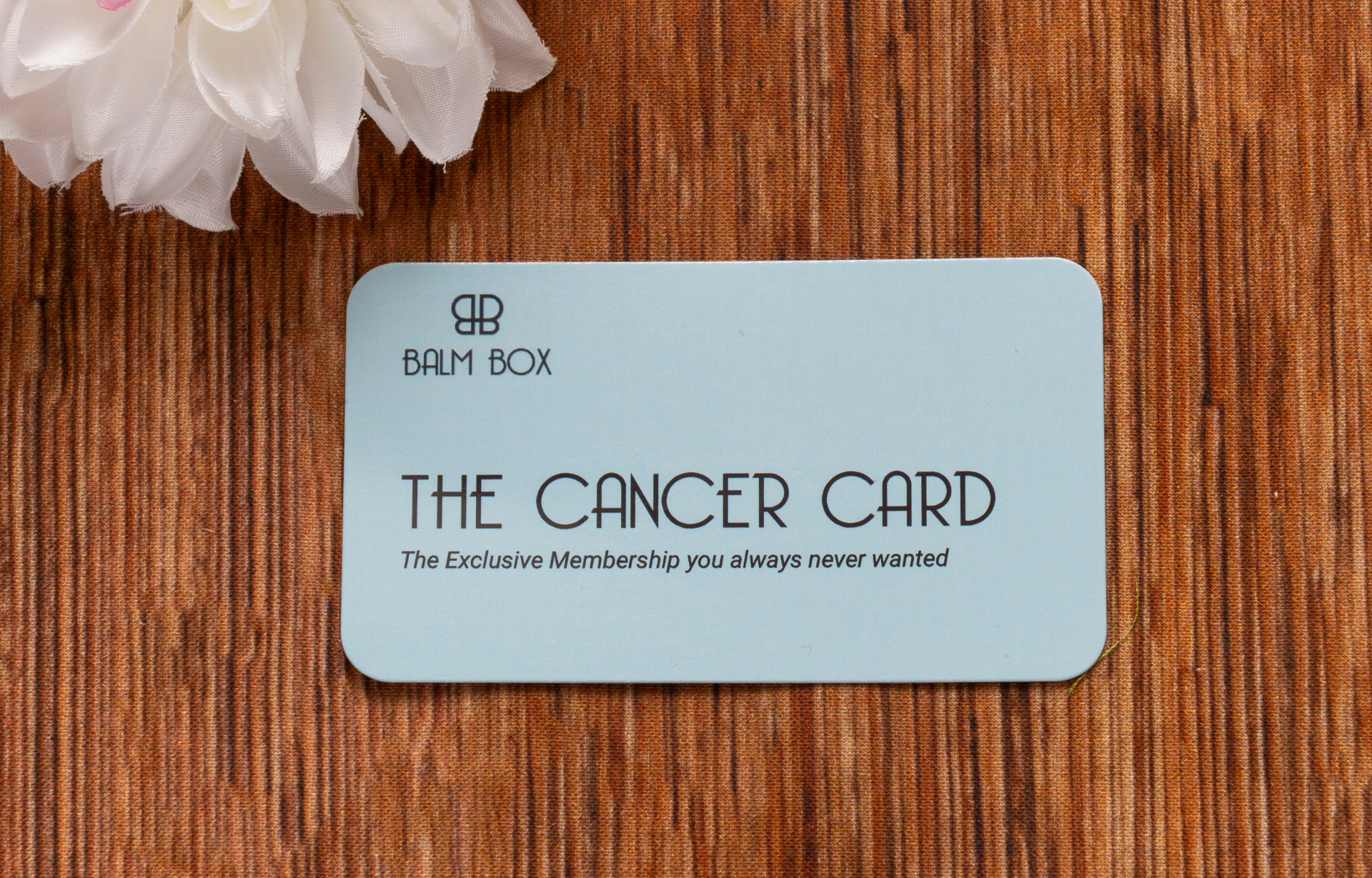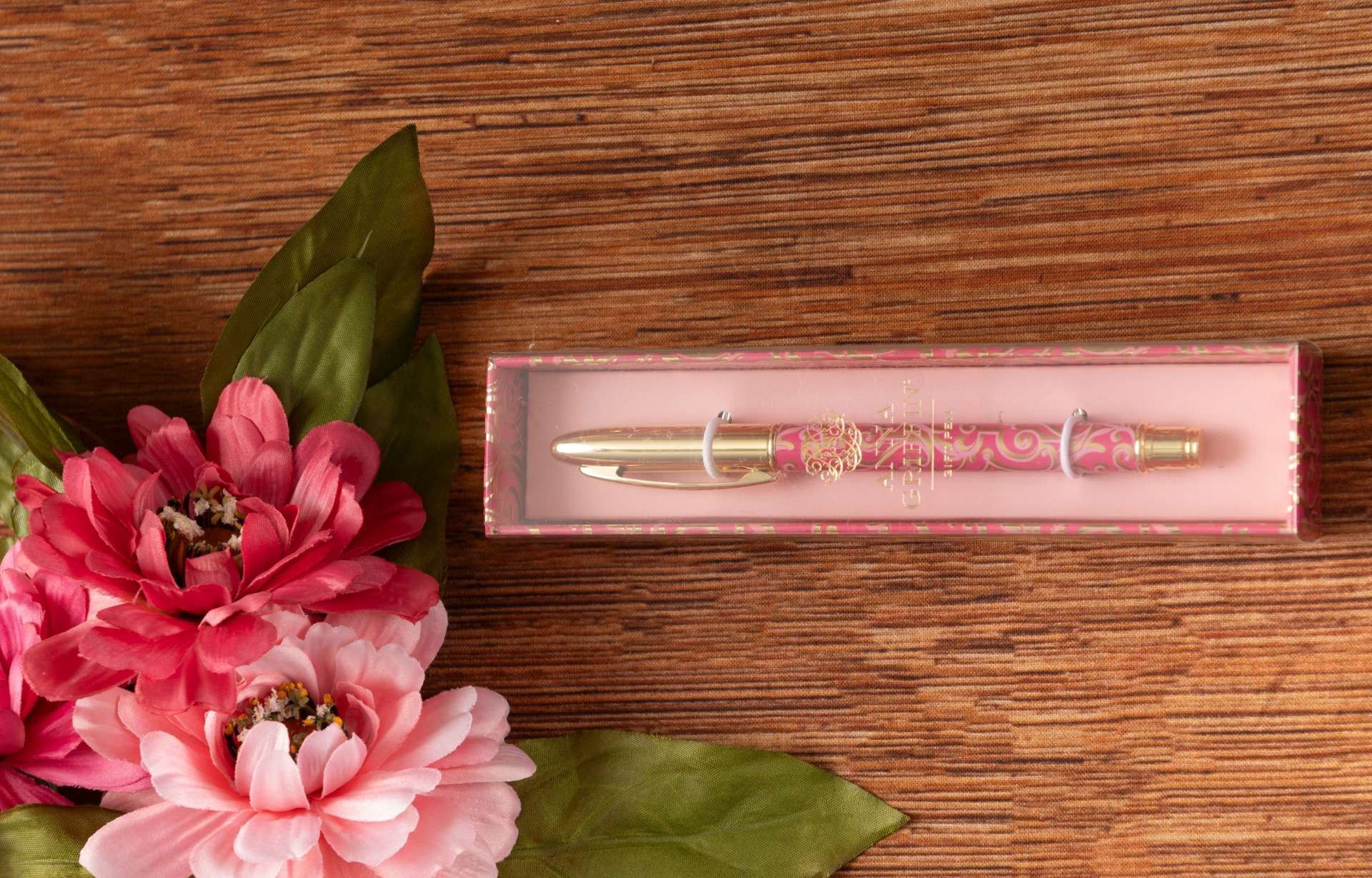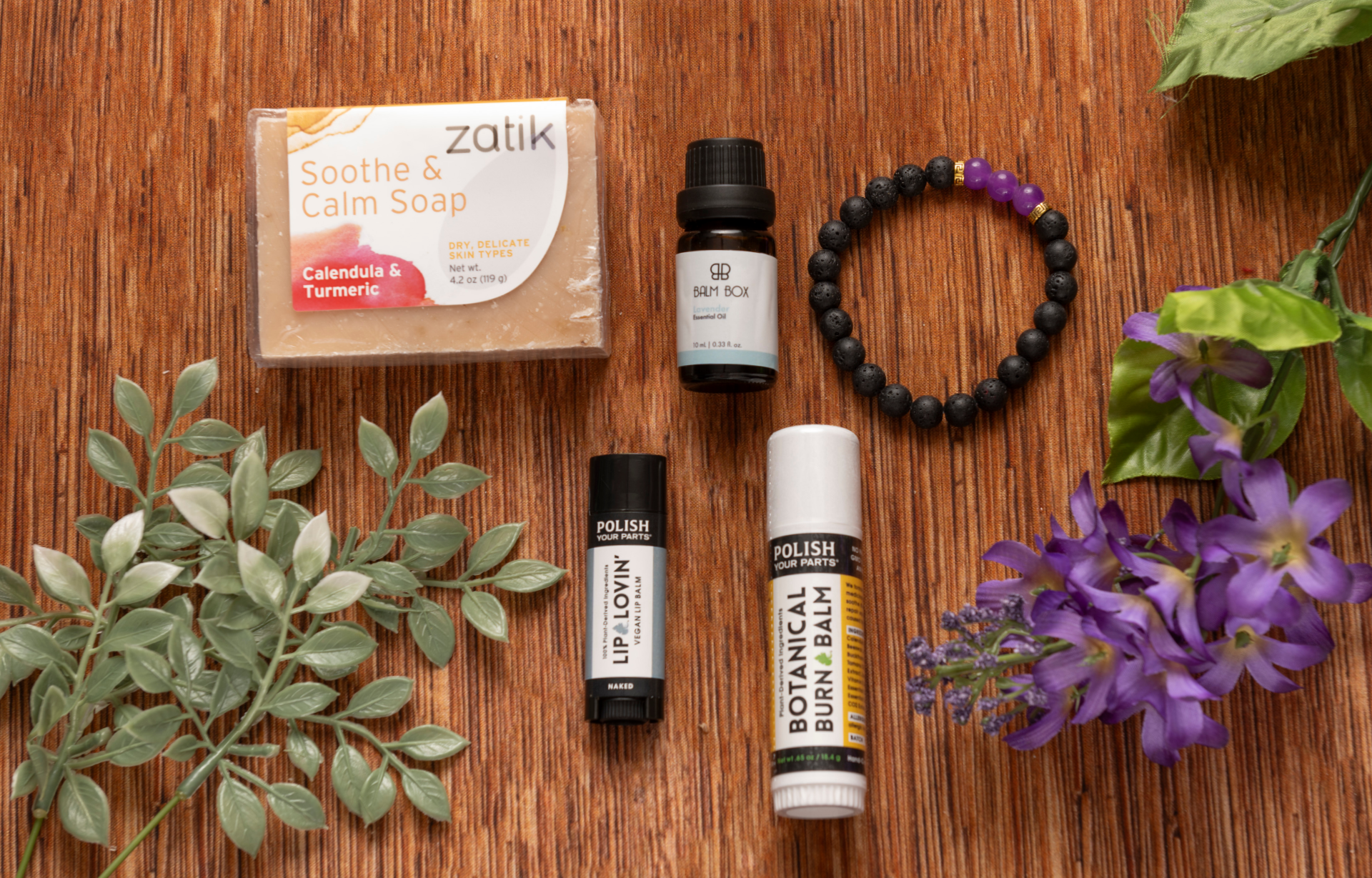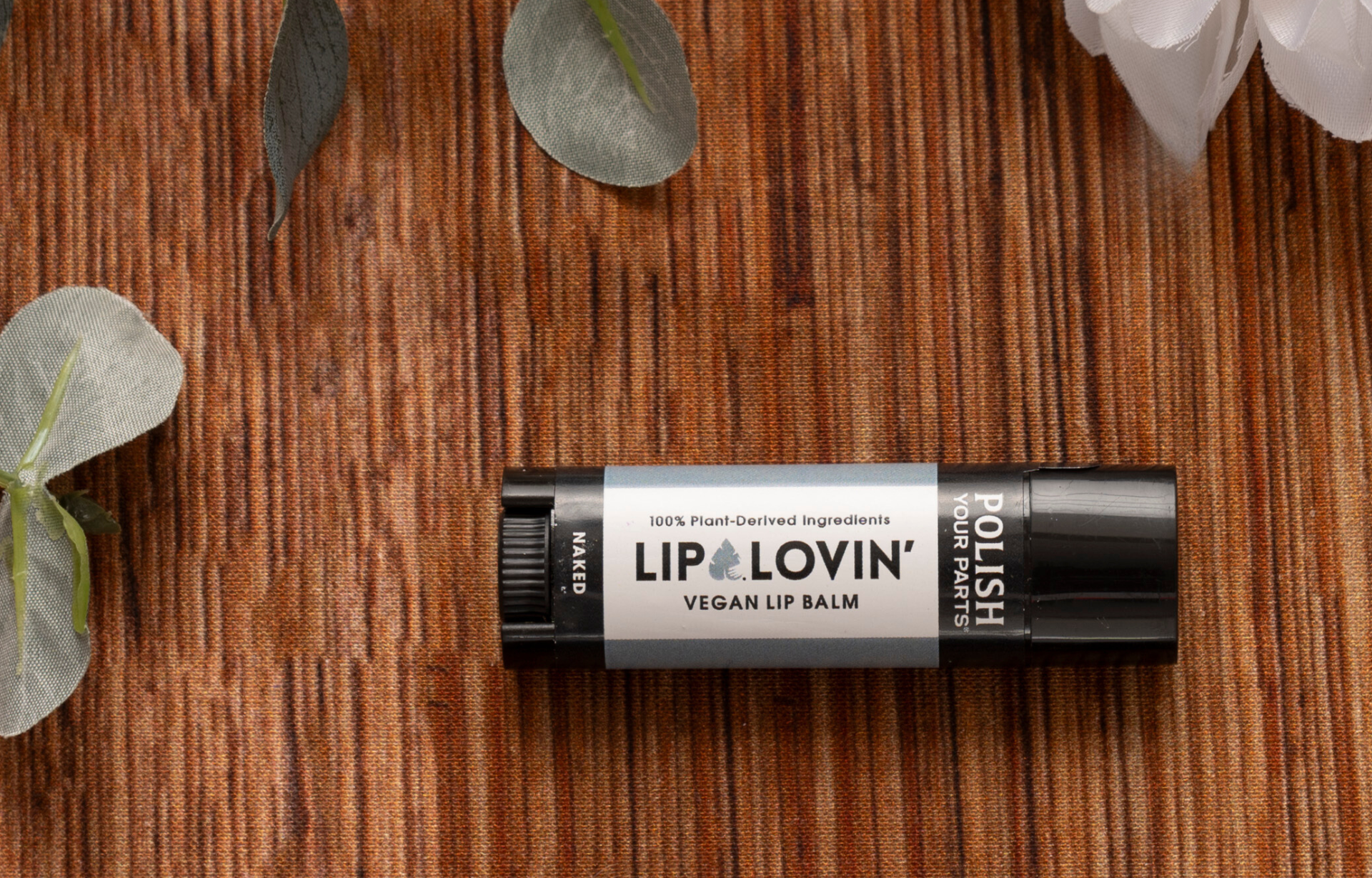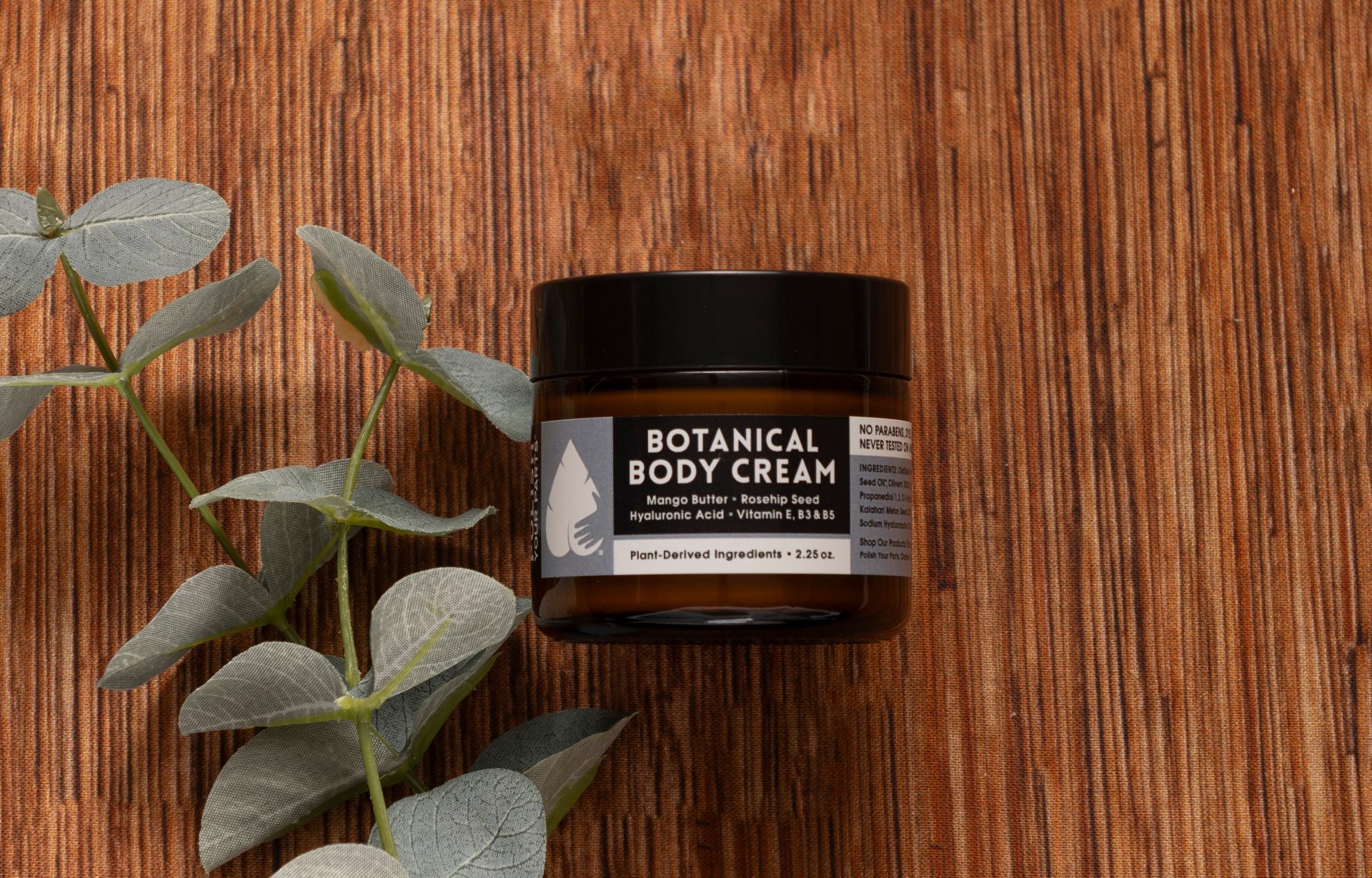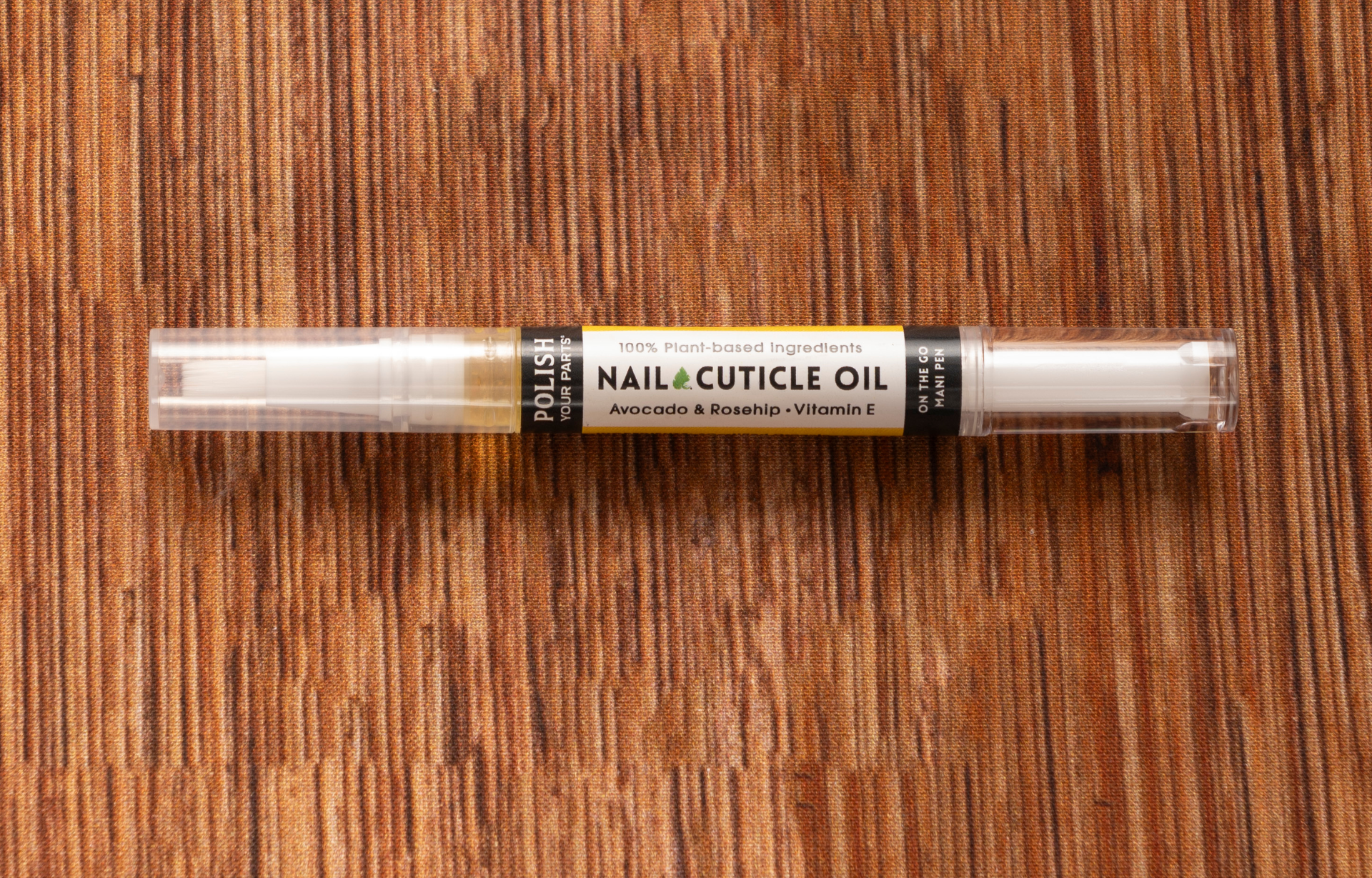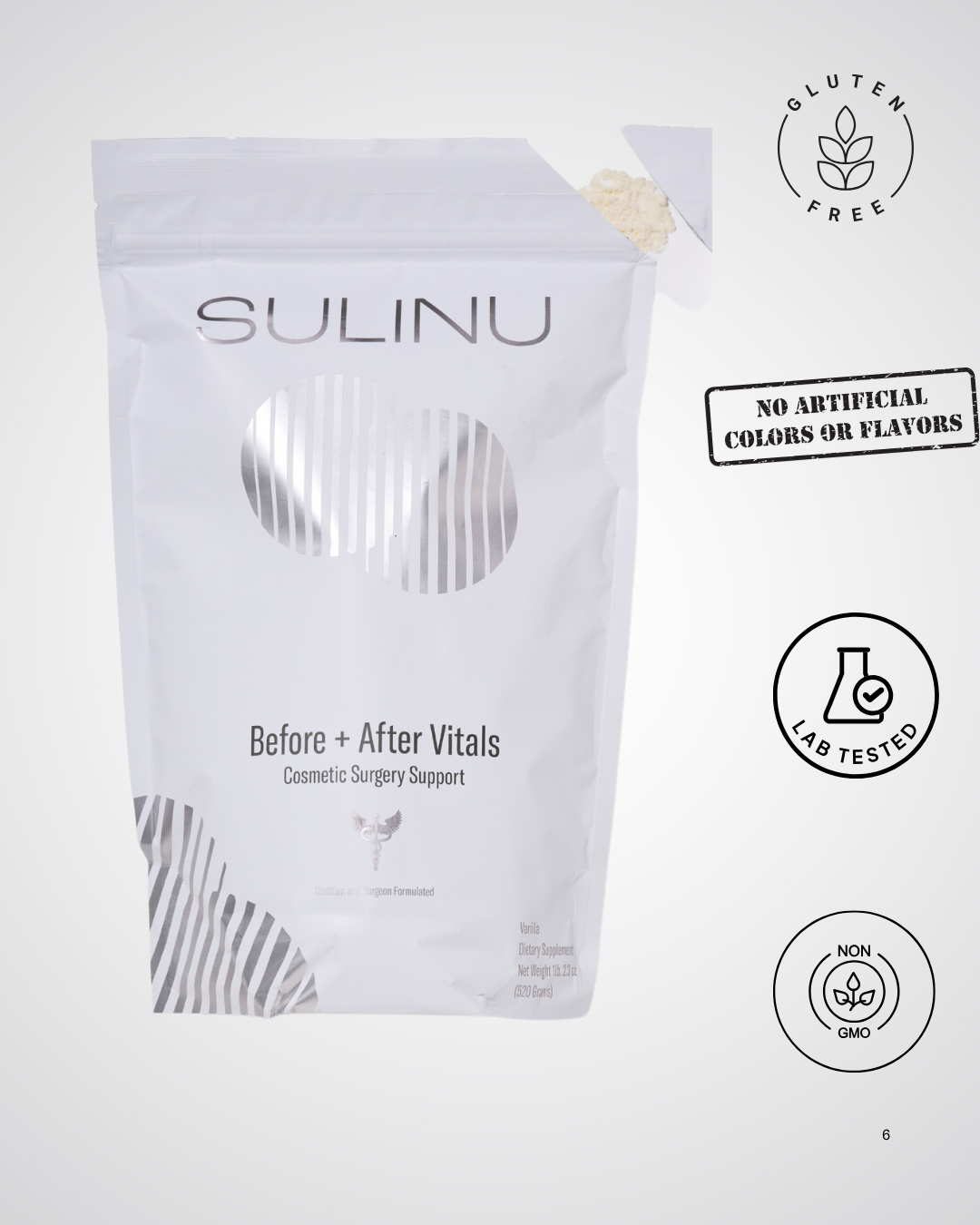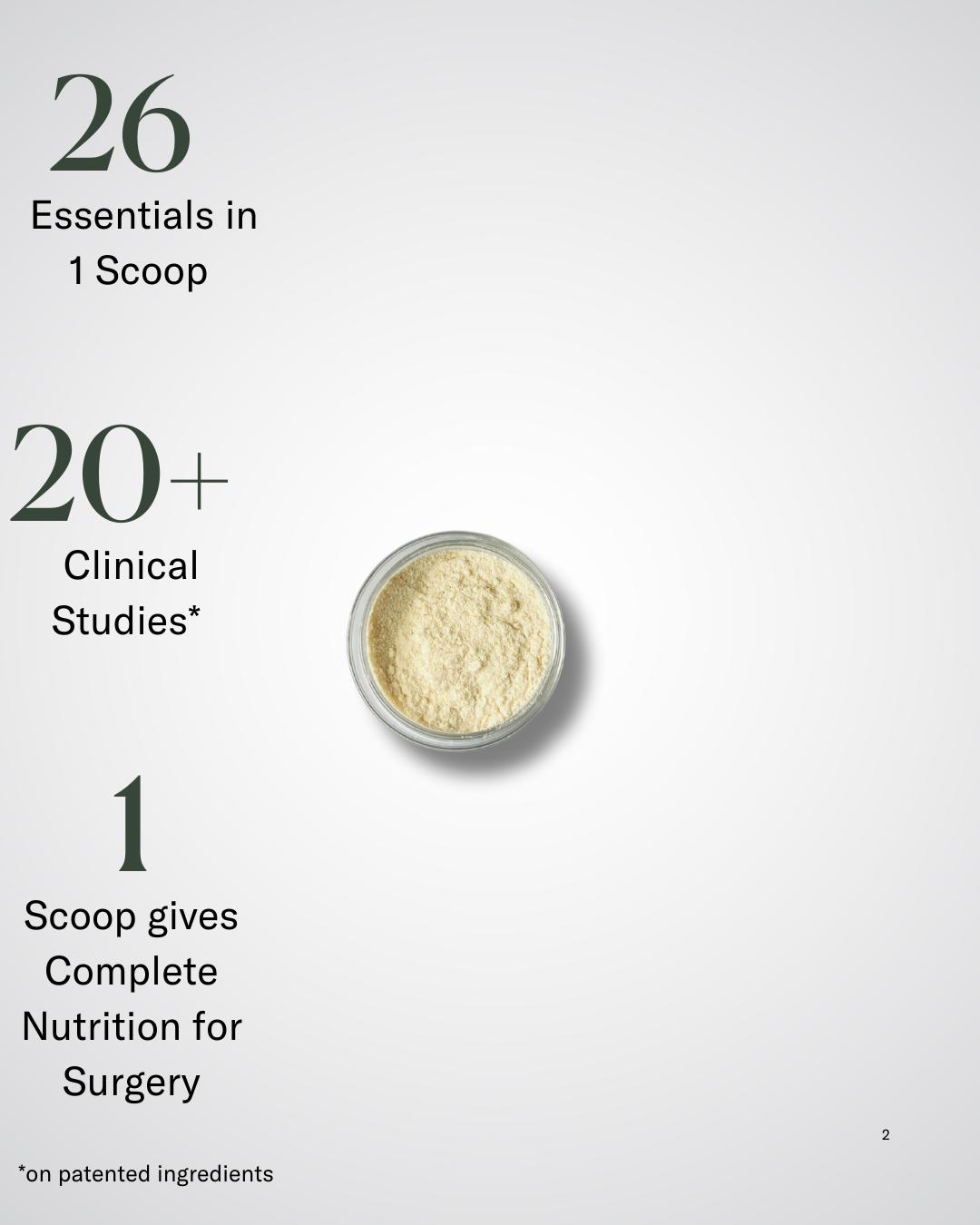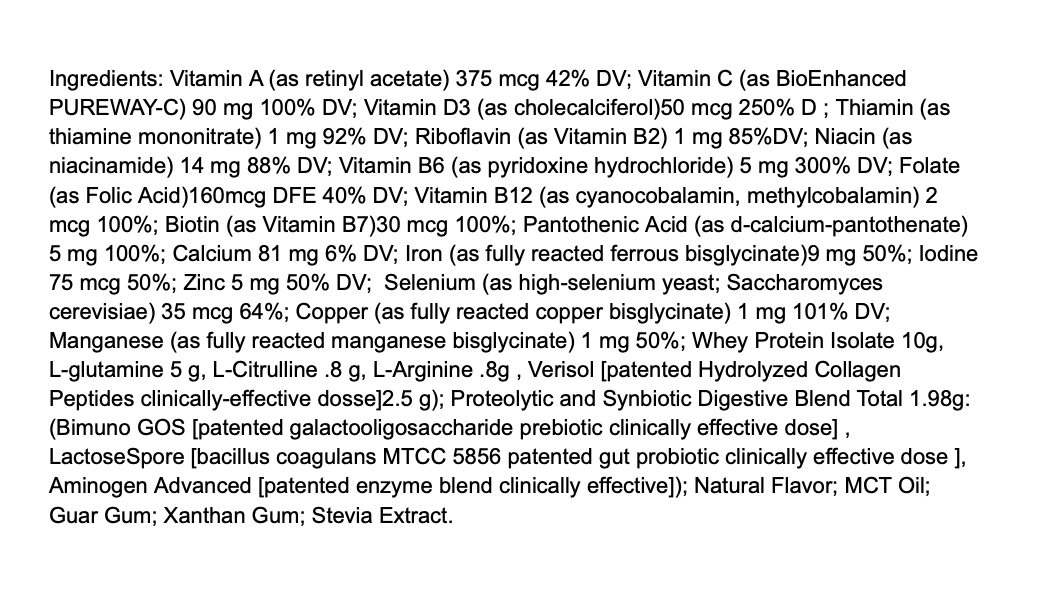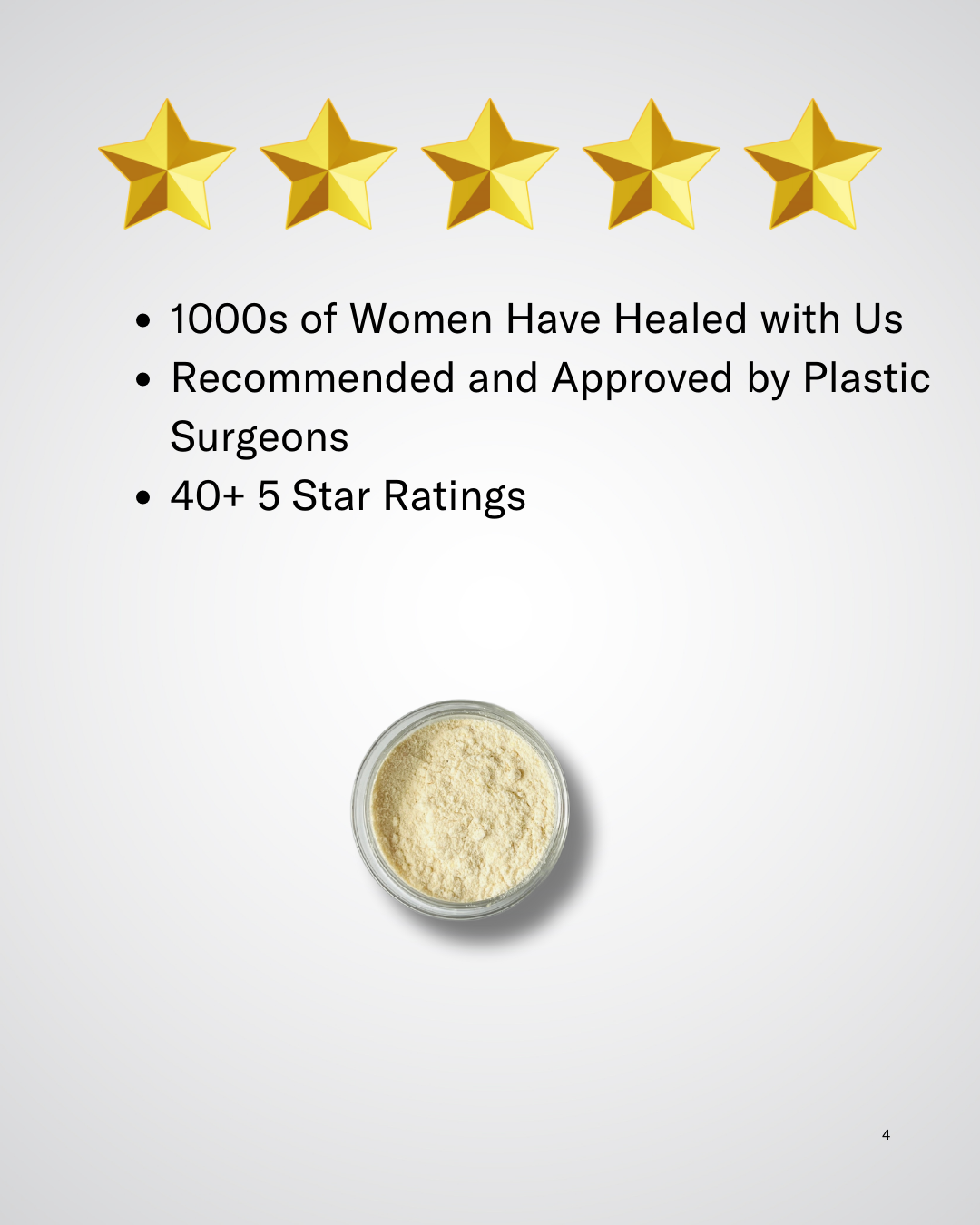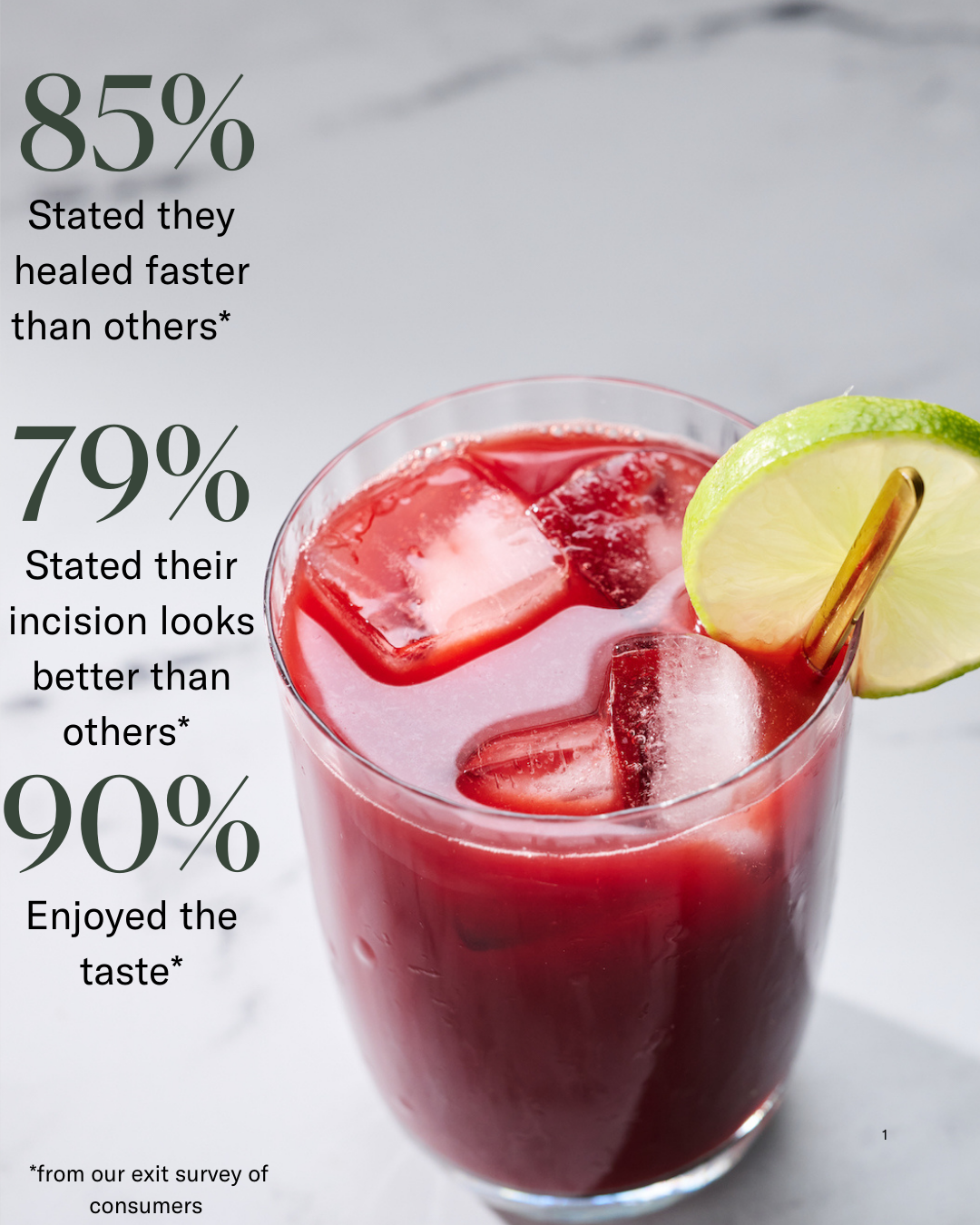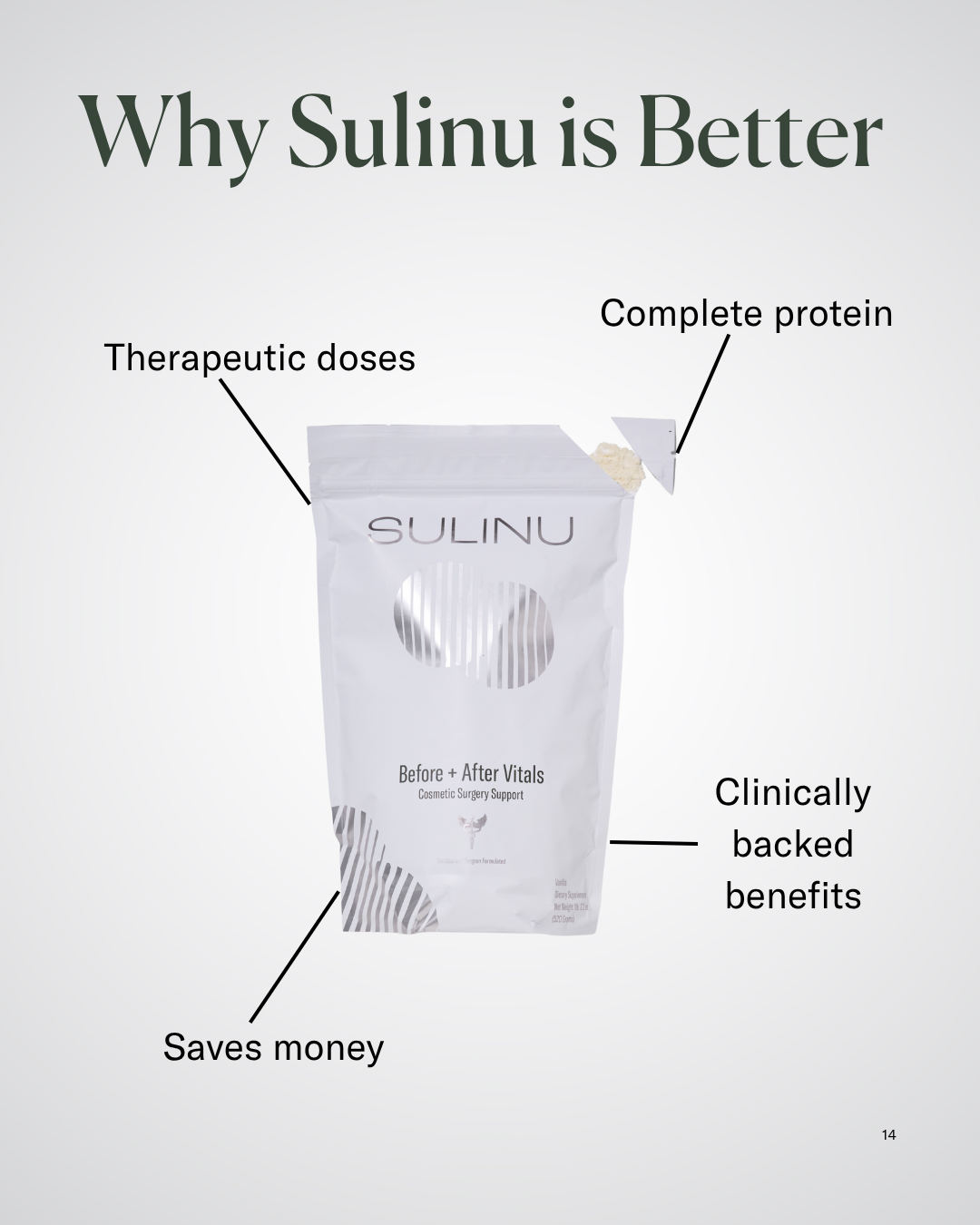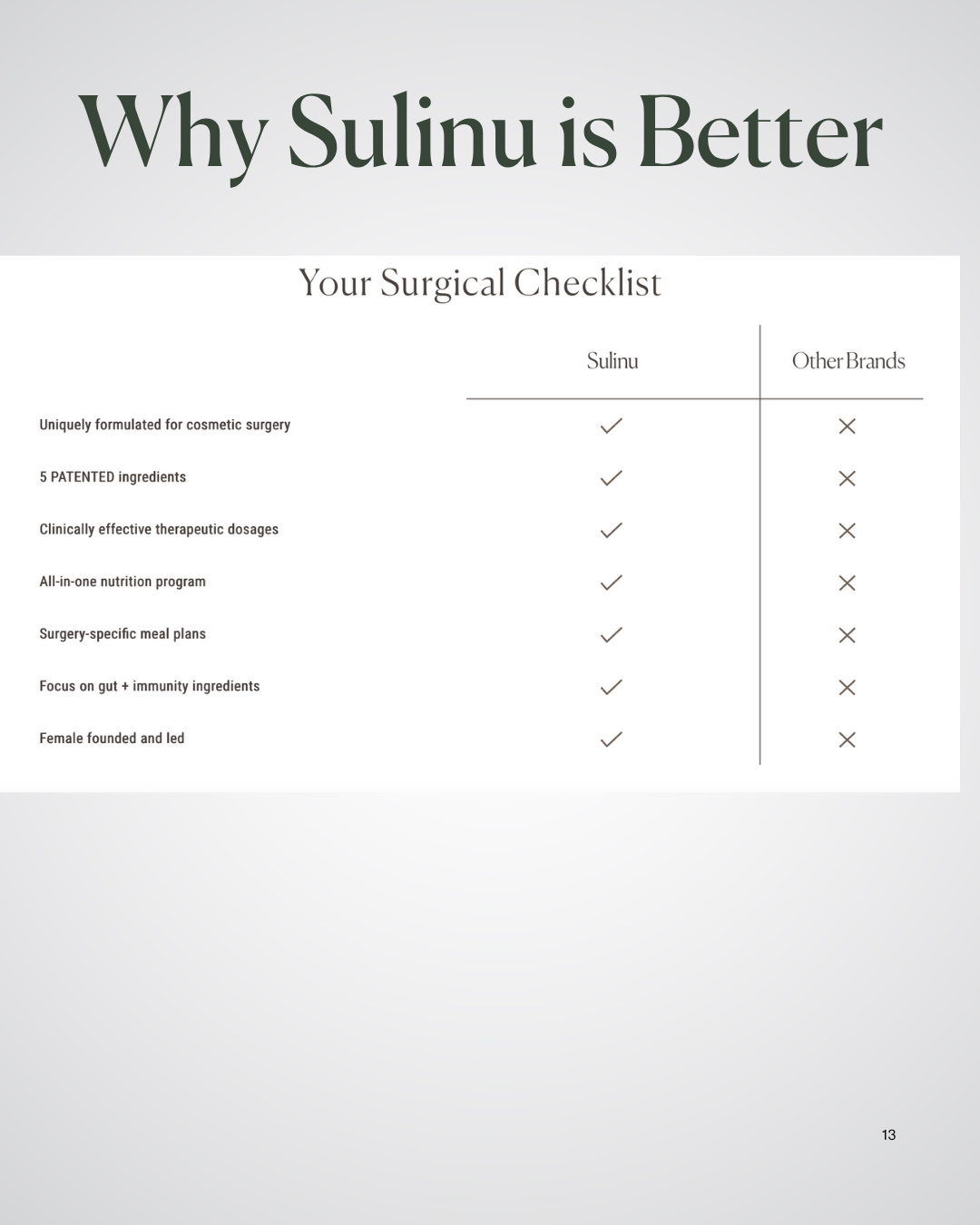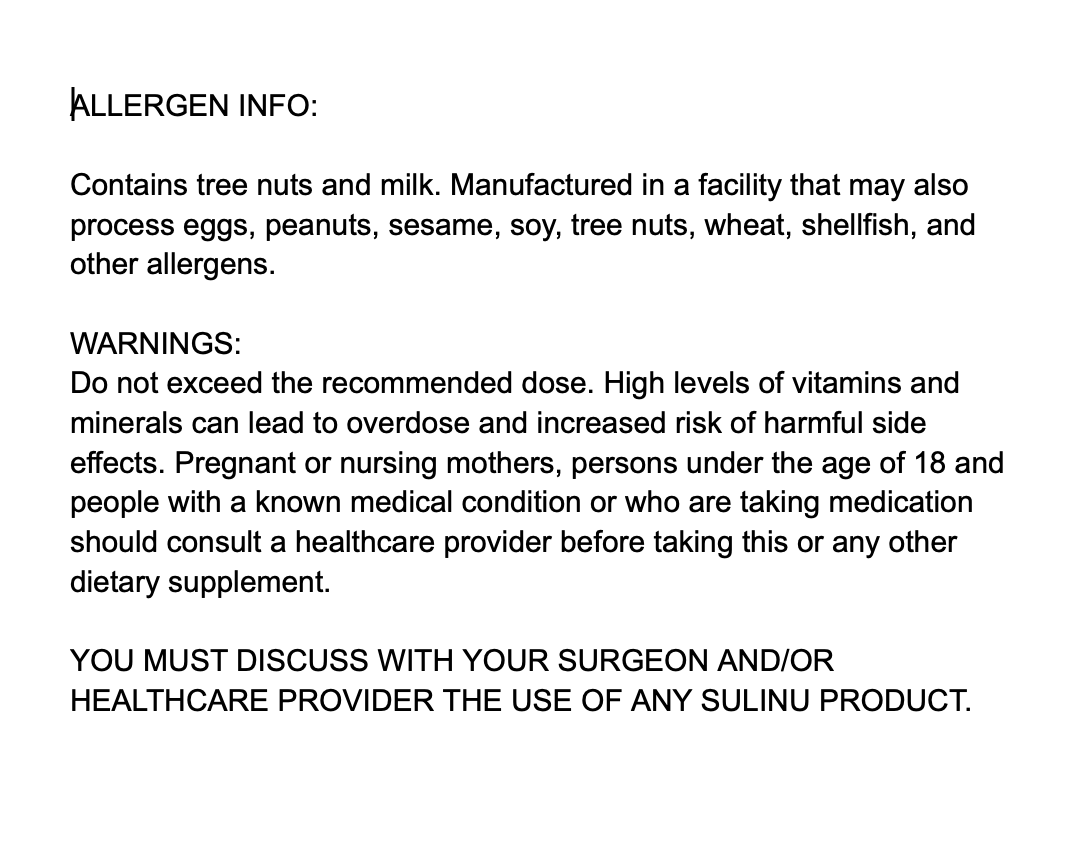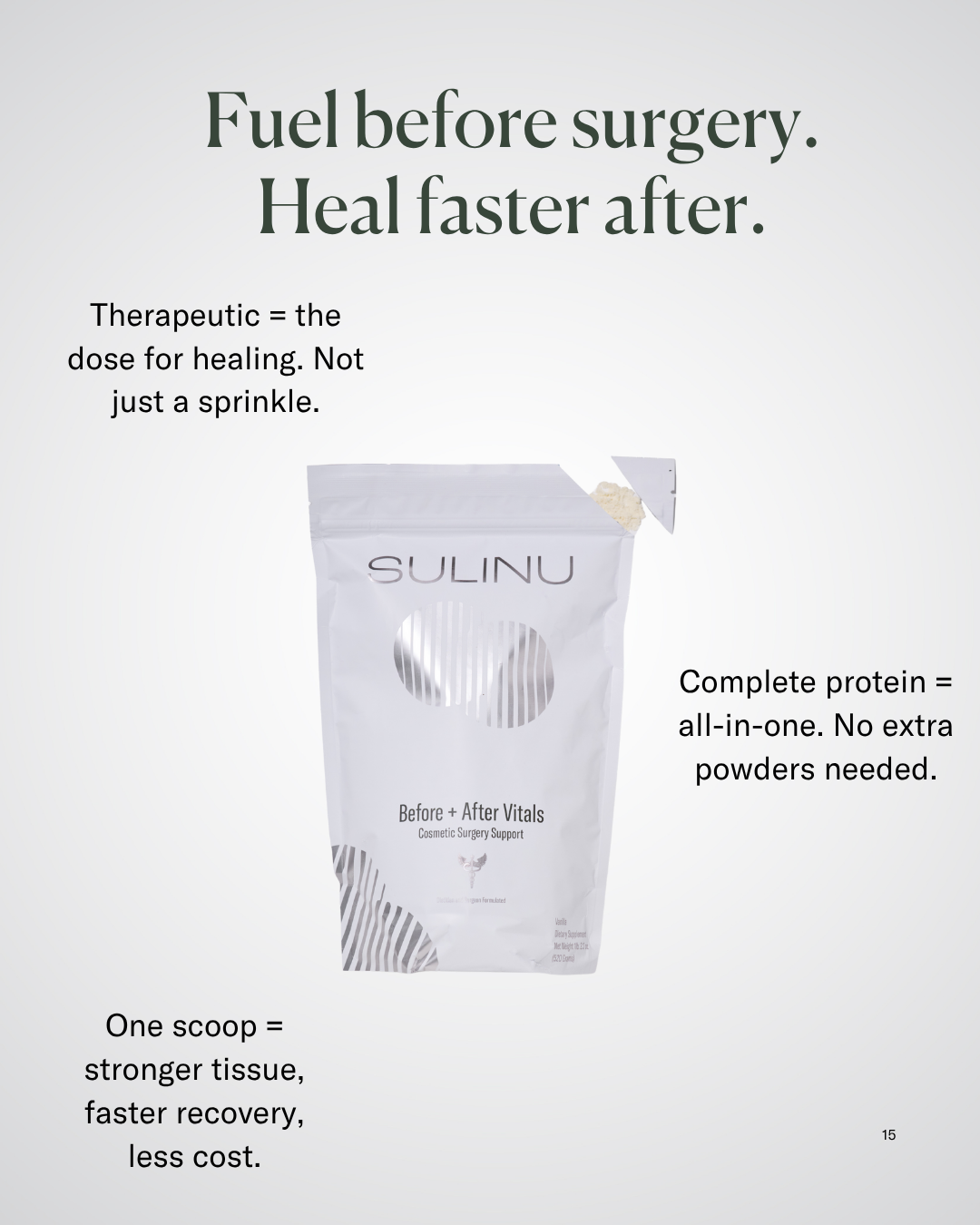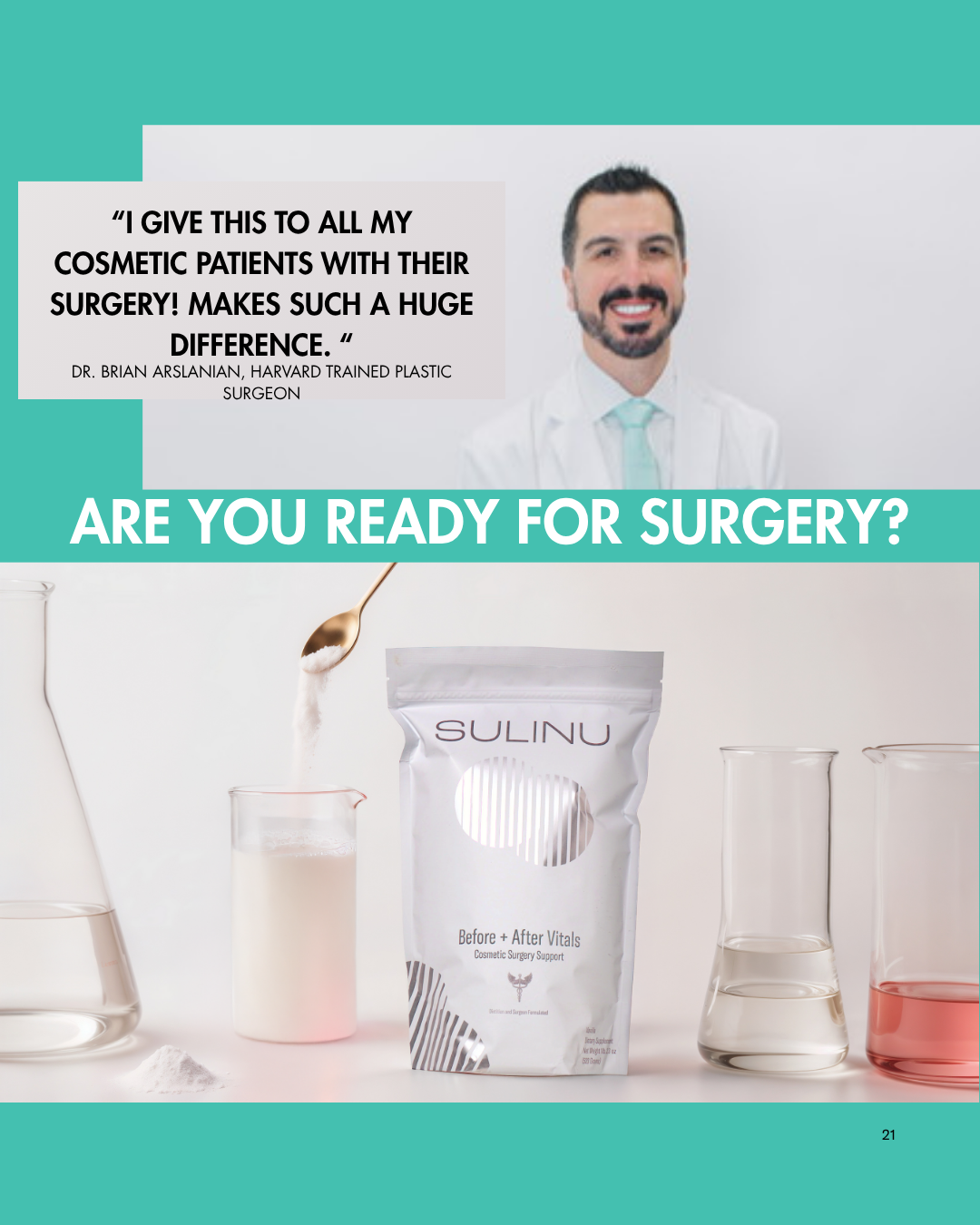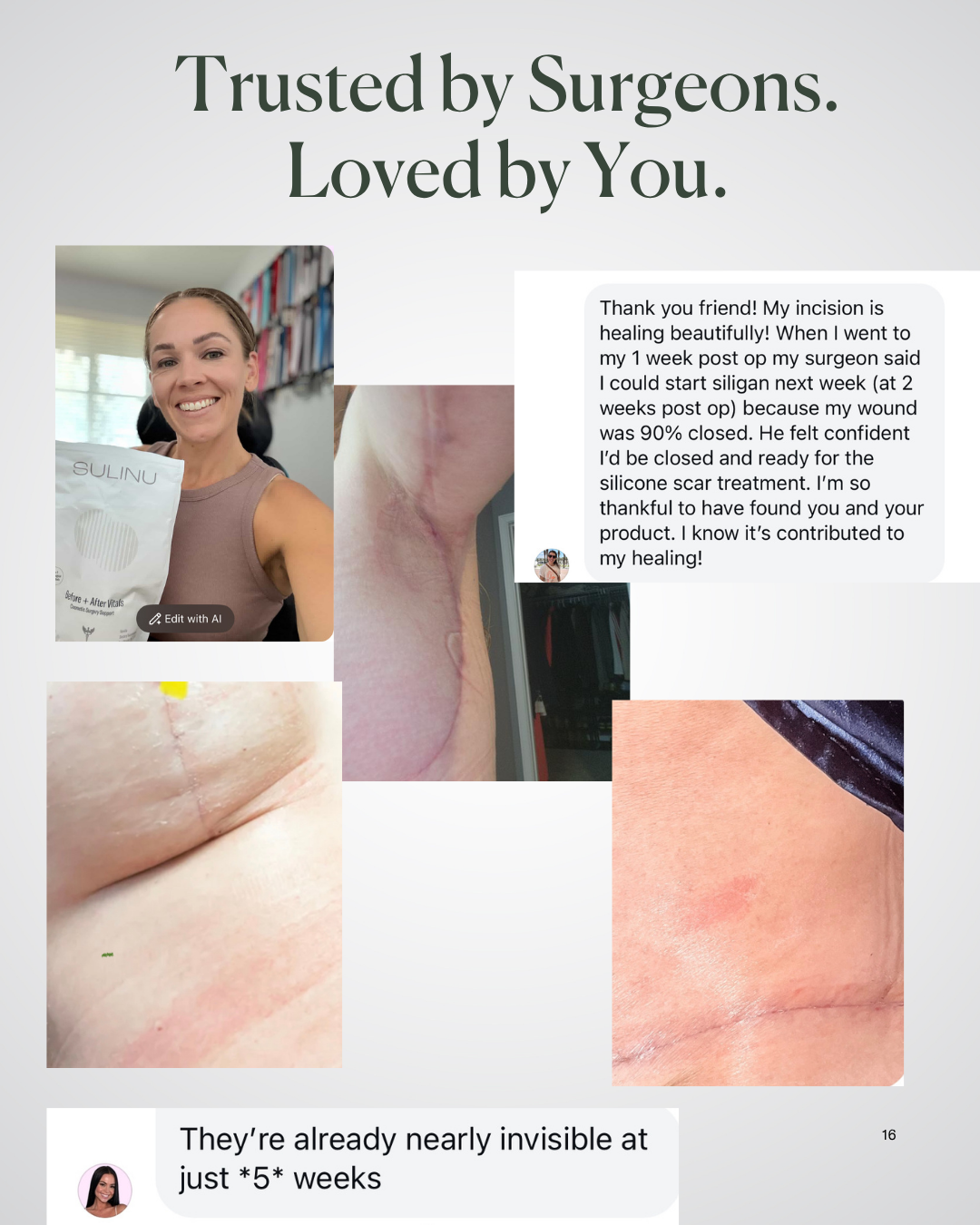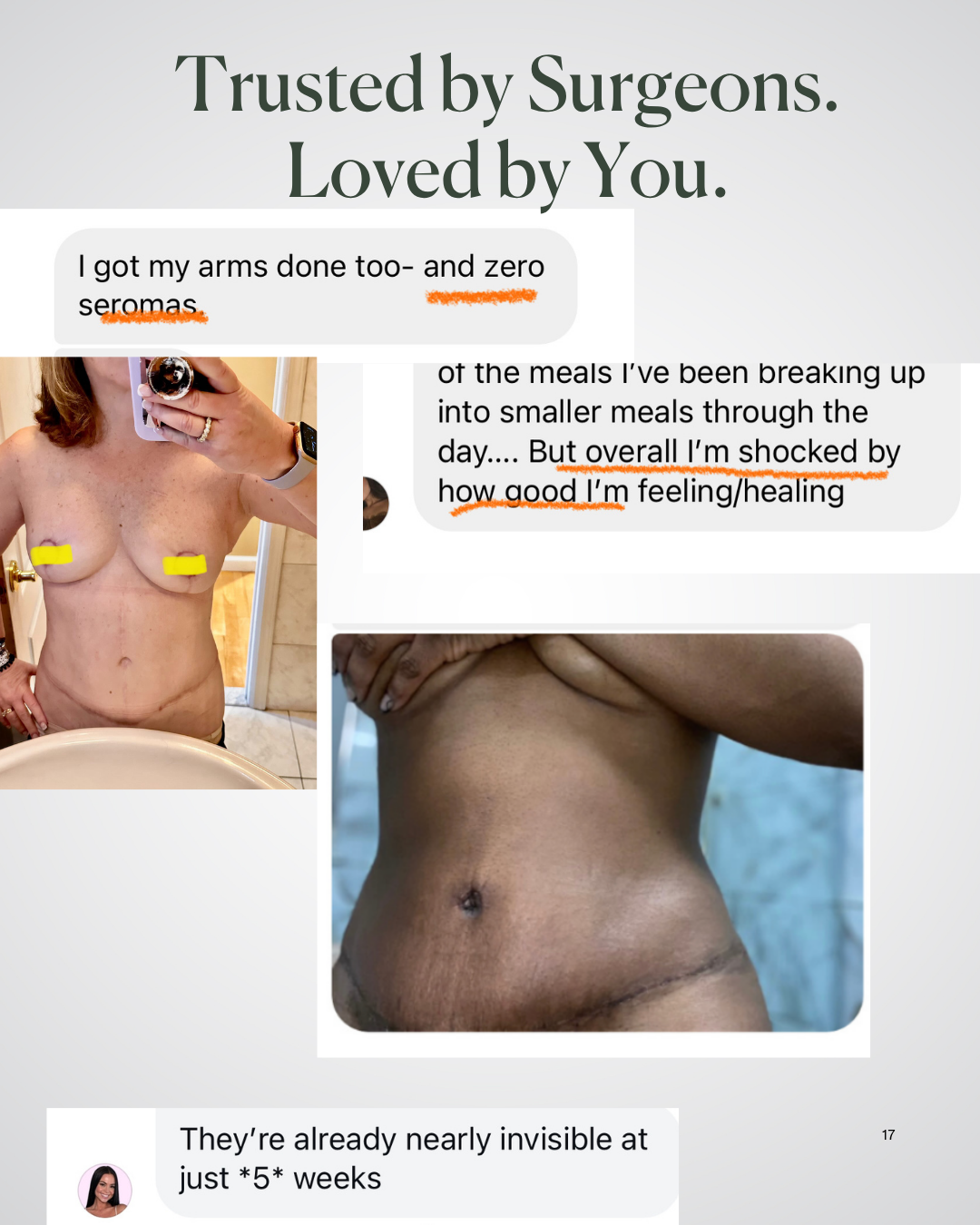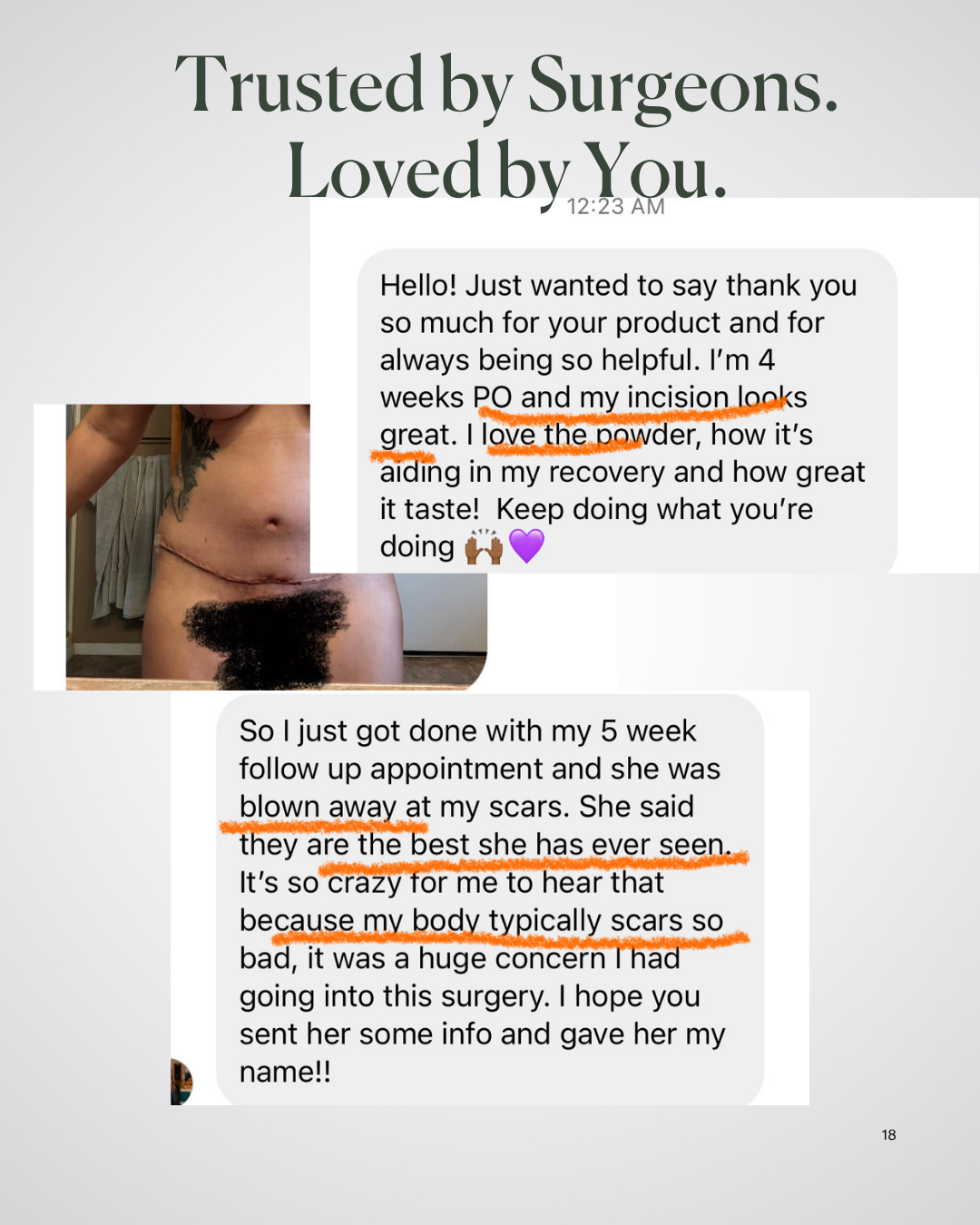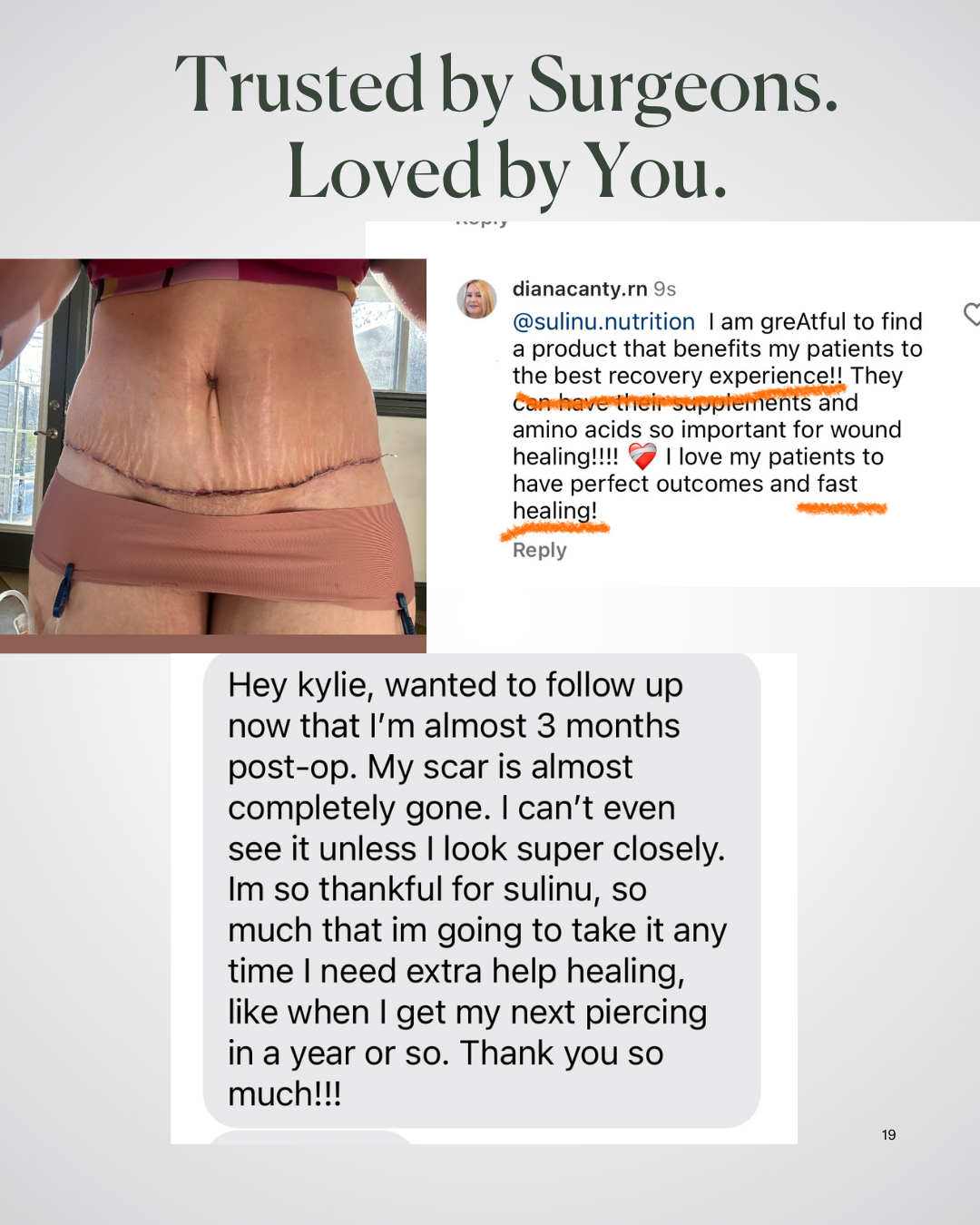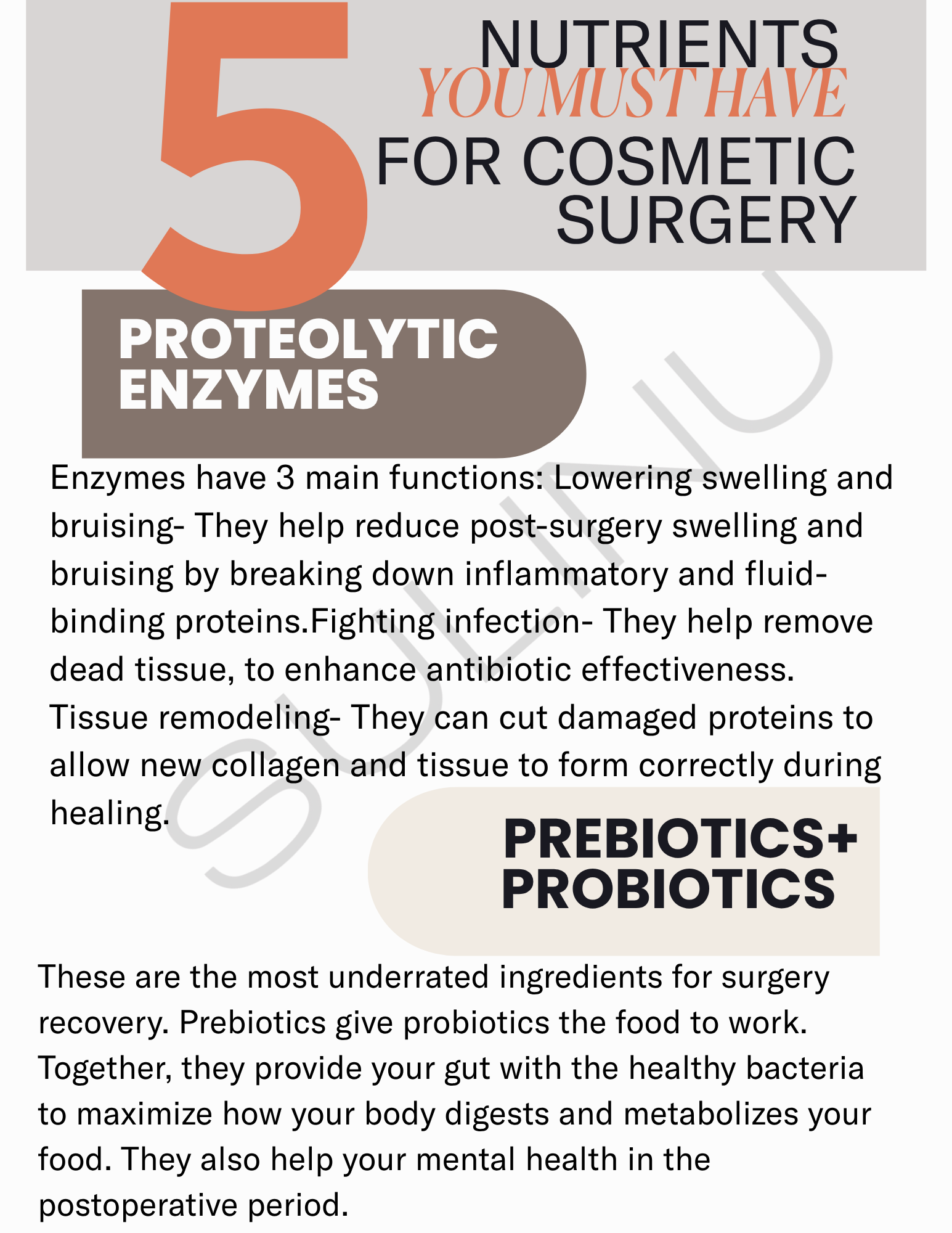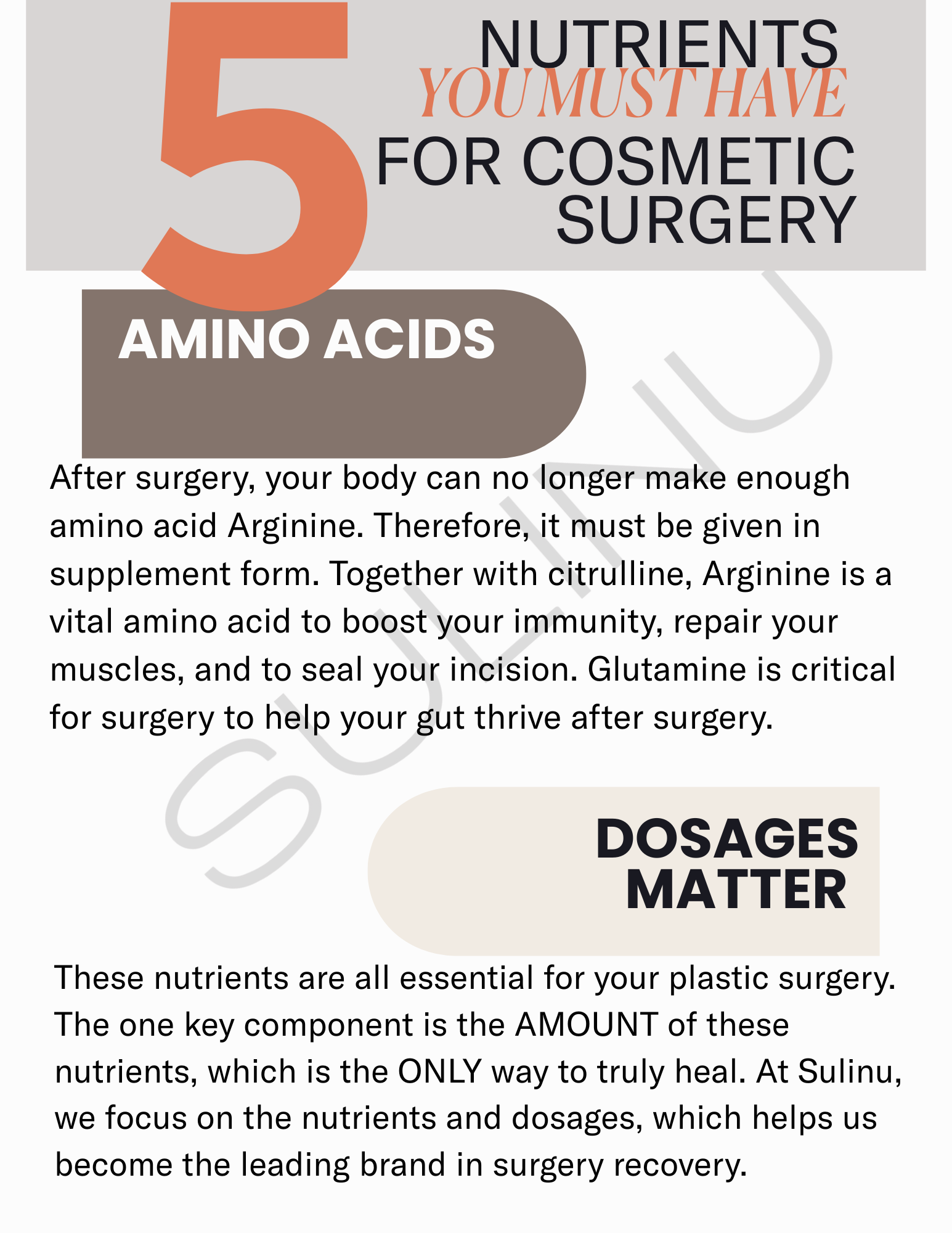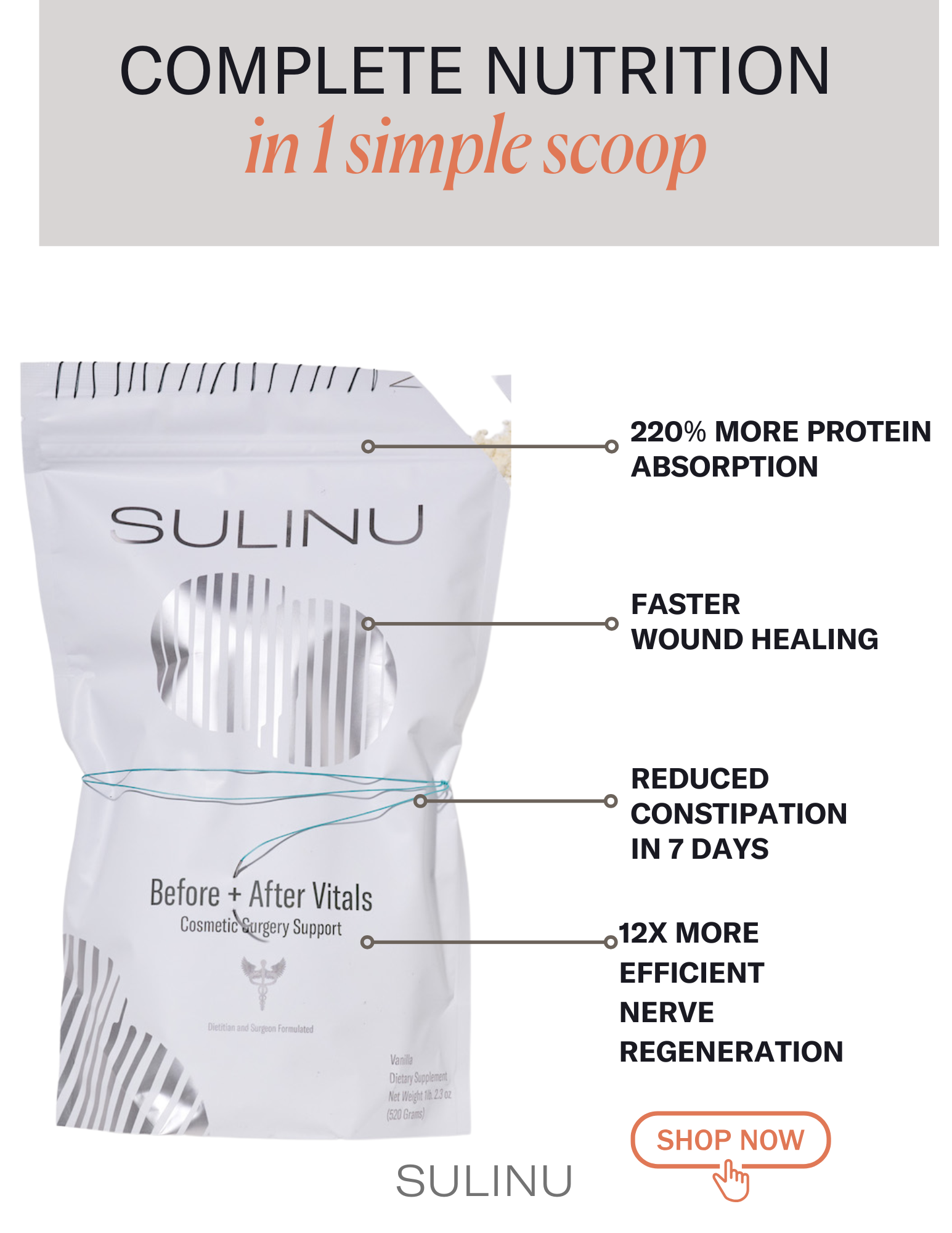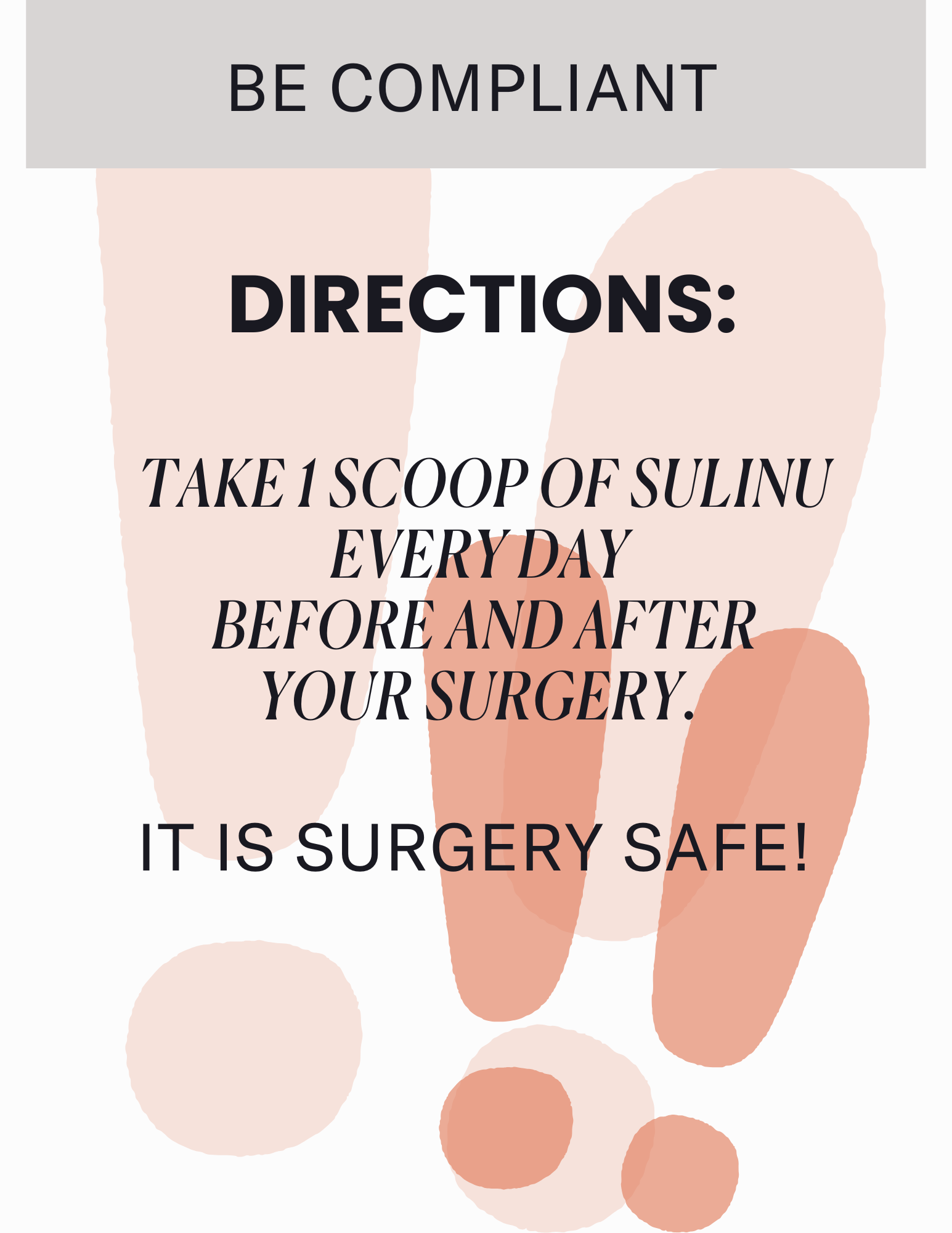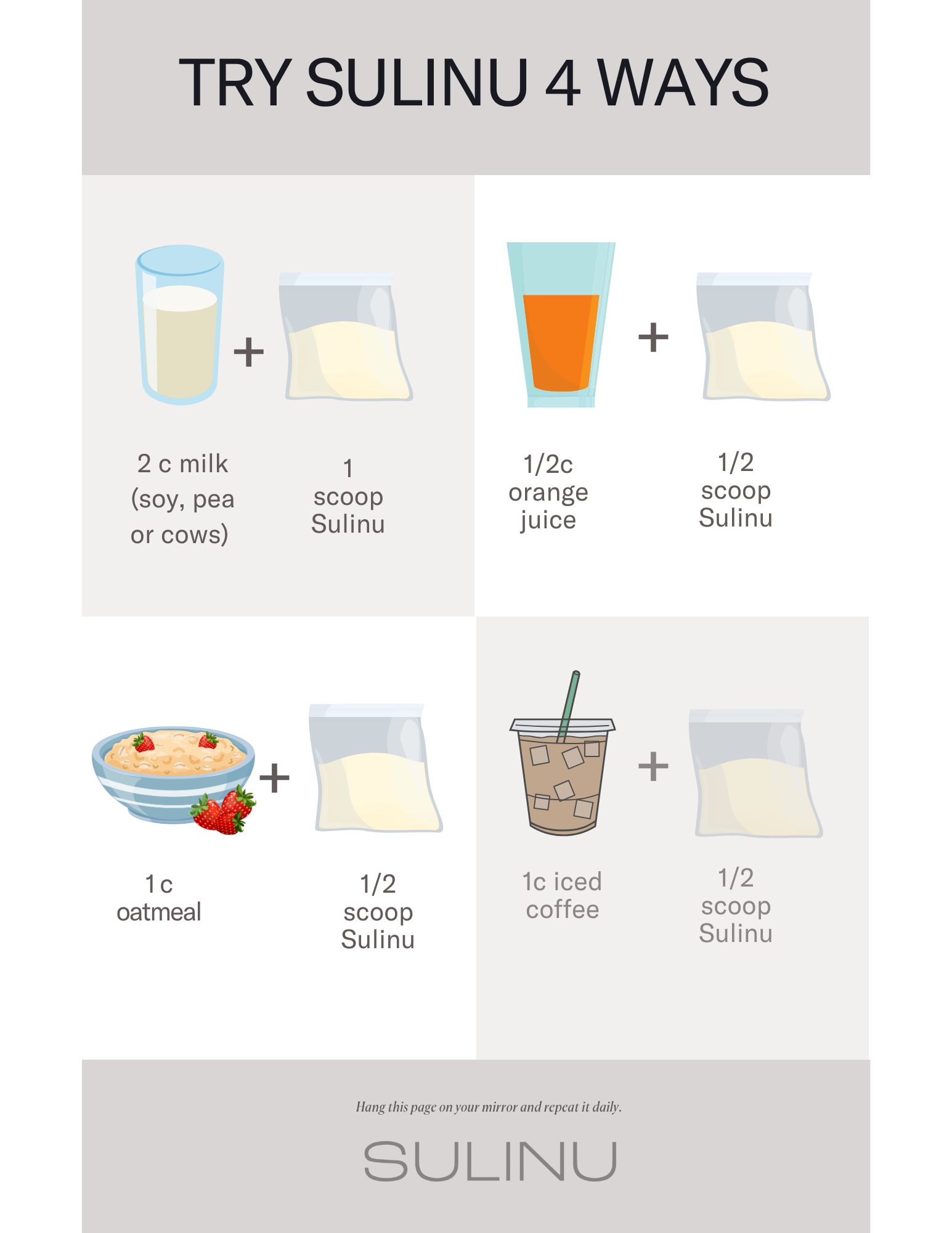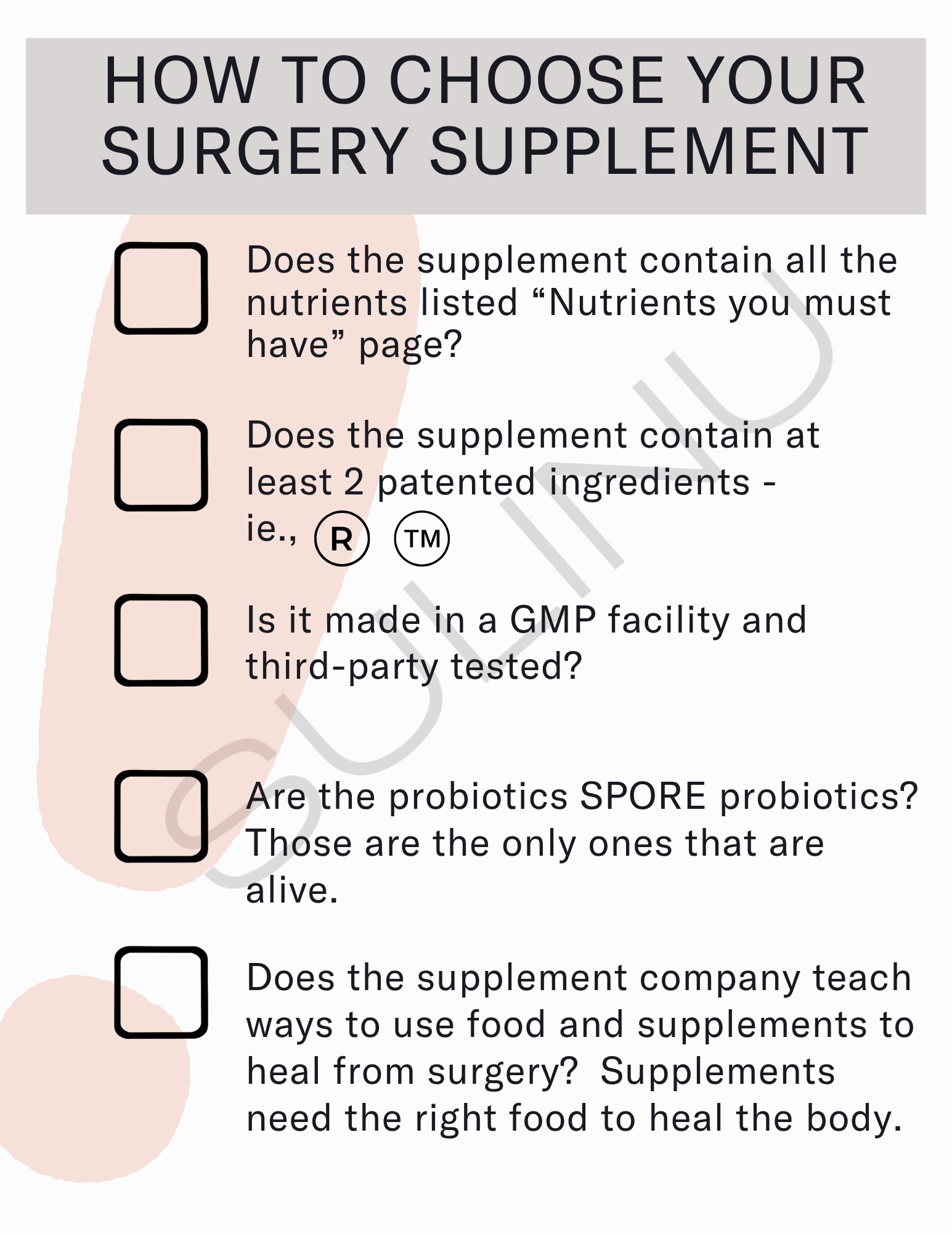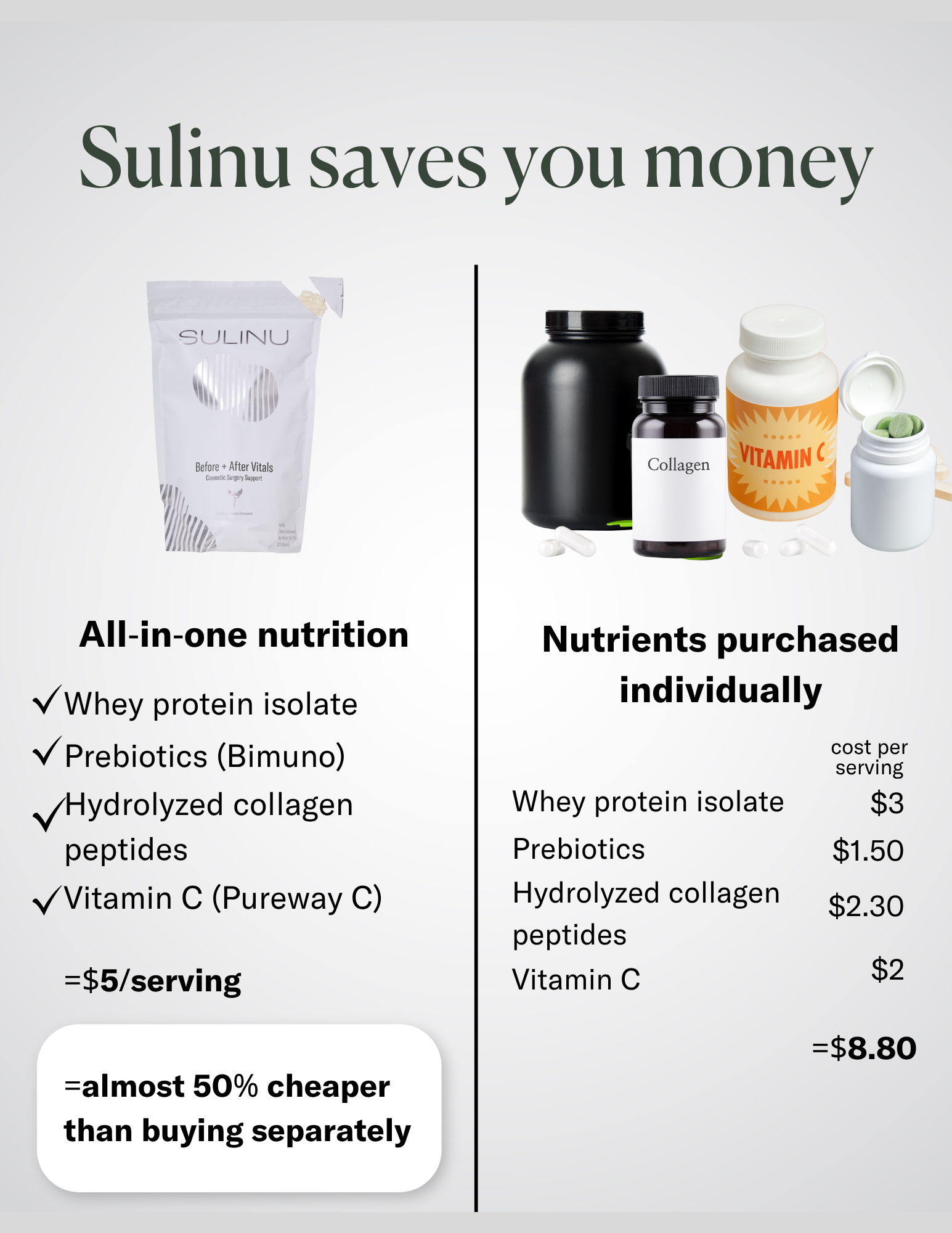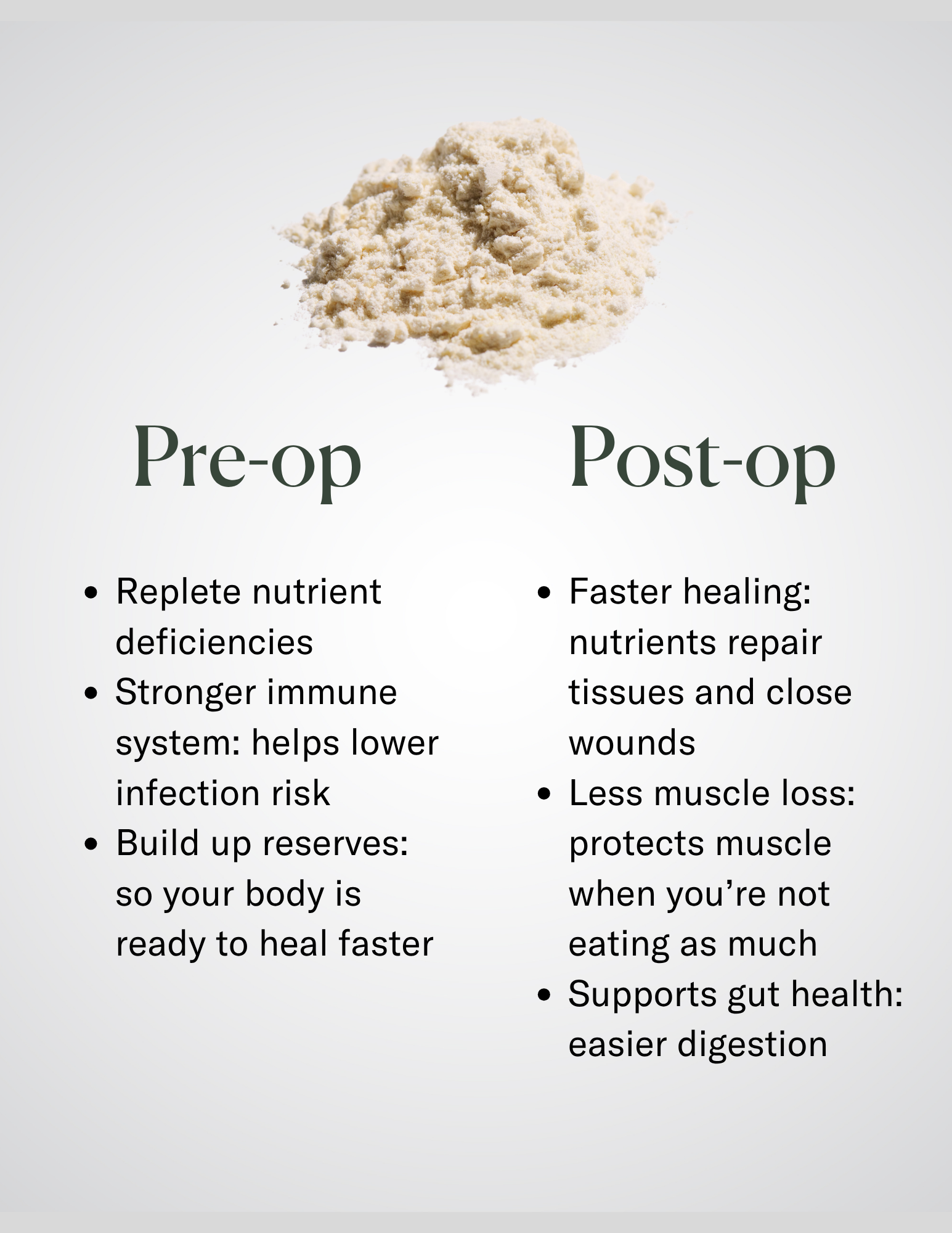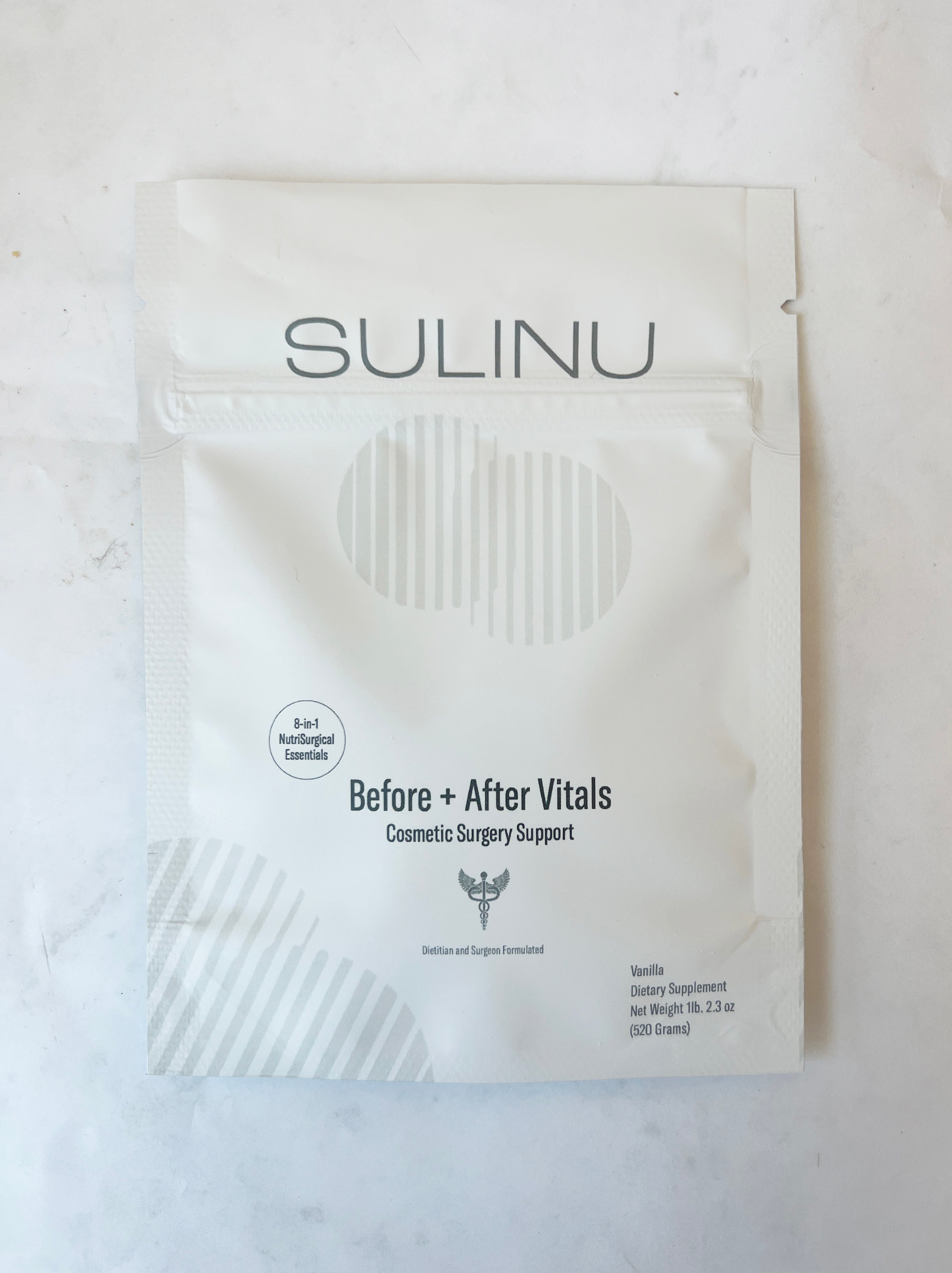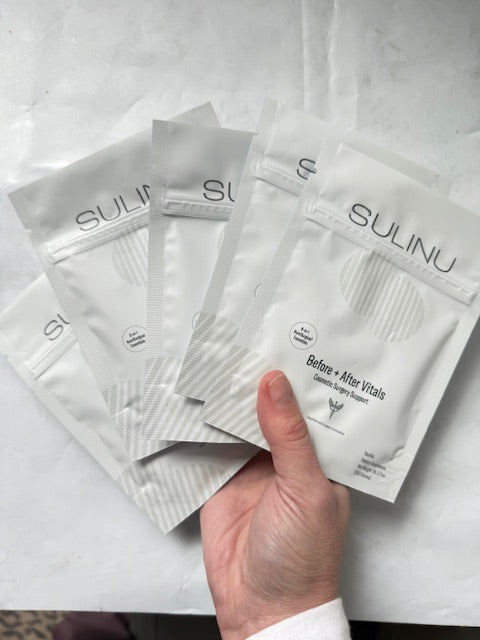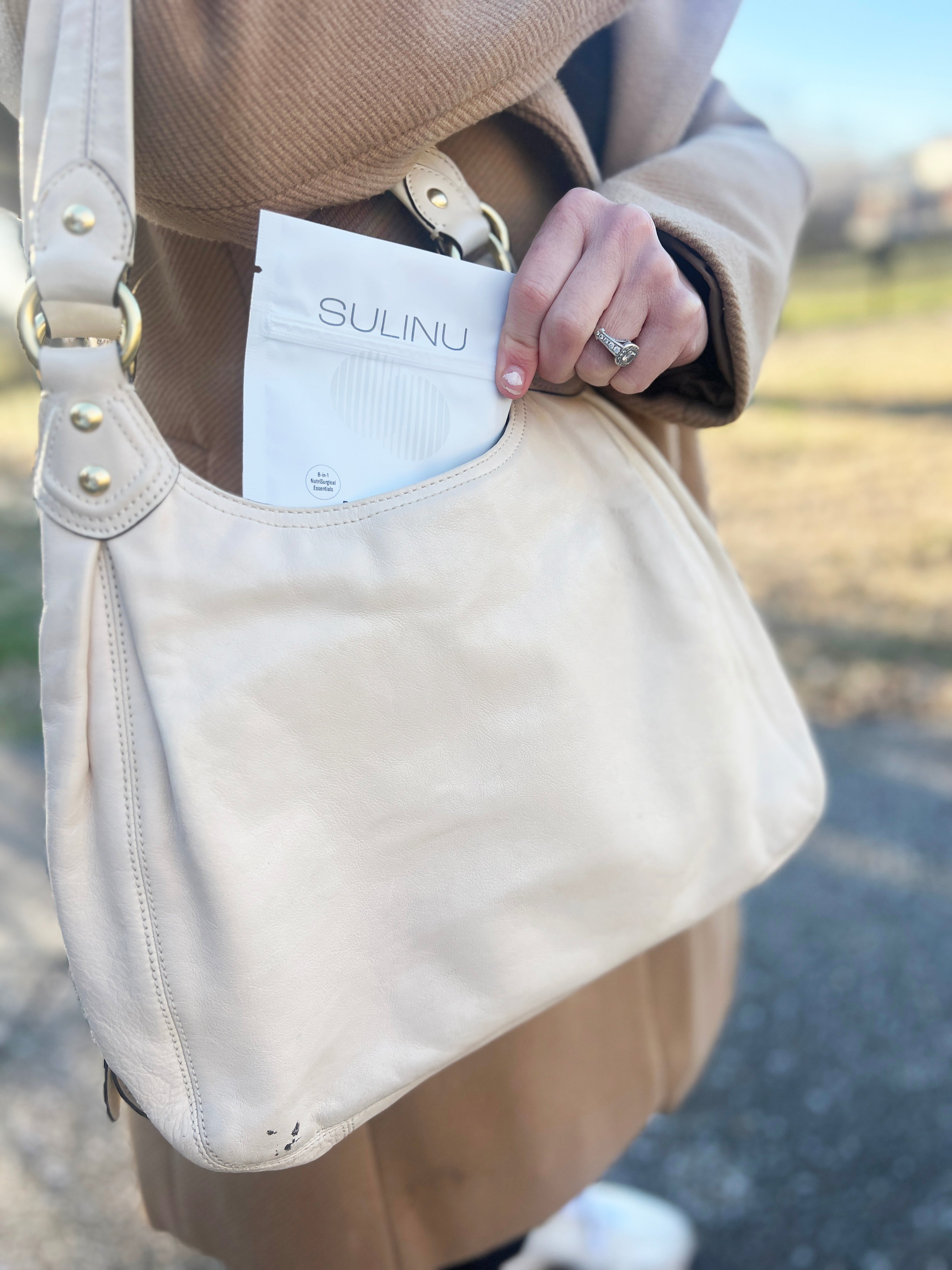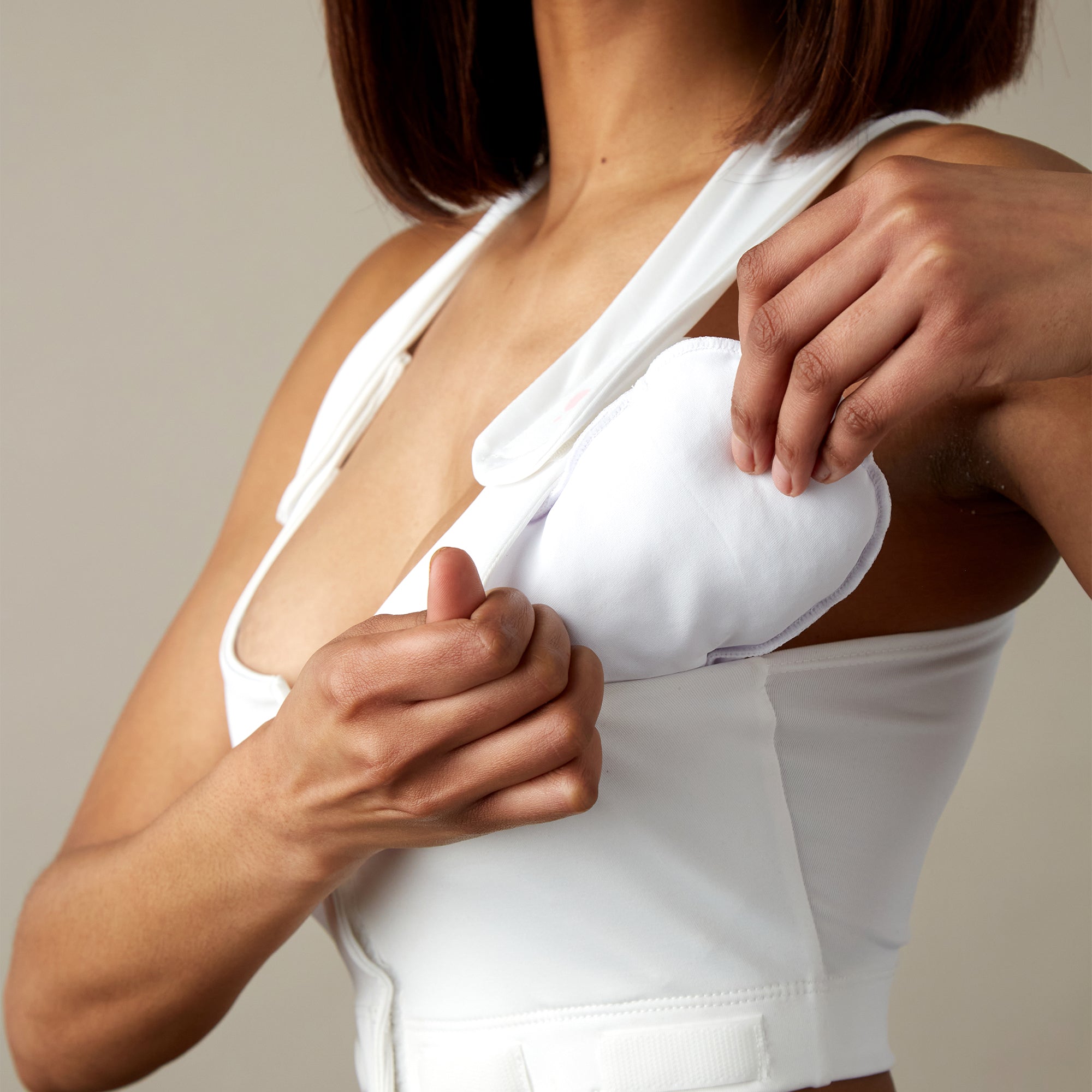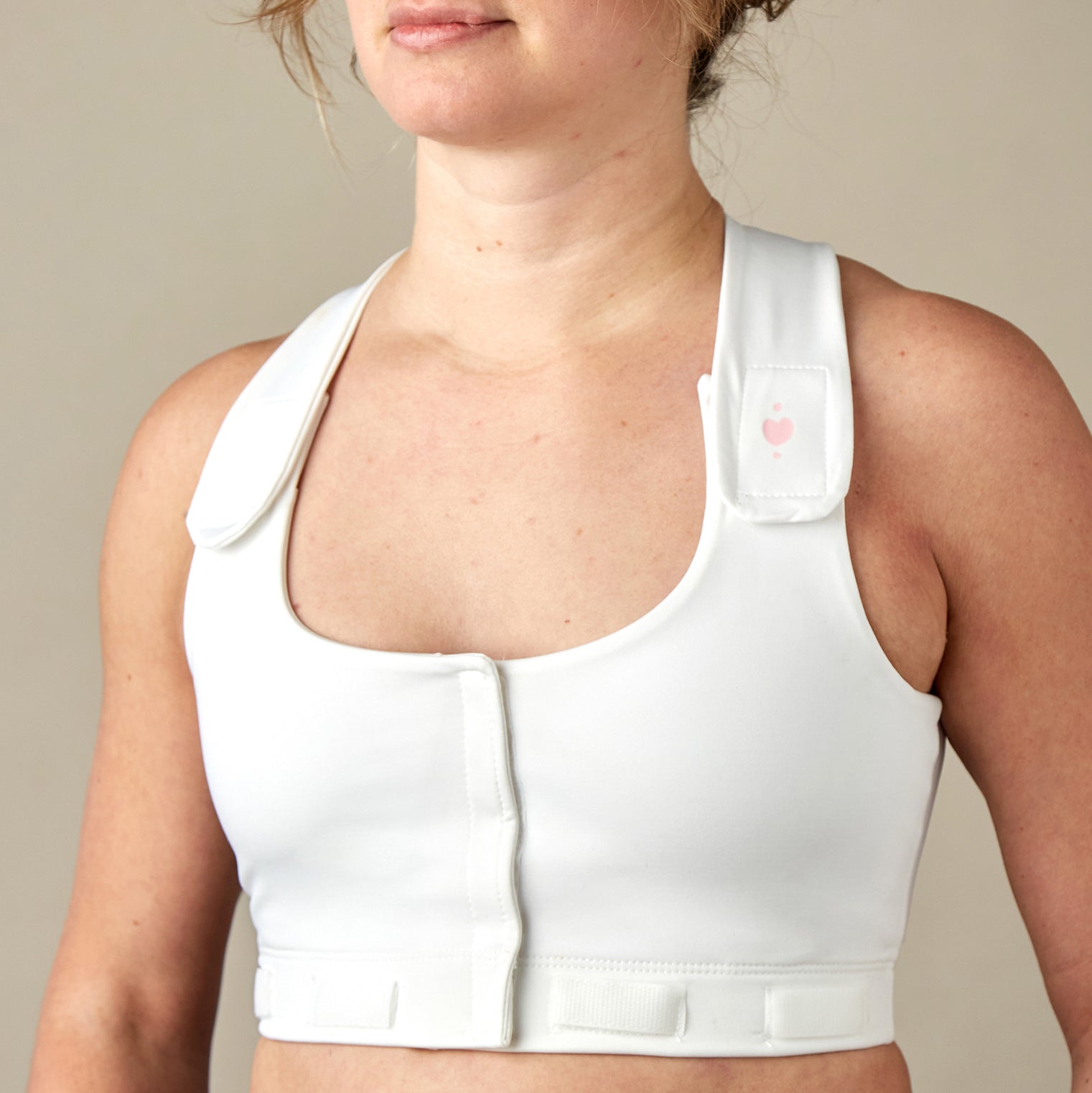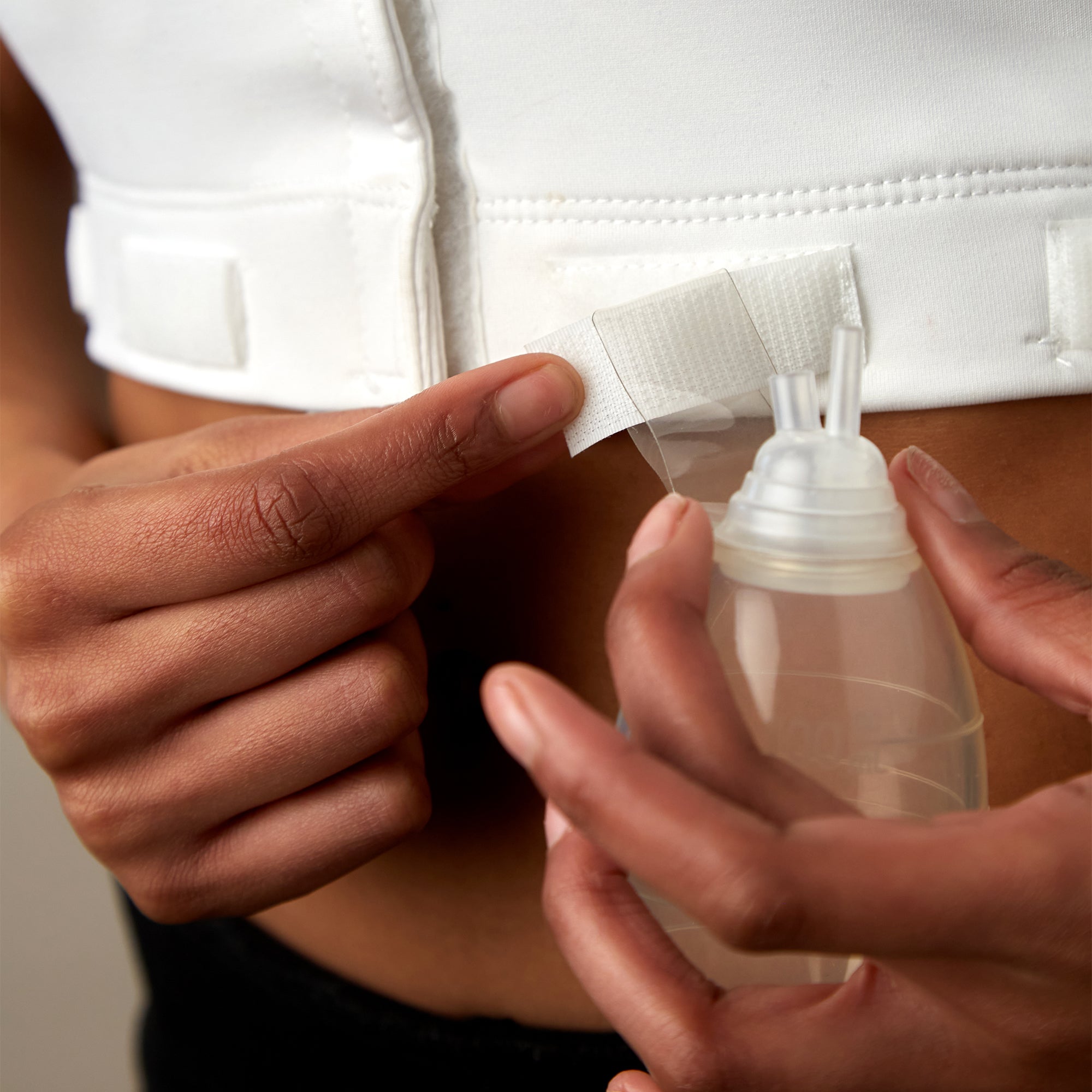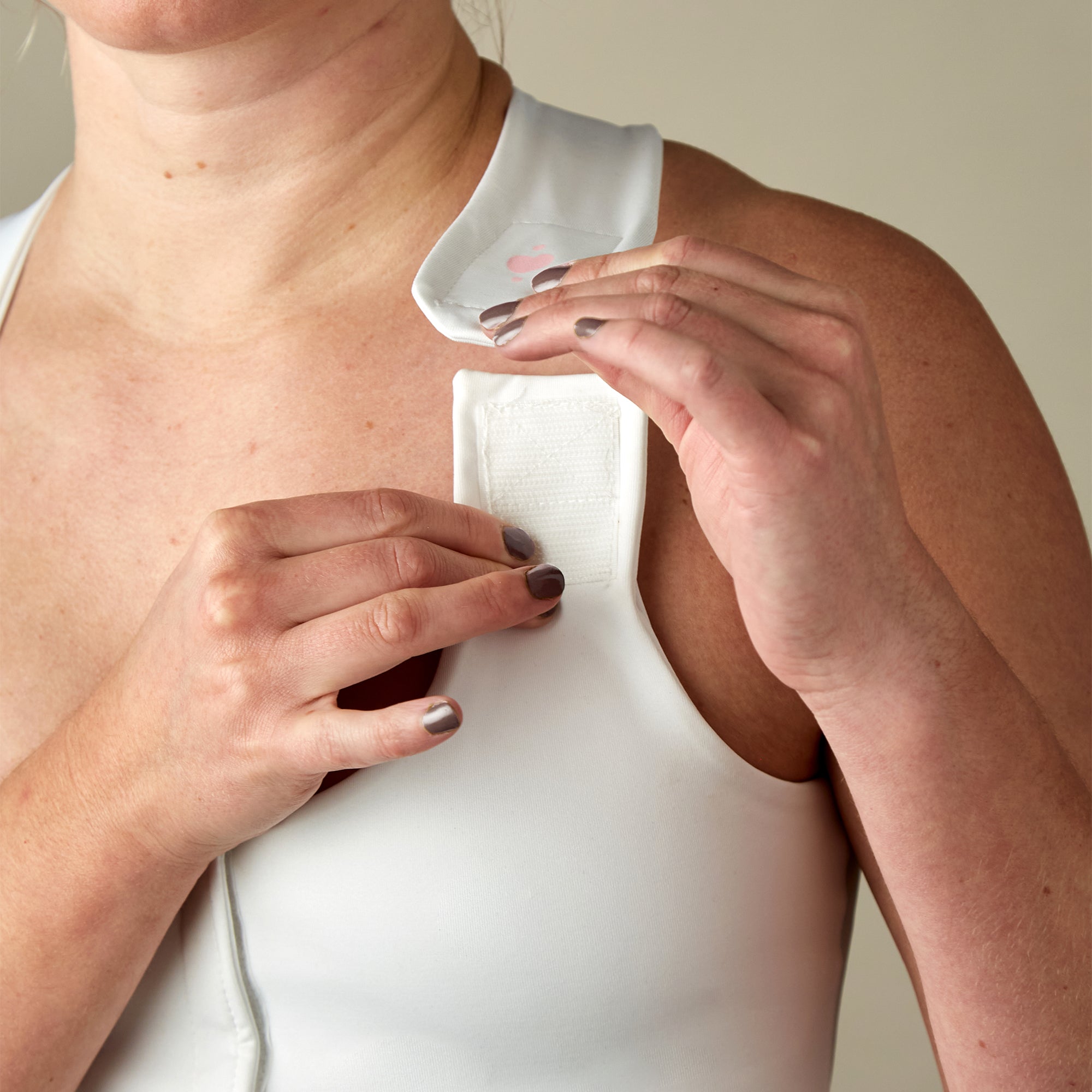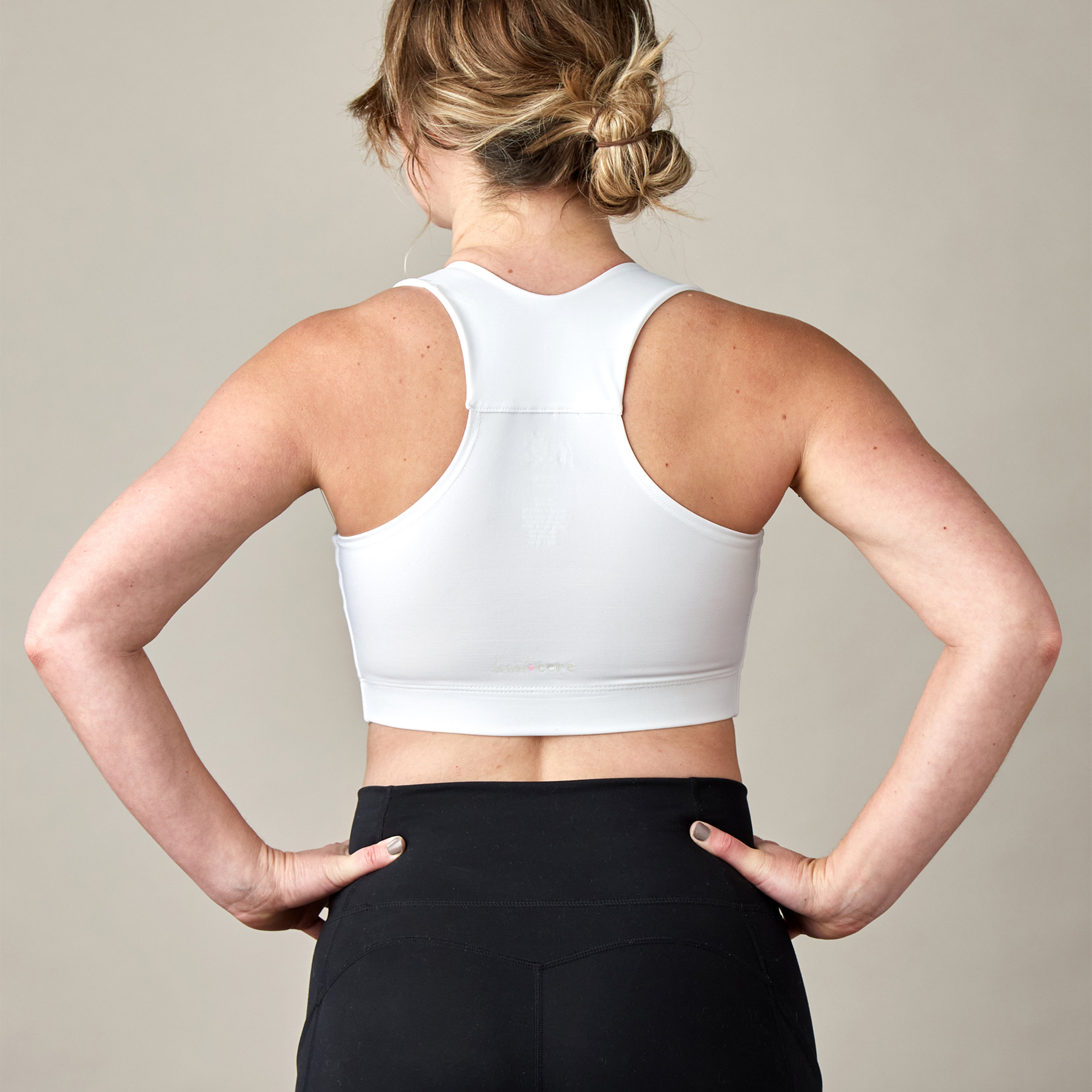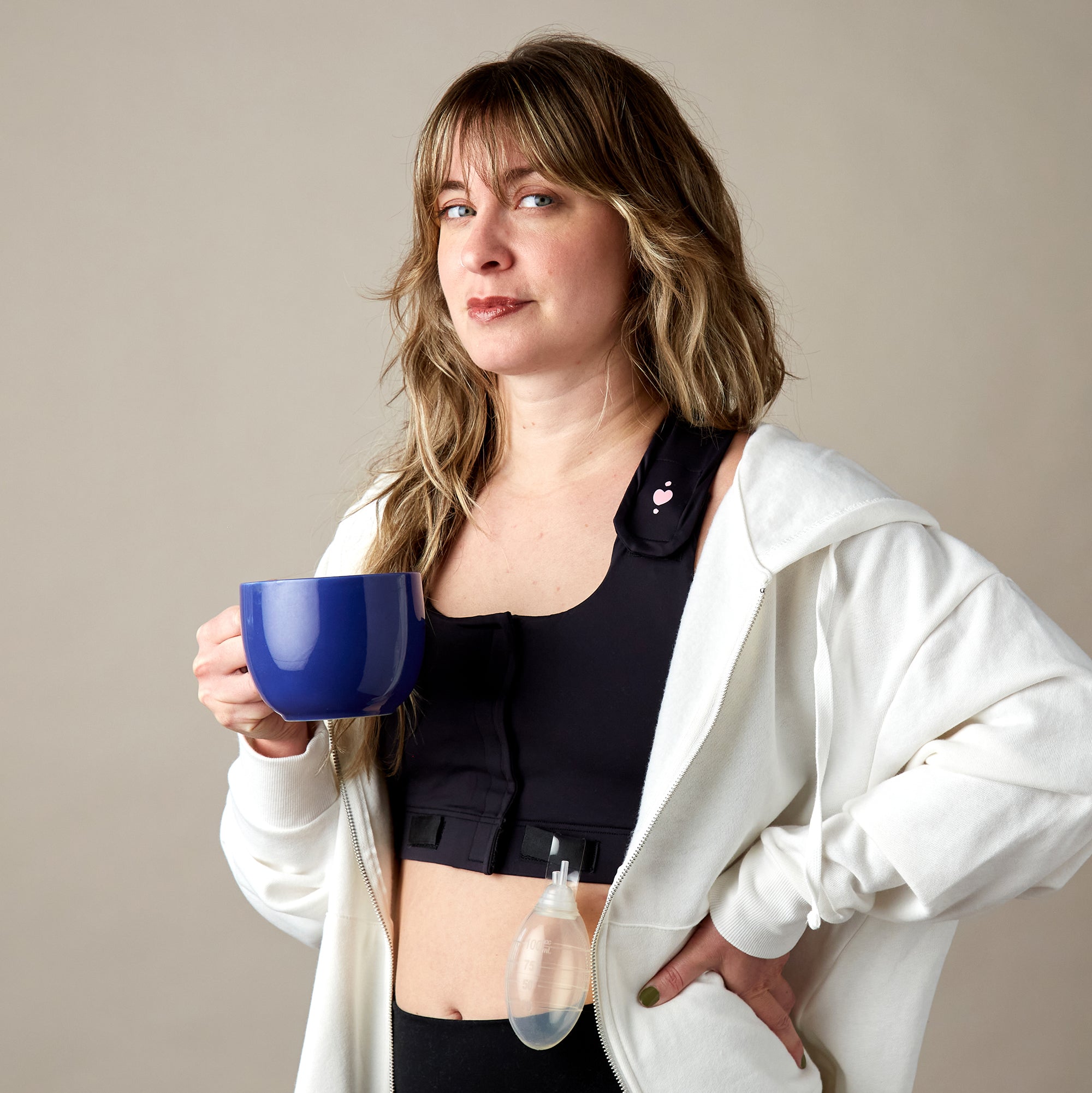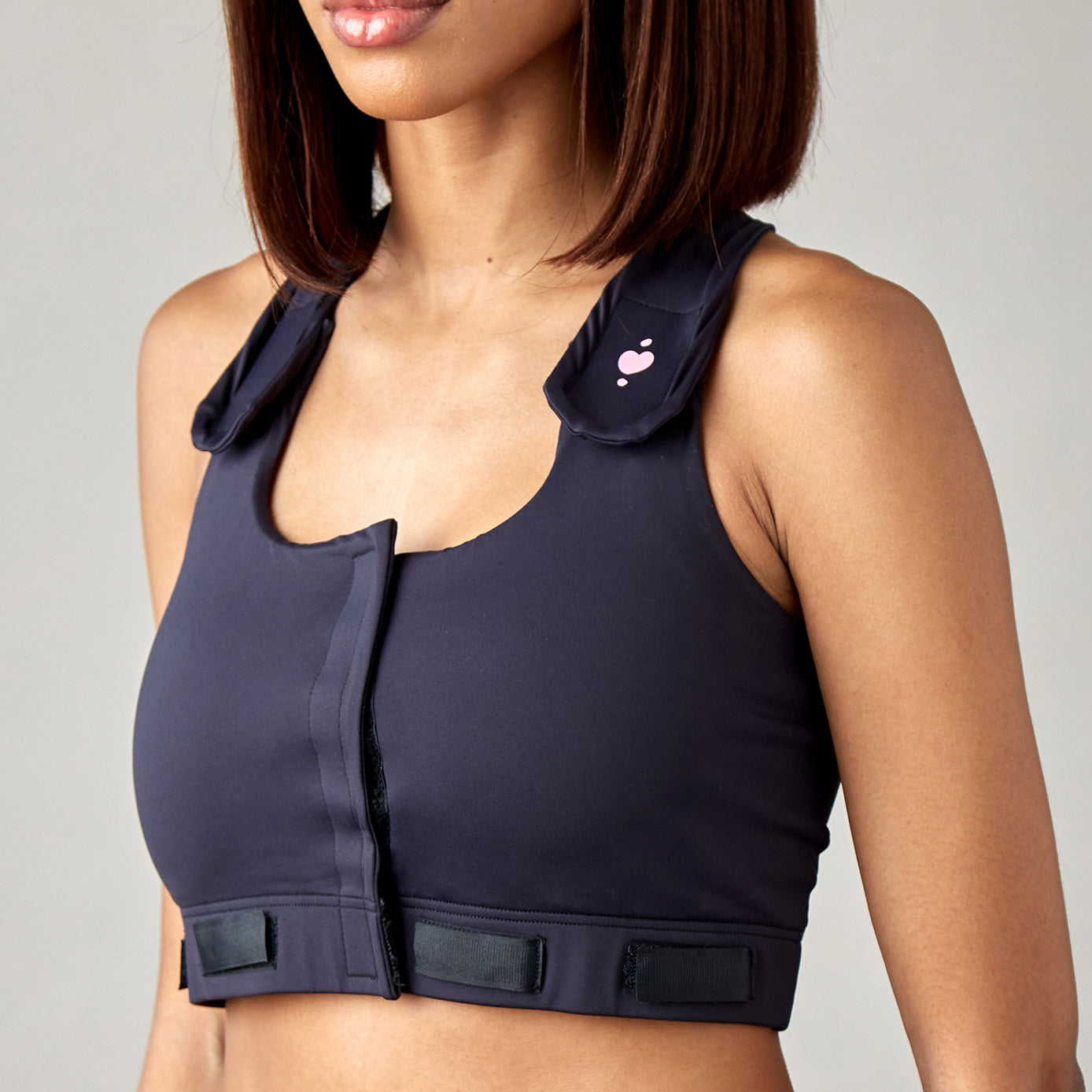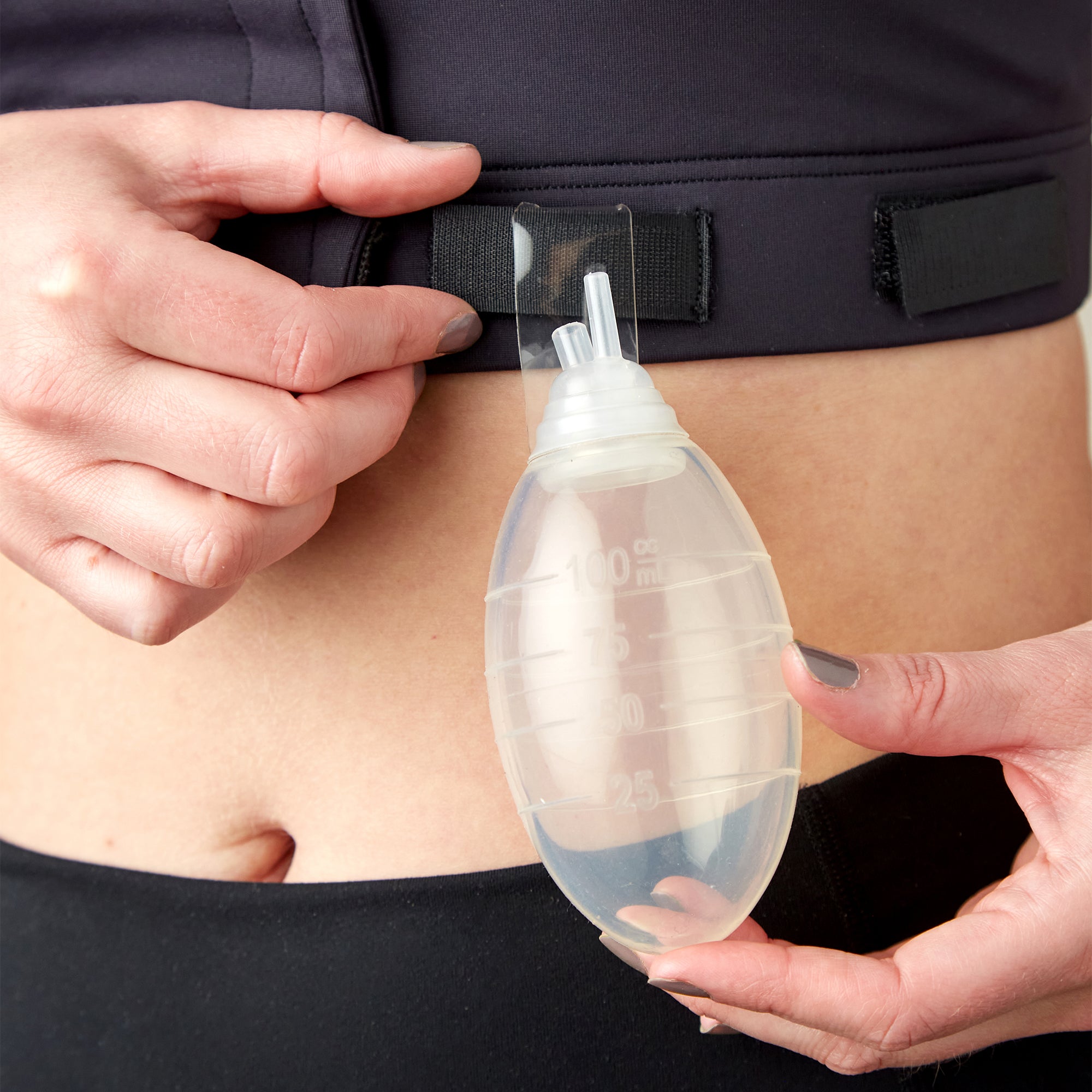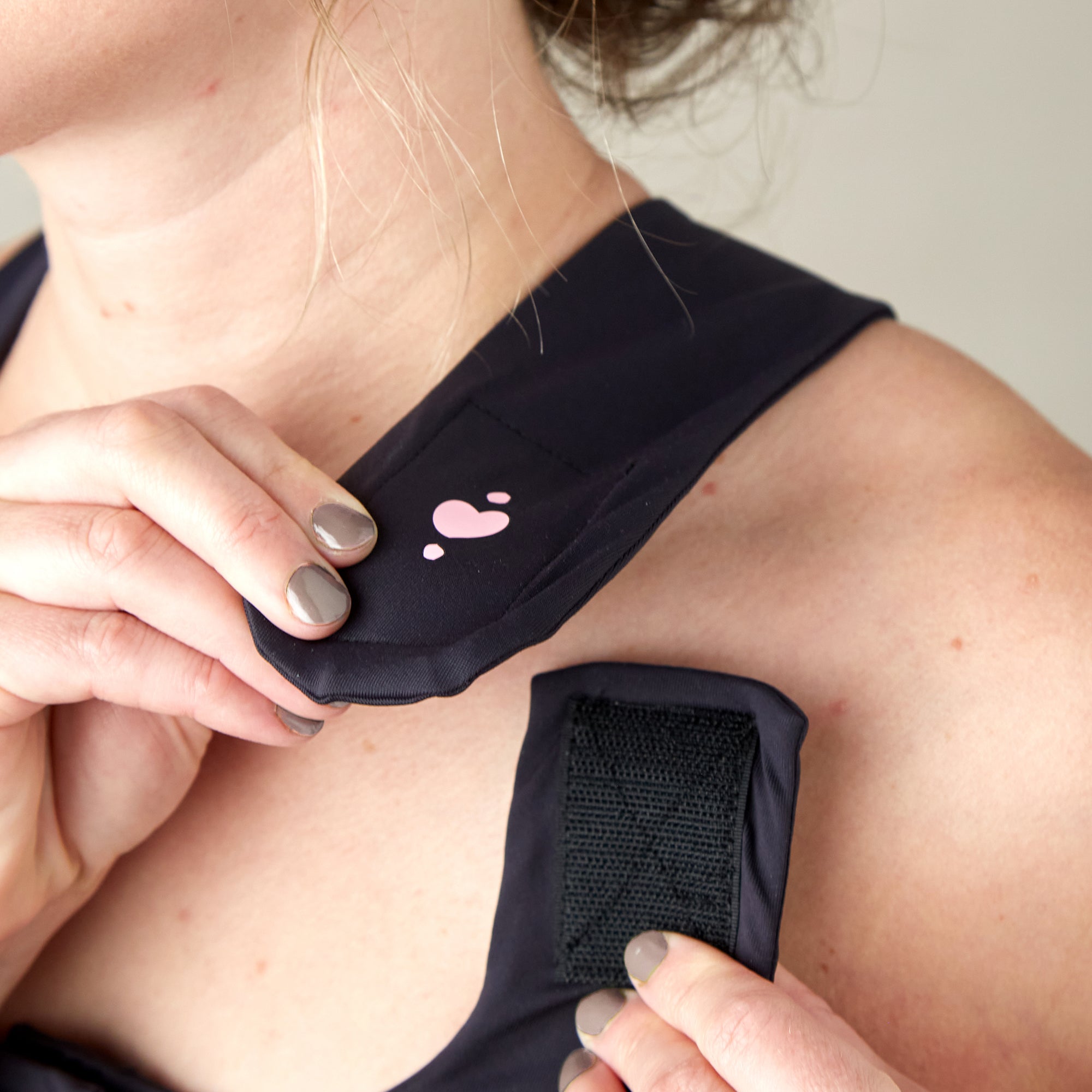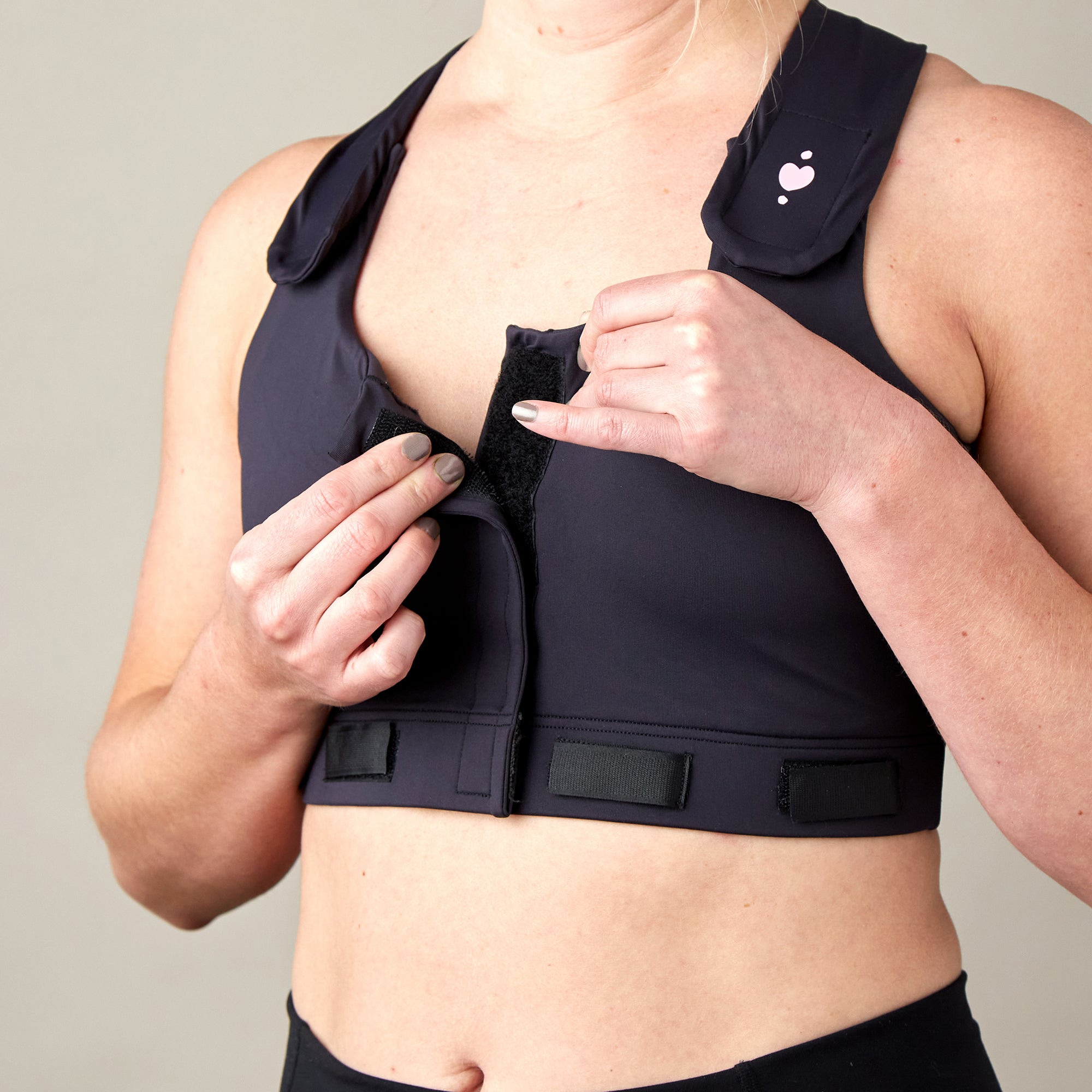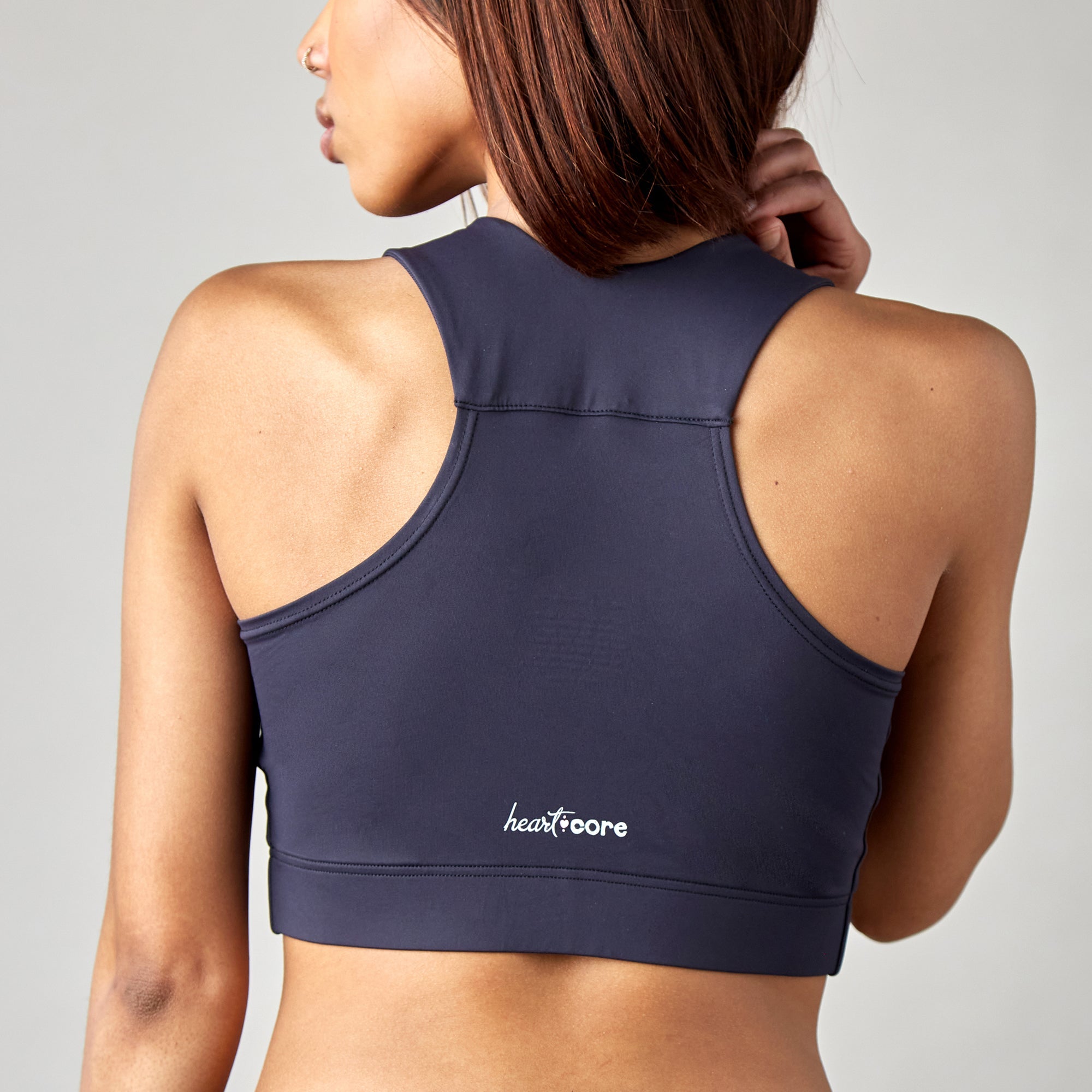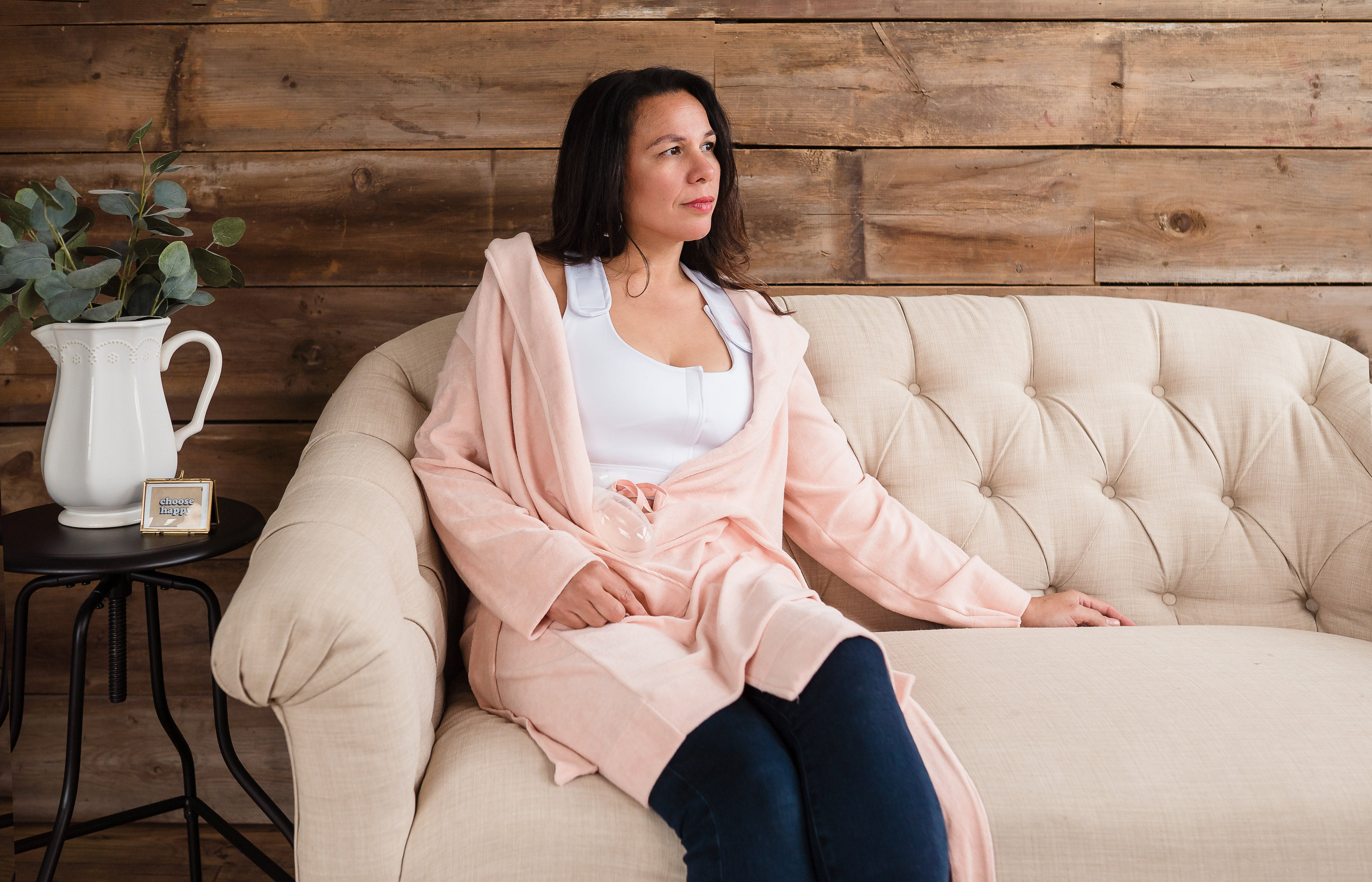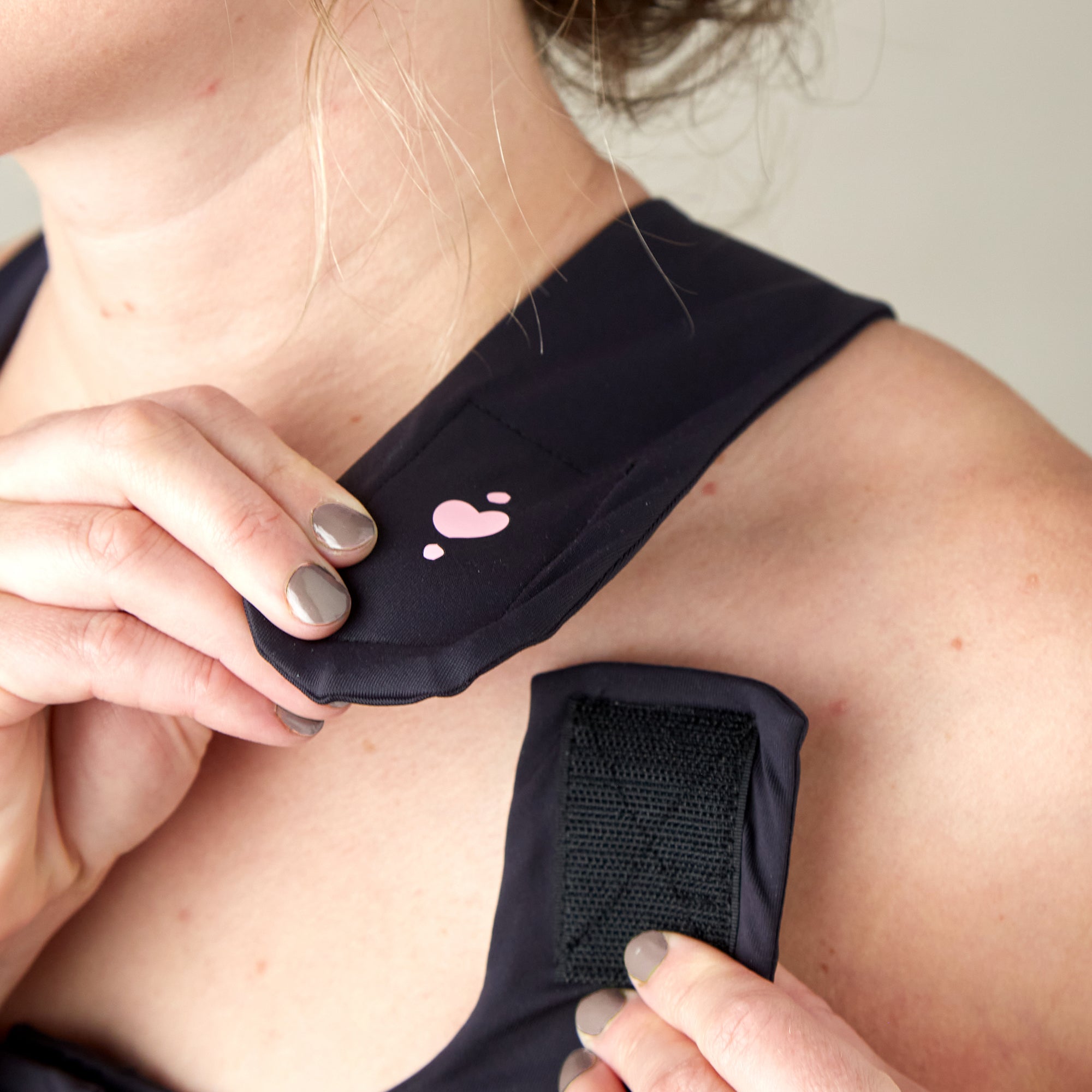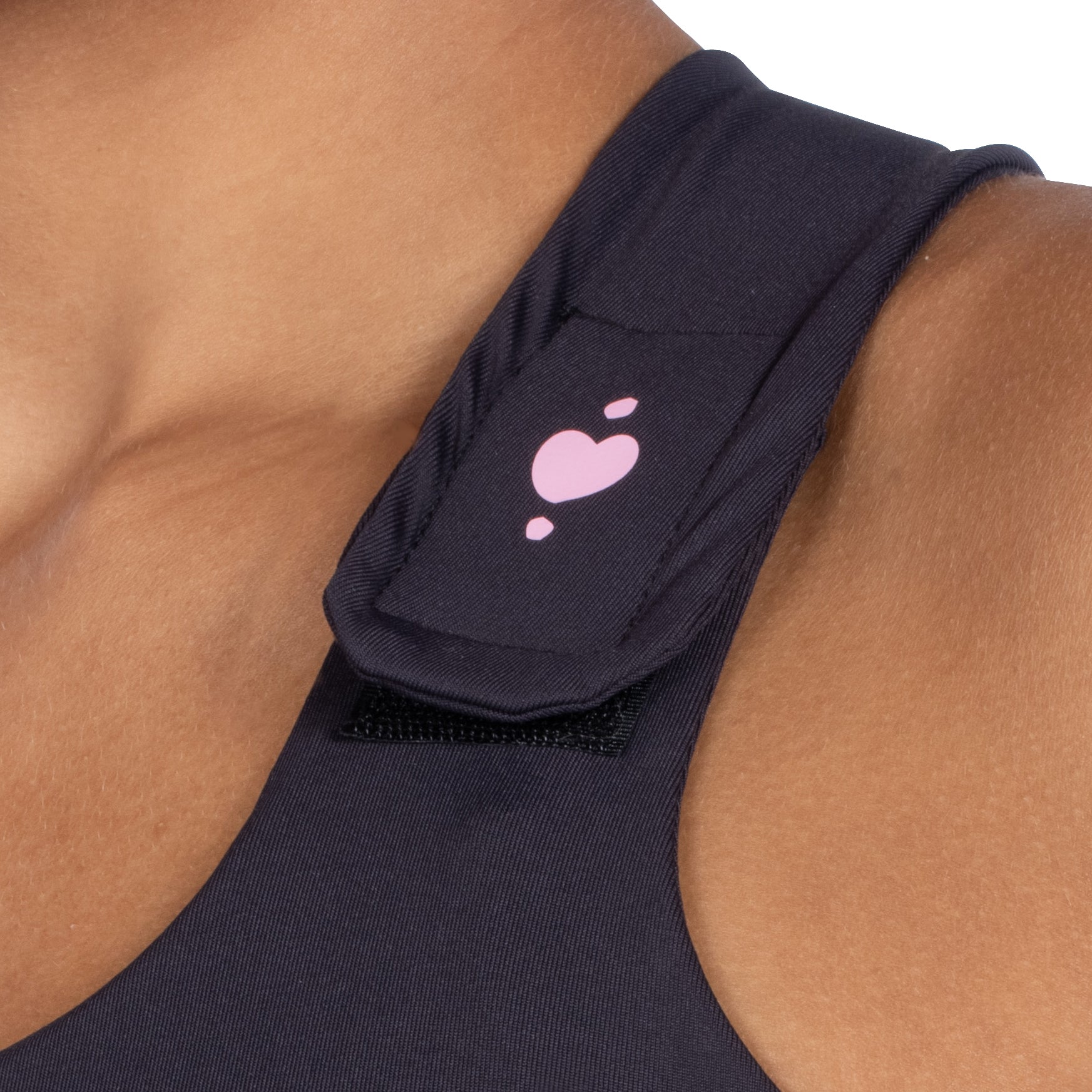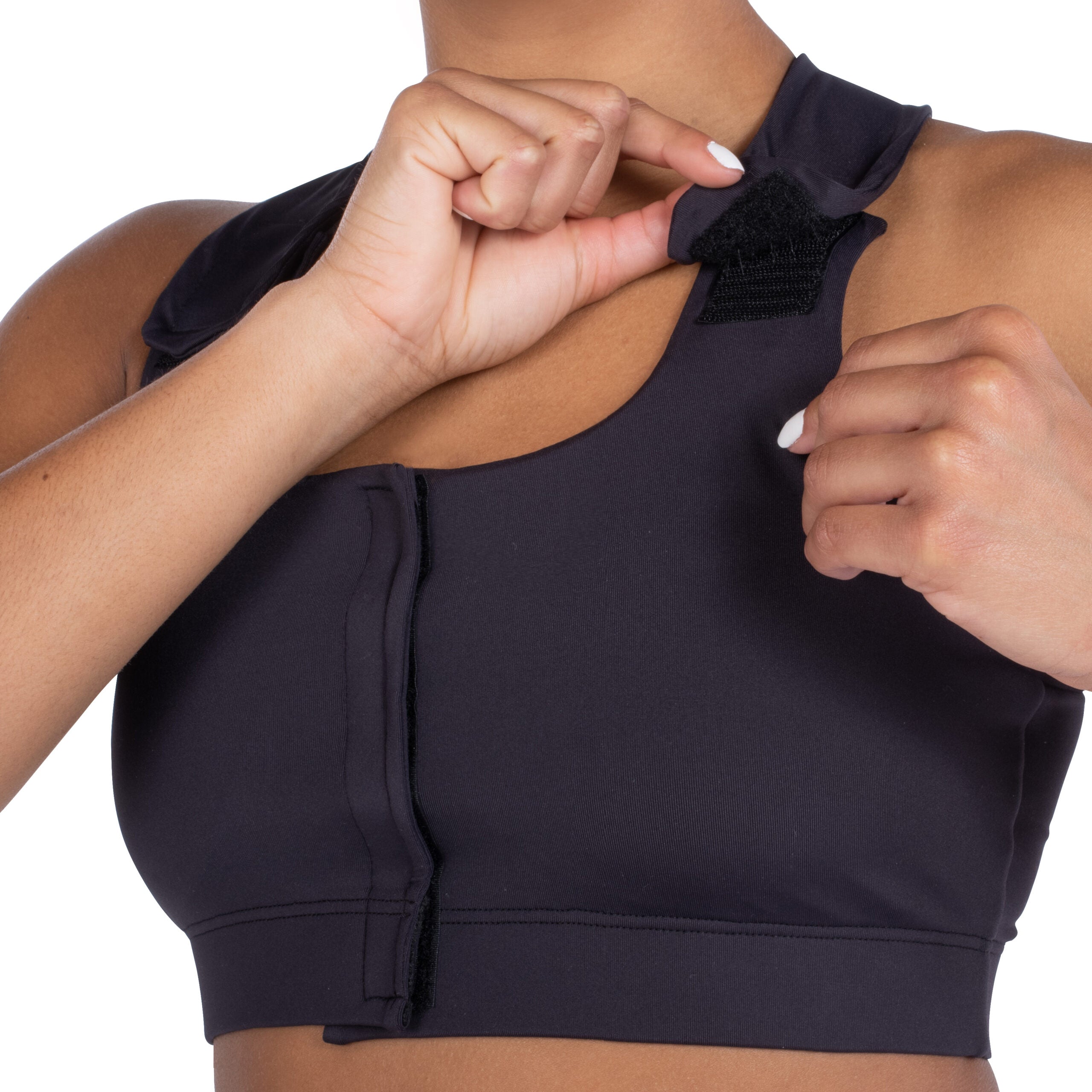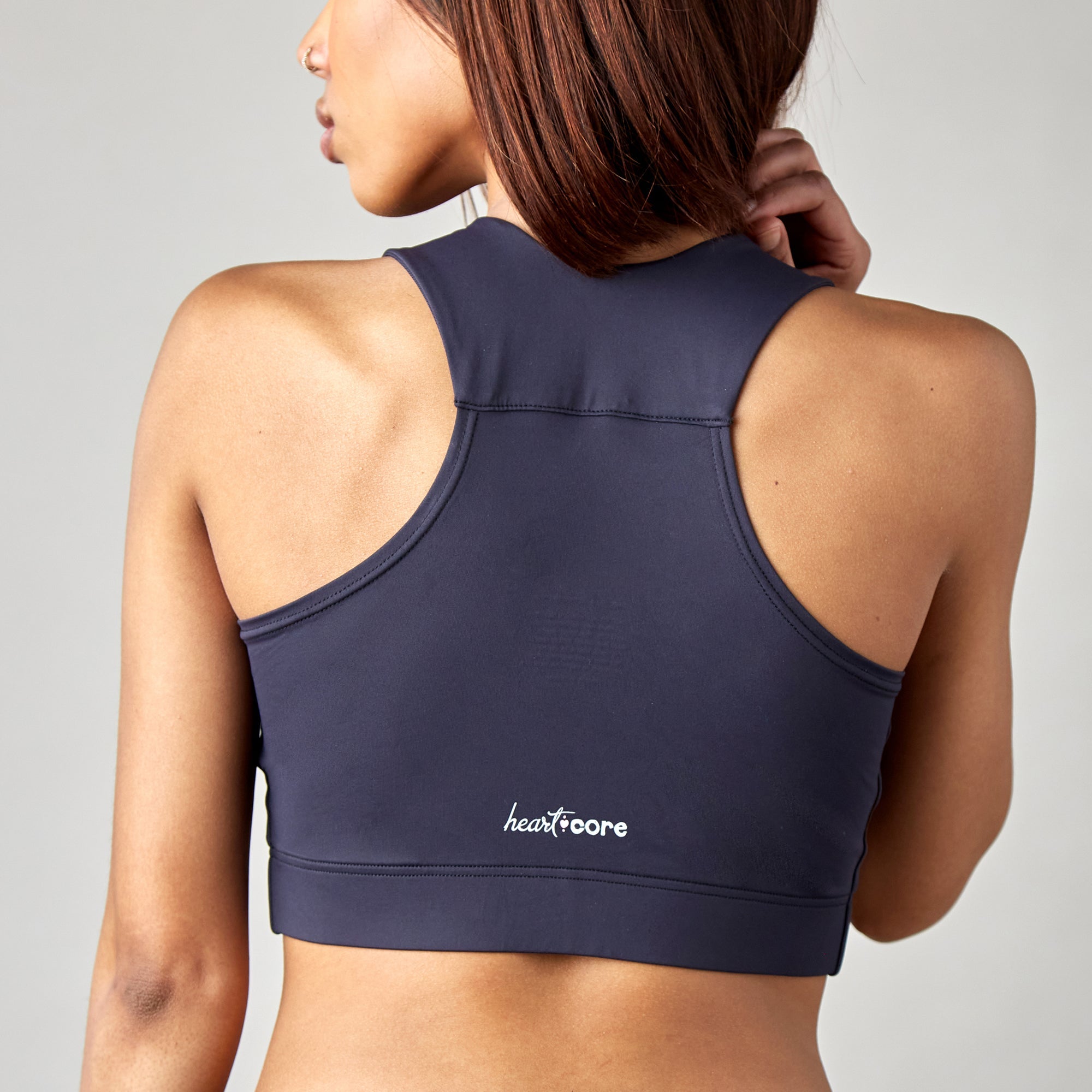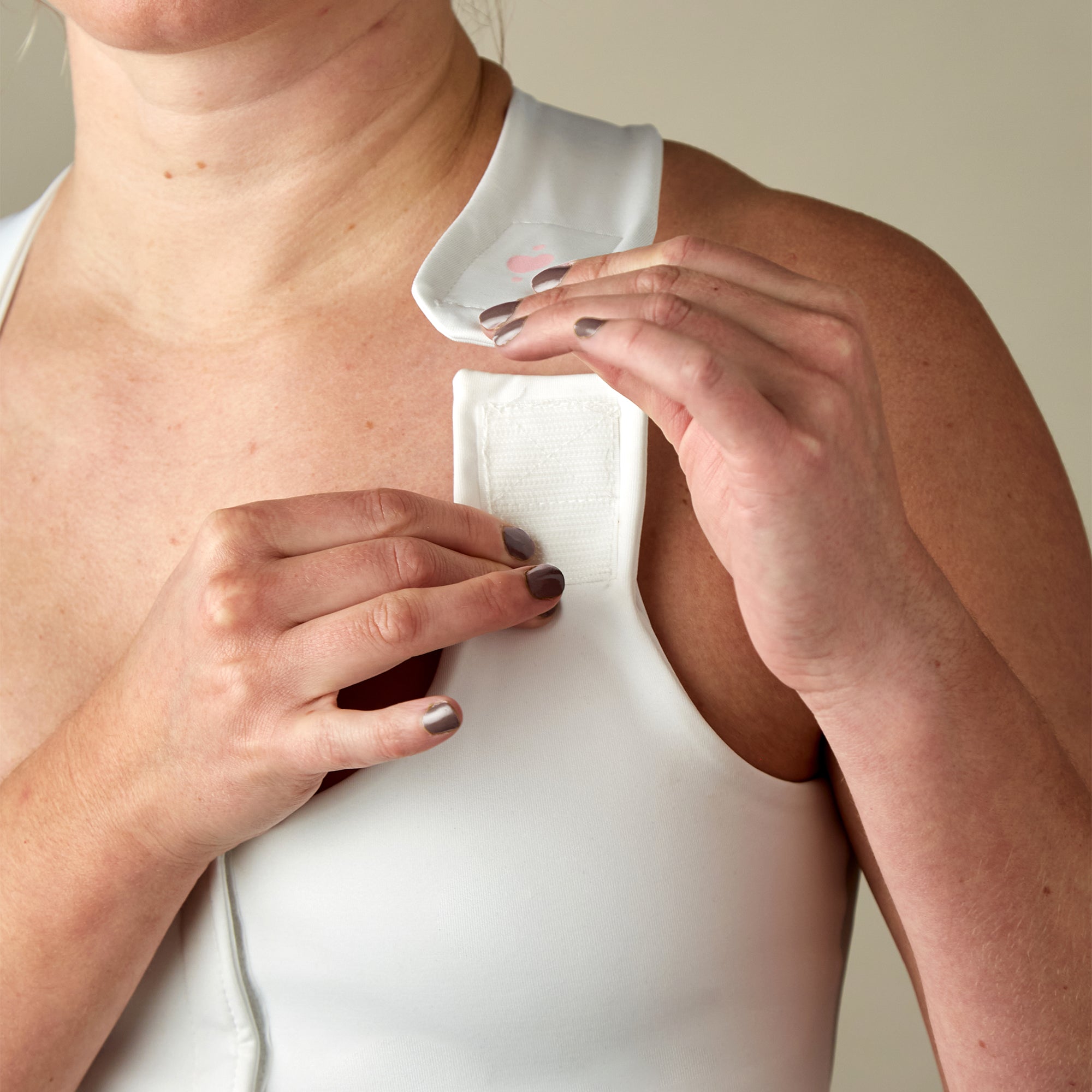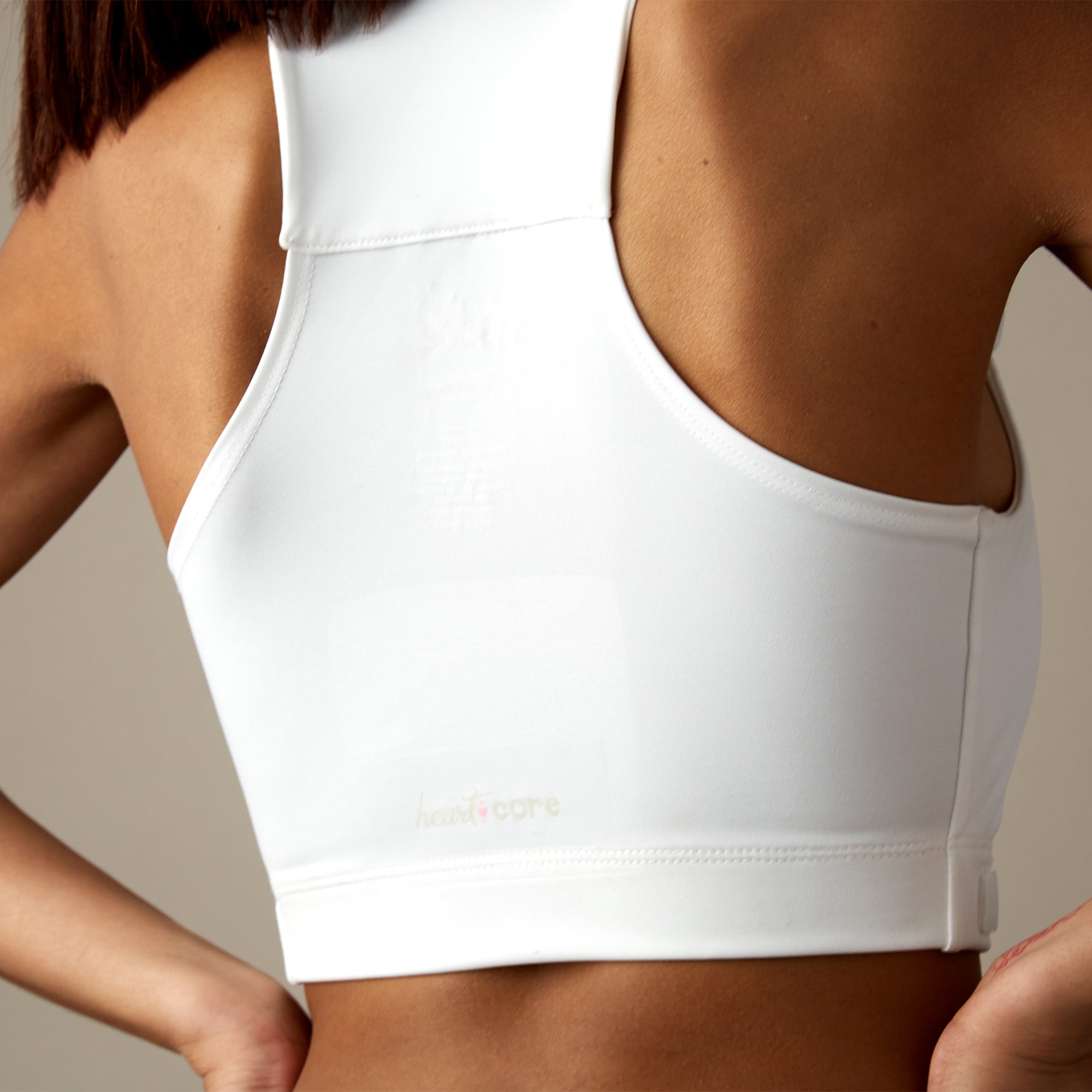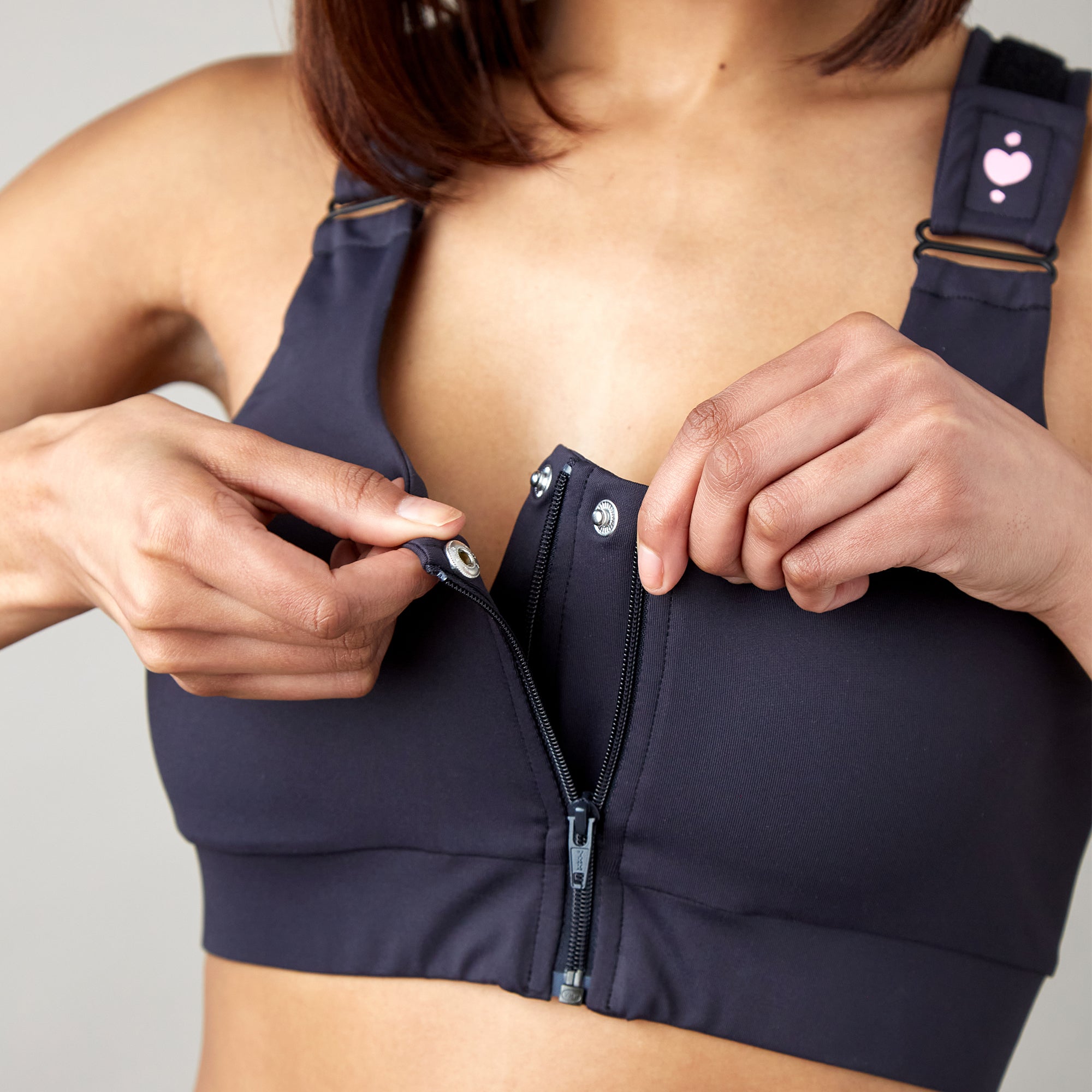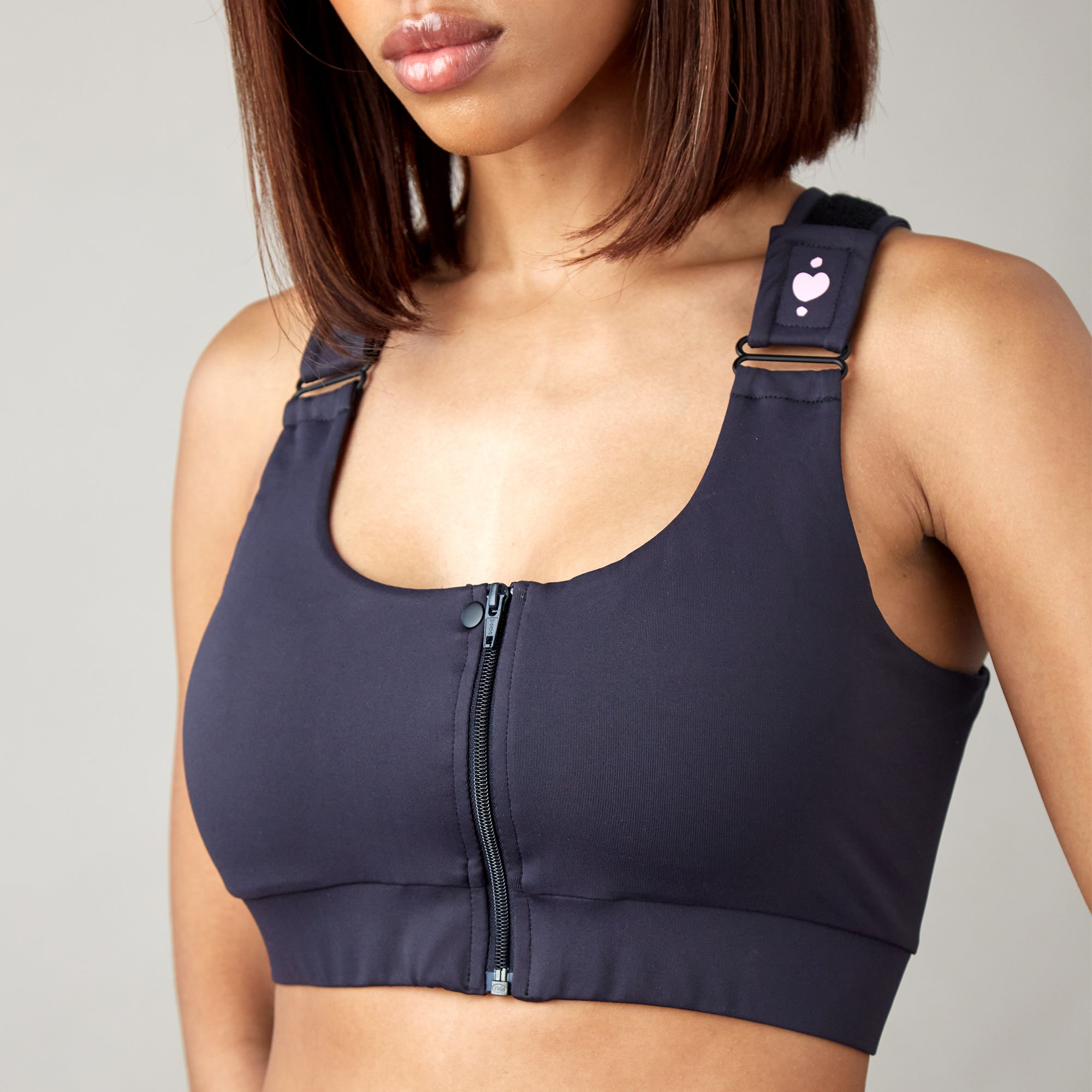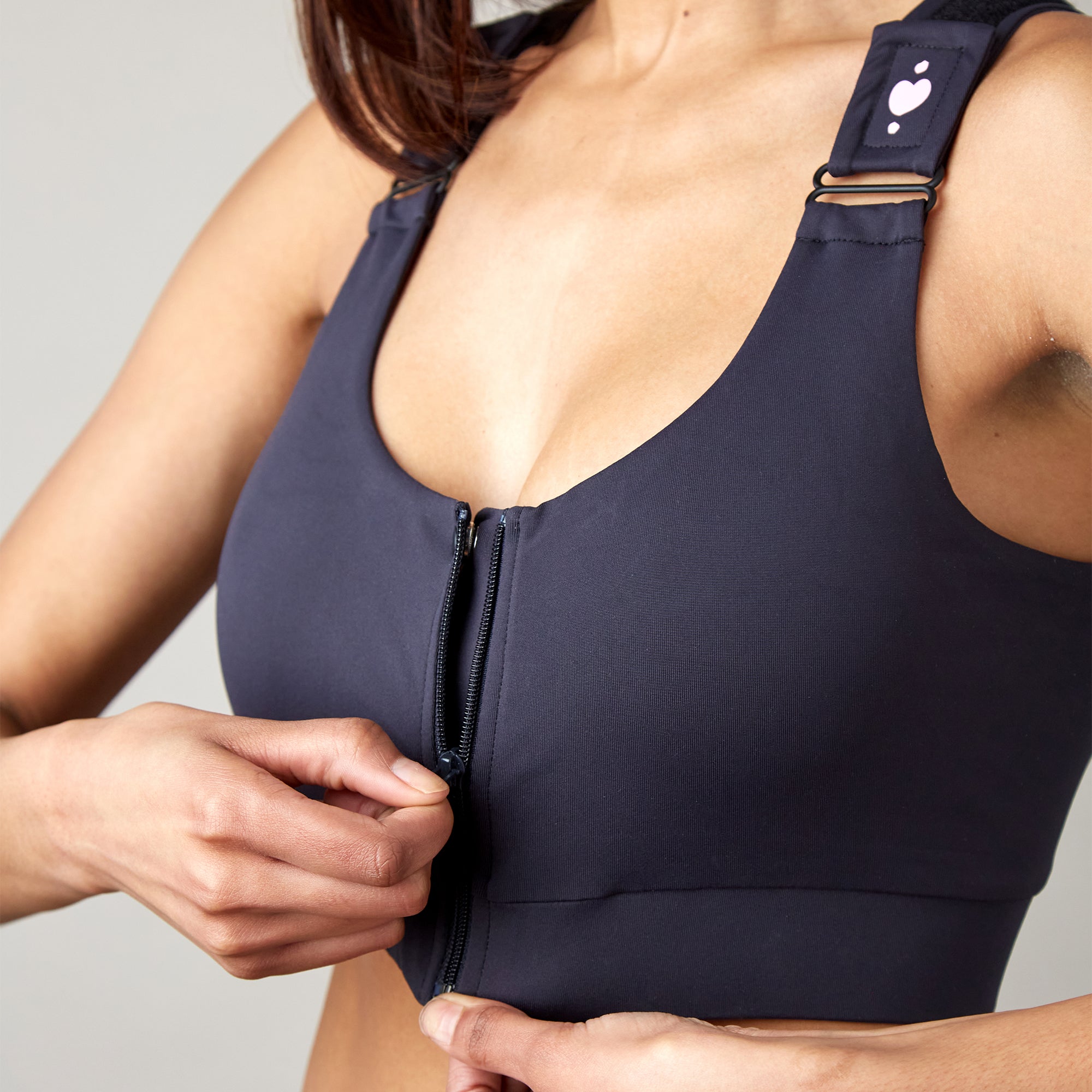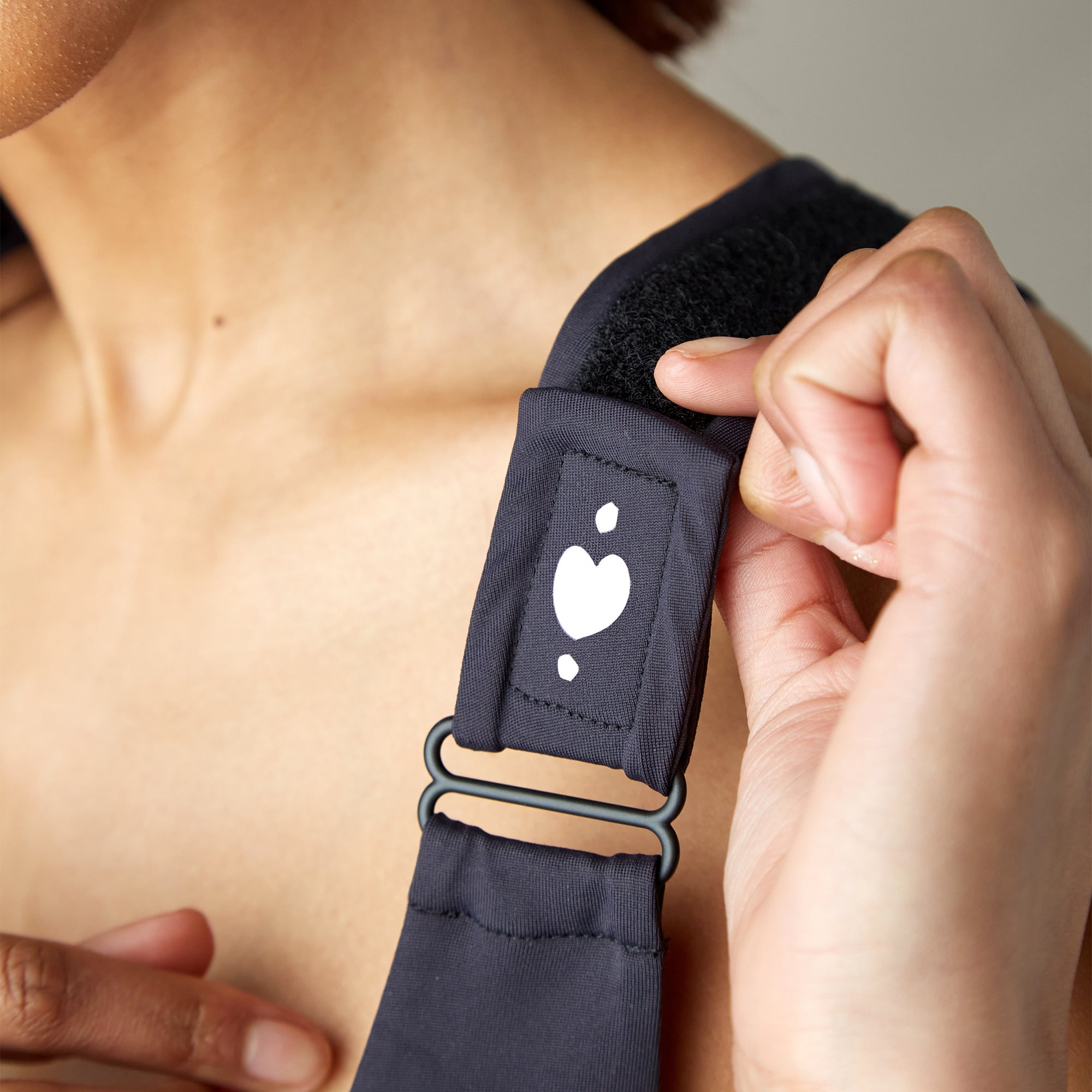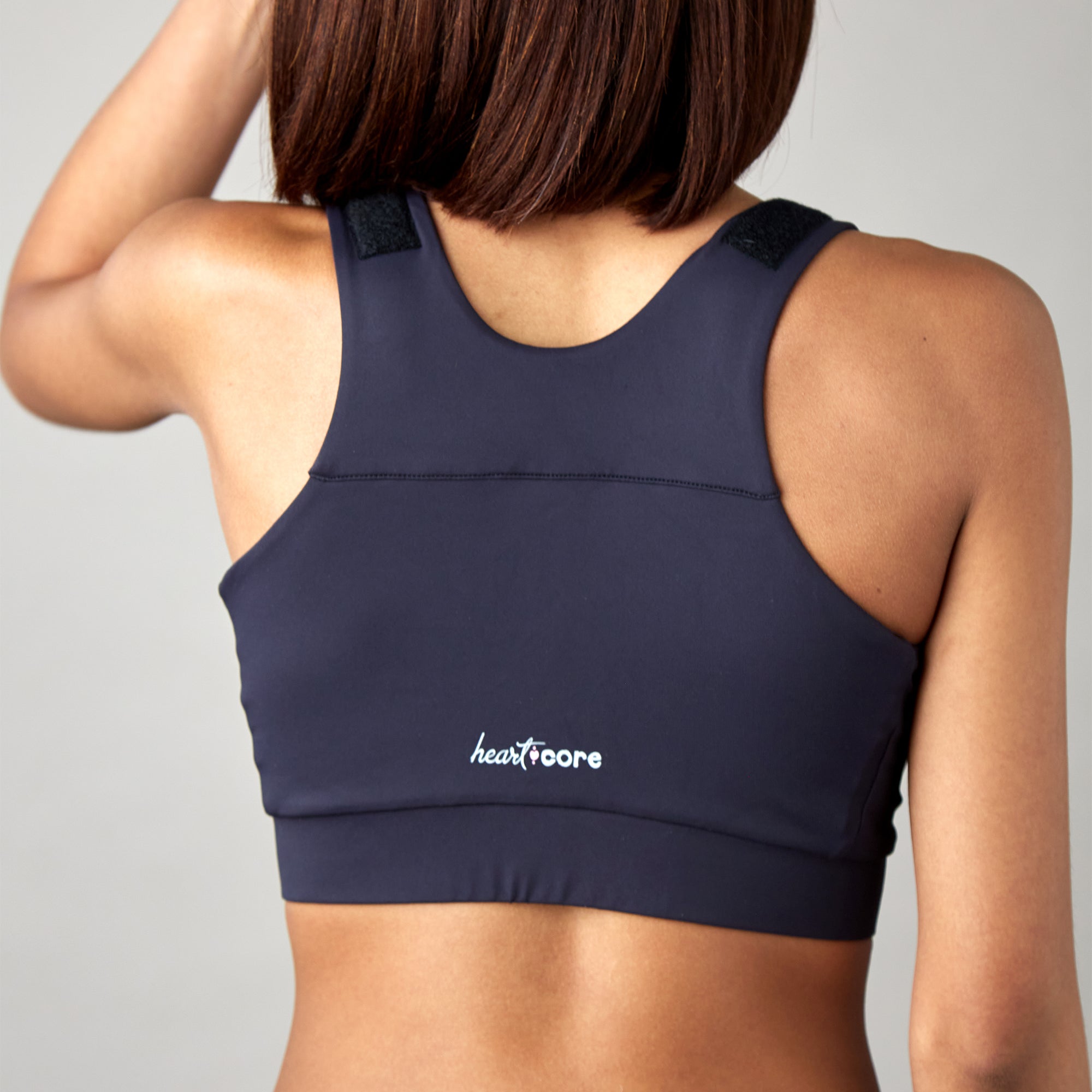Spoiler alert: The secret to better sleep apnea management might be sitting right under your head.
Let's be honest – if you're dealing with sleep apnea, you've probably tried everything short of sleeping while hanging upside down like a bat. CPAP machines, mouth guards, lifestyle changes, and maybe even that questionable "miracle cure" your neighbor swore by after watching a late-night infomercial. But here's something that might surprise you: one of the most effective tools in your sleep apnea arsenal has been hiding in plain sight on your bed this entire time.
Your pillow isn't just a fluffy afterthought – it's actually a sophisticated piece of sleep engineering that can make or break your nightly battle against breathing interruptions. And before you roll your eyes and think, "Great, another person telling me to buy something," hear us out. This isn't about expensive gadgets or complicated contraptions. This is about understanding how something as simple as head elevation can transform your sleep quality.
The Physics of Sleep Apnea: It's All About Gravity
Here's the thing about obstructive sleep apnea – it's essentially a gravity problem disguised as a breathing problem. When you lie flat on your back, gravity becomes your respiratory system's worst enemy. Your tongue, soft palate, and throat tissues all conspire together, sliding backward and creating the perfect storm for airway obstruction.
Think of it like this: imagine trying to drink a thick milkshake through a straw while someone's gently squeezing the straw. That's essentially what's happening to your airway when you sleep flat. Now imagine tilting that straw at an angle – suddenly, the flow improves dramatically. That's the power of elevation, and it's exactly why the right sleep apnea pillow can be a complete game-changer.
The science behind this is beautifully simple. When your head and upper torso are elevated at the optimal angle – typically between 30 to 45 degrees – several wonderful things happen simultaneously. First, gravity starts working with you instead of against you, helping keep those troublesome tissues from collapsing into your airway. Second, your diaphragm gets more room to work efficiently, improving overall breathing mechanics. Third, any lingering congestion or inflammation in your upper airways gets better drainage, reducing the likelihood of obstruction.
Why Back Sleeping Gets a Bad Rap (And Why It Shouldn't)
If you've done any research on sleep apnea, you've probably been told to avoid back sleeping like it's radioactive. Sleep specialists often recommend side sleeping, and for good reason – it can help prevent airway collapse. But here's the plot twist: back sleeping isn't inherently evil. In fact, when done correctly with proper elevation, back sleeping can actually be superior to side sleeping for many people with sleep apnea.
The problem with traditional flat back sleeping is obvious – everything falls backward, creating that airway obstruction we discussed. But elevated back sleeping? That's an entirely different story. When you sleep on your back with your head and torso properly elevated, you get all the benefits of back sleeping (spinal alignment, reduced pressure points, less facial wrinkles) without the respiratory drawbacks.
Here's why elevated back sleeping might actually be your sweet spot: Unlike side sleeping, which can create pressure points on your shoulders and hips, elevated back sleeping distributes your weight more evenly. This means less tossing and turning, which translates to more time spent in the deeper, more restorative sleep stages. And since sleep apnea already fragments your sleep enough, maintaining better sleep continuity is crucial.
Plus, let's be practical here – if you're a natural back sleeper, trying to force yourself into side sleeping is often a losing battle. You might start the night on your side, but by 2 AM, you're back on your back anyway. Instead of fighting your natural preferences, why not work with them by optimizing your back sleeping position?
The Elevation Sweet Spot: Finding Your Perfect Angle
Not all elevation is created equal, and finding your personal sweet spot is crucial for maximizing the benefits of your sleep apnea pillow. Too little elevation, and you're basically back to square one with gravity working against you. Too much elevation, and you'll feel like you're trying to sleep while sitting up in a chair – definitely not comfortable for a full night's rest.
The magic typically happens somewhere between 30 to 45 degrees of elevation. At this angle, you get optimal airway positioning without sacrificing comfort. But here's where it gets interesting – the "perfect" angle can vary from person to person based on factors like body weight, neck length, severity of sleep apnea, and even personal comfort preferences.
Some people find their sweet spot at a gentler 30-degree angle, which provides sufficient airway support while maintaining a more natural sleeping position. Others might need the full 45-degree elevation to achieve optimal results. The key is experimentation and paying attention to how you feel in the morning.
A good way to find your ideal angle is to start conservative and gradually increase elevation over several nights. Begin at around 30 degrees and monitor your sleep quality, morning energy levels, and any changes in snoring (your partner will definitely notice this one). If you're still experiencing symptoms, try increasing the angle by 5-10 degrees and reassess.

Beyond Basic Elevation: The Architecture of an Effective Sleep Apnea Pillow
Here's where things get interesting – not all elevated pillows are created equal. The difference between a basic wedge pillow and a well-designed sleep apnea pillow is like the difference between a paper airplane and a Boeing 747. They might both achieve elevation, but the engineering sophistication is worlds apart.
An effective sleep apnea pillow needs to address multiple challenges simultaneously. First, it needs to provide consistent, stable elevation that won't flatten out or shift during the night. Second, it should support proper spinal alignment to prevent neck and back pain. Third, it must be comfortable enough for extended use because the best pillow in the world won't help if you can't actually sleep on it.
The shape and design matter enormously. A simple triangular wedge might provide elevation, but it often creates pressure points and doesn't support the natural curve of your spine. The most effective sleep apnea pillows feature a more sophisticated contour that cradles your head and neck while maintaining the crucial elevation angle.
Temperature regulation is another often-overlooked factor. Traditional elevated sleeping solutions can trap heat, leading to uncomfortable night sweats that disrupt sleep just as much as apnea events. Quality sleep apnea pillows incorporate breathable materials and designs that promote airflow, keeping you cool and comfortable throughout the night.
The Ripple Effect: How Better Sleep Positioning Impacts Your Entire Health
When you start sleeping with proper elevation, the benefits extend far beyond just improved breathing. It's like dominoes falling in the best possible way – one improvement leads to another, creating a cascade of positive health effects.
First and most obviously, better airway management means fewer apnea events, which translates to more oxygen reaching your brain and organs throughout the night. This improved oxygenation has immediate effects on your energy levels, cognitive function, and mood. Many people report feeling more alert and mentally sharp within just a few days of making the switch to elevated sleeping.
But the benefits go deeper than that. Reduced sleep apnea events mean less fragmented sleep, which allows your body to spend more time in the crucial deep sleep and REM stages. This is when your body does its most important repair and restoration work – everything from muscle recovery to memory consolidation happens during these deeper sleep phases.
The cardiovascular benefits are particularly noteworthy. Sleep apnea puts enormous strain on your heart and circulatory system, contributing to high blood pressure, irregular heart rhythms, and increased risk of heart disease and stroke. By reducing apnea events through better positioning, you're literally giving your cardiovascular system a break every single night.
Even your digestive system benefits from elevated sleeping. The slight incline can help with acid reflux and GERD symptoms, which are surprisingly common among people with sleep apnea. When your upper body is elevated, stomach acid is less likely to creep up into your esophagus, reducing nighttime heartburn and throat irritation that can worsen breathing problems.

The CPAP Connection: How the Right Pillow Enhances Your Therapy
If you're already using CPAP therapy – and good for you if you are, because it's the gold standard for sleep apnea treatment – the right pillow becomes even more crucial. A quality sleep apnea pillow doesn't replace your CPAP; it enhances it, creating a synergistic effect that can dramatically improve your therapy outcomes.
One of the biggest challenges with CPAP therapy is mask fit and comfort. Traditional pillows can create pressure points that push against your mask, causing leaks that reduce therapy effectiveness and create annoying whistling sounds that wake both you and your partner. A well-designed sleep apnea pillow accommodates your CPAP mask and tubing, reducing pressure and improving seal integrity.
The elevation provided by a sleep apnea pillow can also reduce the pressure settings needed from your CPAP machine. When your airway is naturally more open due to proper positioning, your machine doesn't have to work as hard to maintain airway patency. This can lead to lower pressure requirements, which many people find more comfortable and easier to tolerate.
Some people find that with the right combination of elevated sleeping and CPAP therapy, they experience such significant improvement that their sleep physician can adjust their pressure settings downward during follow-up sleep studies. While you should never adjust your CPAP settings without medical supervision, it's encouraging to know that optimizing your sleep position can potentially enhance your therapy outcomes.
Debunking Common Sleep Apnea Pillow Myths
Let's address some of the misconceptions floating around about sleep apnea pillows, because misinformation helps no one sleep better.
Myth #1: "Any wedge pillow will work for sleep apnea." False. While basic wedge pillows can provide elevation, they're often uncomfortable for extended use and don't address the specific needs of sleep apnea sufferers. The angle, material, and design all matter significantly.
Myth #2: "Sleep apnea pillows are just expensive marketing gimmicks." Also false. While there are certainly overpriced products out there, quality sleep apnea pillows are engineered specifically to address the biomechanics of airway obstruction. The difference in design and effectiveness compared to regular pillows is substantial.
Myth #3: "If you have severe sleep apnea, pillows won't make any difference." This one's partially true – pillows alone cannot treat severe sleep apnea, and CPAP therapy remains essential. However, even people with severe sleep apnea can benefit from improved sleep positioning as a complement to their primary treatment.
Myth #4: "Sleep apnea pillows are uncomfortable and you'll never get used to them." While there is typically an adjustment period when switching to any new pillow, quality sleep apnea pillows are designed with comfort in mind. Most people adapt within a week or two, and many report sleeping better than they have in years.
Myth #5: "Side sleeping is always better than elevated back sleeping for sleep apnea." This depends entirely on the individual. While side sleeping can be helpful, elevated back sleeping offers unique advantages and may be more effective for certain people, particularly those who naturally prefer back sleeping.

The Sleep Again Pillow System: Whole-Body Support for Better Breathing
When it comes to innovative solutions for sleep apnea management, the Sleep Again Pillow System demonstrates how comprehensive support can address the complex relationship between body positioning and airway health. This system recognizes that effective sleep apnea management isn't just about propping up your head – it's about creating optimal alignment from head to toe.
What makes the Sleep Again system particularly effective for sleep apnea sufferers is its understanding that breathing problems during sleep are often connected to whole-body positioning. When your entire body is properly aligned and supported, your airways naturally maintain better positioning throughout the night.
The Complete System Components:
Upper Body Wedge: The foundation of effective elevated sleeping, this component creates the crucial 30-45 degree incline that transforms back sleeping from problematic to beneficial for sleep apnea management. Unlike simple wedges that only elevate your head, this gradual slope supports your entire upper body, maintaining the elevation angle that keeps your airway optimally positioned.
Two Contoured Side Pillows: These ingenious components serve a dual purpose for sleep apnea management. First, they prevent the unconscious rolling that can disrupt your carefully maintained elevated position during the night. Second, they maintain proper spinal alignment, which is crucial because misalignment anywhere in your spine can affect airway positioning.
Head Pillow: Specifically designed to work in harmony with the upper body wedge, this pillow provides precise head support that maintains your airway's optimal angle. Unlike standard pillows that can compress and lose their shape, this component maintains consistent support throughout the night.
Leg Support Wedge: While it might seem unrelated to breathing, leg elevation plays a crucial role in sleep apnea management. By reducing pressure on your lower back and improving circulation, this component helps your entire body relax more completely, reducing the muscle tension that can contribute to airway collapse.
Removable, Washable Slipcovers: For sleep apnea sufferers who often deal with night sweats or need to maintain strict hygiene standards (especially when using CPAP equipment), easy-to-clean covers are essential for long-term comfort and health.
This integrated approach addresses the reality that sleep apnea isn't just a throat problem – it's a whole-body positioning challenge that requires a comprehensive solution.
Shop the System
The Science of Sleep Quality: Why Position Matters More Than You Think
Recent research in sleep medicine has revealed fascinating insights about how sleep positioning affects not just breathing, but overall sleep architecture. When you achieve optimal positioning for sleep apnea management, you're not just keeping your airway open – you're creating conditions that promote deeper, more restorative sleep cycles.
Studies have shown that people who sleep with proper elevation experience longer periods of REM sleep, which is crucial for cognitive function, emotional regulation, and memory consolidation. They also spend more time in deep sleep stages, when the body performs its most important repair and restoration functions.
The neurological benefits are particularly intriguing. Proper sleep positioning can improve the brain's glymphatic system – essentially the brain's waste disposal system that clears out toxins and metabolic byproducts during sleep. When this system functions optimally, it may help reduce the risk of neurodegenerative diseases and improve overall cognitive health.
Furthermore, the relationship between sleep positioning and hormonal regulation is becoming increasingly clear. Quality sleep with reduced apnea events helps normalize the production of crucial hormones like growth hormone, cortisol, and insulin. This has far-reaching implications for everything from weight management to immune function.

Beyond the Bedroom: How Better Sleep Impacts Your Waking Life
The goal of sleep apnea management isn't just to breathe better at night – it's to live better during the day. When you start sleeping with proper elevation and experiencing fewer apnea events, the improvements in your waking life can be dramatic.
Energy levels are usually the first thing people notice. Instead of that constant feeling of fatigue that seems to follow you around like a shadow, you start experiencing genuine alertness and vitality. Tasks that used to feel overwhelming become manageable again. Your motivation returns.
Cognitive improvements often follow closely behind. Better sleep means better memory consolidation, improved focus, and clearer thinking. Many people report feeling "sharper" and more mentally agile than they have in years. Decision-making becomes easier, and that persistent brain fog that's so common with untreated sleep apnea starts to lift.
The mood benefits are equally significant. Sleep deprivation and chronic fatigue can create a cycle of irritability, anxiety, and depression. When you start getting quality sleep consistently, your emotional regulation improves dramatically. Relationships often improve as you become more patient, present, and emotionally available.
The Investment Perspective: Quality Sleep as Health Insurance
Let's talk money for a moment, because quality sleep isn't just about feeling better – it's about preventing much more expensive health problems down the road. Untreated sleep apnea is associated with increased risk of heart disease, stroke, diabetes, and numerous other serious health conditions. The medical costs associated with these complications can be staggering.
When you invest in quality sleep through proper positioning and the right pillow system, you're essentially buying health insurance. The cost of a good sleep apnea pillow pales in comparison to the potential medical expenses you might face from untreated sleep apnea complications.
Moreover, consider the economic impact of better sleep on your productivity and career. When you're well-rested, you perform better at work, make better decisions, and have more energy for professional development. The return on investment in quality sleep often pays for itself through improved job performance and career advancement opportunities.

Your Sleep Apnea Pillow Action Plan
Ready to take control of your sleep apnea with the power of proper positioning? Here's your roadmap to success:
Step 1: Assess Your Current Situation Take an honest look at your current sleep setup. Are you sleeping flat? Are you fighting your natural tendency to sleep on your back? Are you constantly adjusting your pillow during the night? These are all signs that your current setup isn't serving you well.
Step 2: Research Your Options Not all sleep apnea pillows are created equal. Look for systems that offer adjustability, temperature regulation, and designs specifically engineered for sleep apnea management. The Sleep Again Pillow System is one example of this thoughtful engineering approach.
Step 3: Commit to the Transition Changing your sleep position is an adjustment, and it's important to give yourself time to adapt. Commit to trying elevated sleeping for at least two weeks before making any judgments about effectiveness.
Step 4: Monitor and Adjust Keep track of how you're feeling, your energy levels, and any feedback from your sleep partner about changes in snoring. Use this information to fine-tune your elevation angle and comfort settings.
Step 5: Integrate with Existing Treatments If you're using CPAP therapy or other sleep apnea treatments, work with your healthcare provider to optimize the combination. Elevated sleeping can enhance other treatments, but it's important to coordinate your approach.
The bottom line is this: sleep apnea doesn't have to control your life. While there's no magic cure, the combination of proper medical treatment and smart sleep positioning can dramatically improve your quality of life. Your pillow might seem like a small thing, but sometimes the smallest changes create the biggest transformations.
Sweet dreams – and better breathing.
General Disclaimer
The information provided in this blog post is for educational and informational purposes only and is not intended as medical advice. The Sleep Again Pillow System is designed to provide comfort and support during recovery and rest, but it is not a medical device and should not be considered a substitute for professional medical care.


